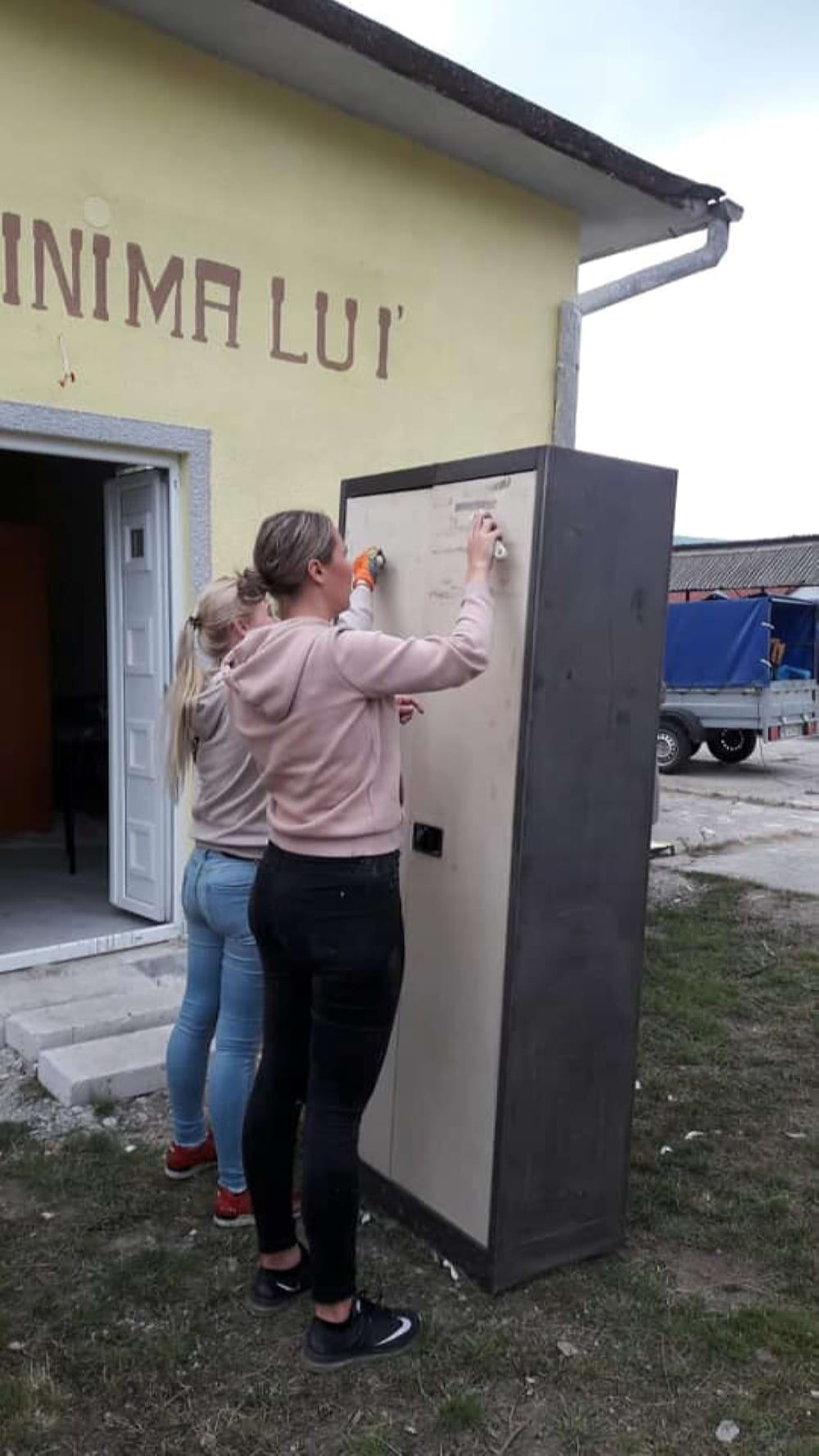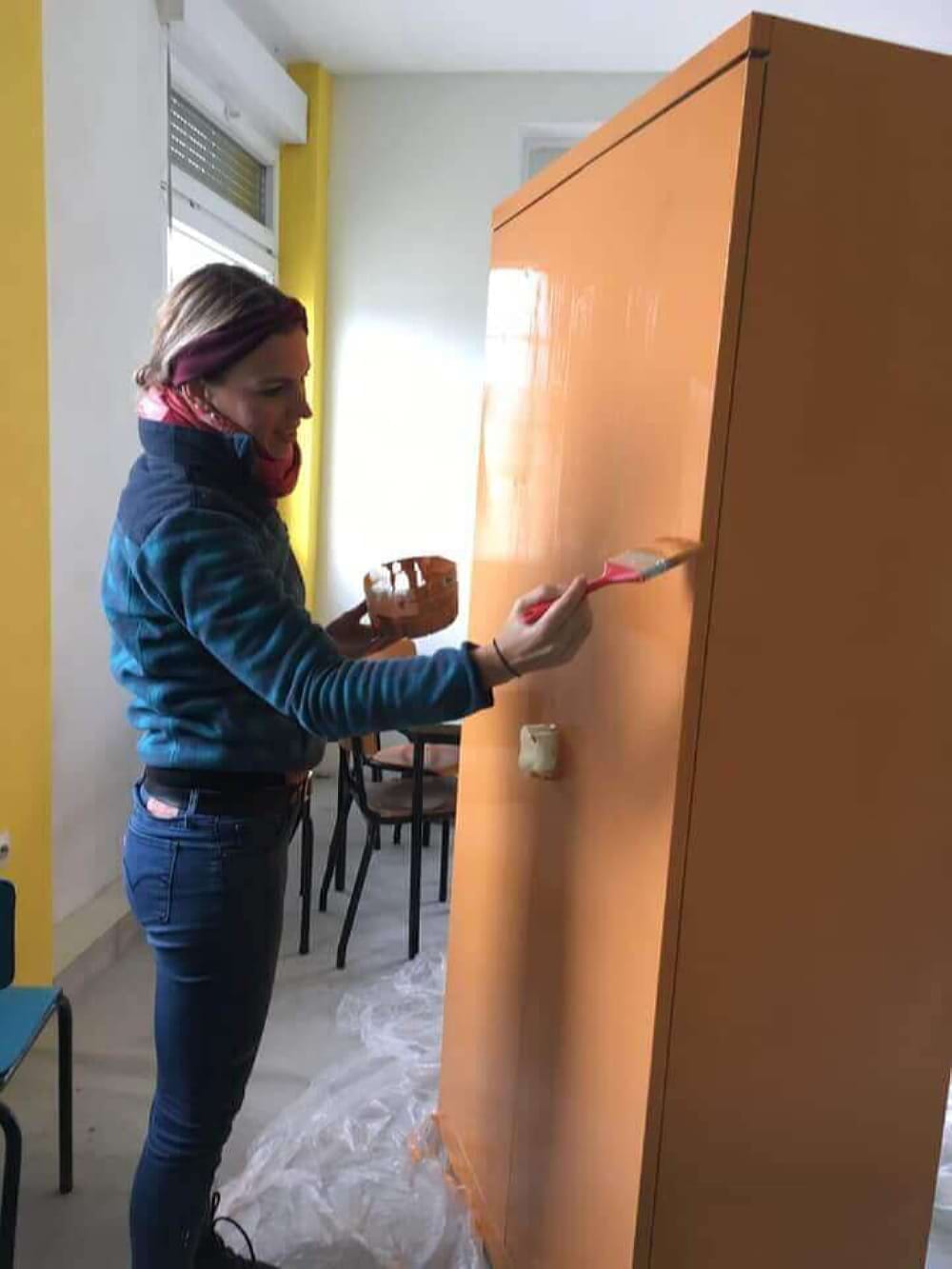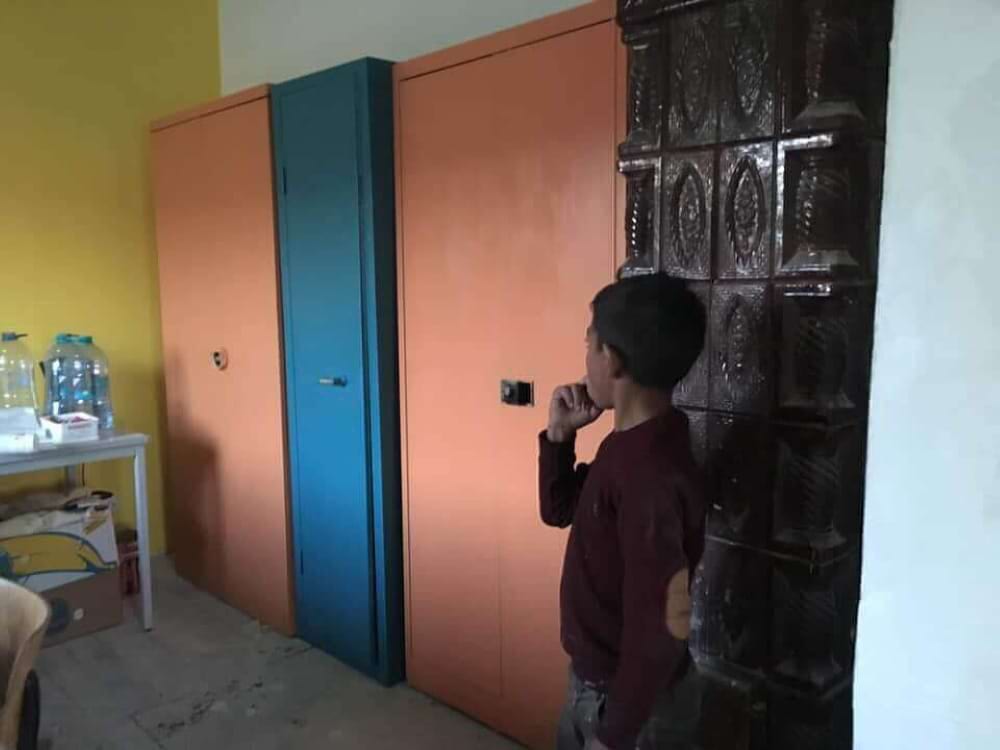
WHERE? and WHAT? are we busy with
Now, into practice!
Here is a selection of the many projects we have been able to realize, supported by both Belgian and local, foreign partners.
Which SDGs are we meeting?
Kitanda is actively working on the following Sustainable Development Goals.
KILIFI COUNTY, Eastern Kenya, Goshi sub-location, Kavunzoni – Goshi – Mitsedzini
MEDICAL CENTER
The construction of a medical center
A medical center should be understood as a medical aid post with a pharmacy. The aim is to provide initial medical assistance for minor accidents such as snake bites, falls, etc. There is also a maternity ward. The medical center is a cooperation agreement with local politics. This aid post is staffed by carefully trained medical personnel. The project started in April 2025.
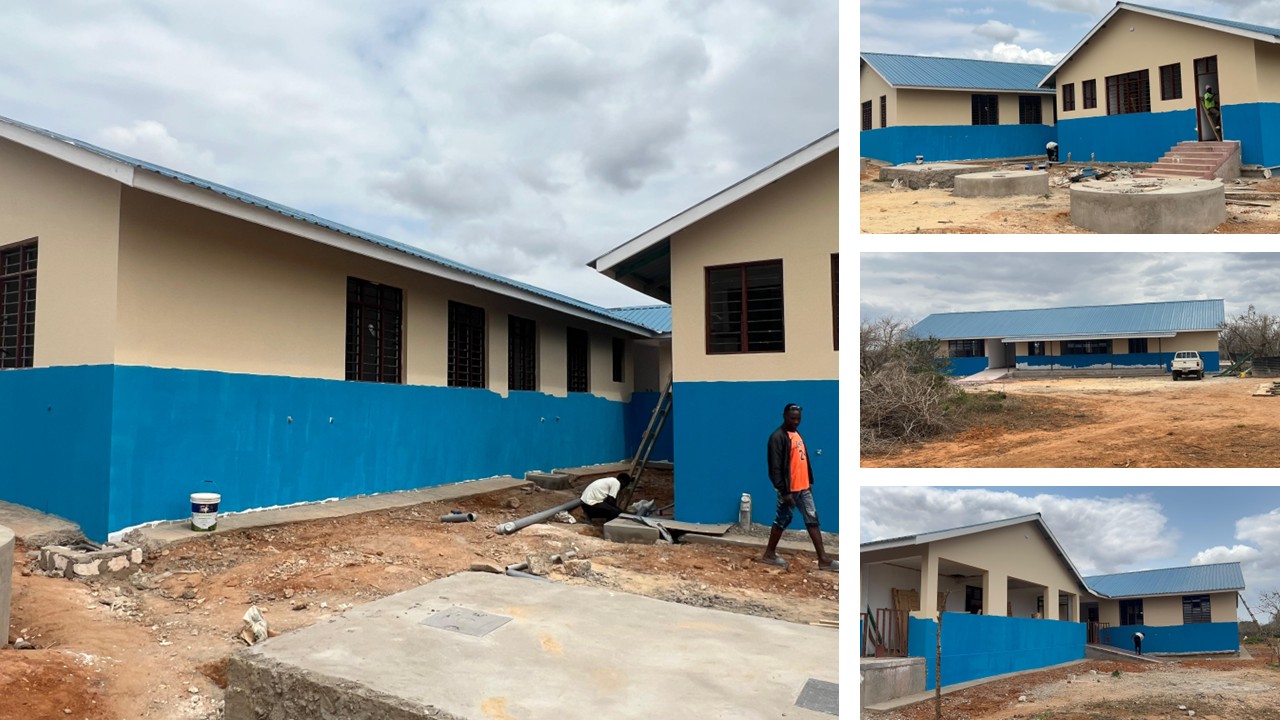
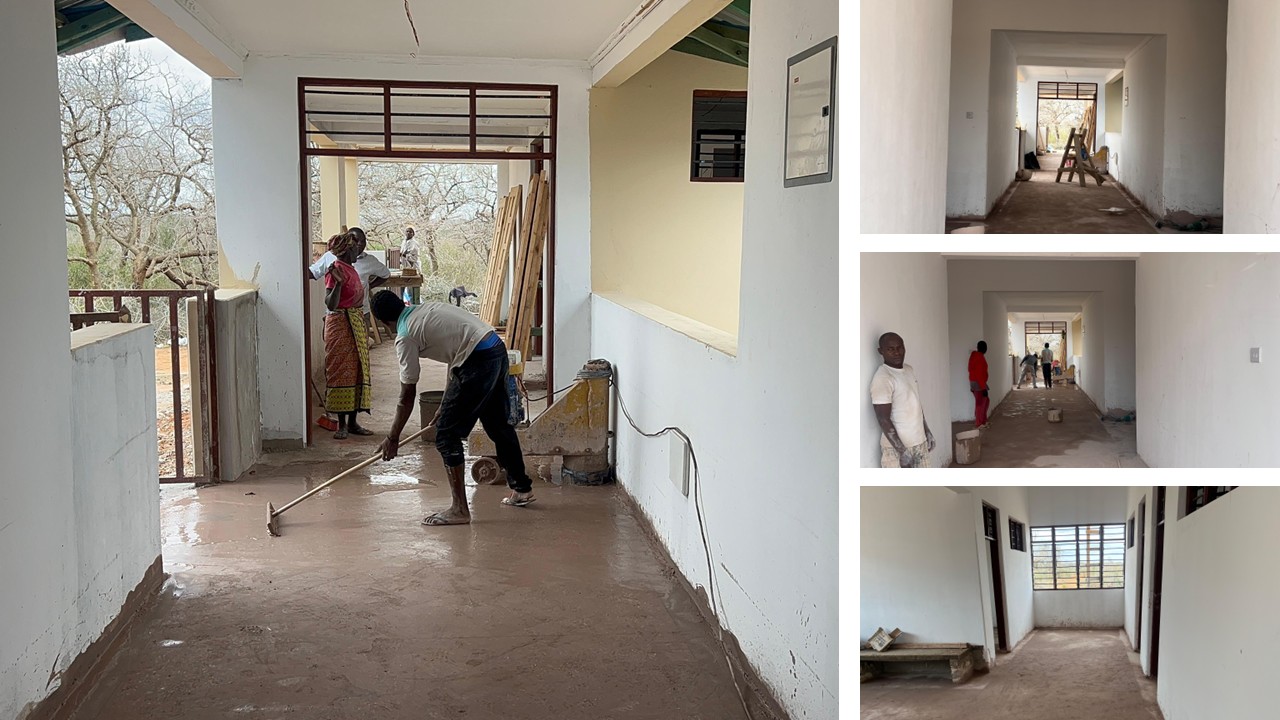
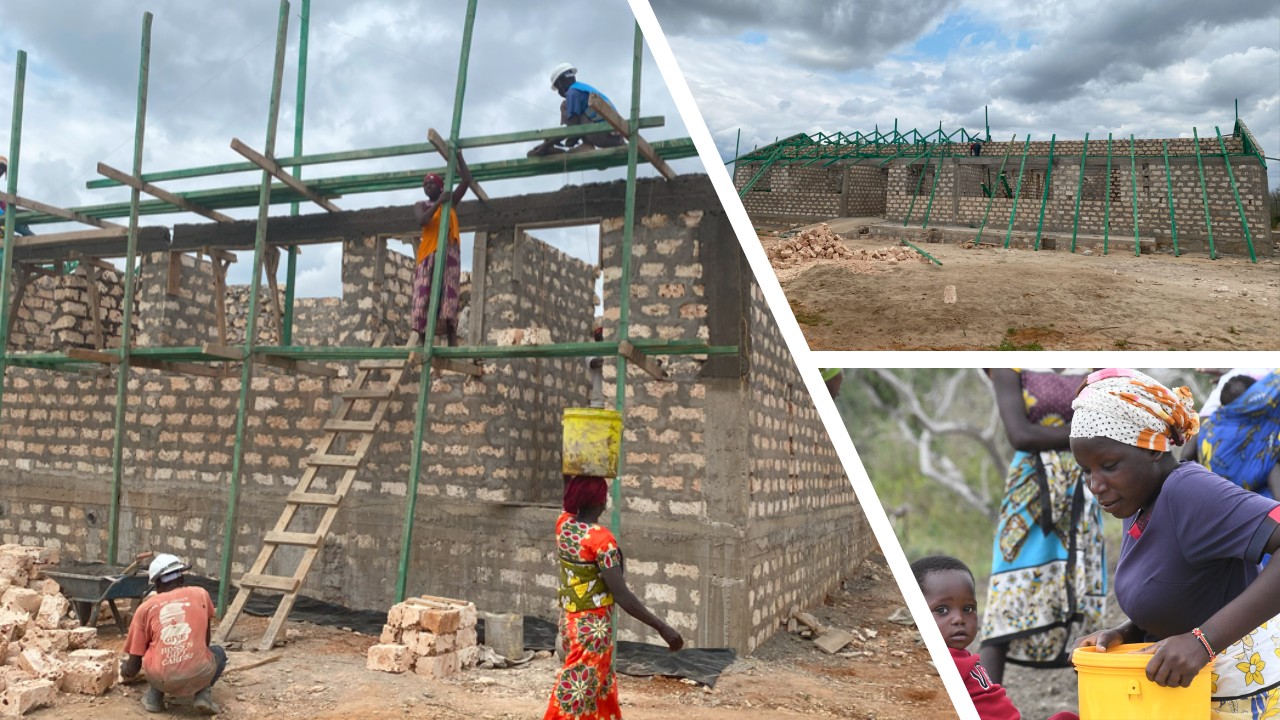
SECONDARY SCHOOL
The construction of a secondary school
Goshi sub-location has several primary schools. To attend a secondary school, children have to walk about 20 km one way. As you can imagine, most children stop their education at the primary level. A waste of talent. Therefore, at the request of the population, a secondary school was built. A collaboration with national politics ensures the furnishing and the appointment and payment of teachers.
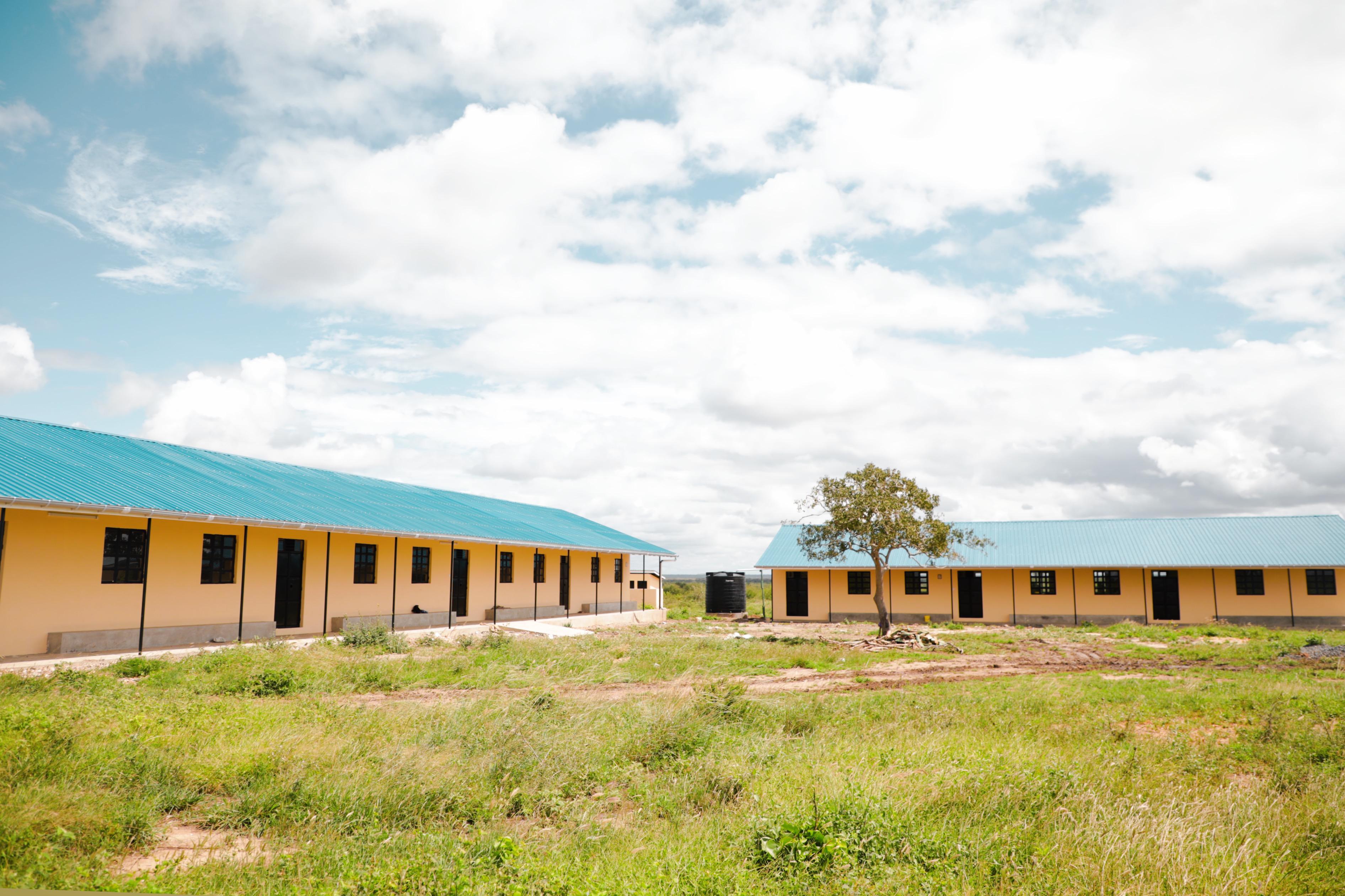
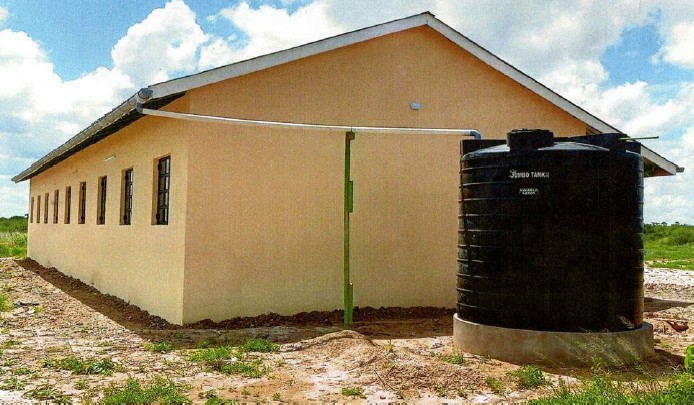
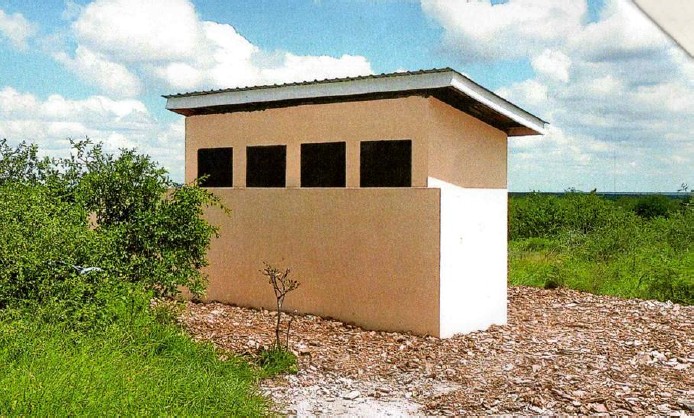
WATER
Water from borehole
Everything that has been achieved so far in the Goshi sub-location started with the search for water! Our "working area" covers an area of approximately 30 km². After thorough geological research, the village of Kavunzoni was selected as the most relevant place to drill for water. Due to COVID, it took some time before the water could be pumped and evaluated, but today the water is available for thousands of people.
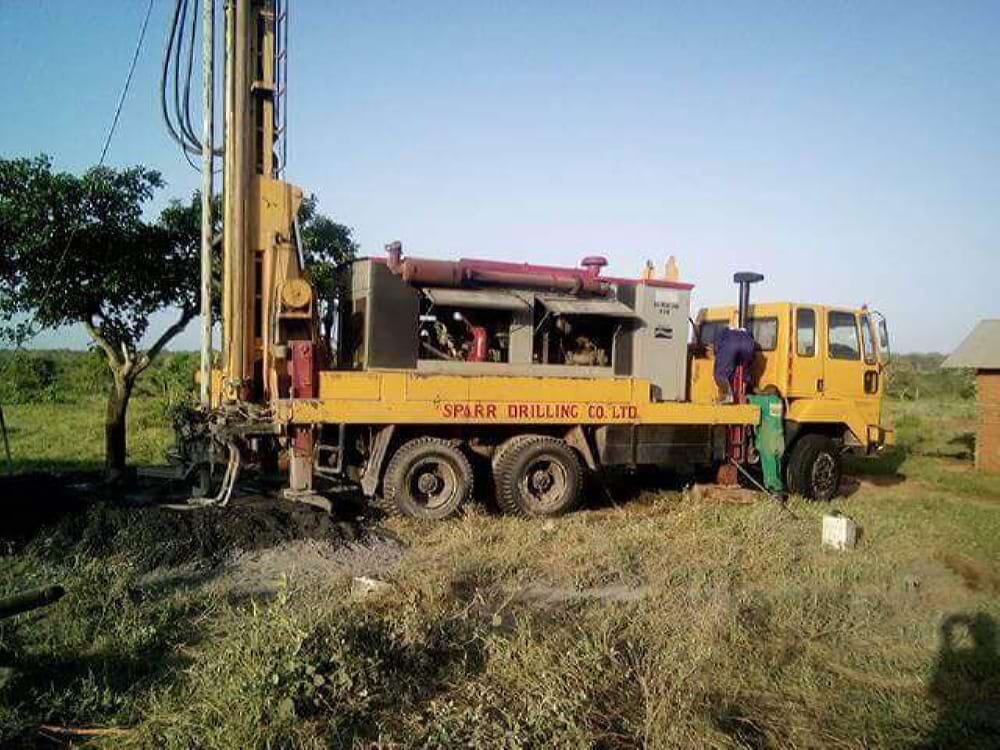
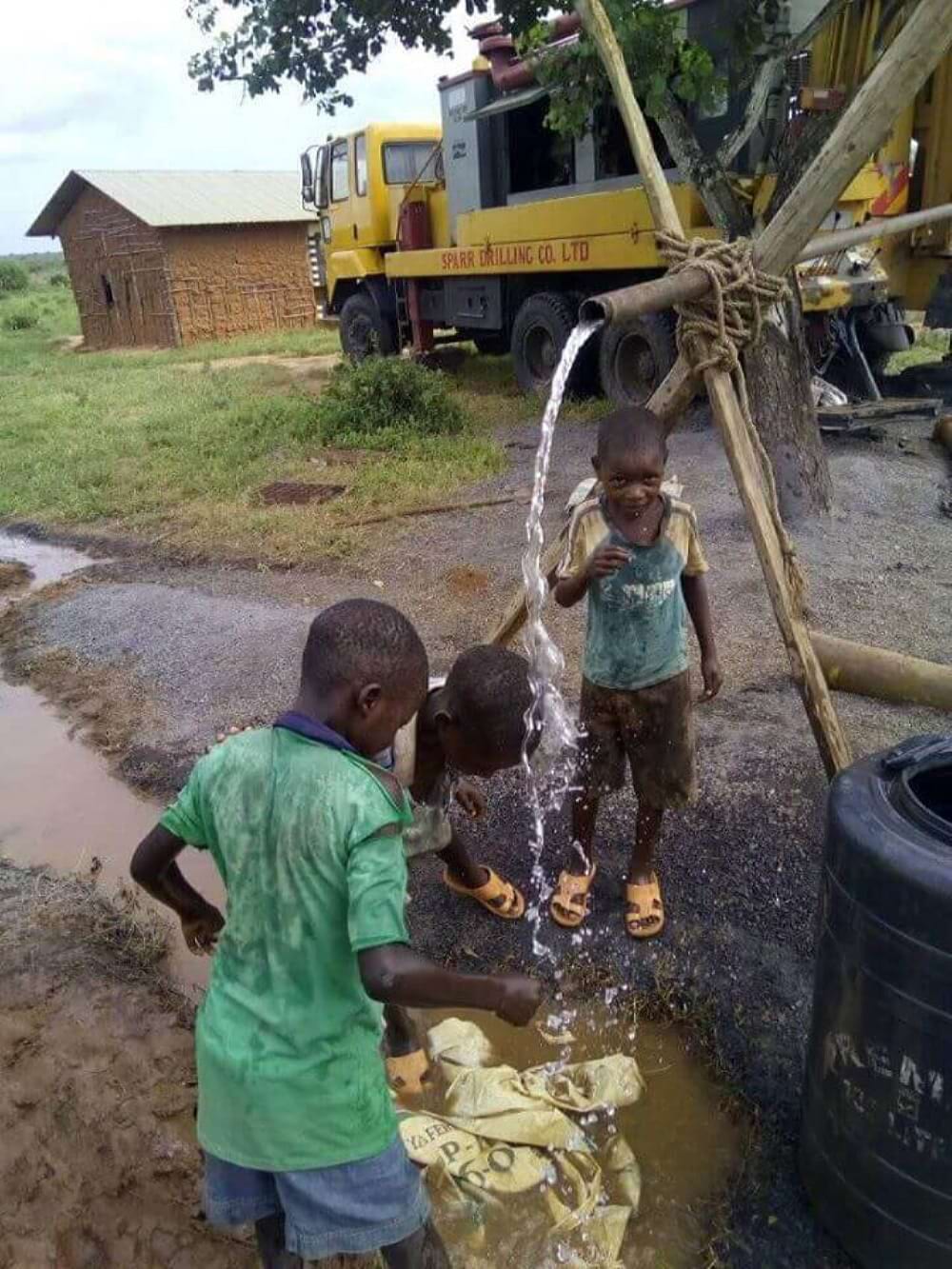
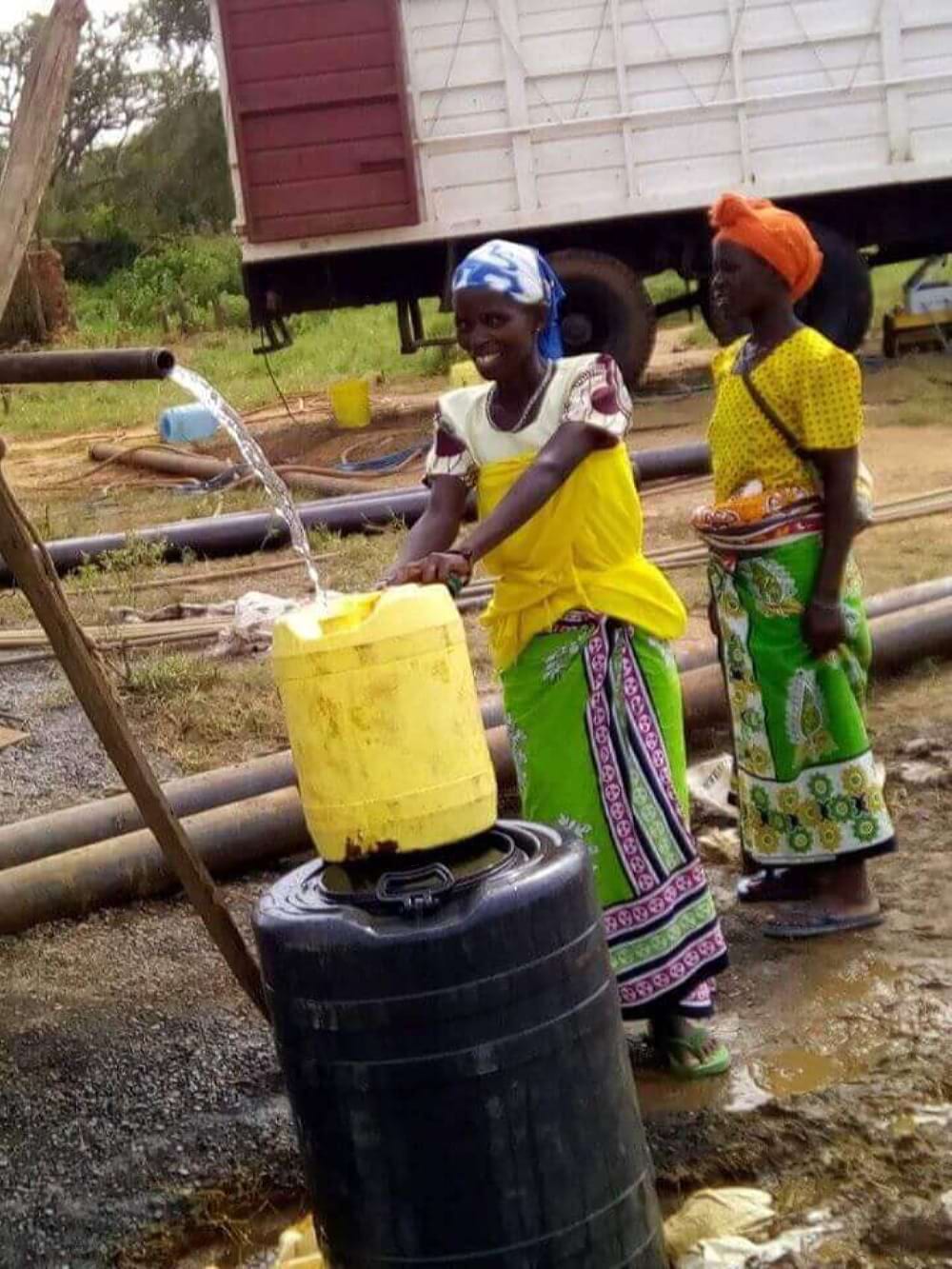
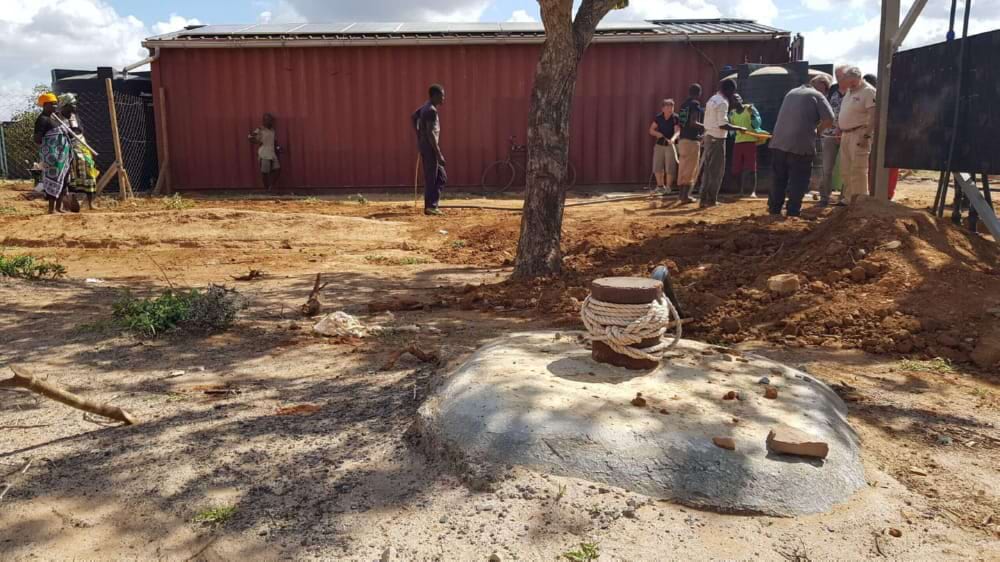
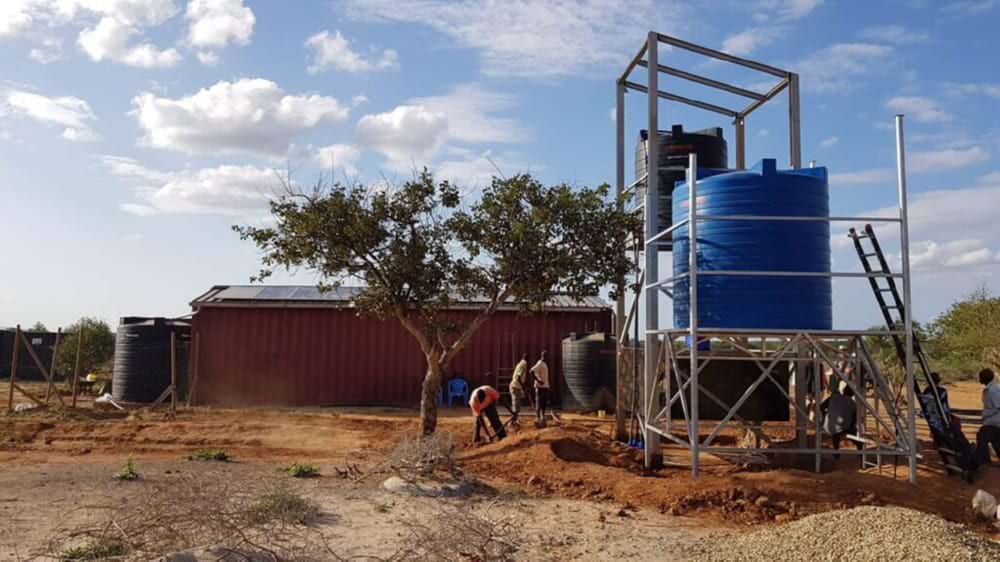
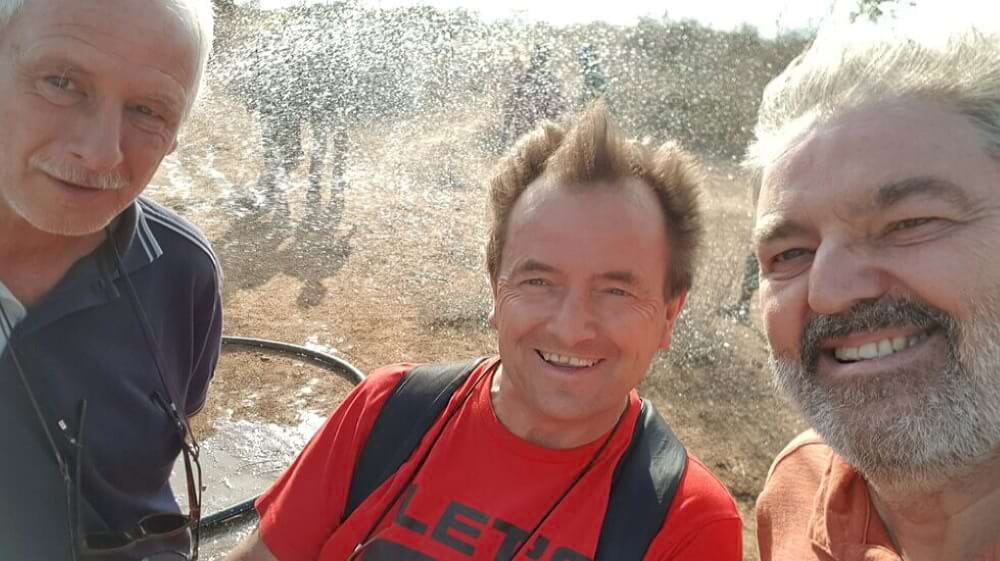
PROVISION OF DRINKABLE RAINWATER
1. Water dams and water pipes
Two large water reservoirs were deepened and reinforced with the support of the local government. From there, water pipes and water pumps were installed to schools located about 2 km away. The water is bacteriologically filtered at the end stations.
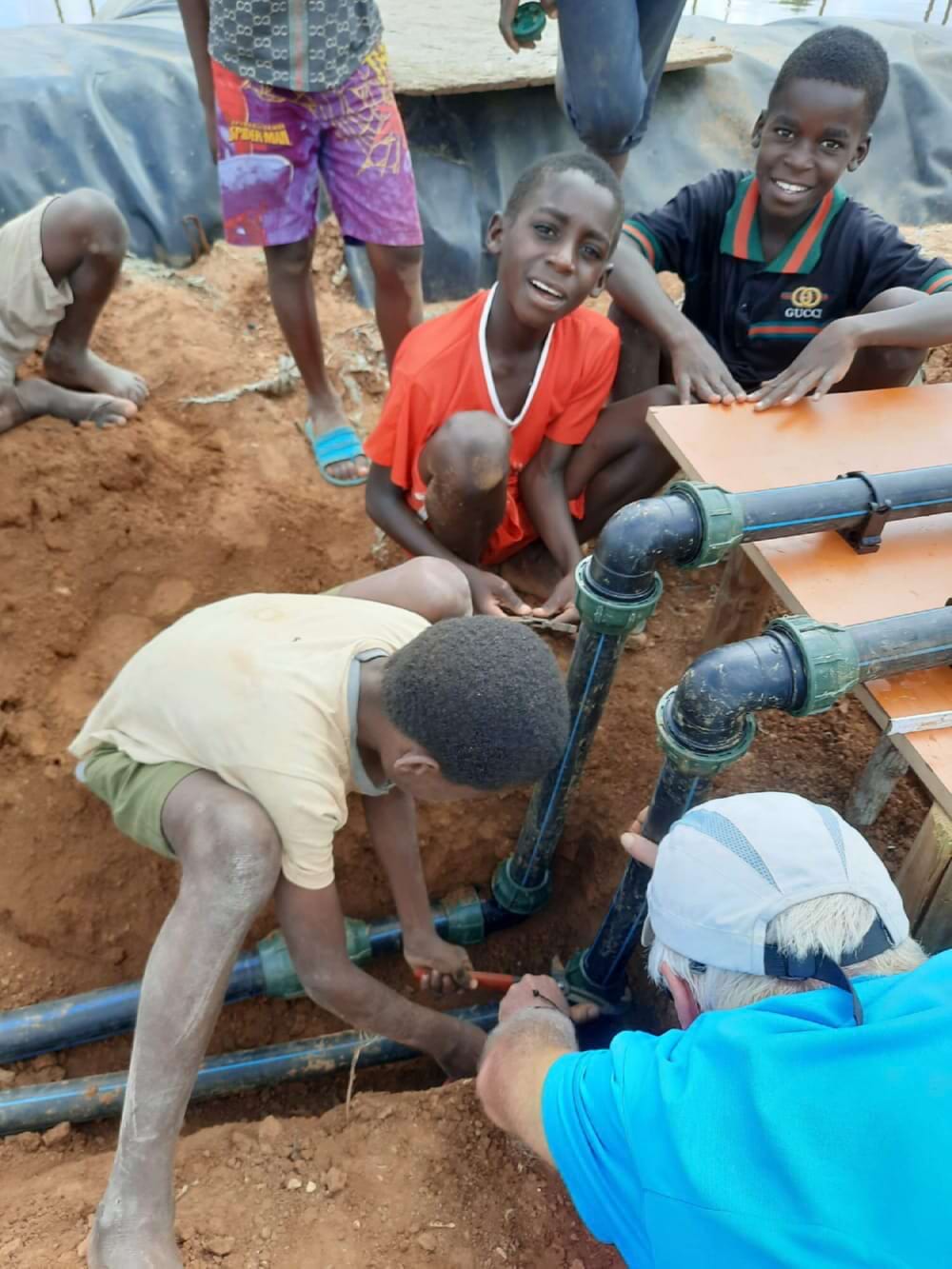
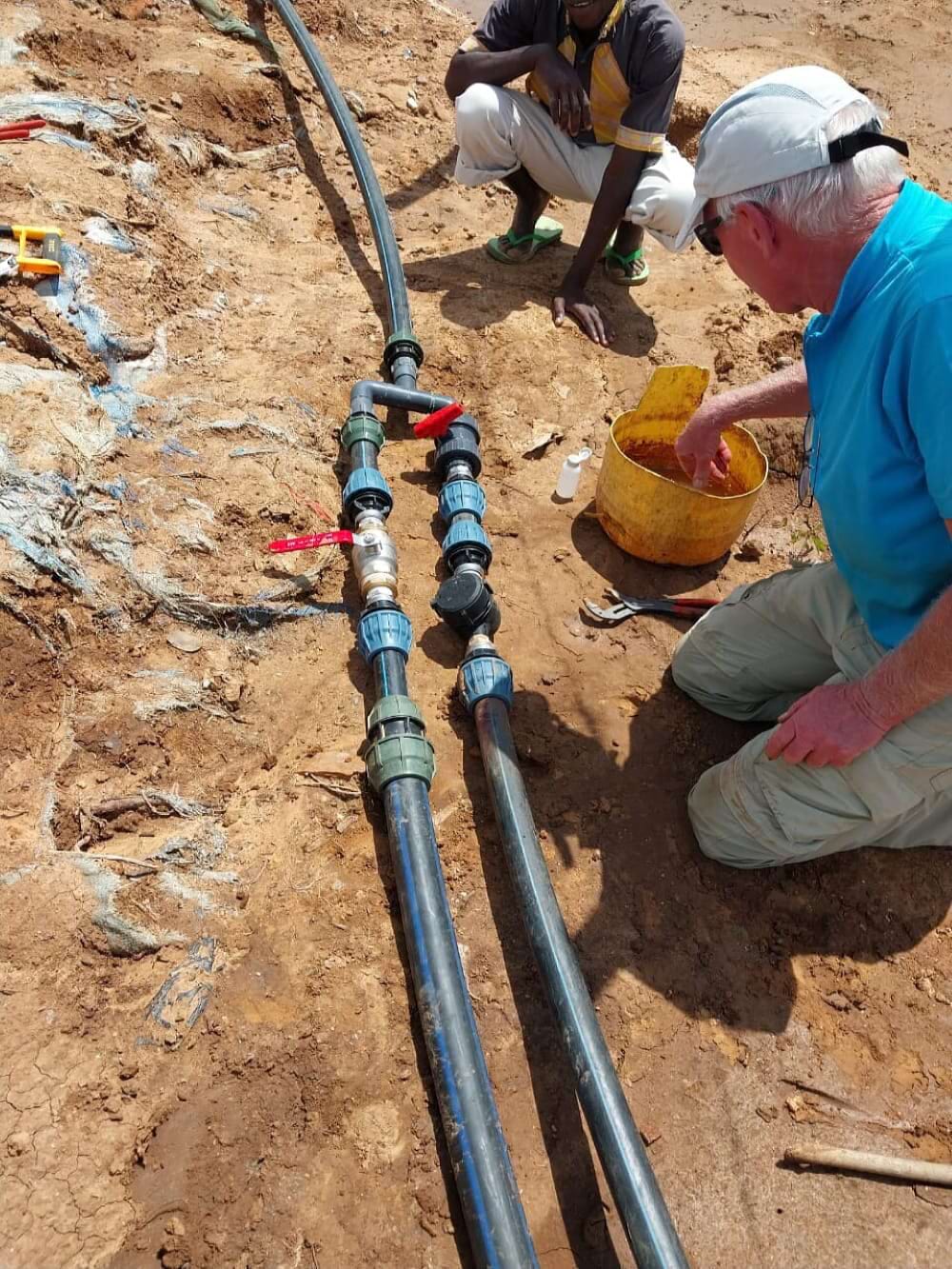
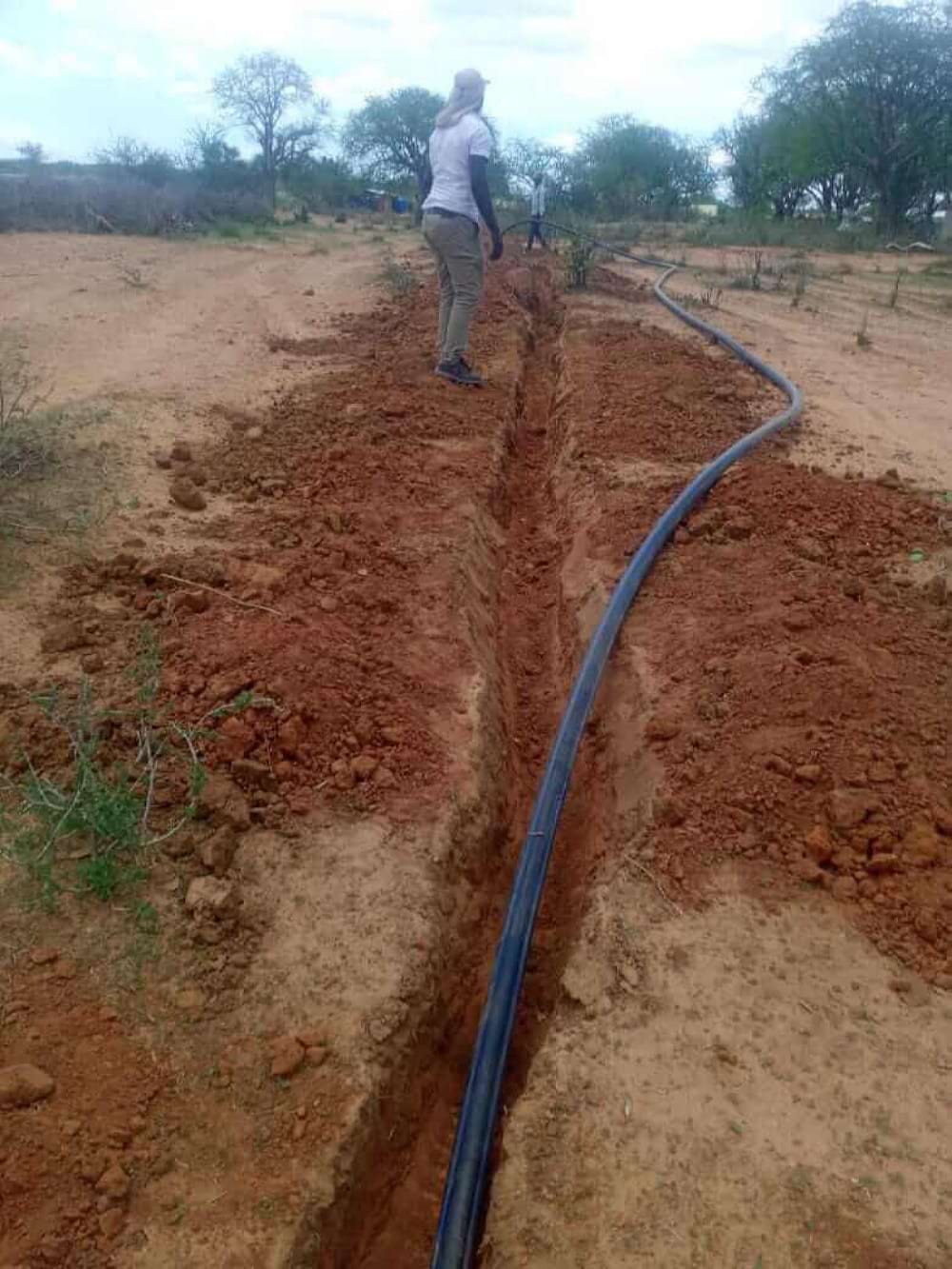
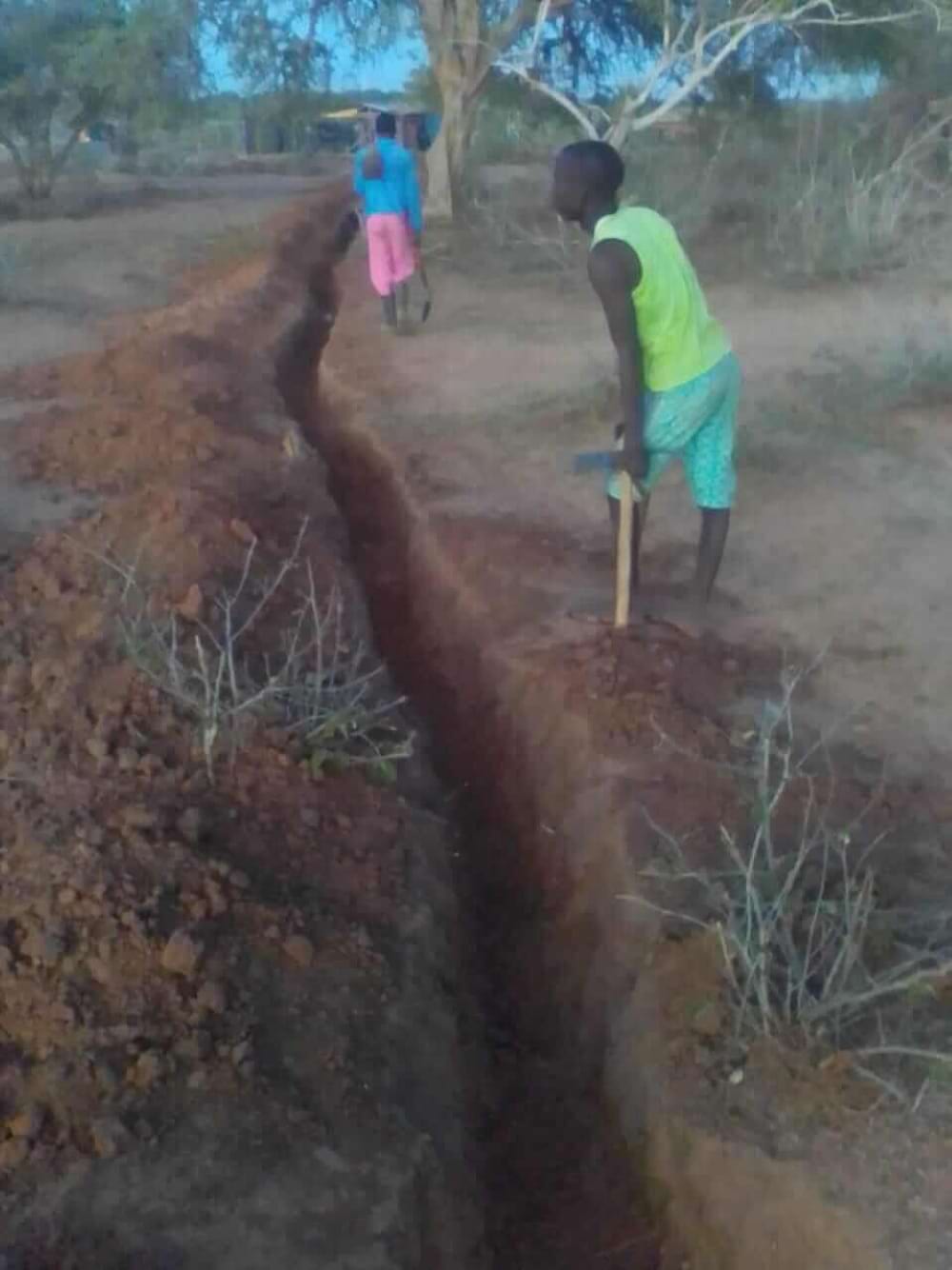
2. Water harvesting via gutters
And when it rains, we must ensure that as much water as possible can be collected. Gutters are an ideal "instrument" for this.
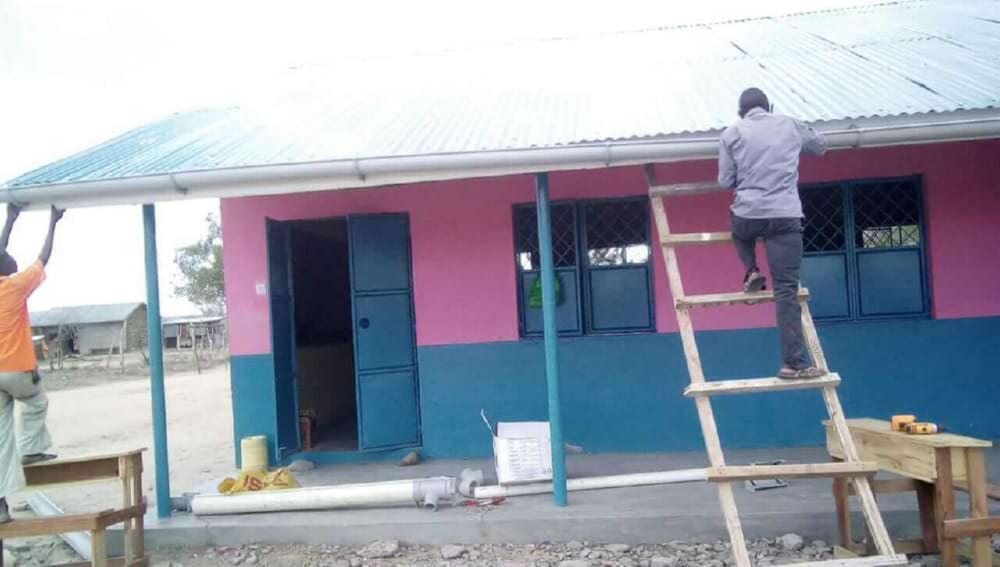
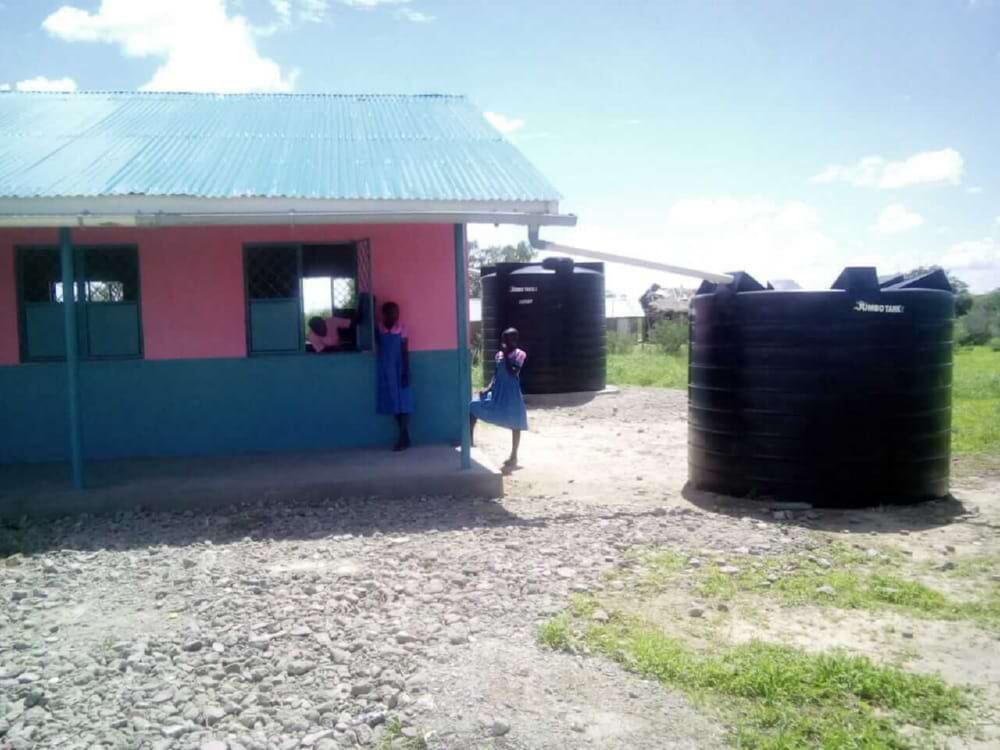
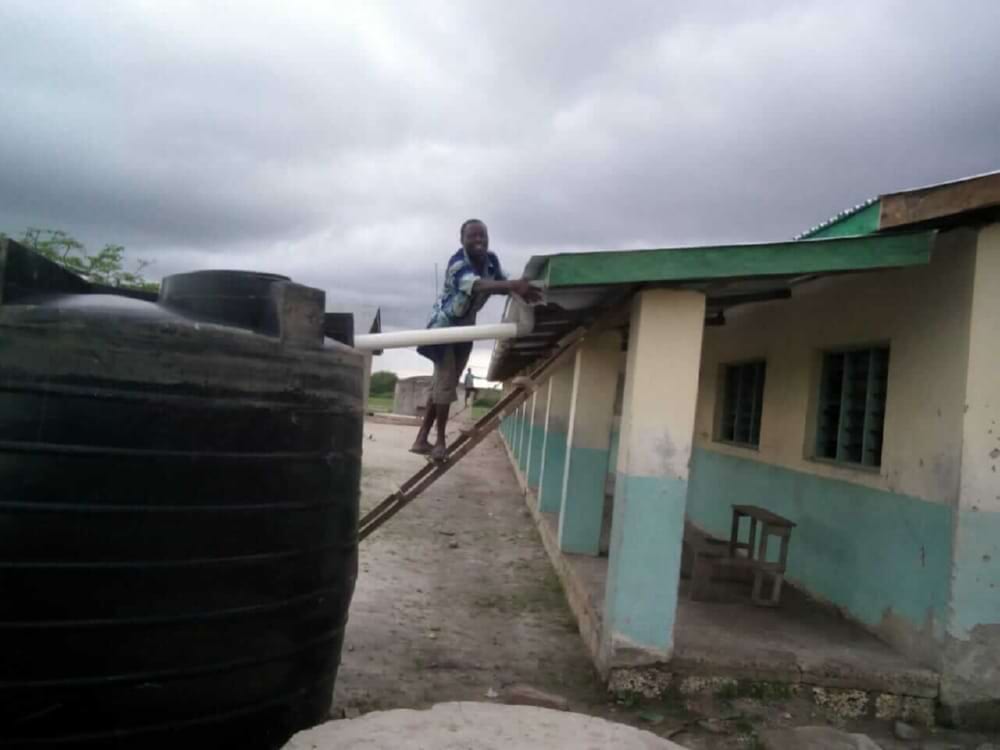
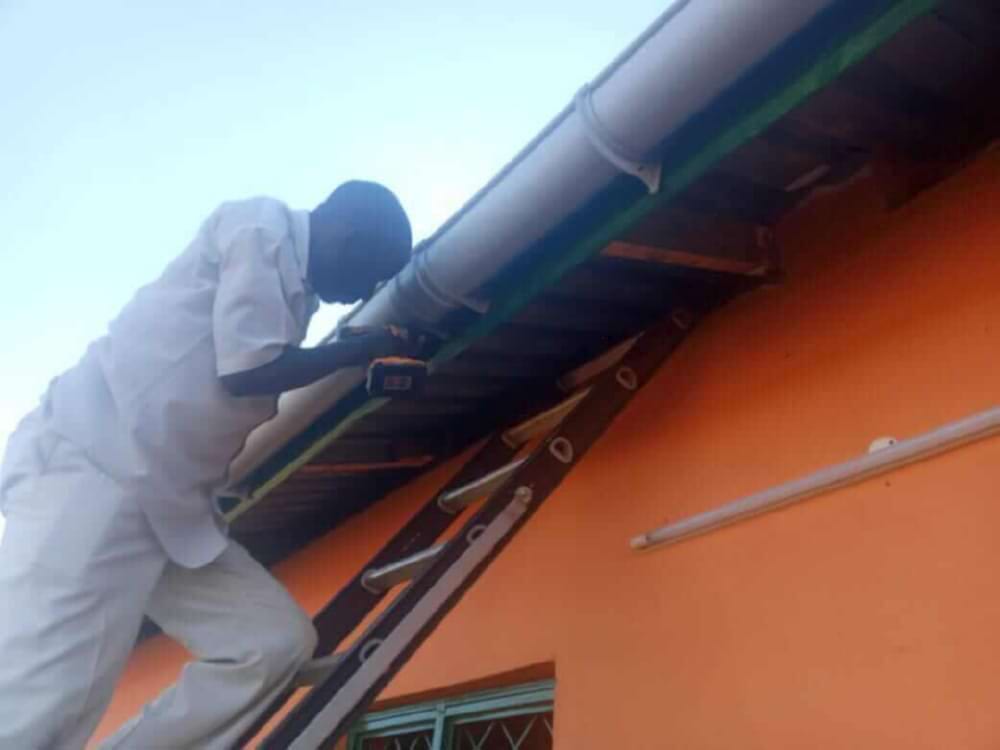
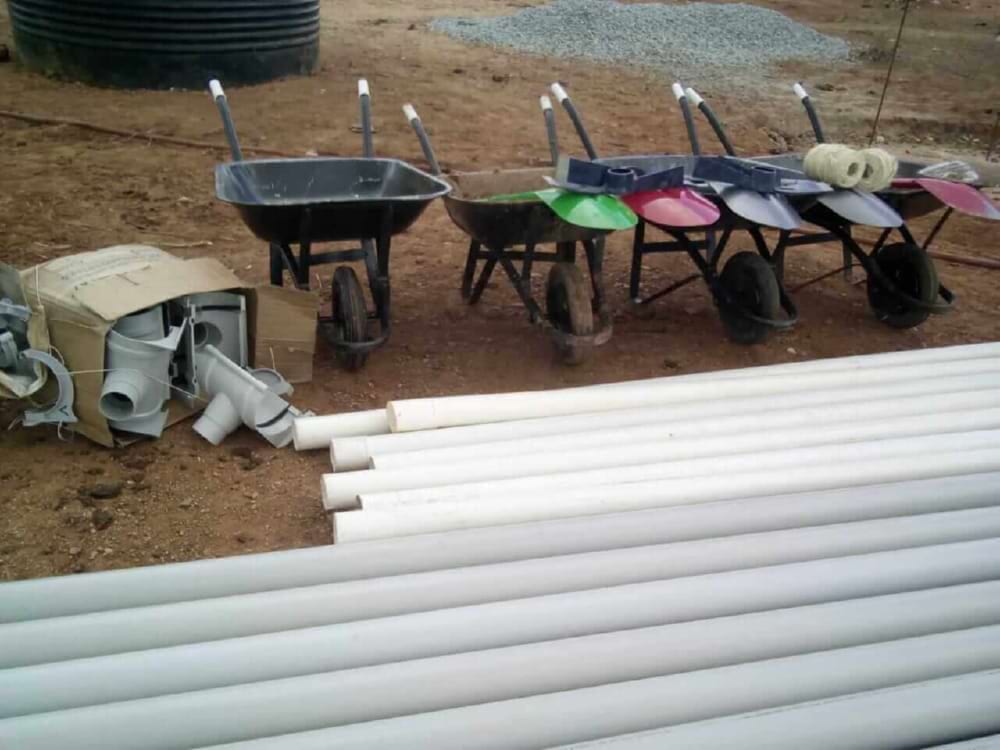
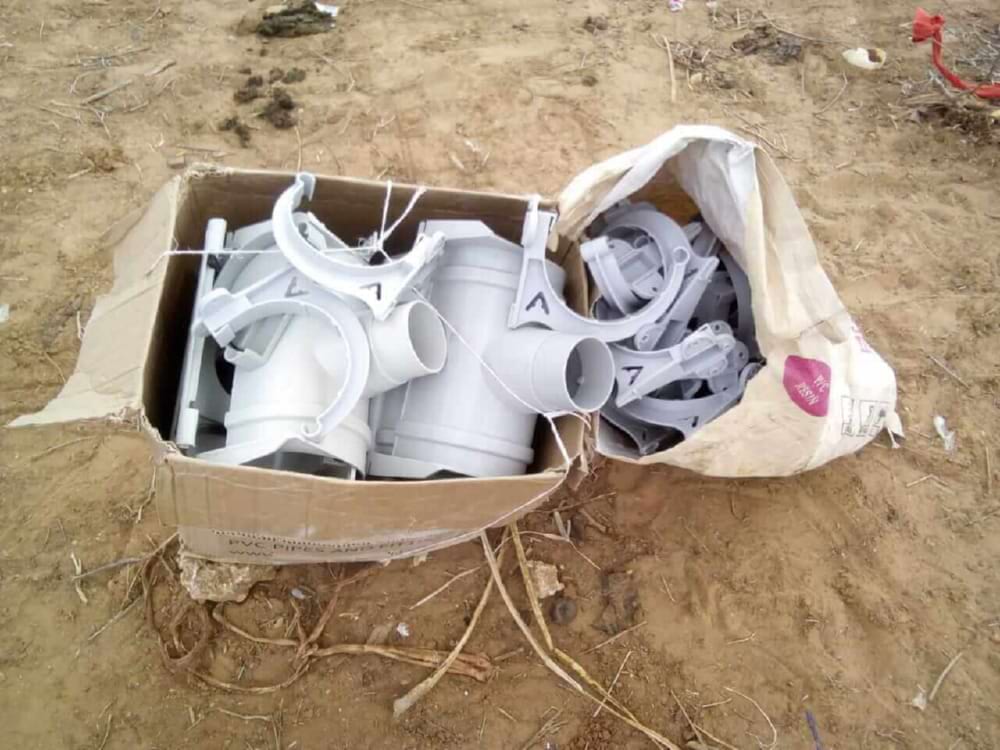
SANITATION
1. Hygienic toilets
The construction of more than 80 hygienic toilets in various homesteads has ensured that the ratio of children with cholera dropped from 55% to 1.09%, as evidenced by medical research!
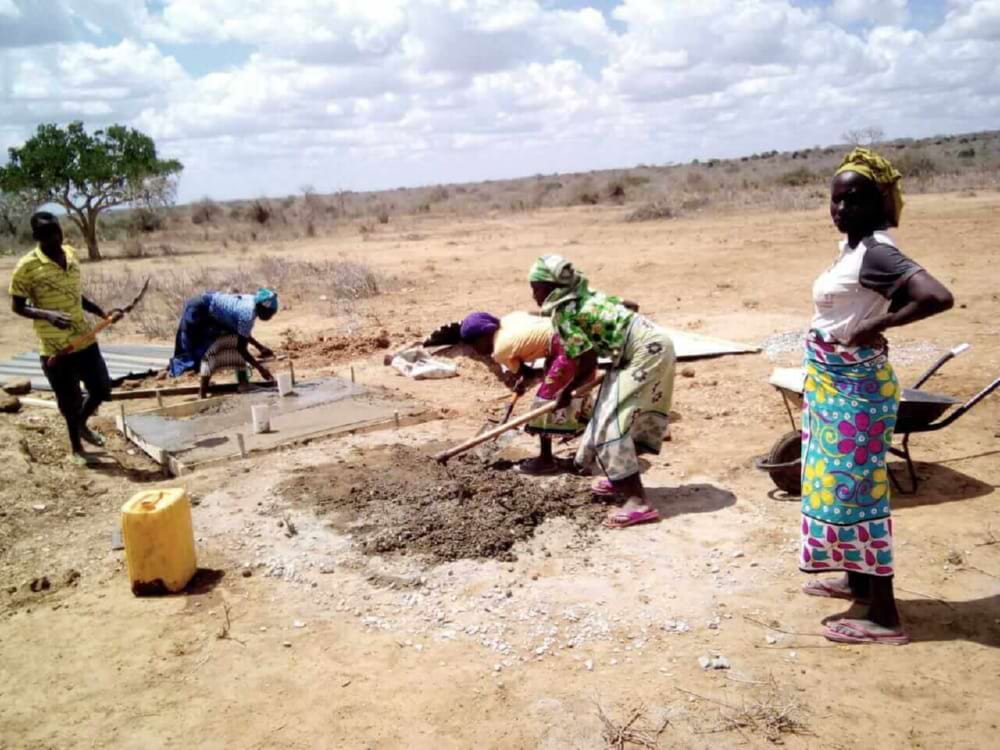
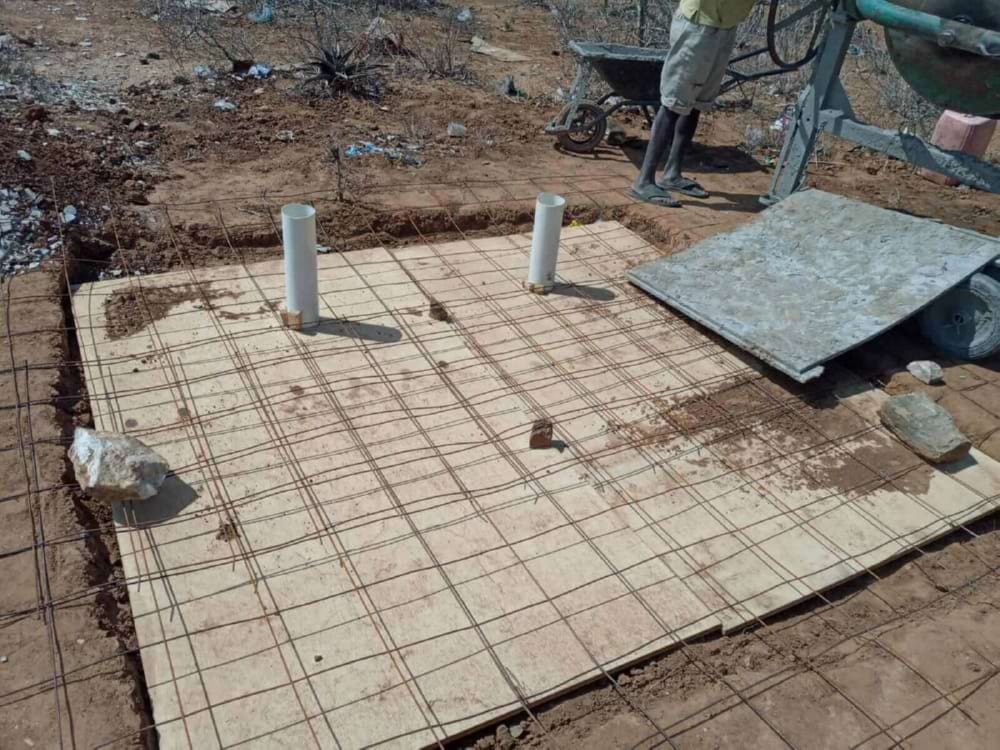
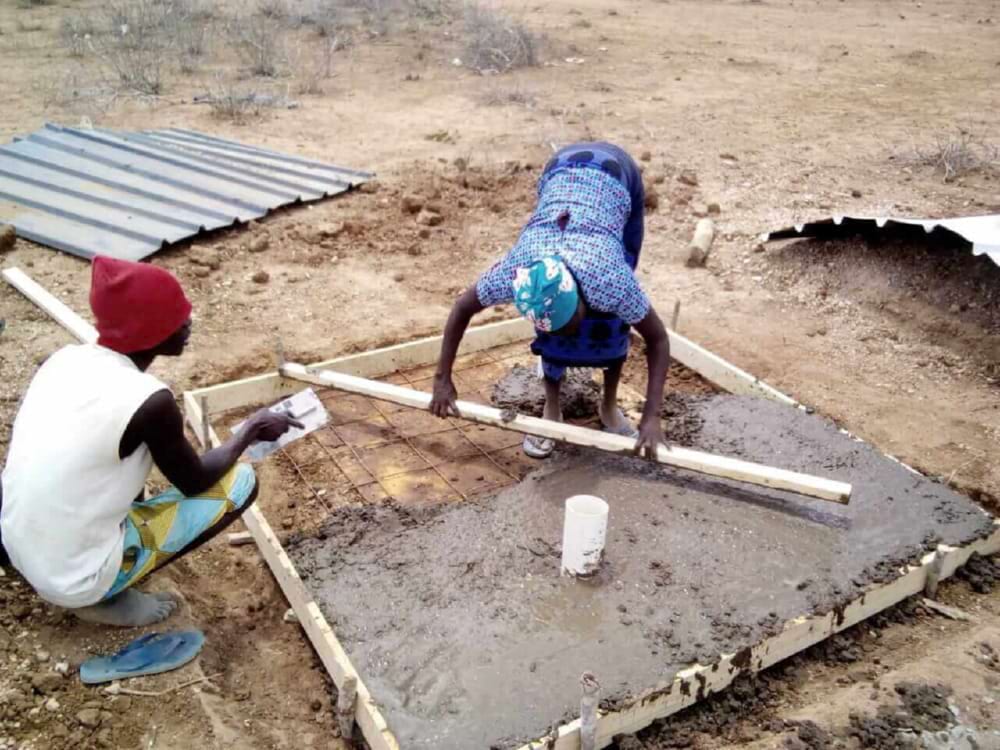
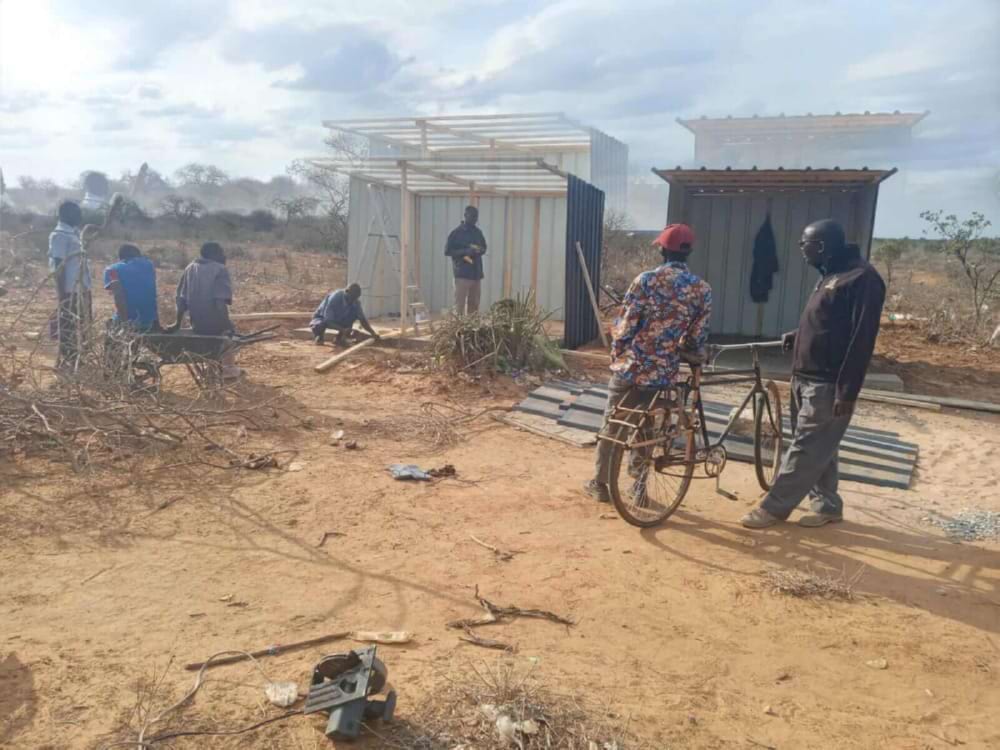
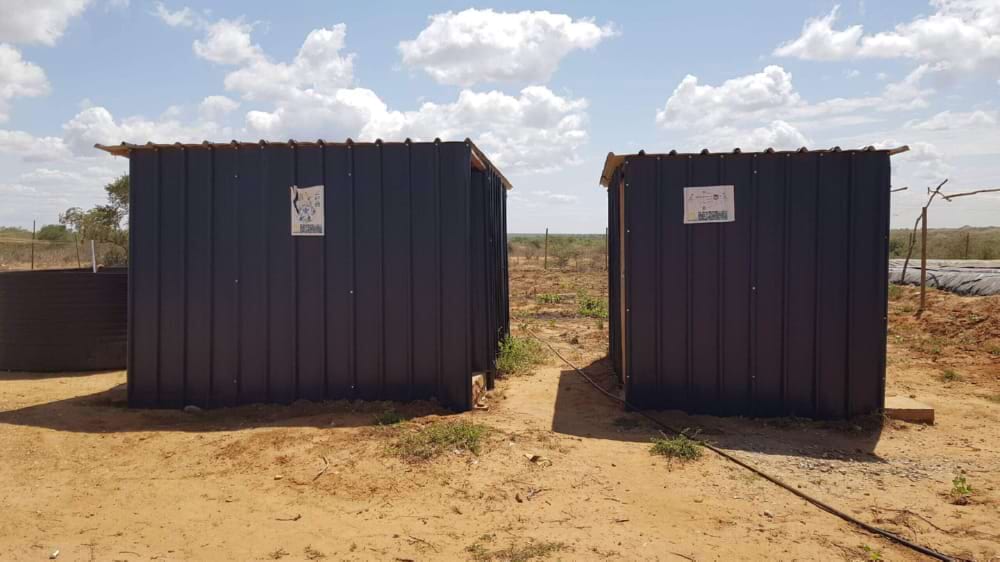
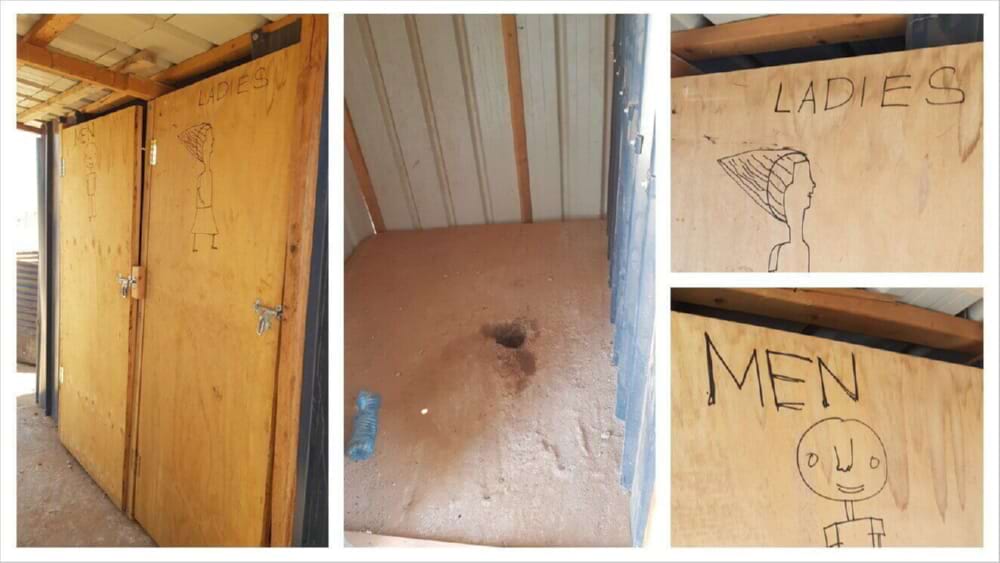
2. W.A.S.H. programme
Not only are hygienic toilets important for health, but also their proper use and maintenance. Therefore, a W.A.S.H. (Water Sanitation and Hygiene) program was offered, which was followed with great interest.
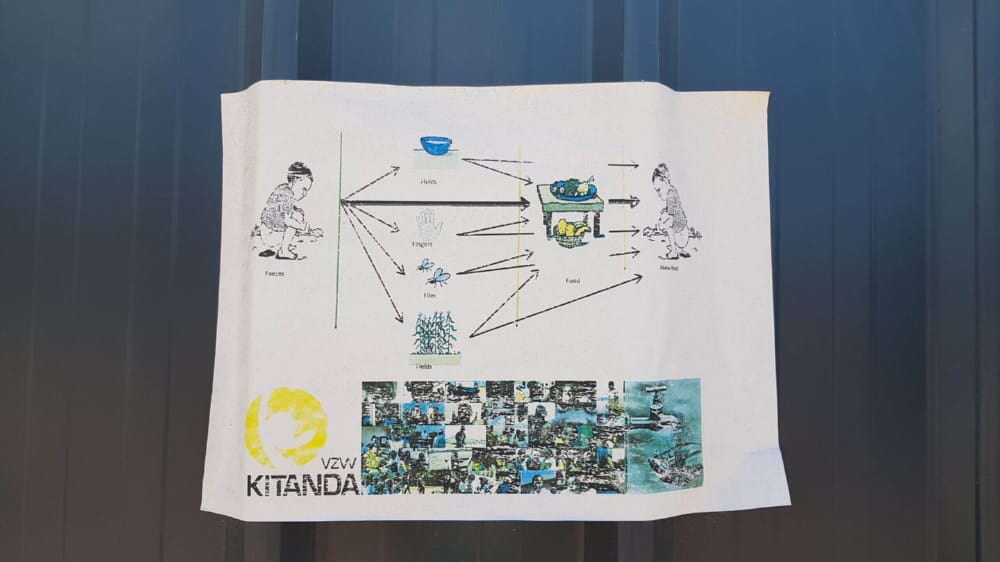
FISHES – CHICKENS – BLACK SOLDIER FLY – FRUIT TREES – AGRICULTURE
1. Construction of fish ponds, fish farming and sales
The pumped water in Kavunzoni turned out to be too salty for daily human consumption. It is suitable as drinking water for cattle, as well as for washing oneself and clothes. After some research, it turned out to be extremely suitable for fish farming, which was also carried out under the expert guidance of the K.M.F.R.I., the Kenyan Marine and Fishery Research Institute from Mombasa, Kenya.
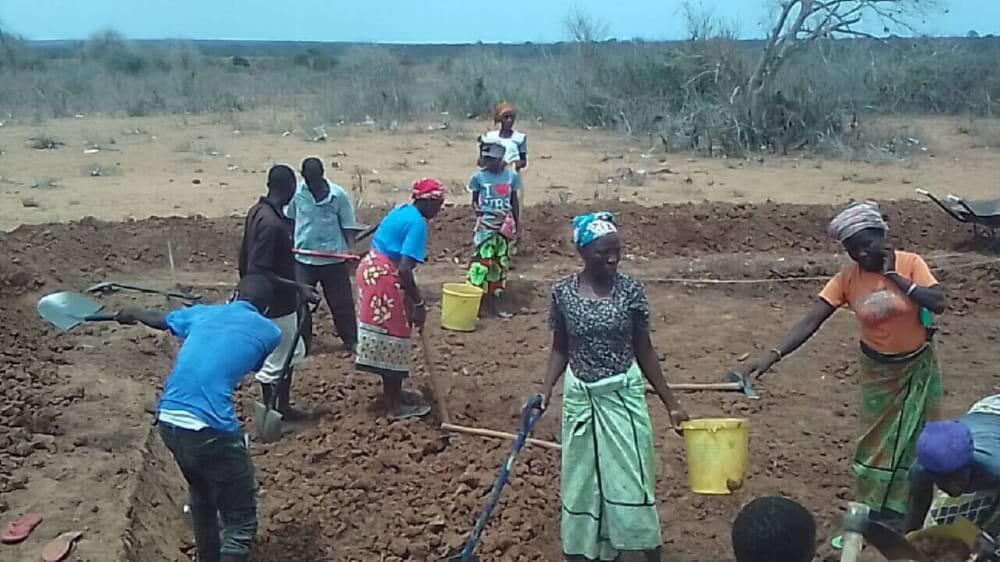
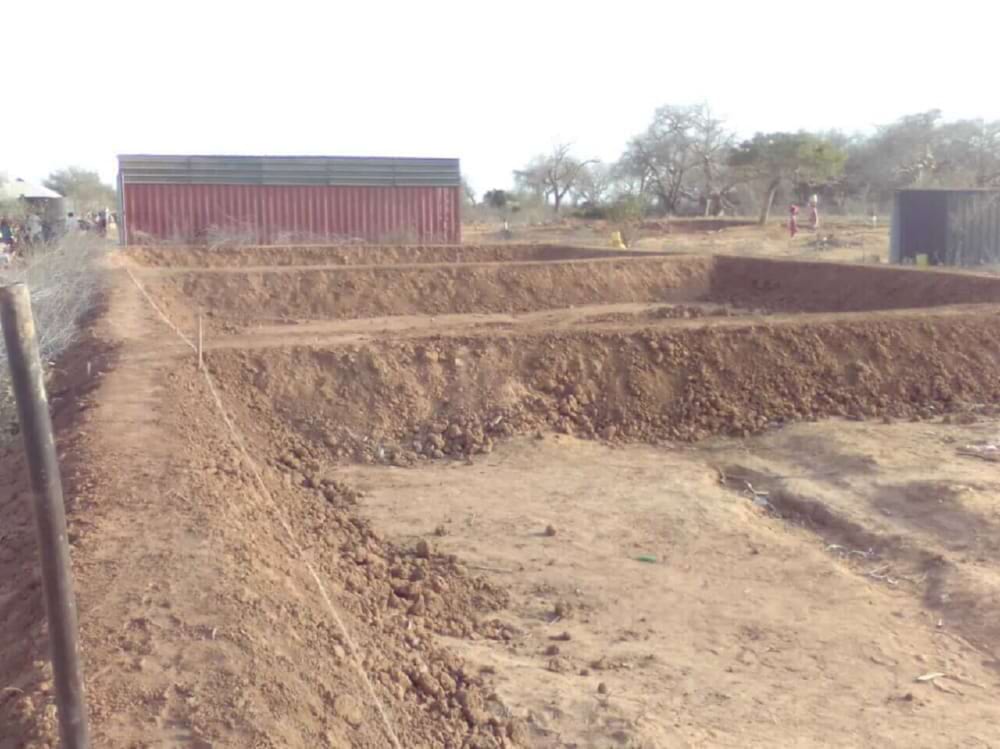
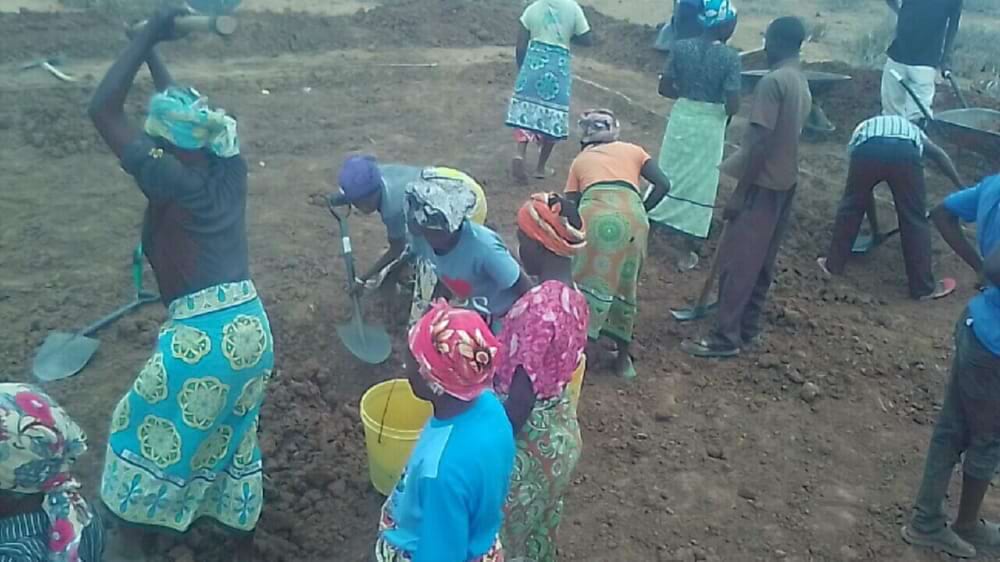
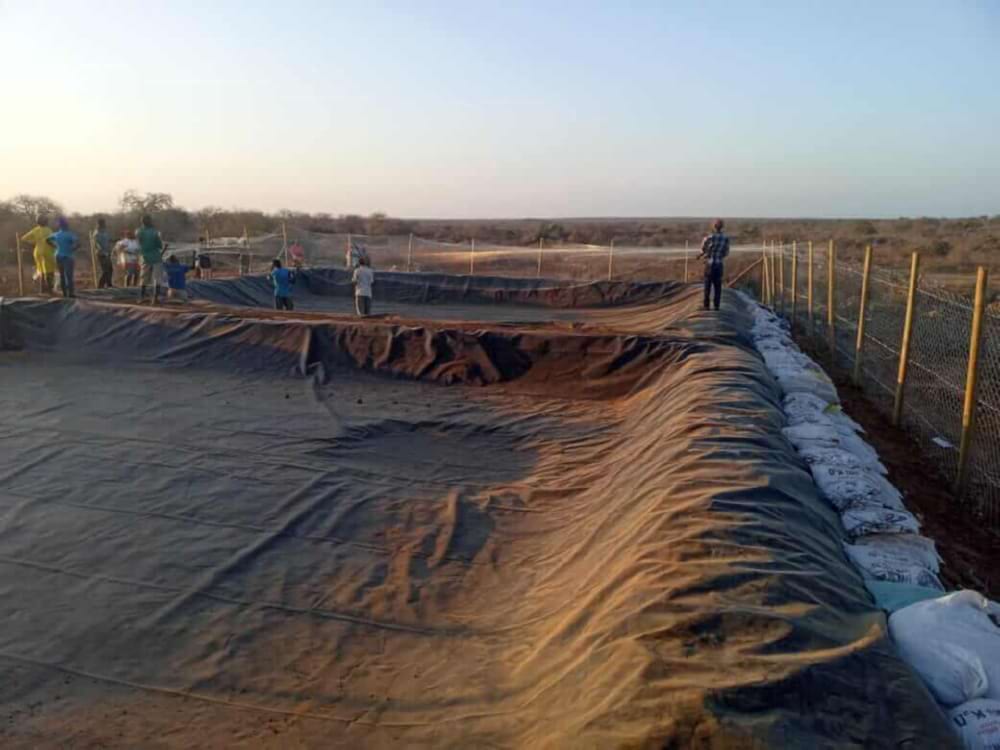
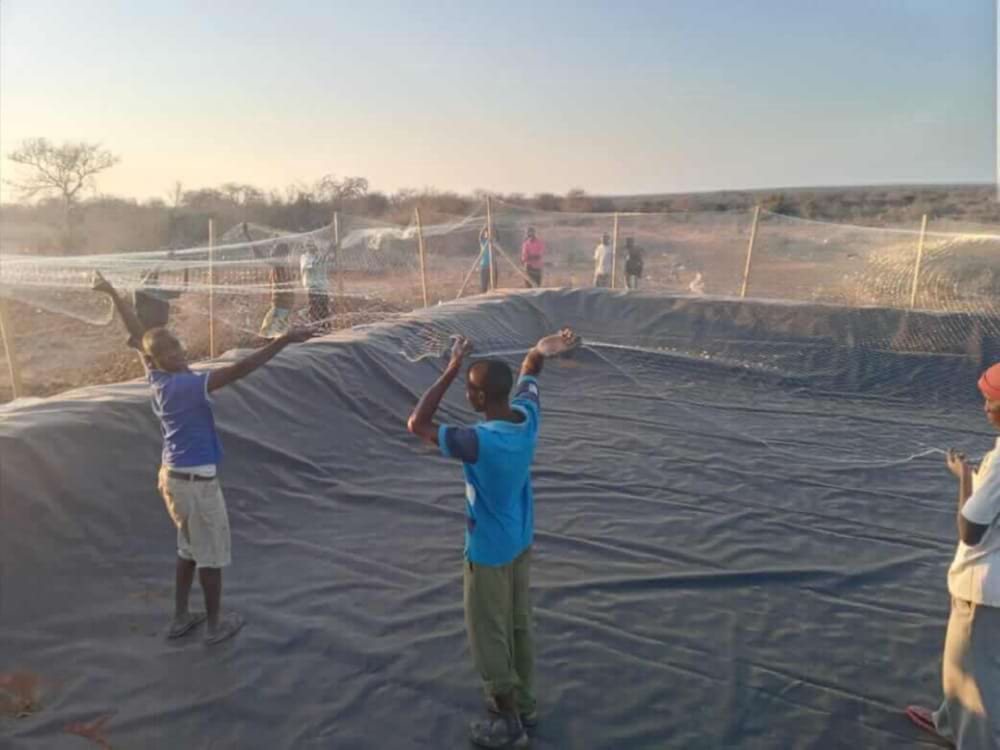
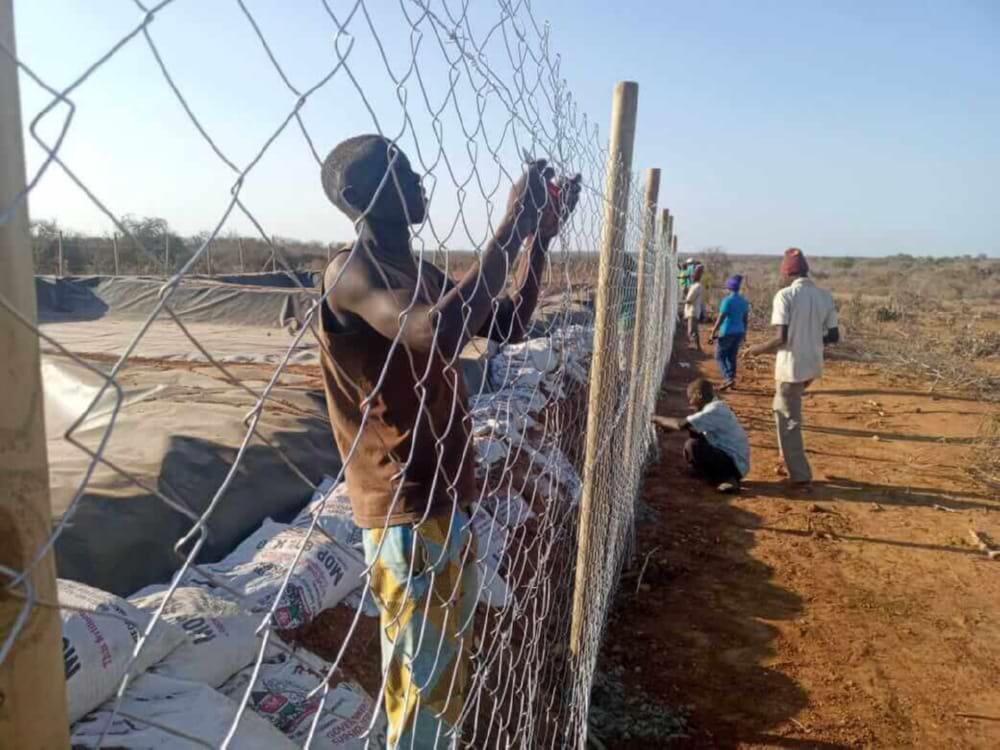
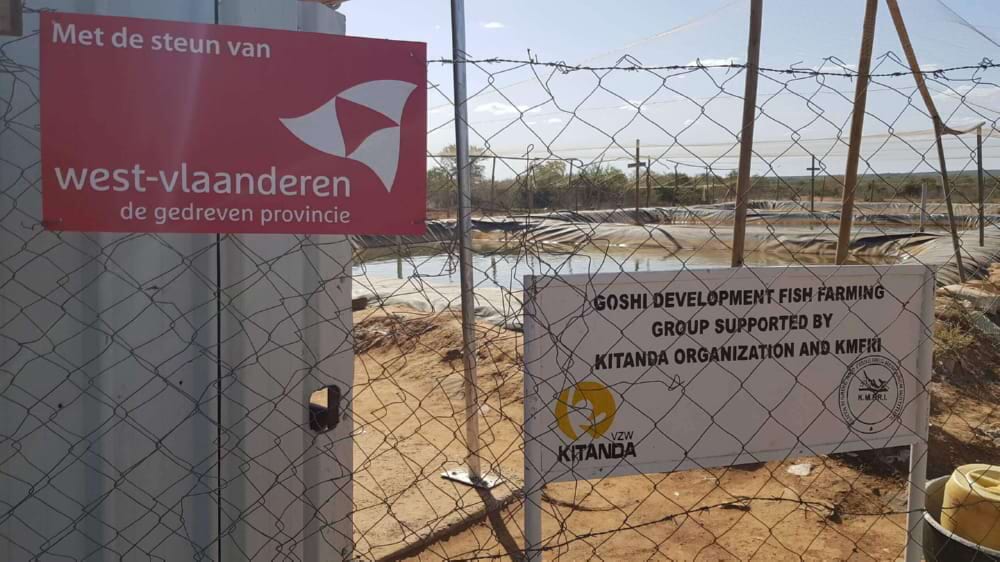
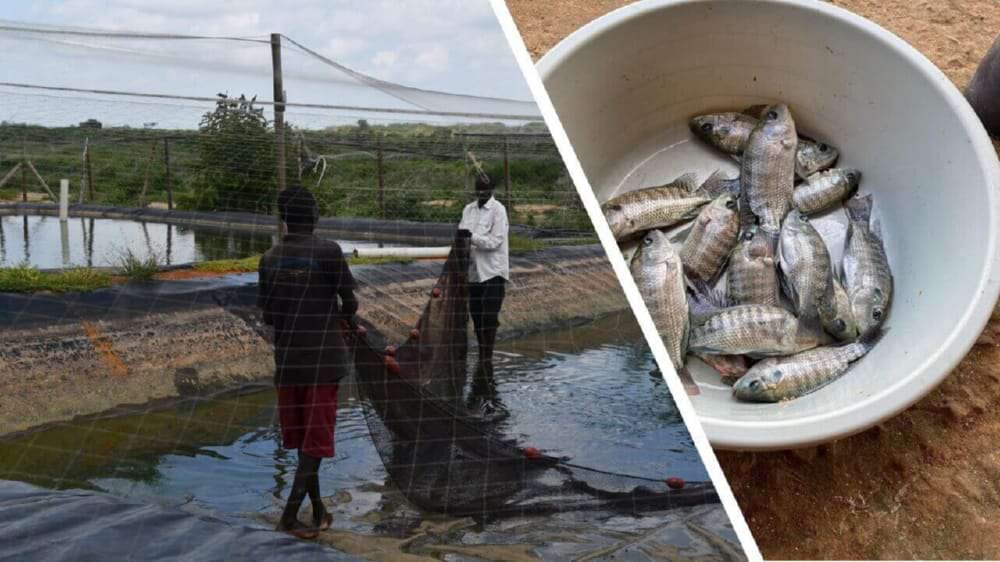
2. Chicken farming (laying- and meat chickens) and -sale
Did you know that chicken manure is also nutritious for fish? That's why chicken farming was started, as supplementary feed for the fish but also for the sale of eggs, chicks, and chickens.
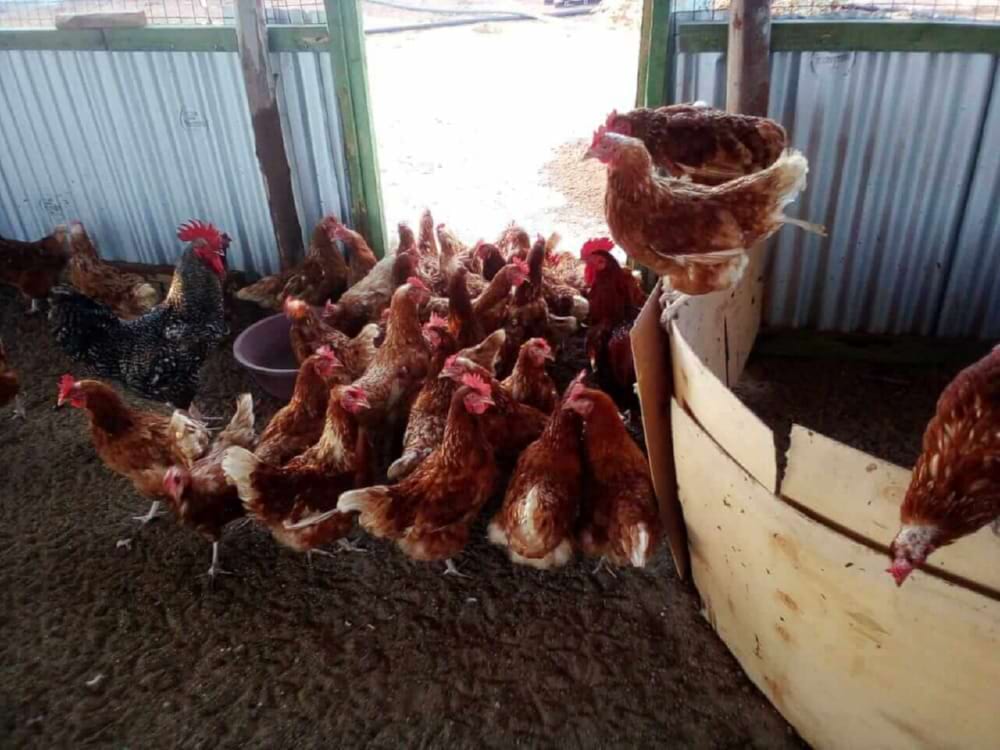
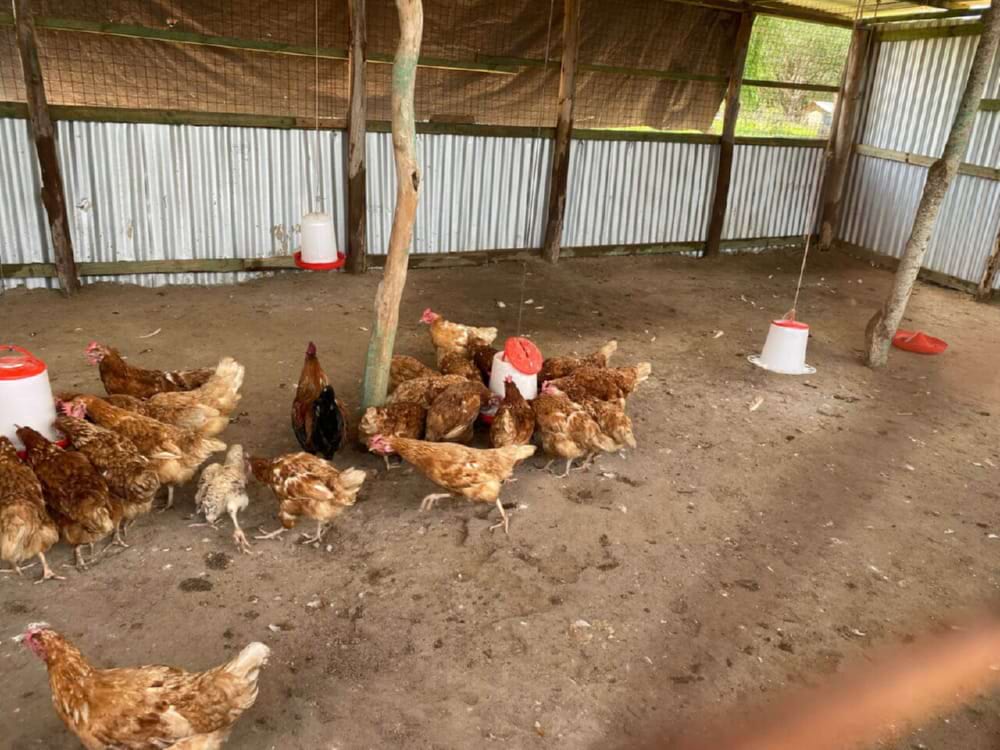
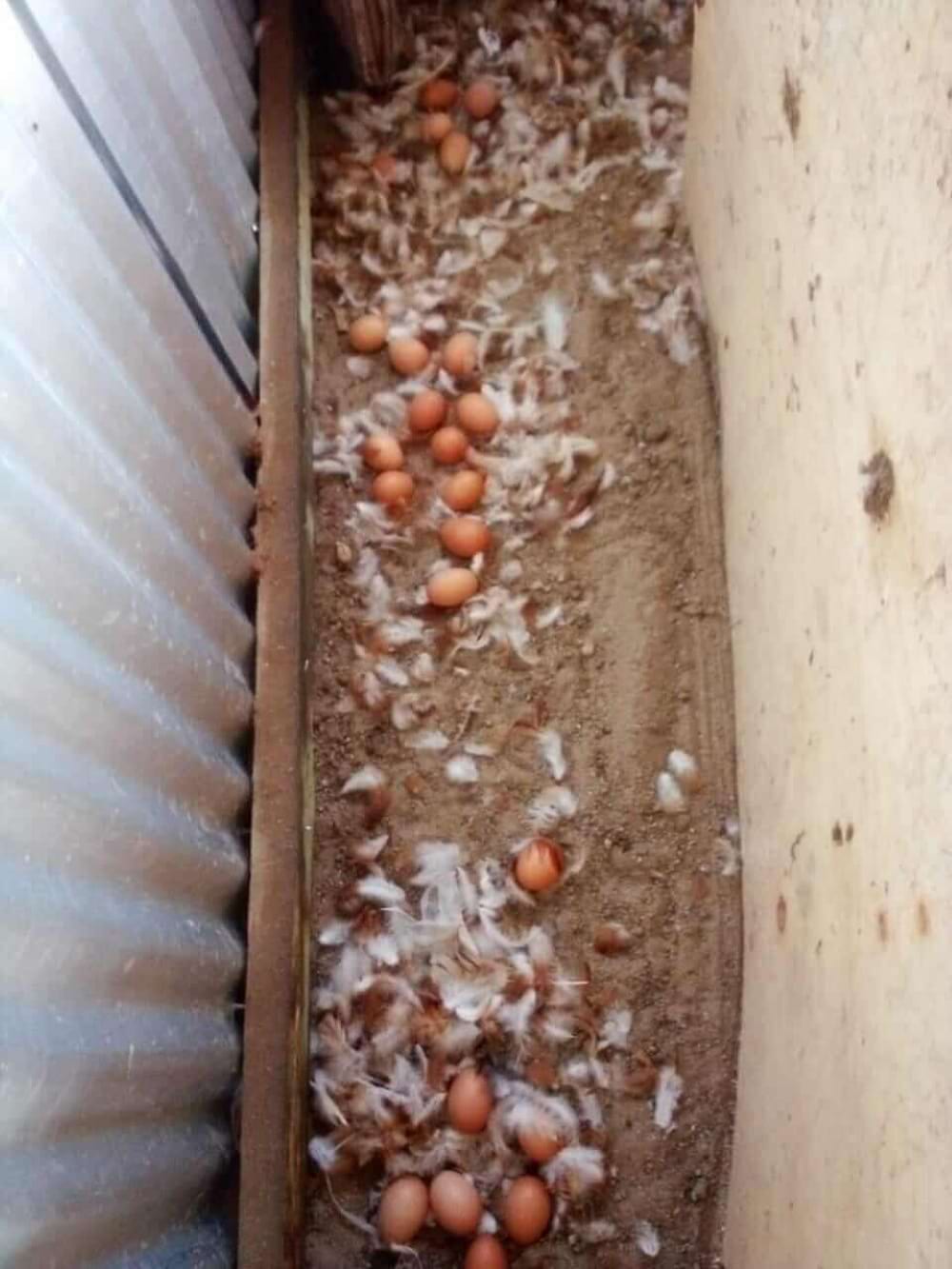
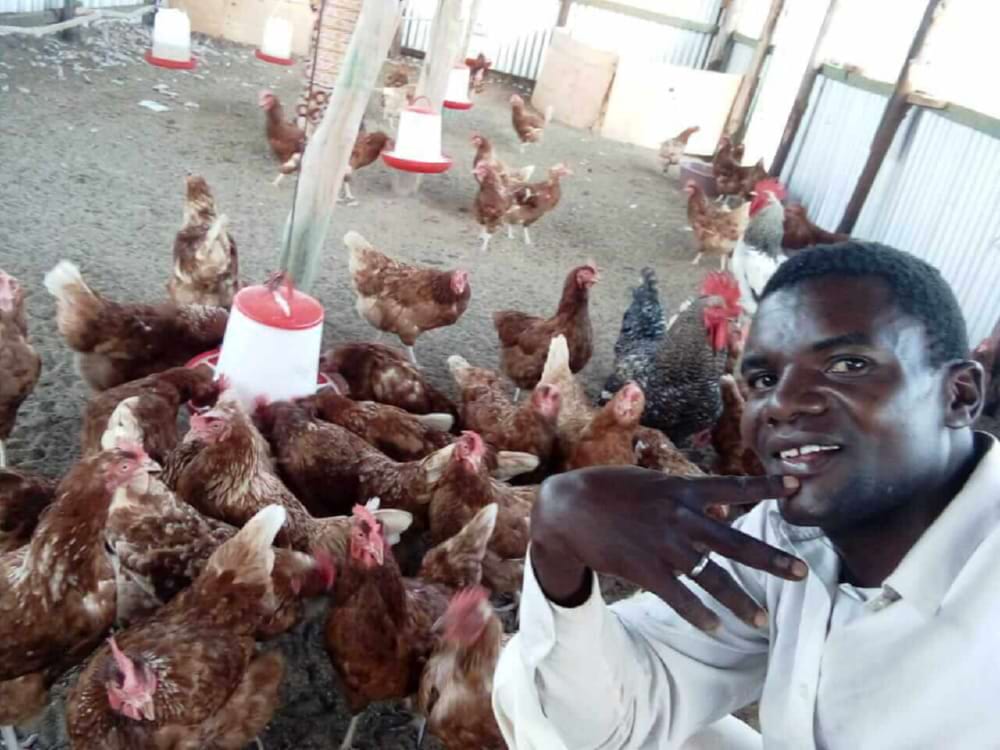
3. Breeding and selling of Black Soldier Flies
Protein-rich feed for fish is expensive! So why not grow it yourself? And indeed, the larvae of the Black Soldier Fly are very high in protein and ideal as a protein-rich component of fish feed.
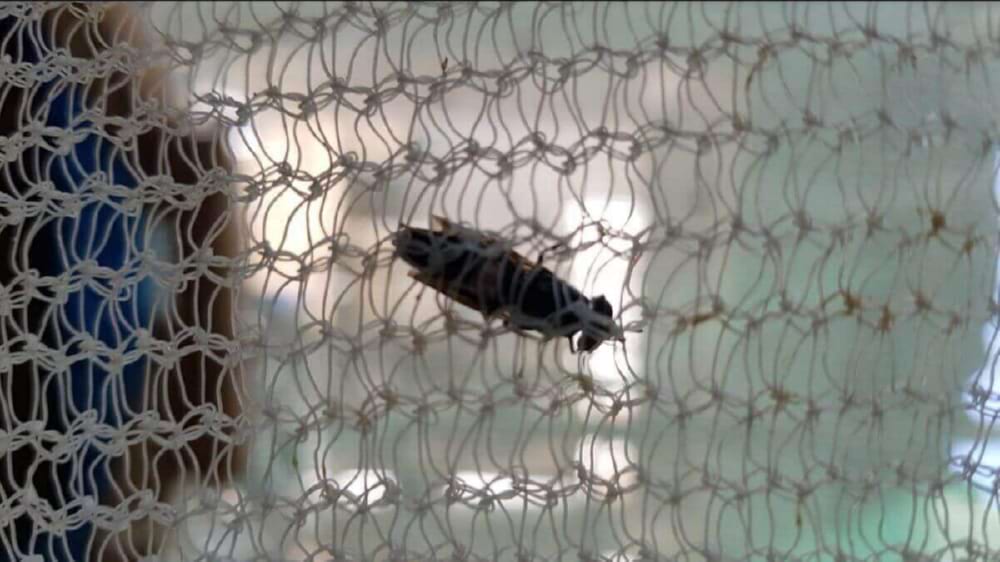
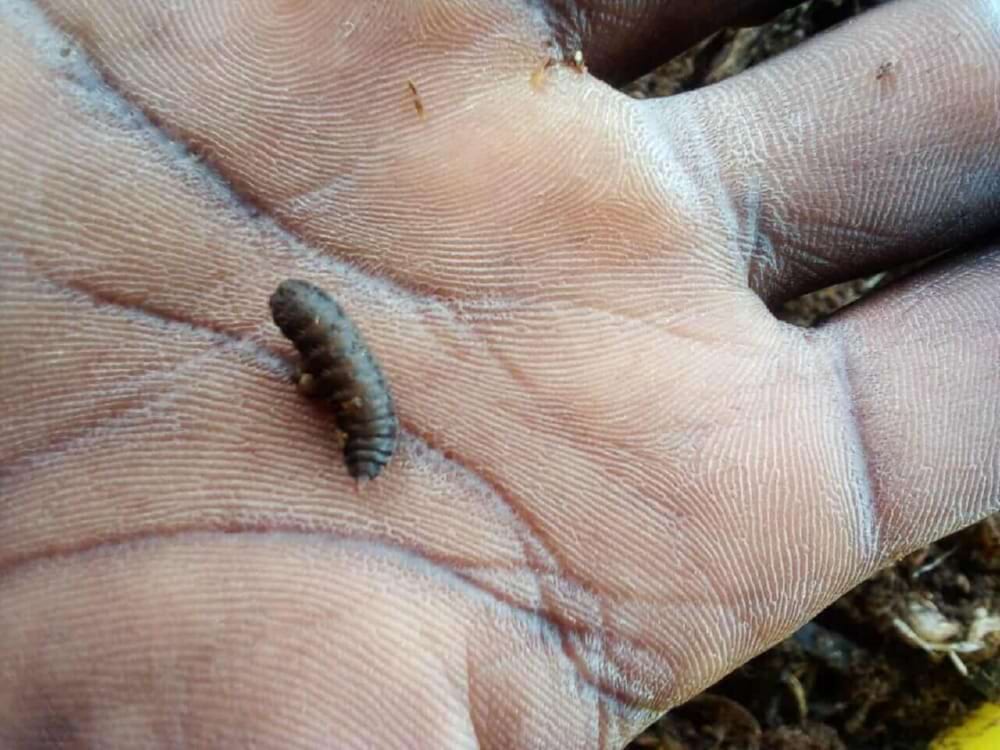
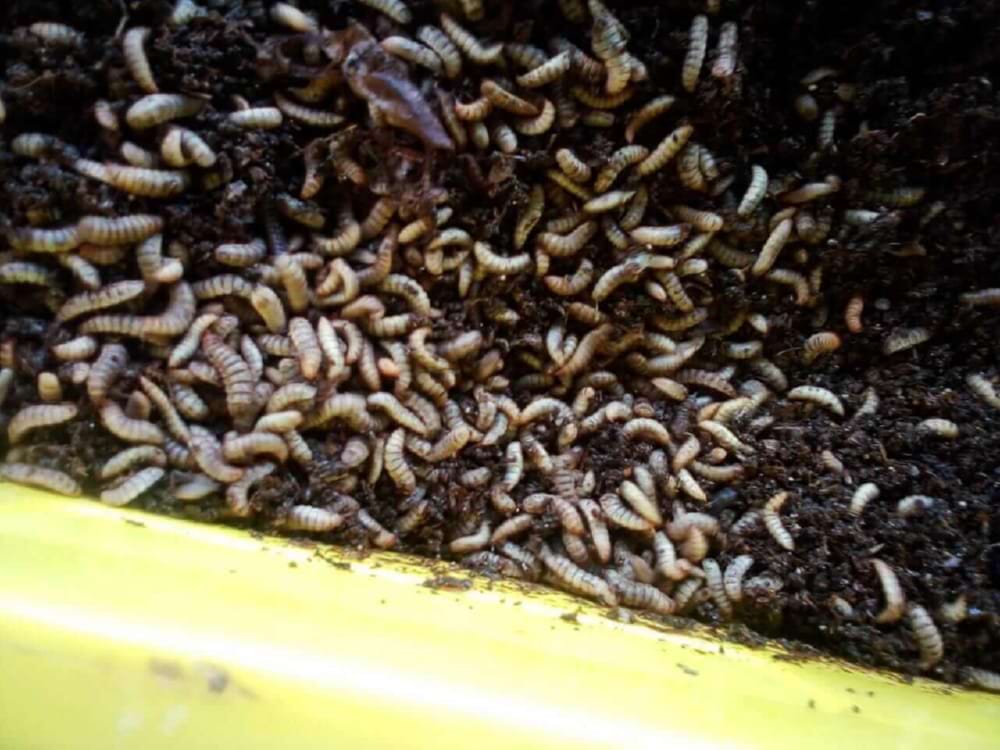
4. Planting of fruit trees
The planting of fruit trees was also encouraged. Partly to compensate for deforestation and of course also as a food source. A project supported by various schools and churches.
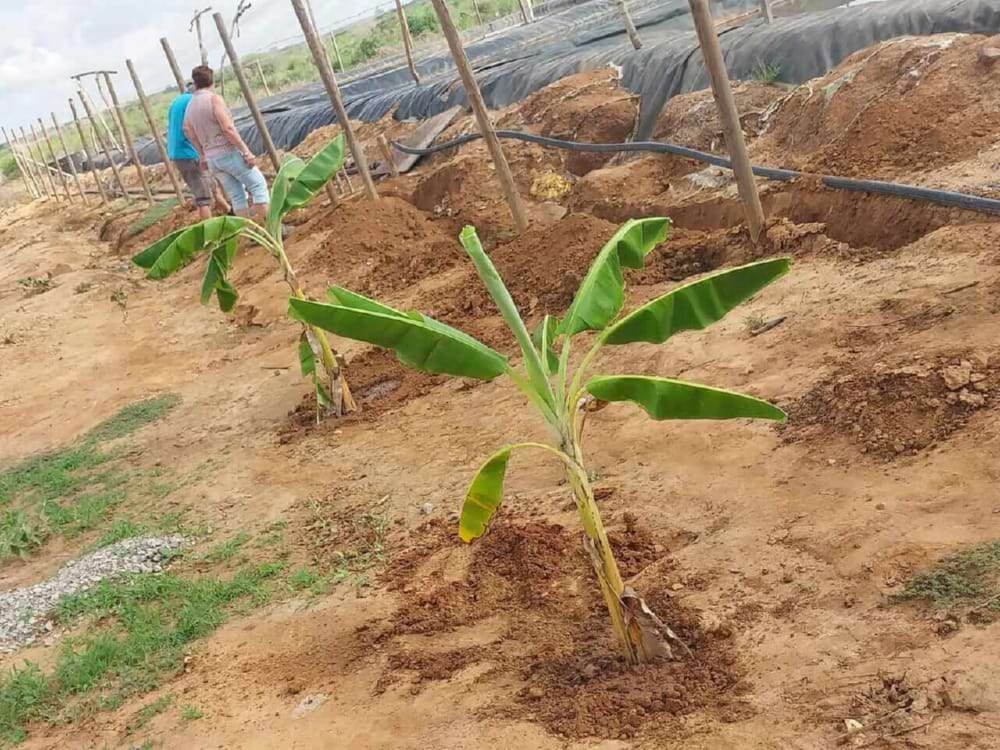
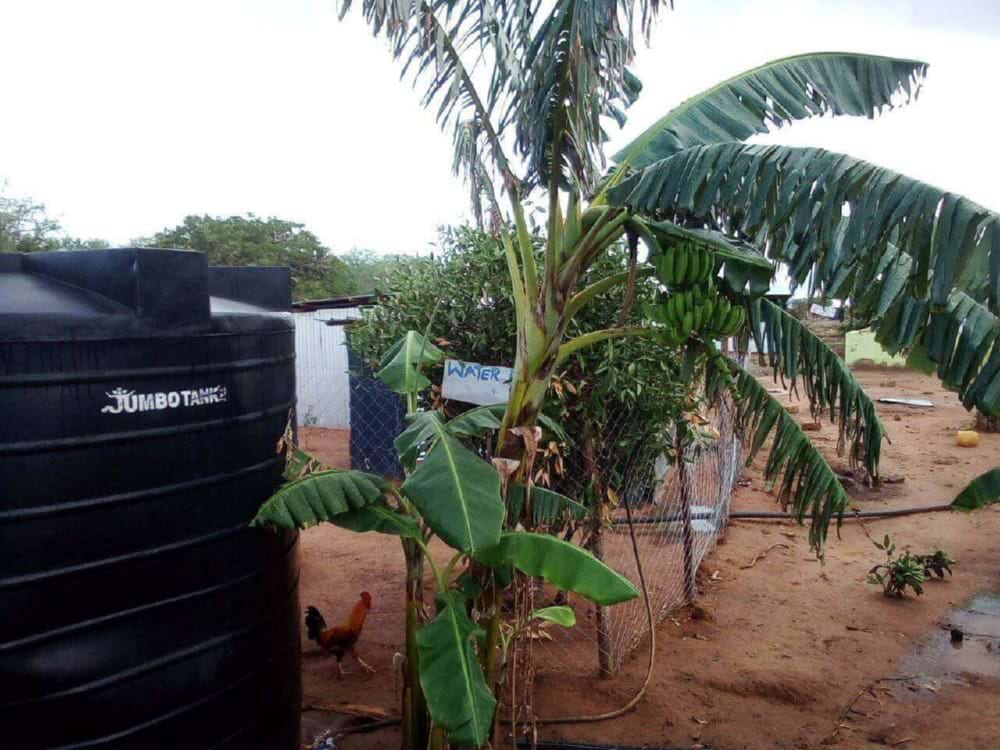
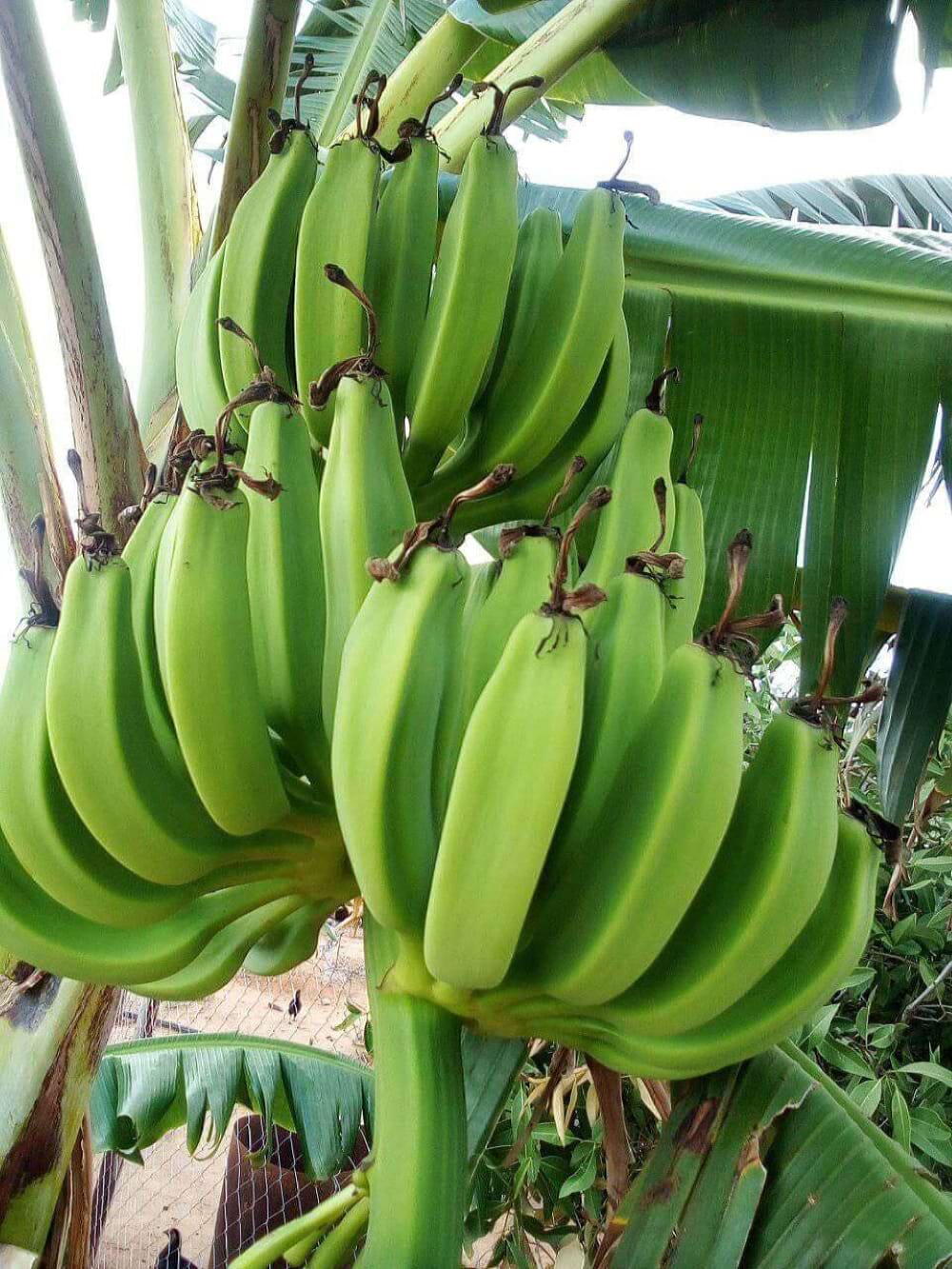
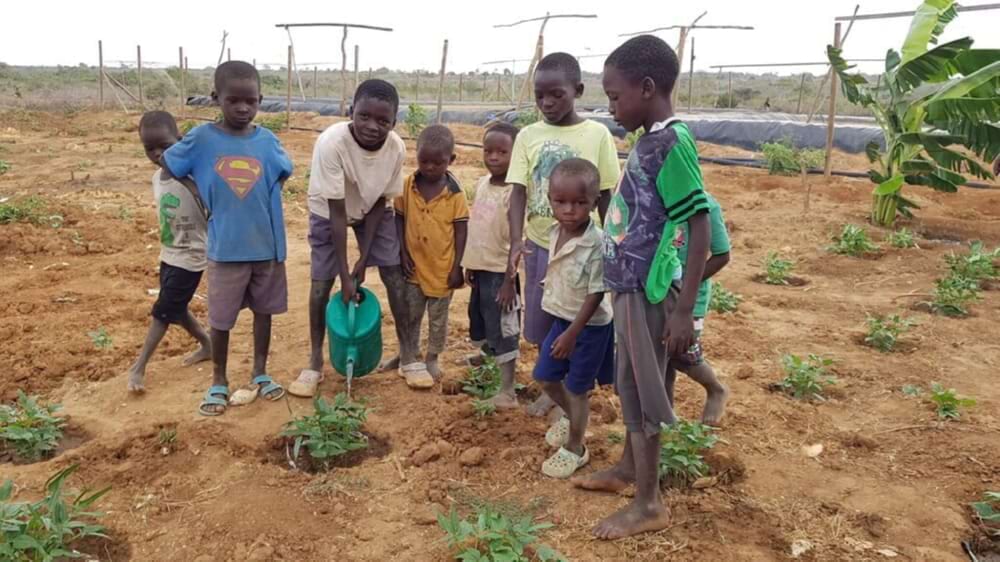
5. Training in Micro-Financing
There are fish and fruit, chickens, eggs, chicks, larvae, partly for personal use and partly for sale. But how do you keep everything in good financial balance? The necessary training in micro-financing was provided by Yasmina, a professional in this field. Steve translated it into the local dialect.
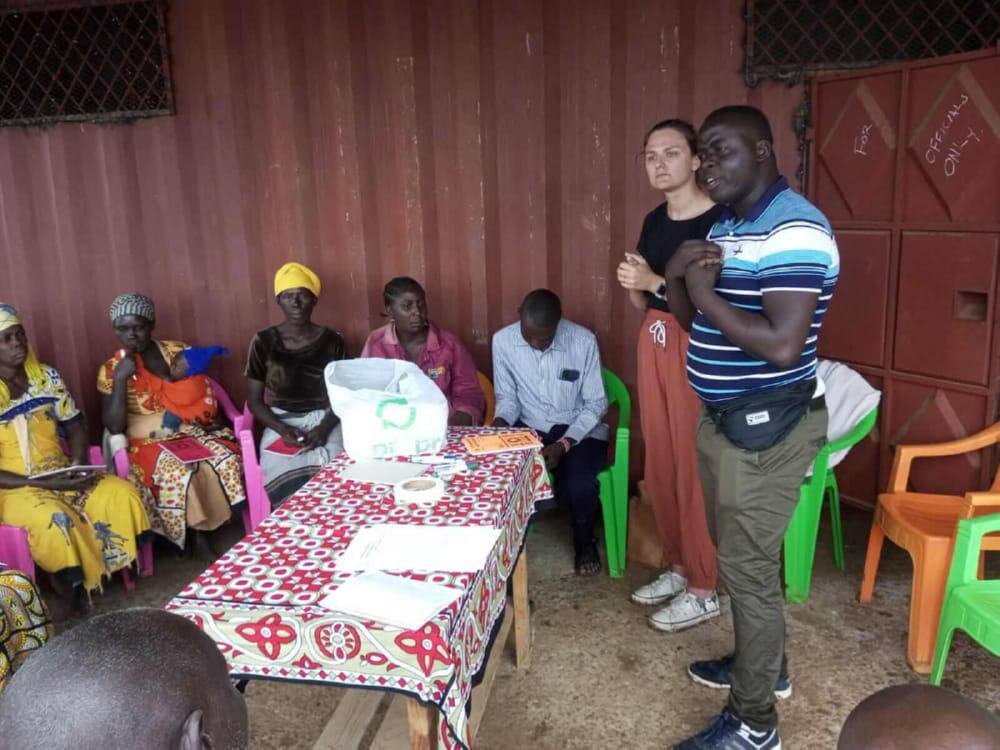
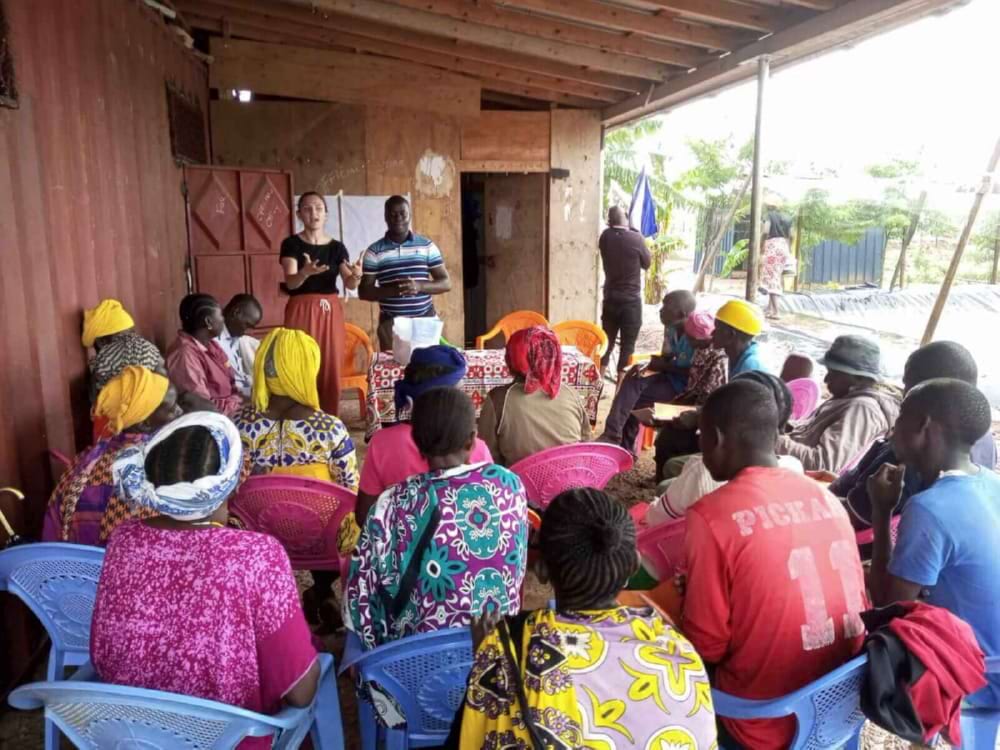
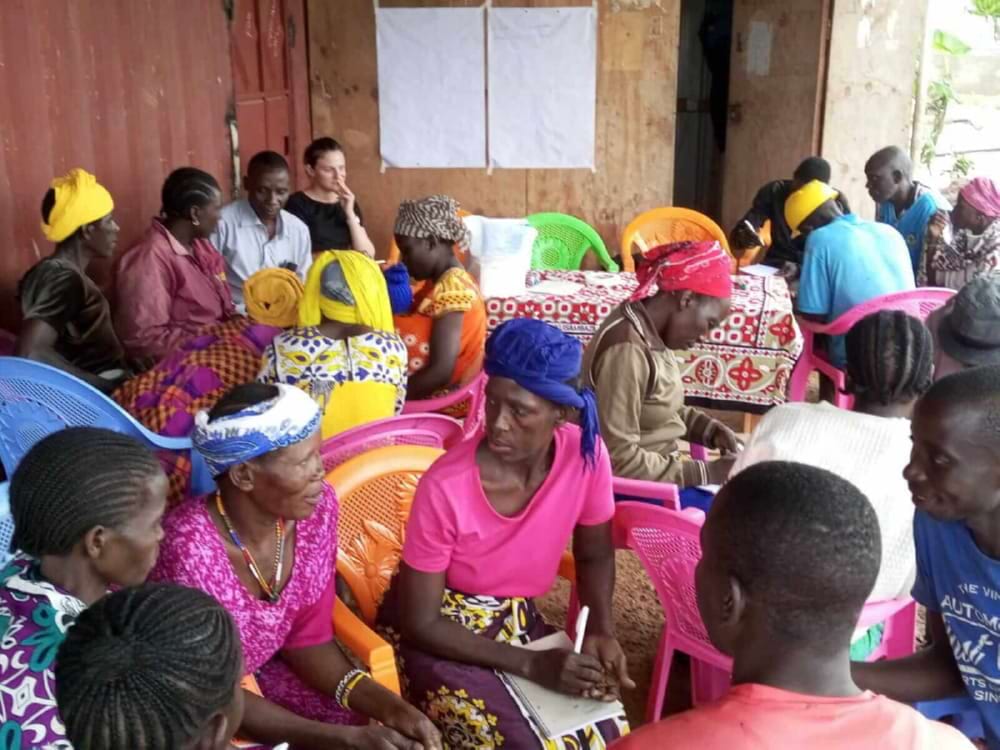
6. Widows programme "Posho Mill"
We already had some experience with "Posho-Mills" in our previous widows program in Ahero. There is also great interest in Goshi. In addition to providing these "grinding mills", the necessary electricity must also be provided.
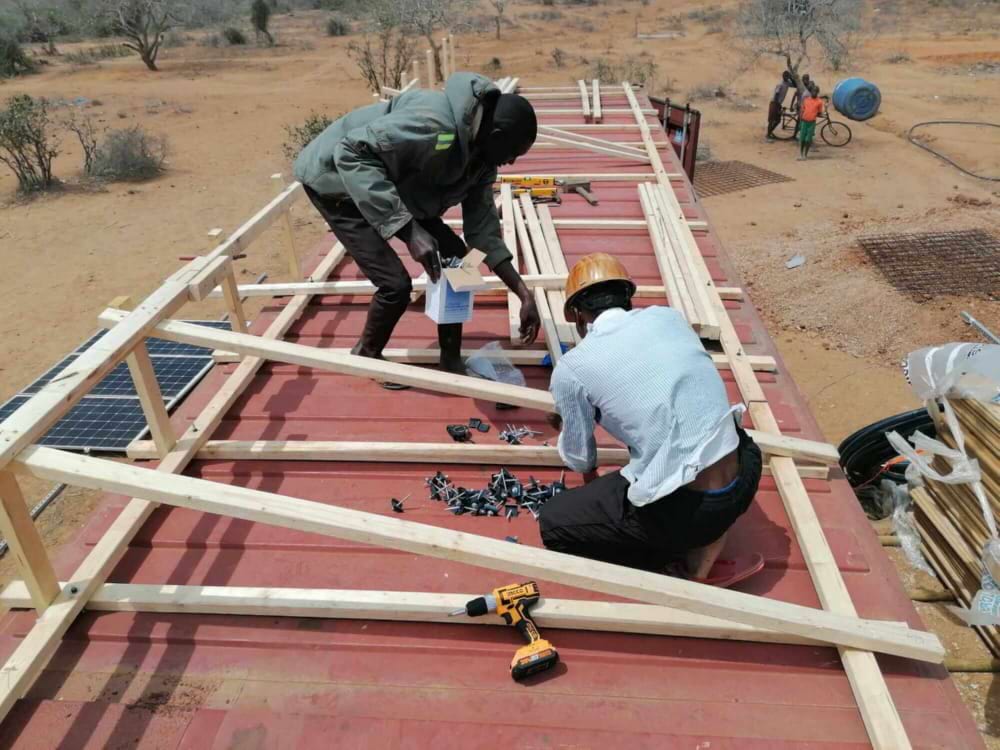
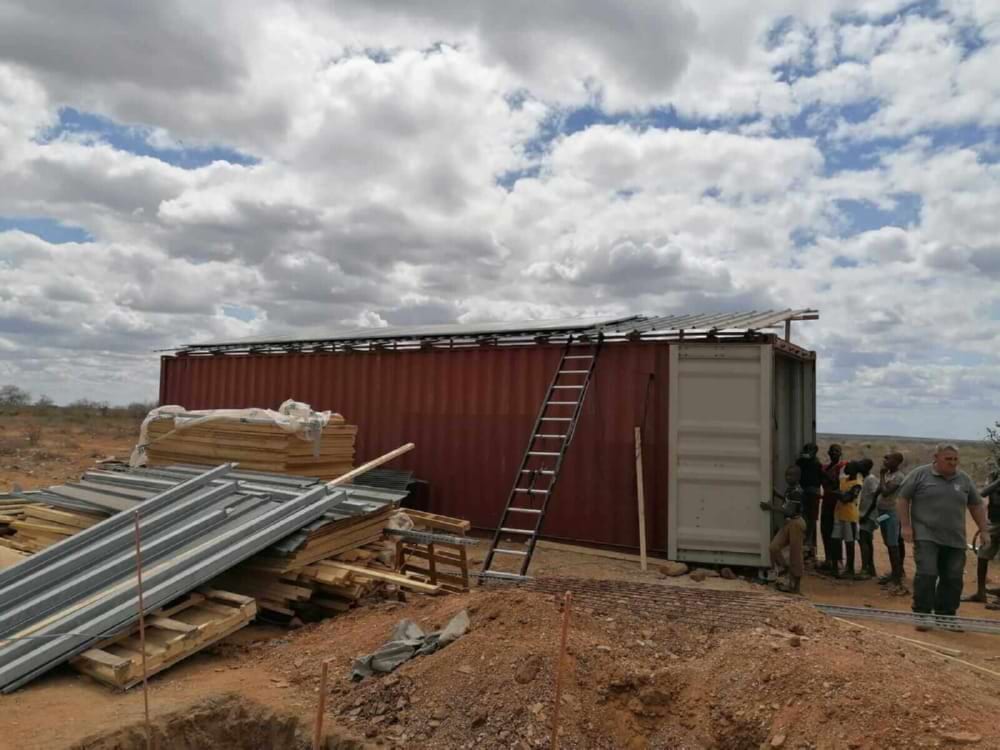
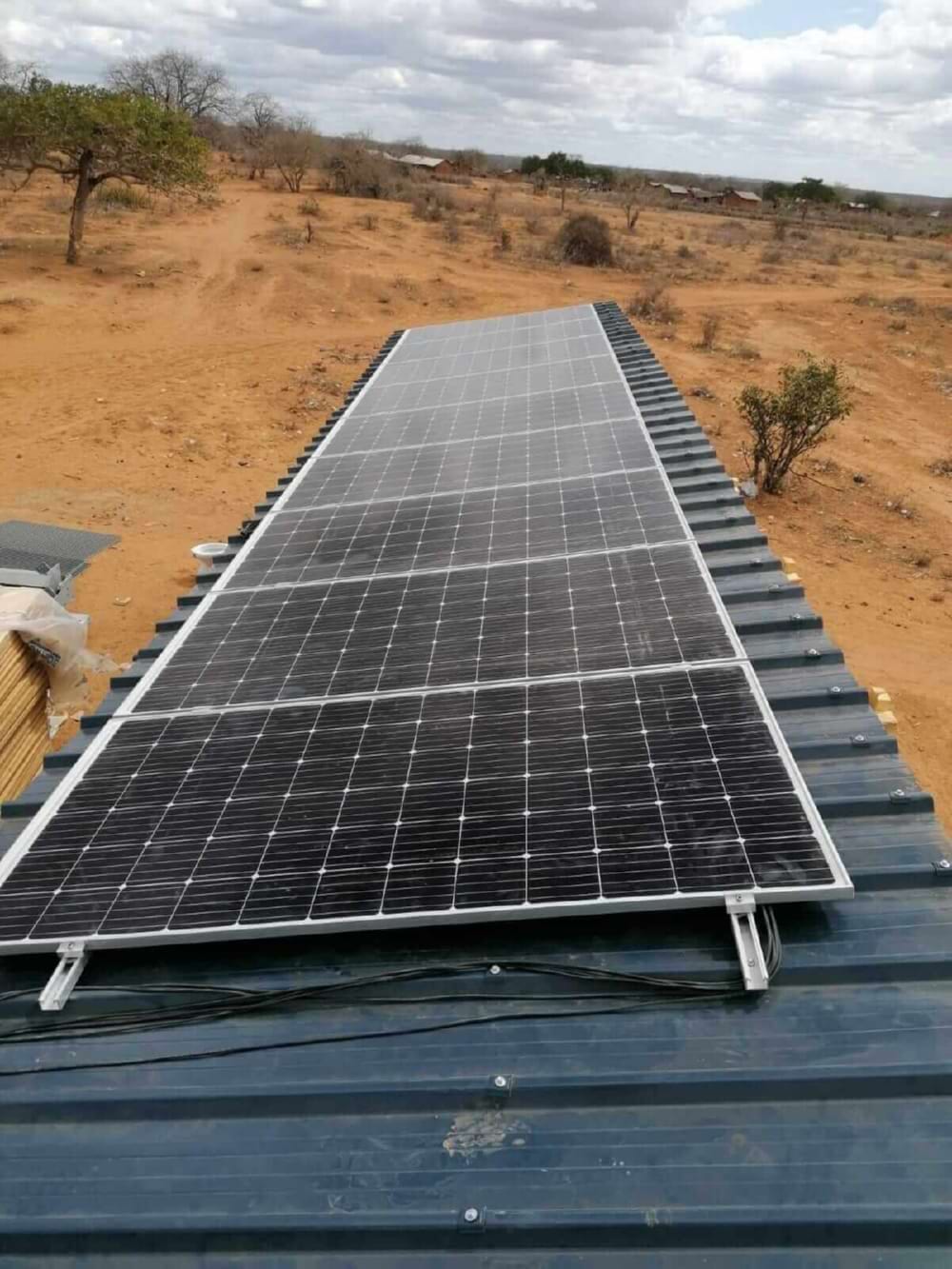
7. Agriculture
Now that water is available, it is being utilized in an efficient and sustainable manner to support agricultural activities. The initial harvest—primarily consisting of vegetables—has already taken place, with part of the produce intended for personal consumption and the remainder sold at local markets. This development marks the emergence of a new source of income. Among the cultivated crops are tomatoes, pumpkins, and onions, grown from seeds brought from Belgium, as well as local varieties of kale. These ingredients are commonly used in the preparation of the traditional Kenyan dish, "Sukuma wiki".
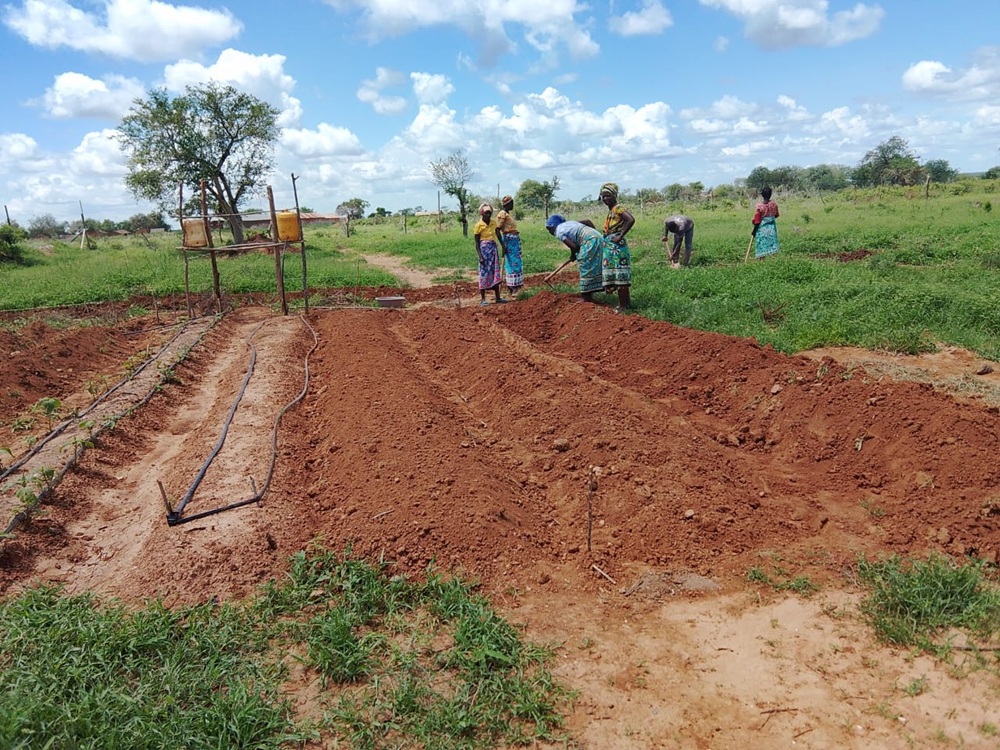
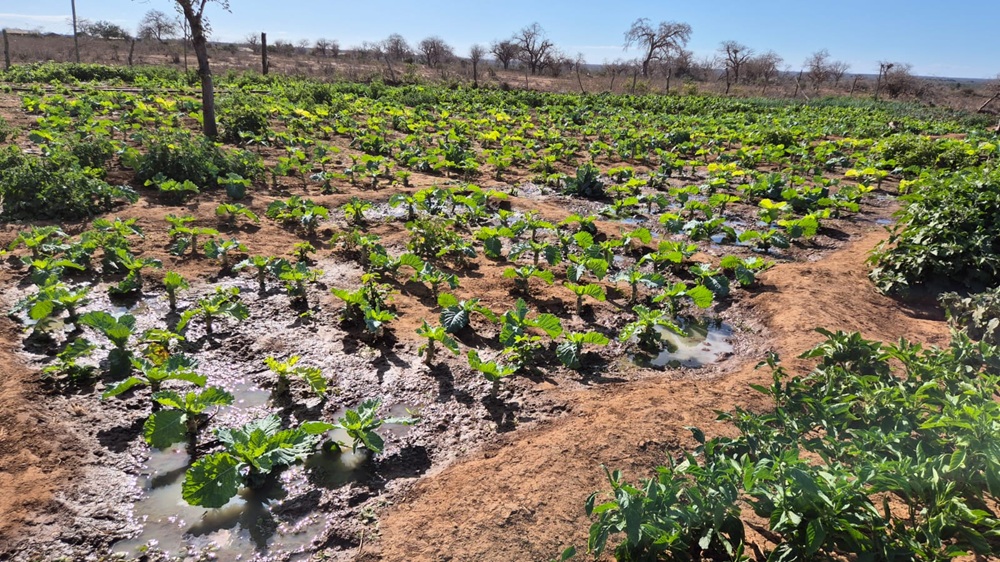
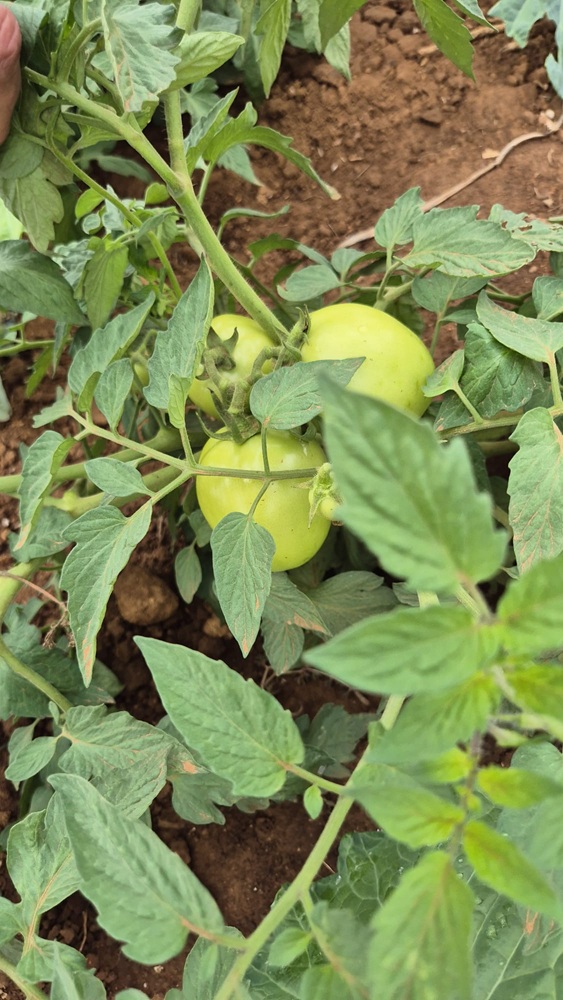
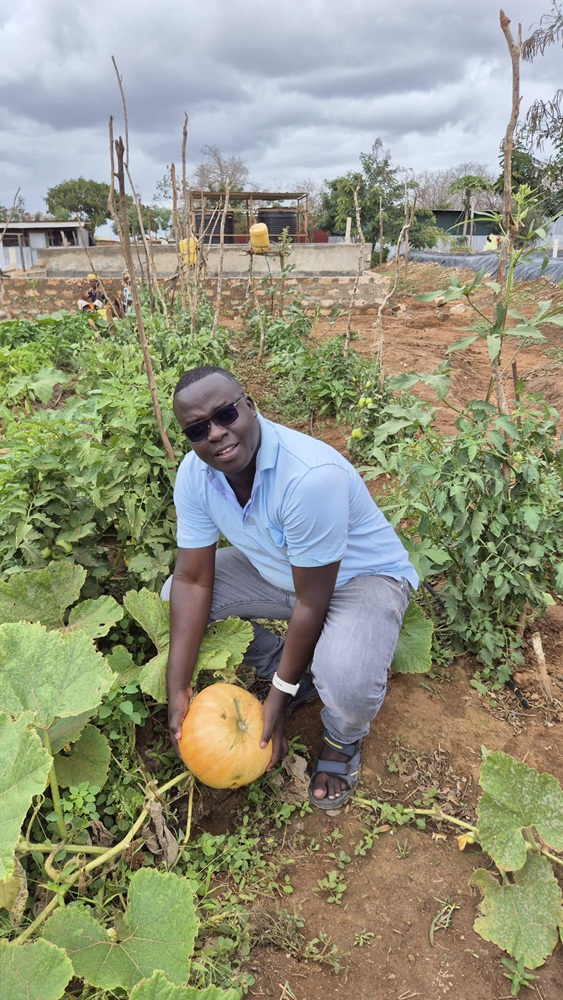
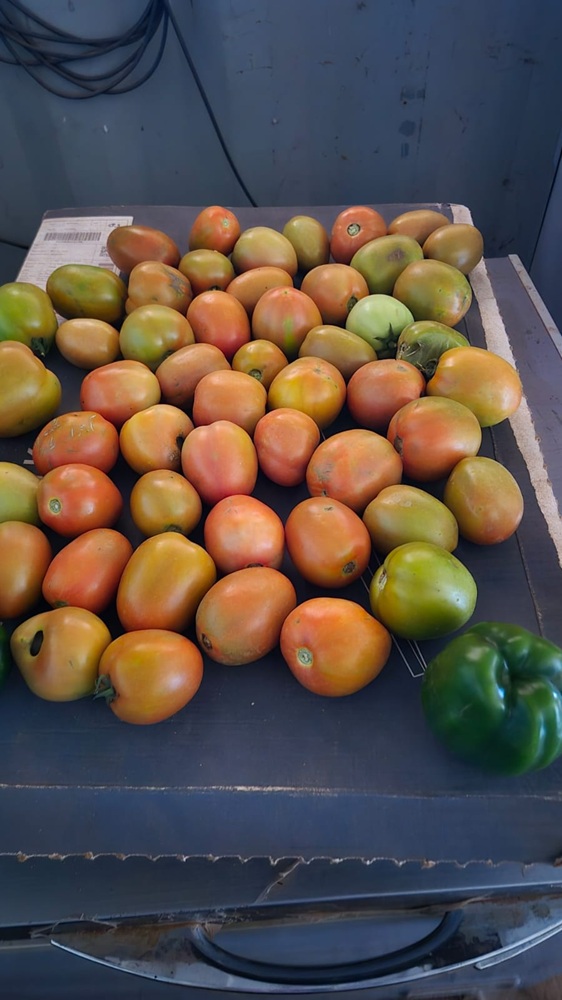
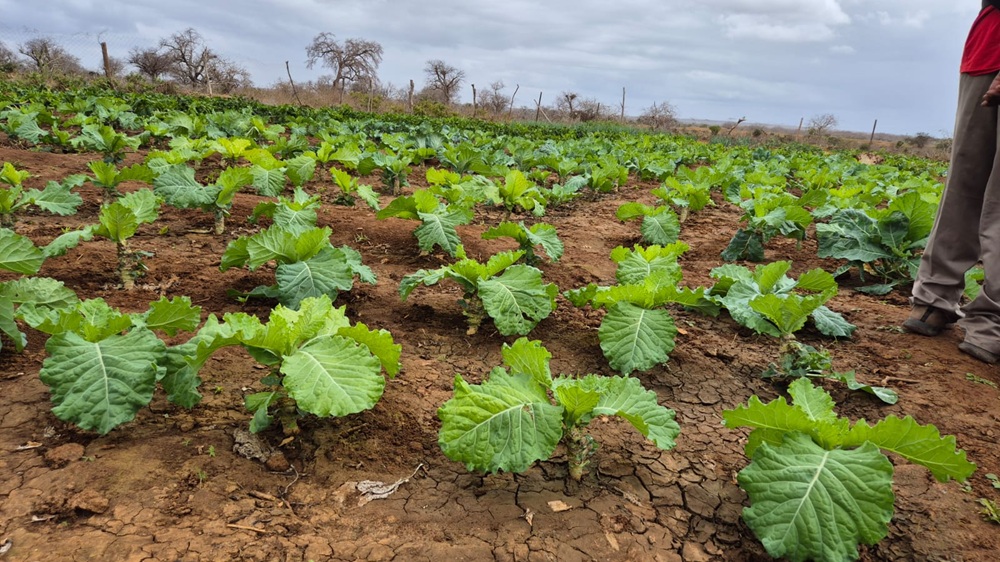
ADDITIONAL SUPPORT
MOMBASA, Kenya: Support for an orphanage
On one of our trips to Goshi, a stop was planned at an orphanage in Mombasa, run by a father, mother, and daughter. You can't leave without leaving something that benefits these children.
KISUMU COUNTY, Western Kenya
A. ORPHANAGE
Eldoret, Kenya: Shelter for Street Children
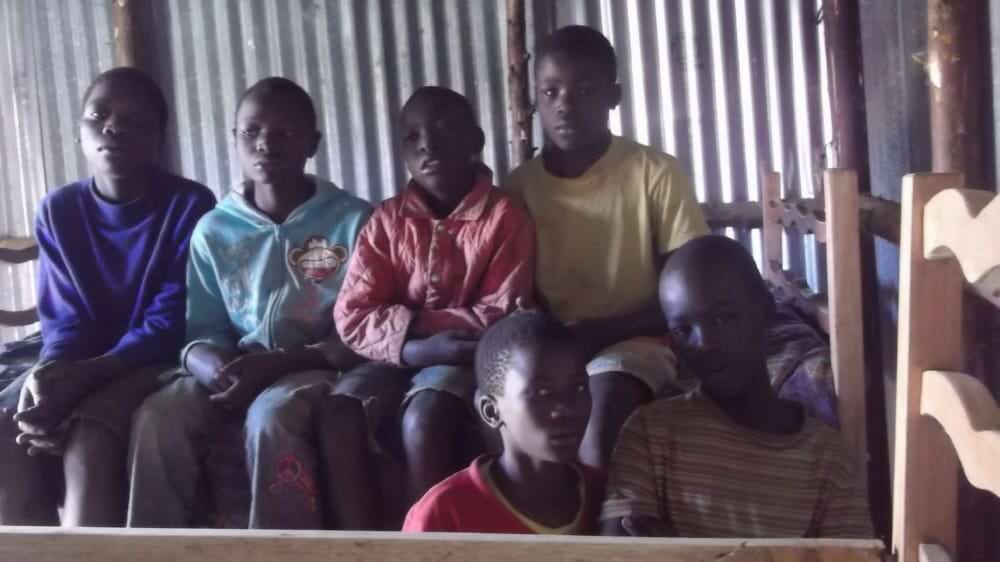
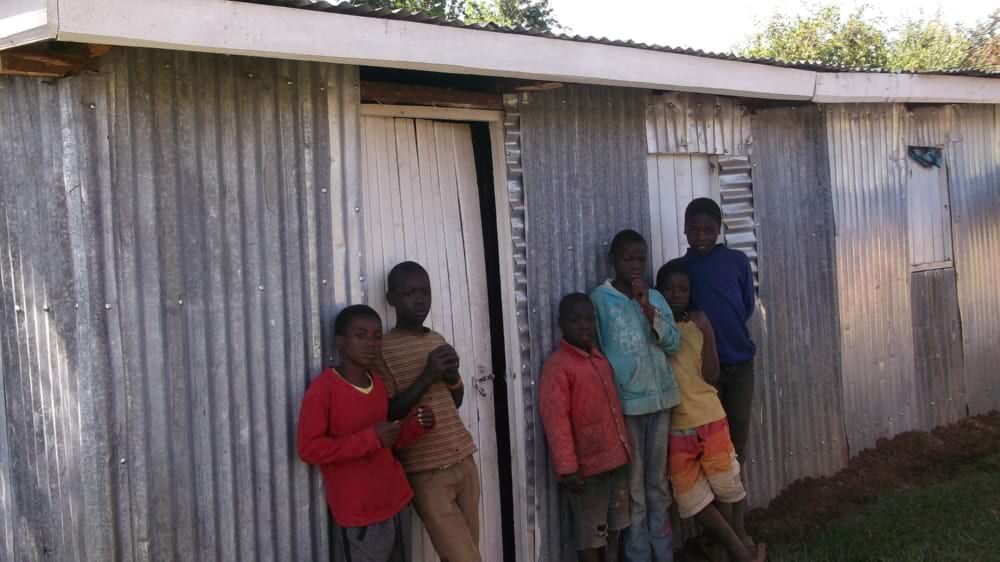
B. ORPHANAGE AND SCHOOL
1. Sending Container with Mattresses, Furniture, and Clothing
The sending of mattresses because the orphans had to sleep on metal beds without mattresses. That's how it started for VZW Kitanda. And to fill the container, furniture and other relief goods were also sent in the container. For each child, a dignified bed = "kitanda" in Swahili.
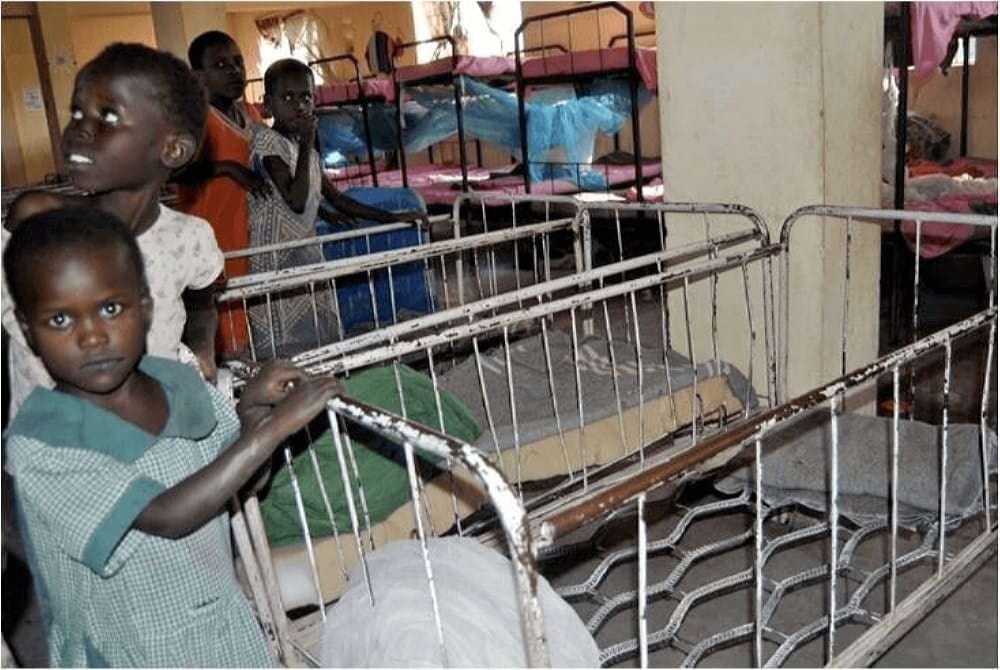
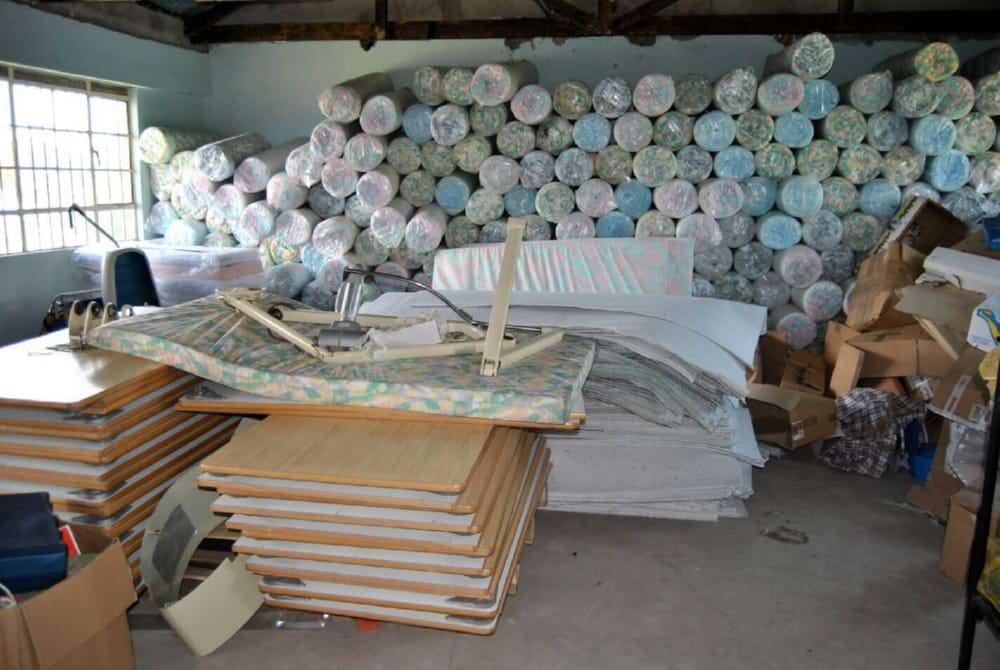
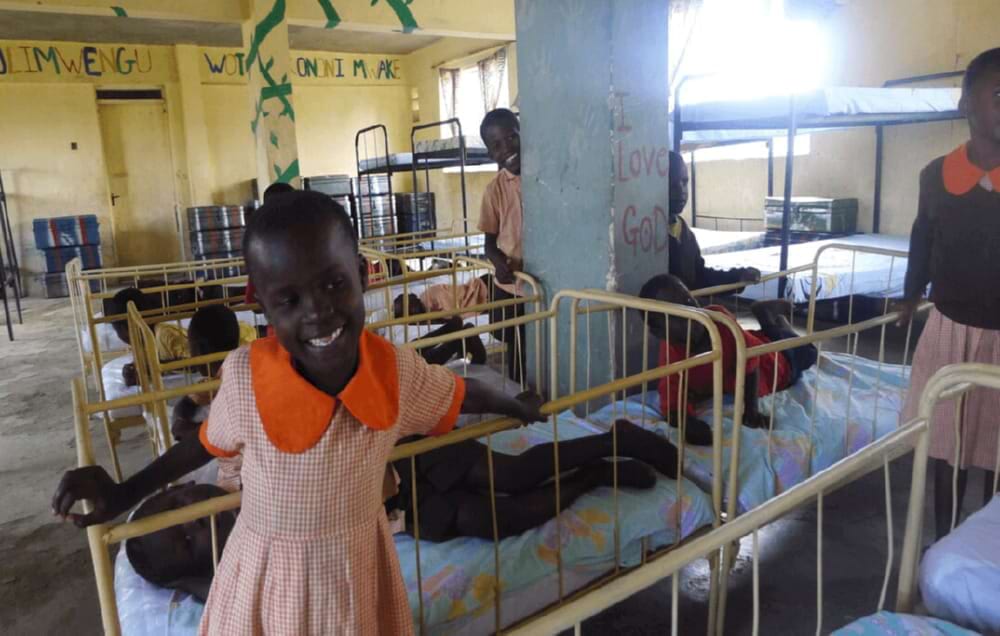
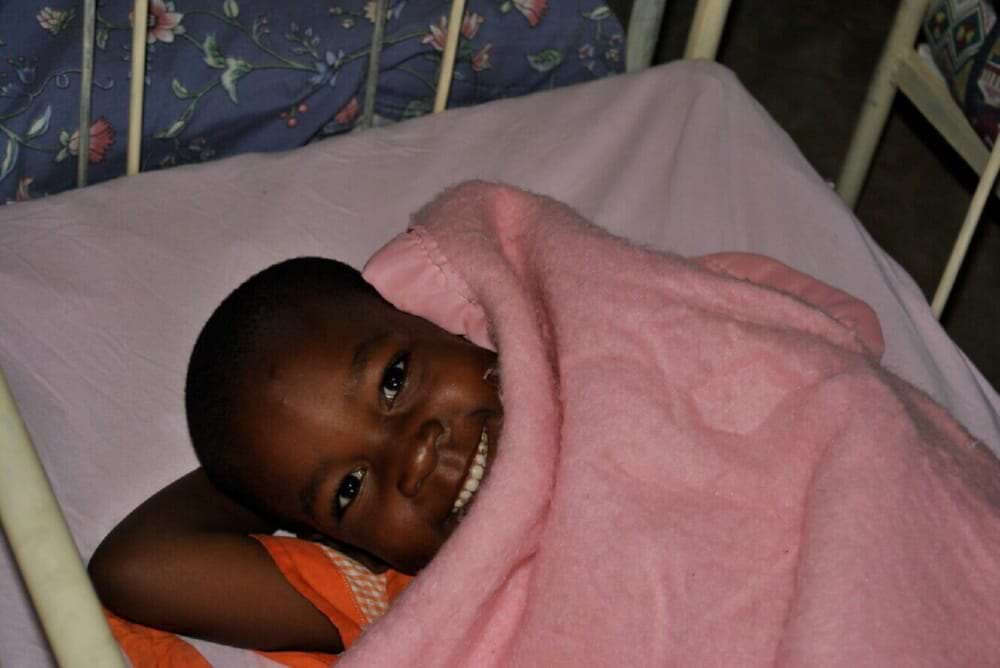
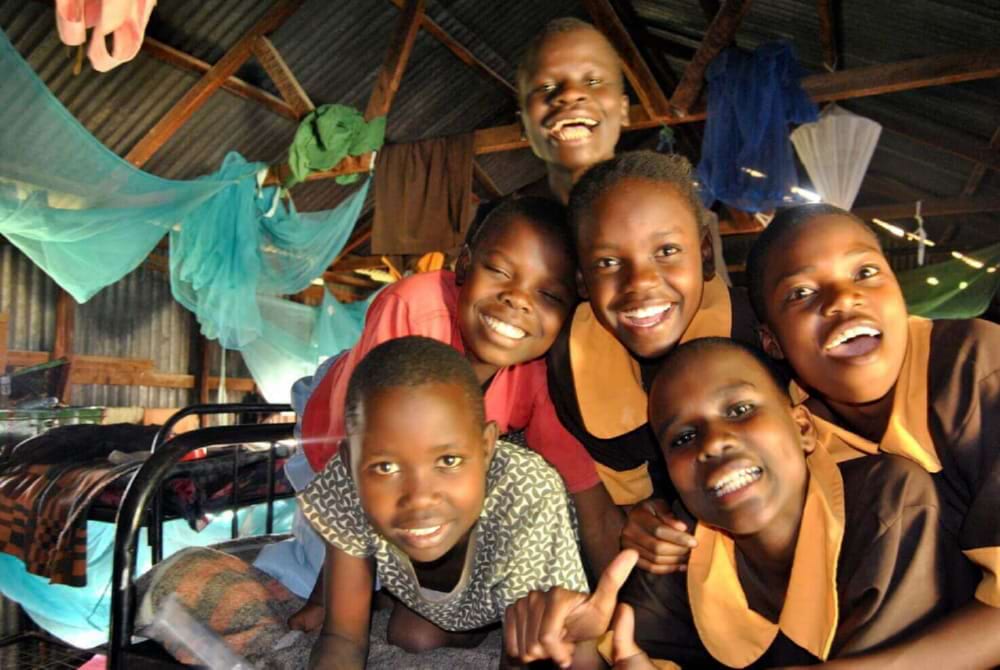
2. Water from a borehole
Water, we can't do without it. One of our basic needs. Therefore, water was drilled on the grounds of the orphanage and the adjacent school.
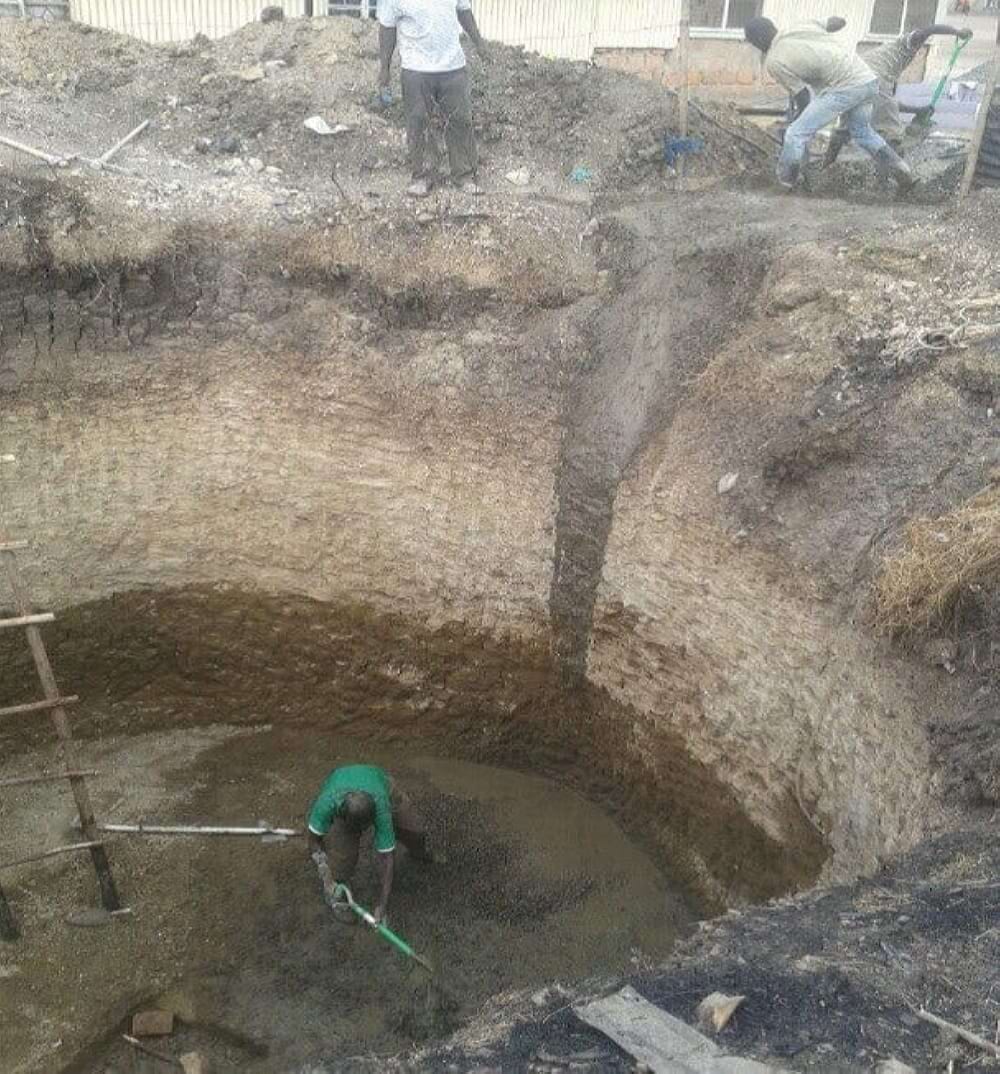
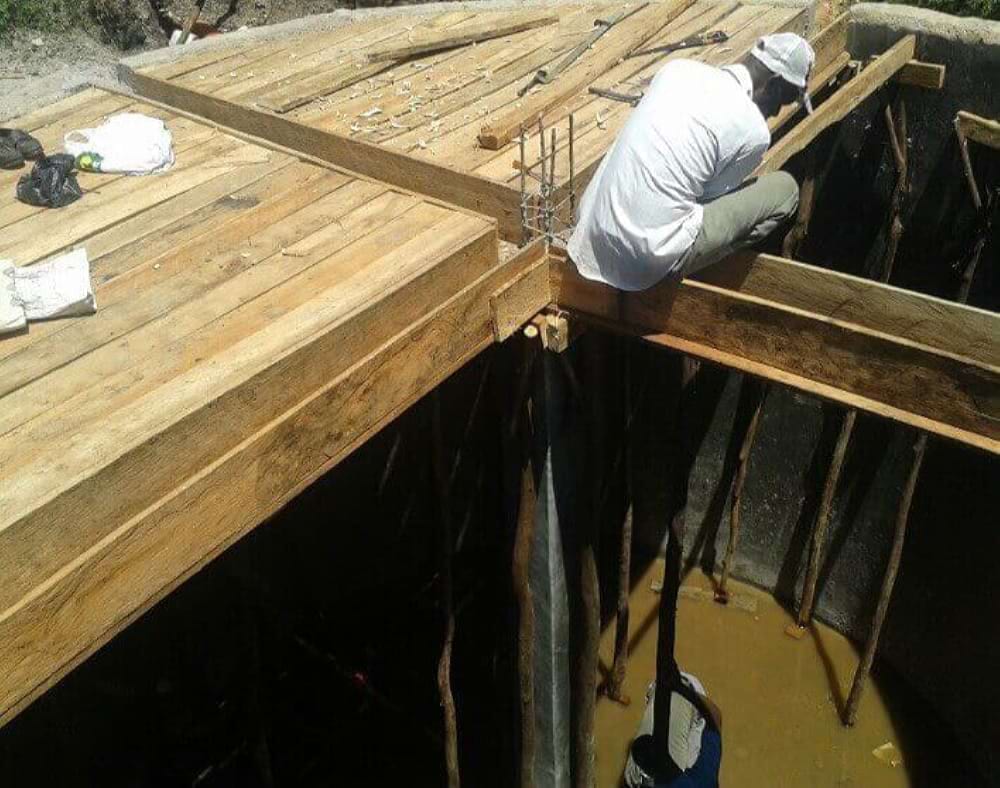
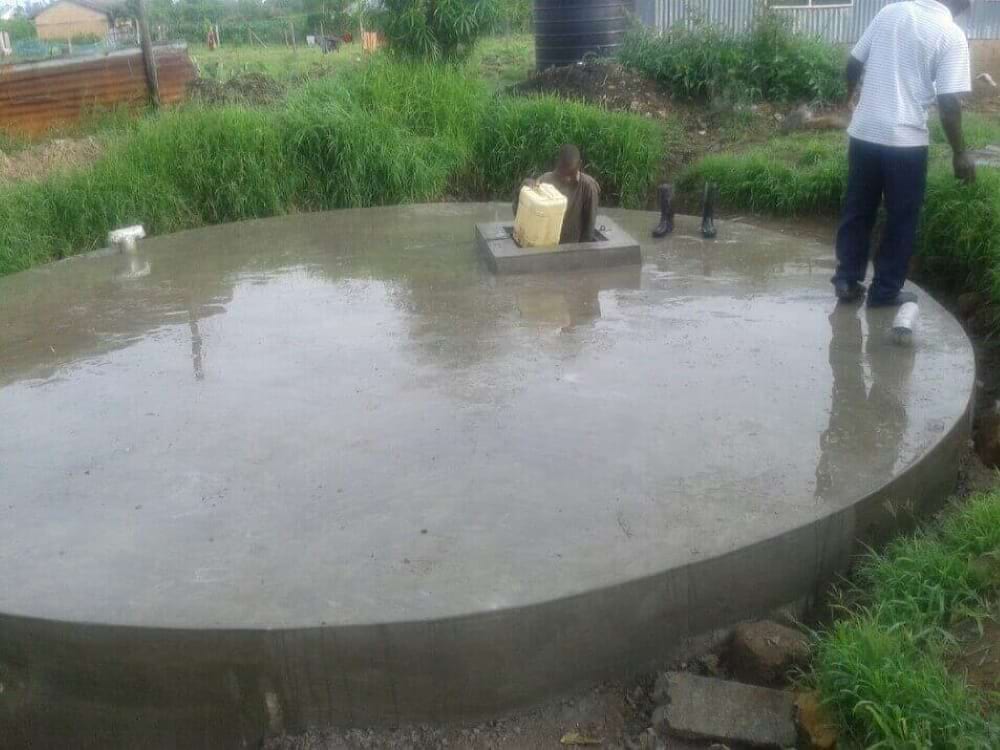
3. Sale of water from the borehole
To be able to maintain the well and pump, the water is also sold to the neighbors at a market price. A win-win situation. The neighbors have to travel less for water, and an income is created. This way, everyone helps to maintain the well. Another step towards self-sufficiency.
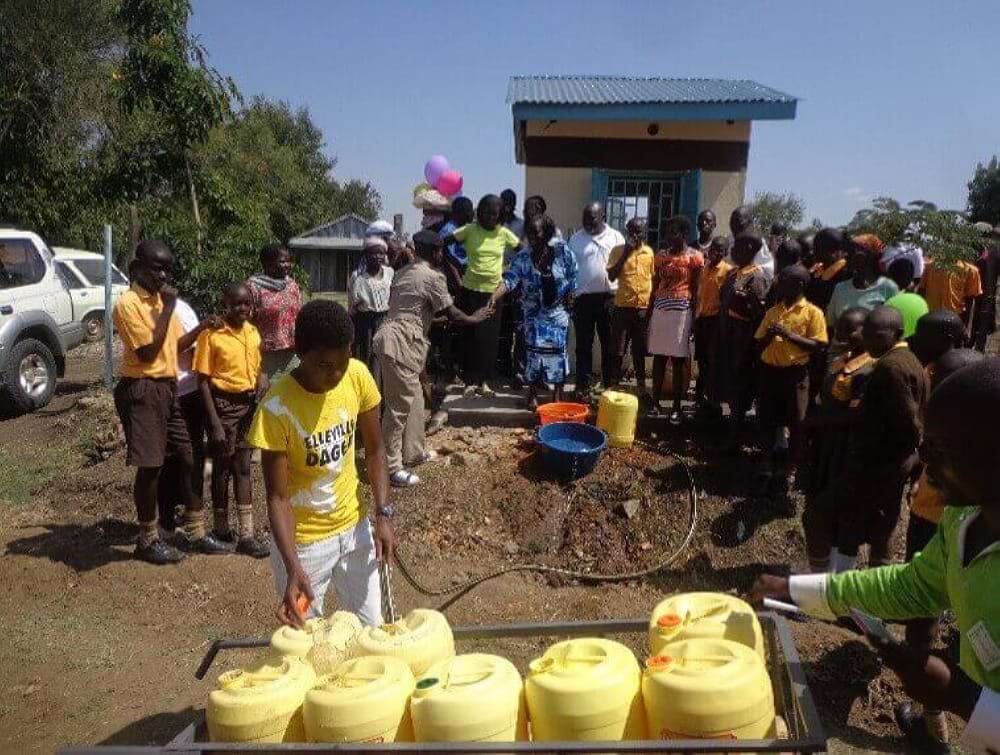
4. Sanitation (toilets and showers)
Bring a few hundred children together, and you create a need for showers and toilets. Personal hygiene is crucial in disease prevention.
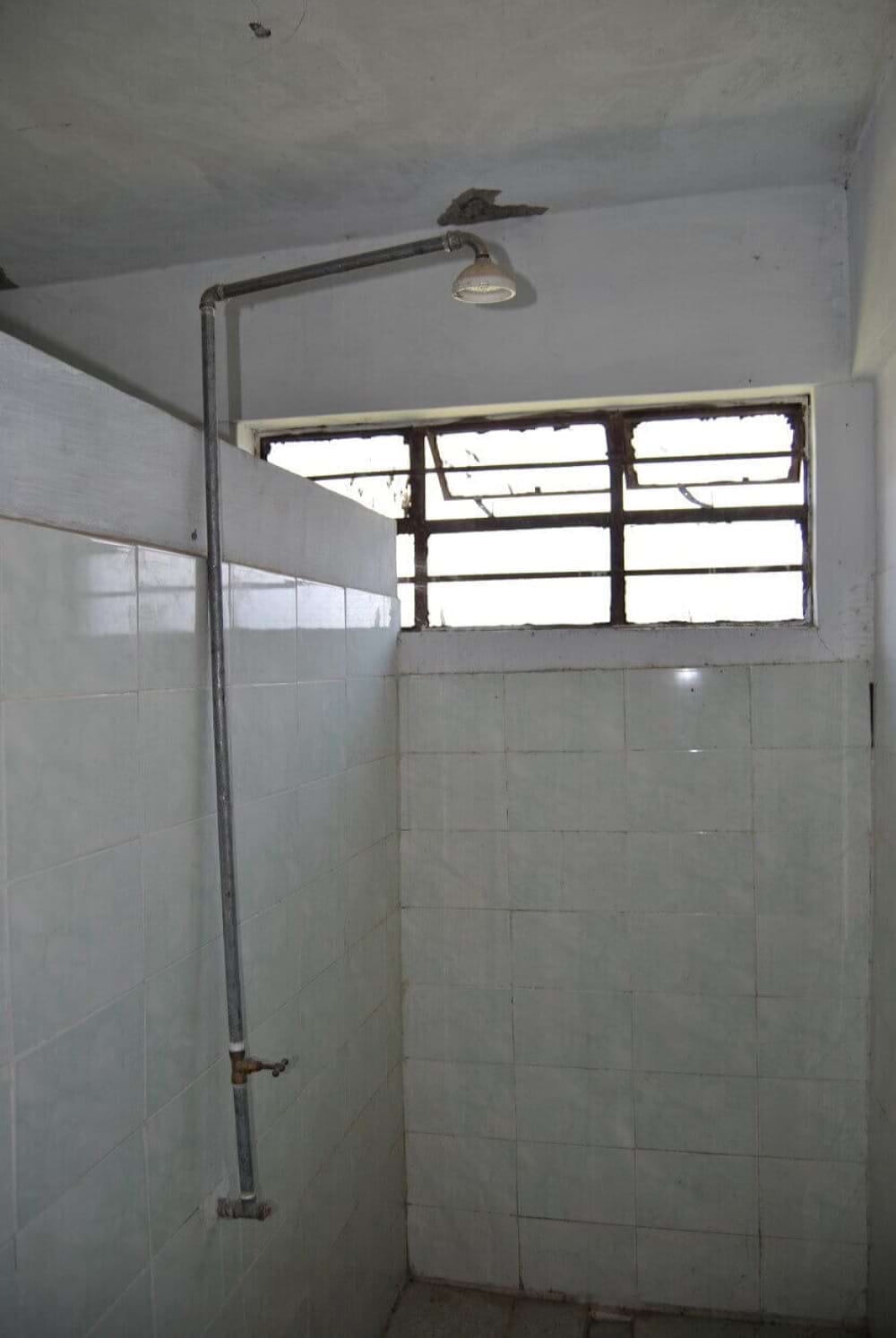
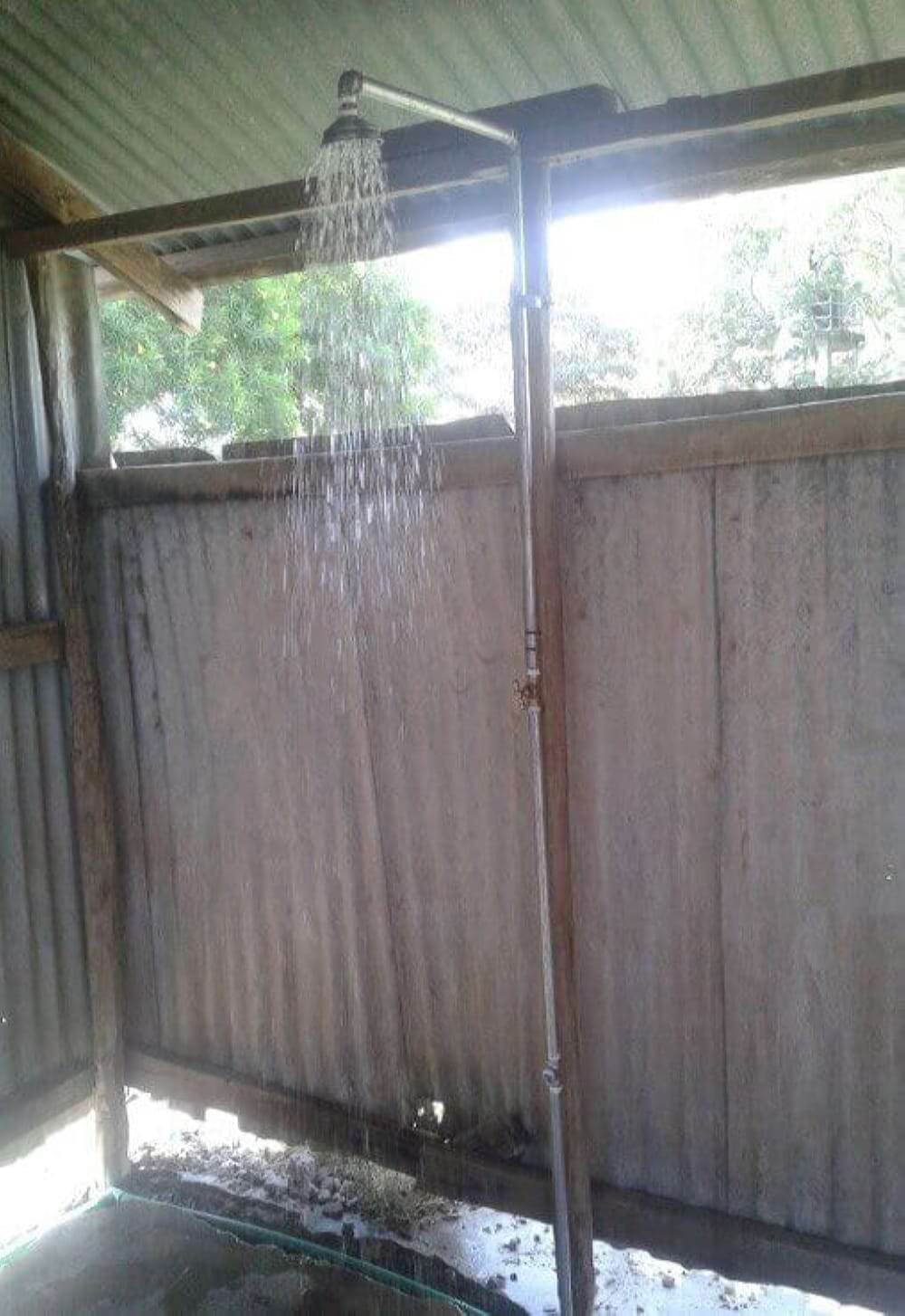
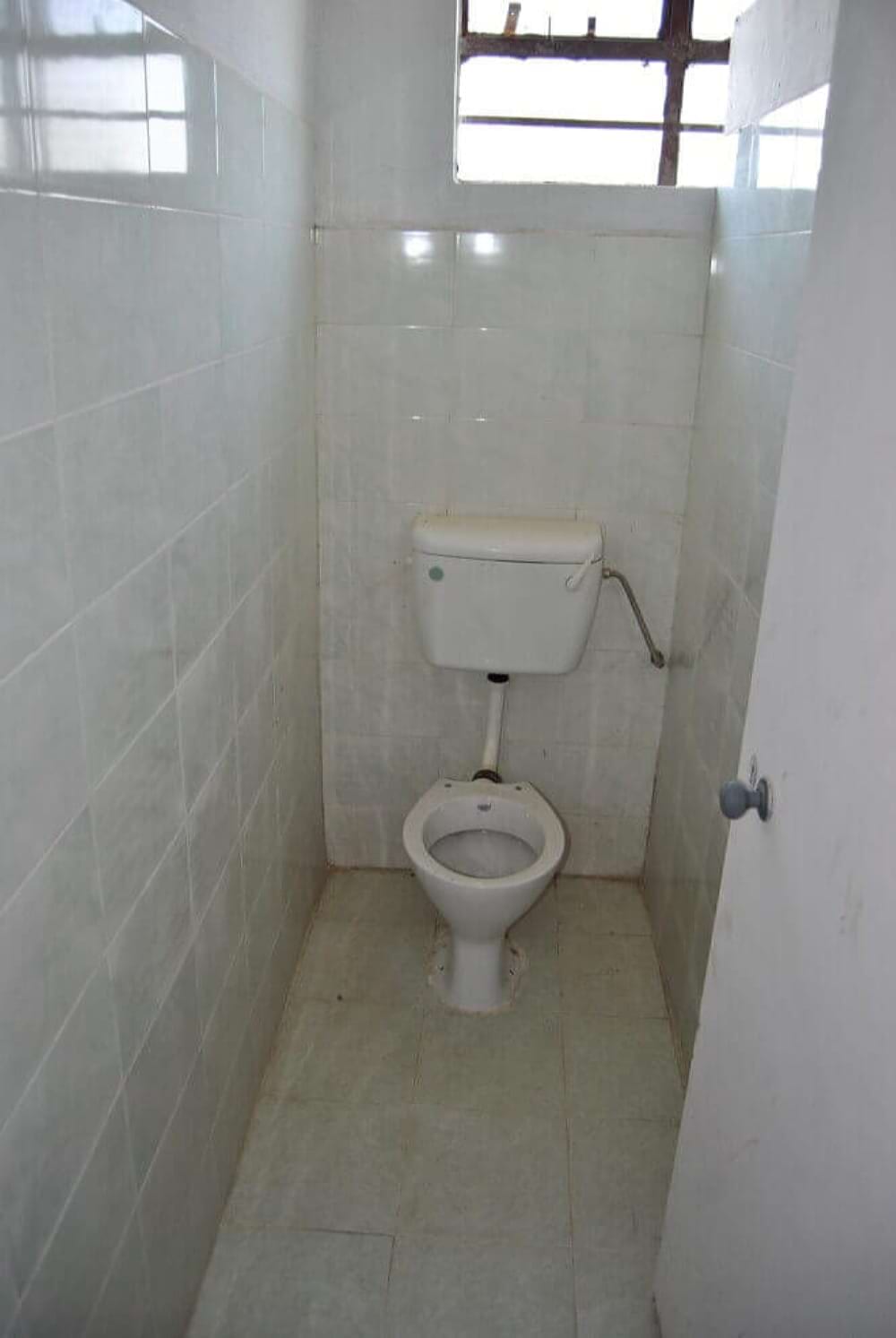
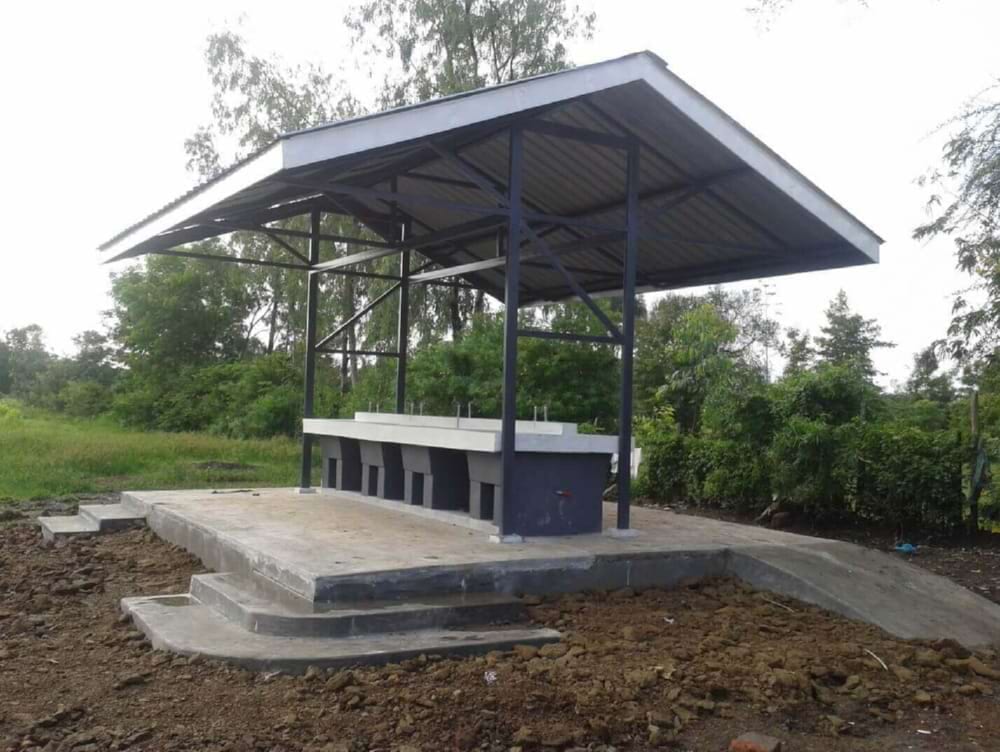
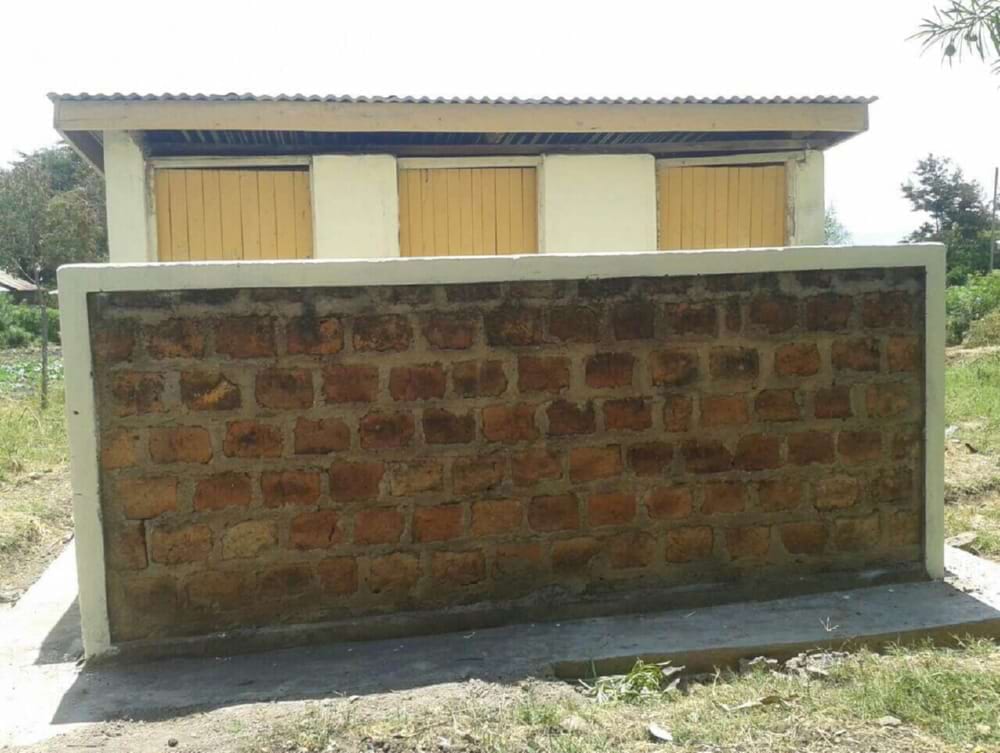
5. Water pipes to various houses
Water can be bought by the neighbors at the water kiosk near the borehole. But to facilitate distribution, some water pipes were laid to neighboring houses from where the water could be further distributed. This avoids a bottleneck effect.
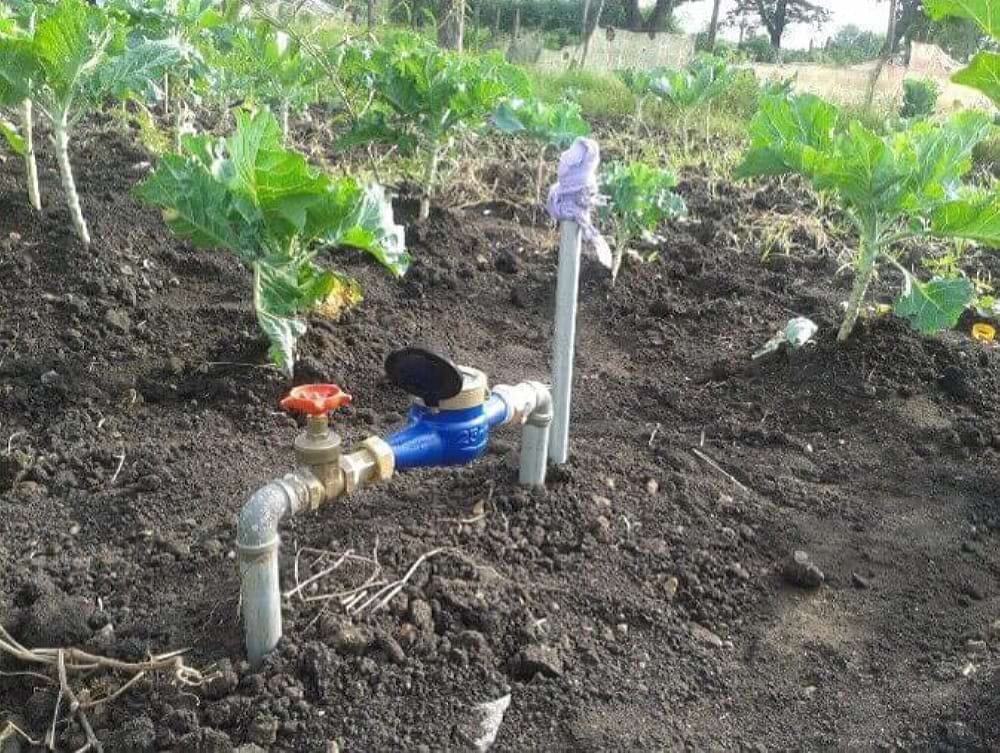
6. Fish farming
Children need food. Food costs money. By farming fish themselves, this need is partly met.
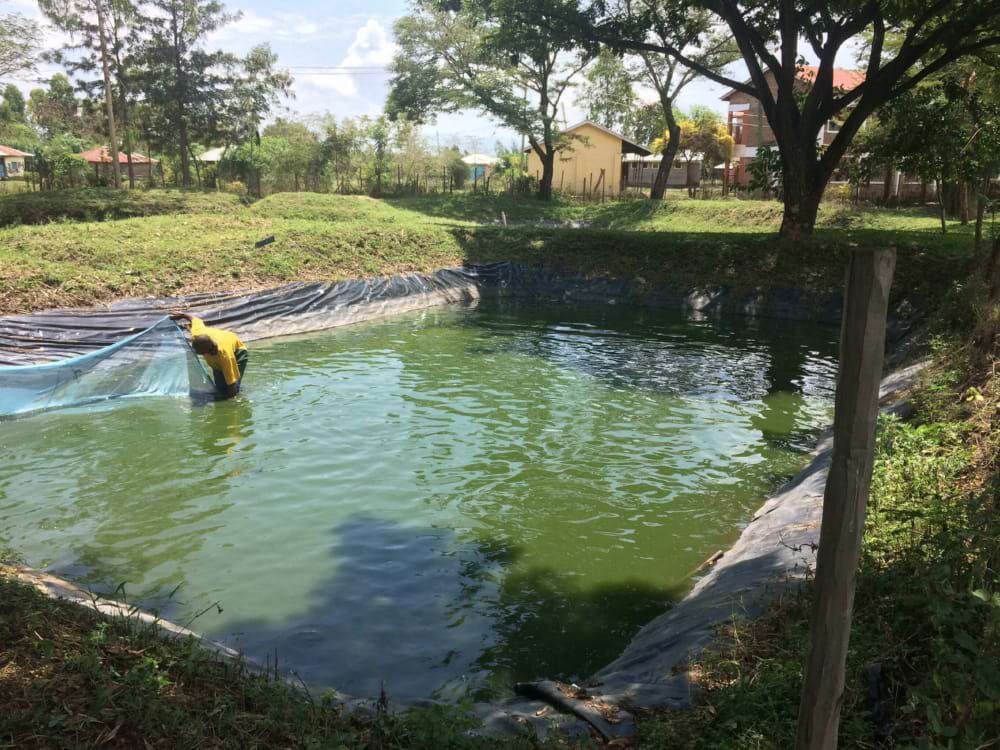
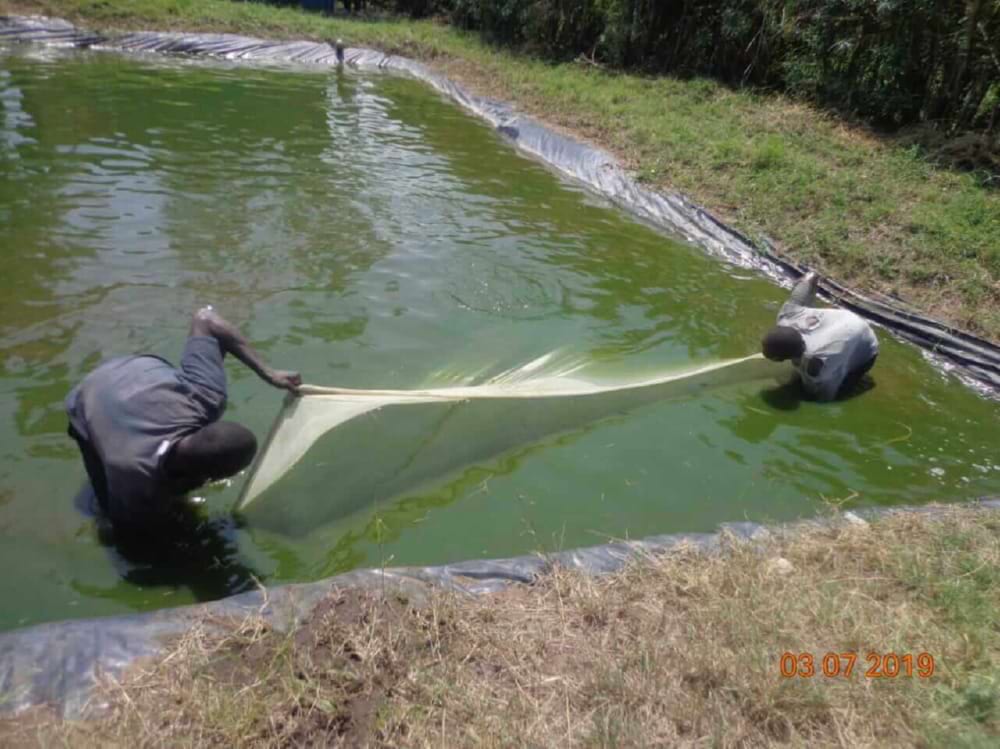
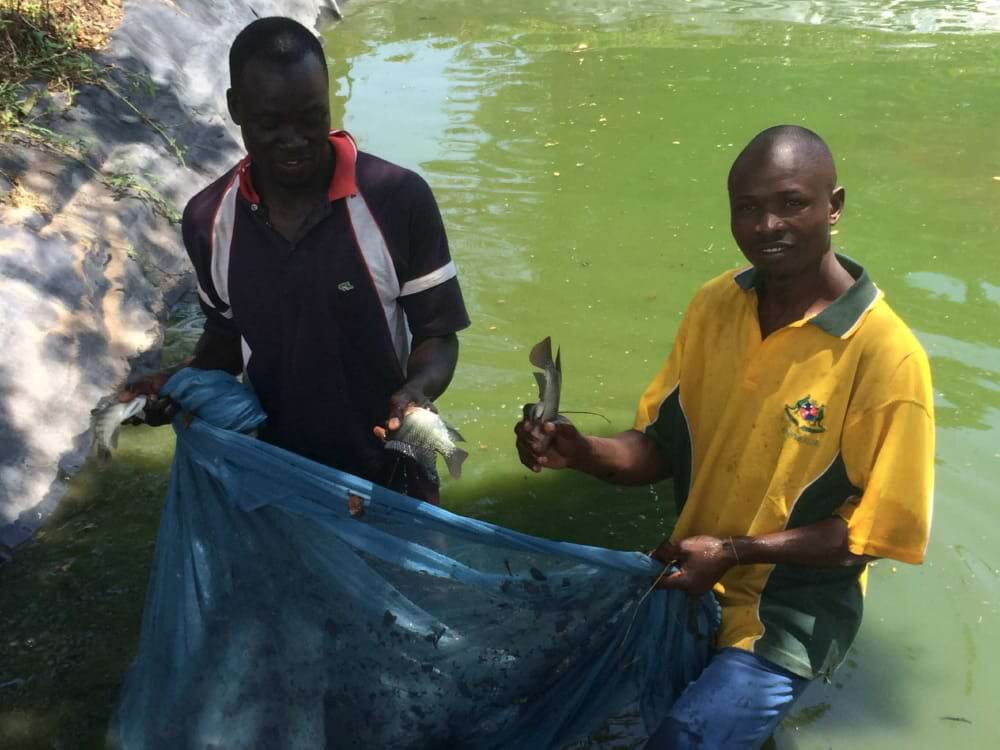
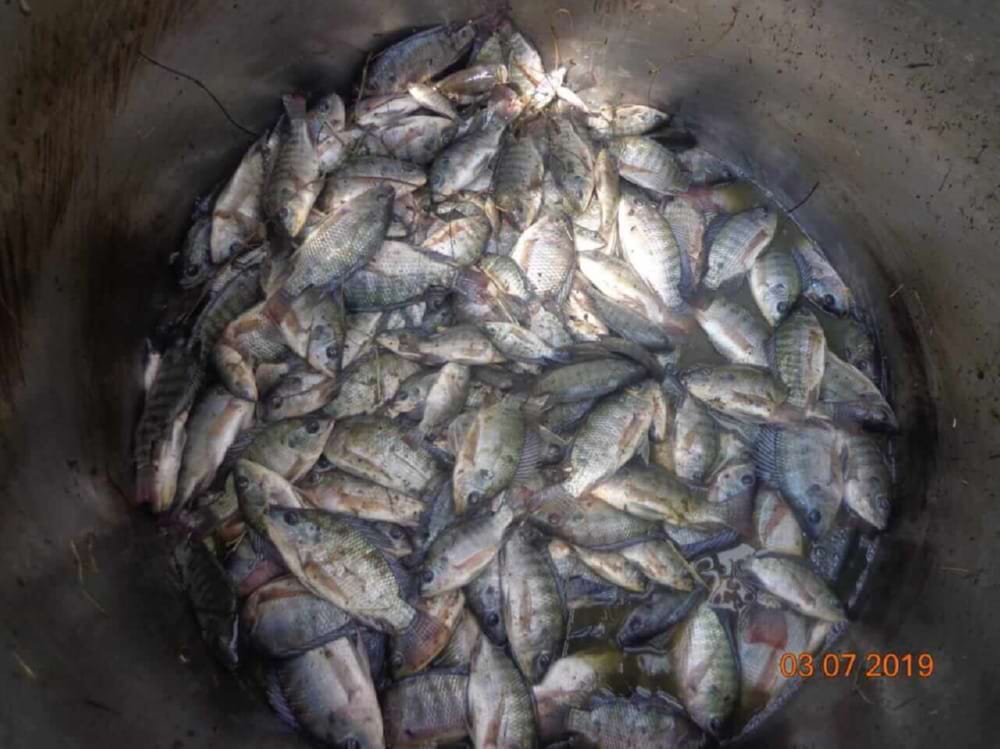
7. Emergency aid for floods
The Nyando River that flows through the area cannot always handle the water after prolonged heavy rains and sometimes overflows its banks. This is, of course, disastrous for the surrounding mud houses. We helped build some metal houses on a solid foundation.
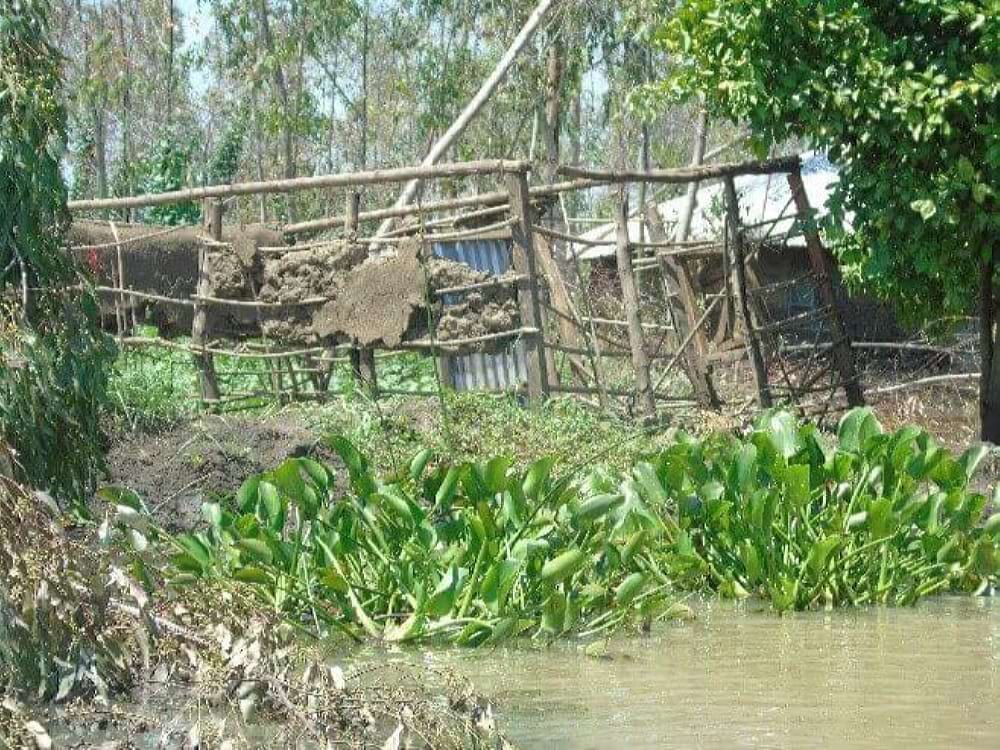
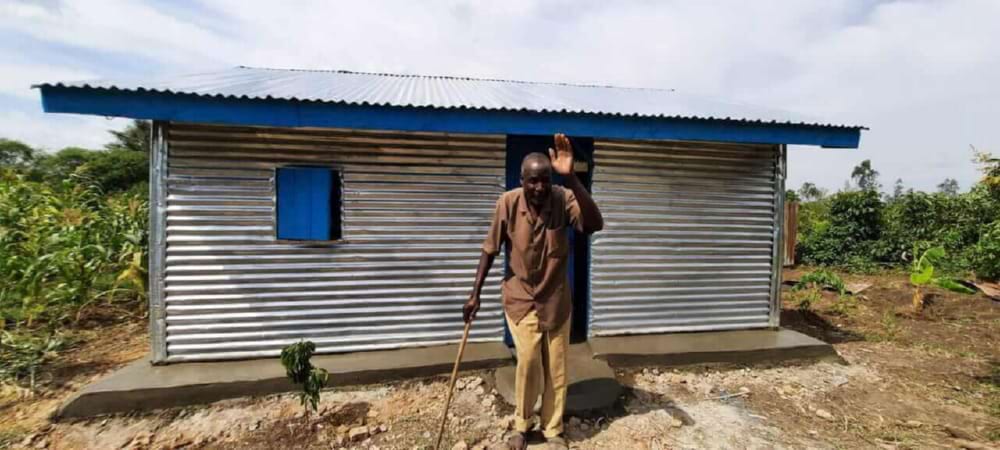
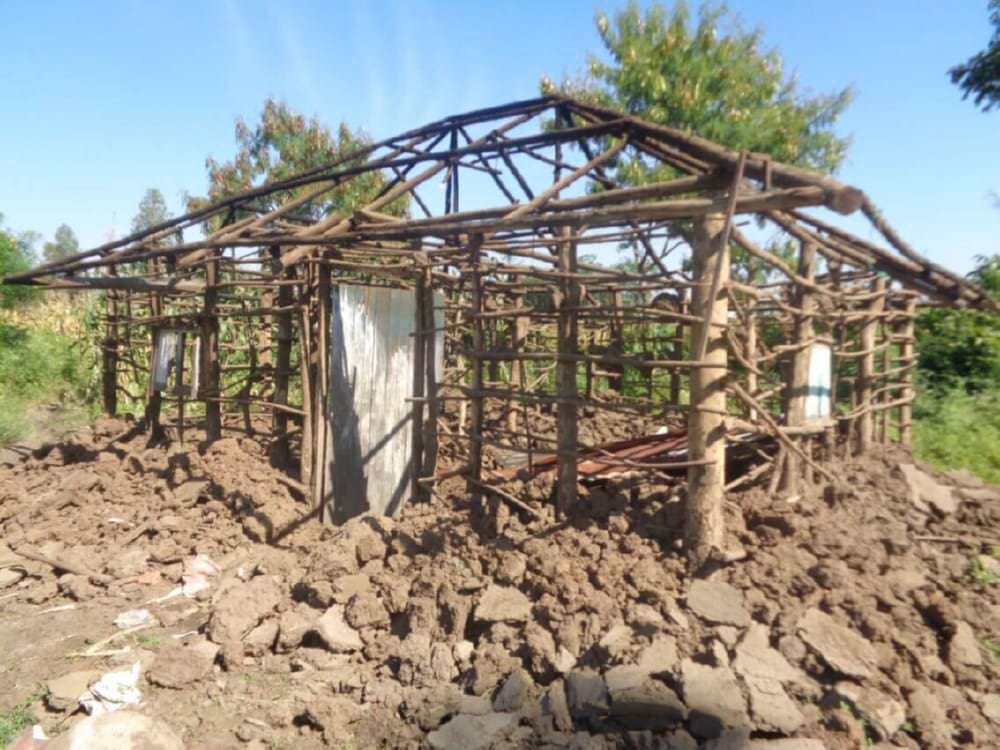
8. Widows programme
In addition to orphans, widows are the most vulnerable in African society. To help them build an income, a "Posho-Mill" was provided where grains can be ground into flour. Other widows, skilled in sewing, were provided with sewing machines.
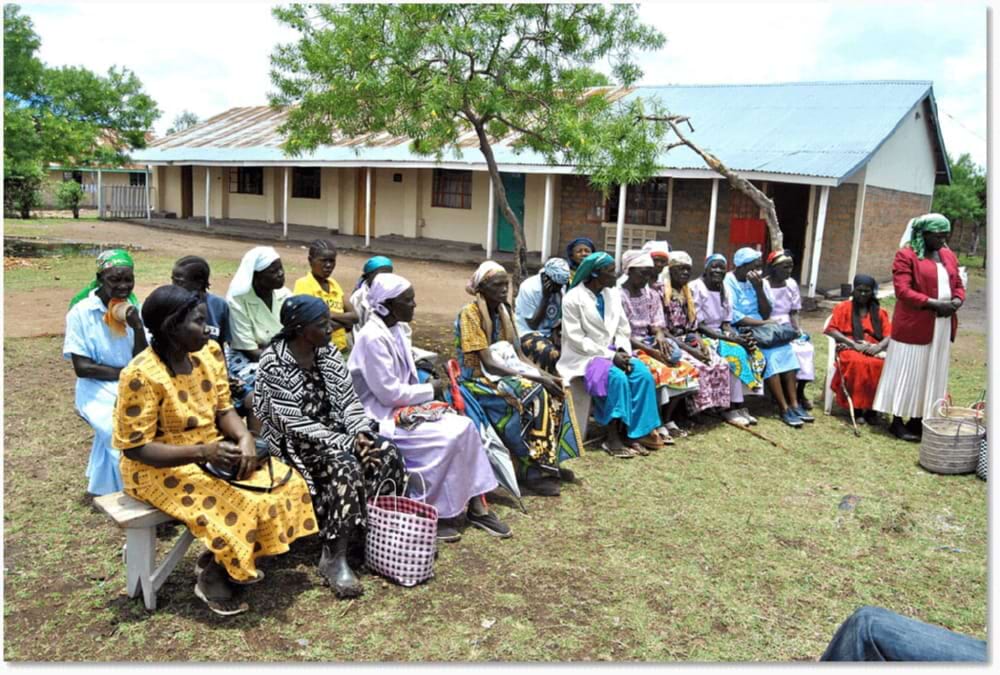
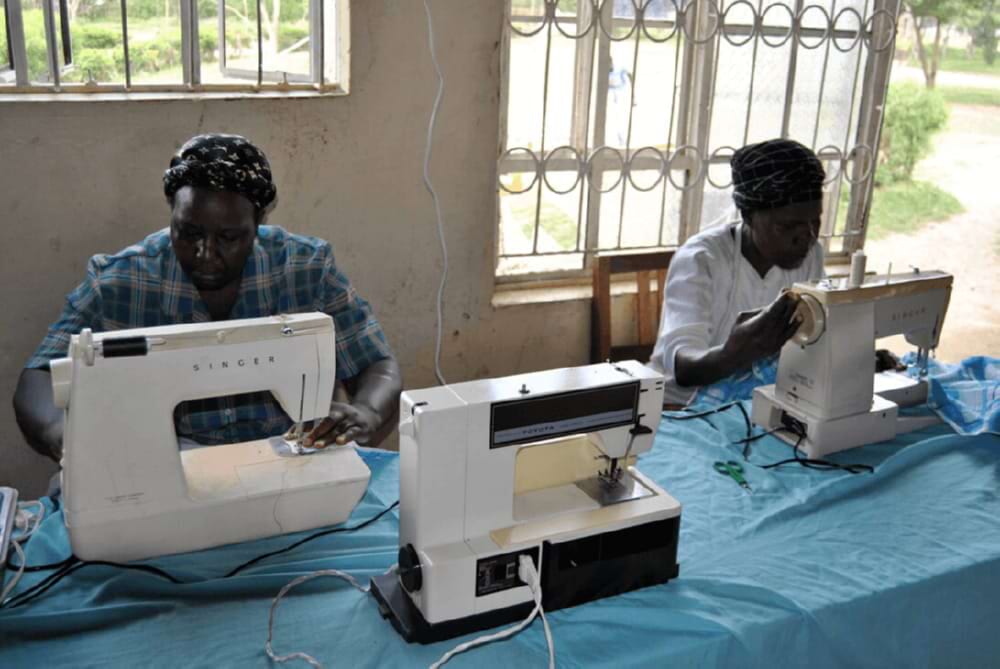
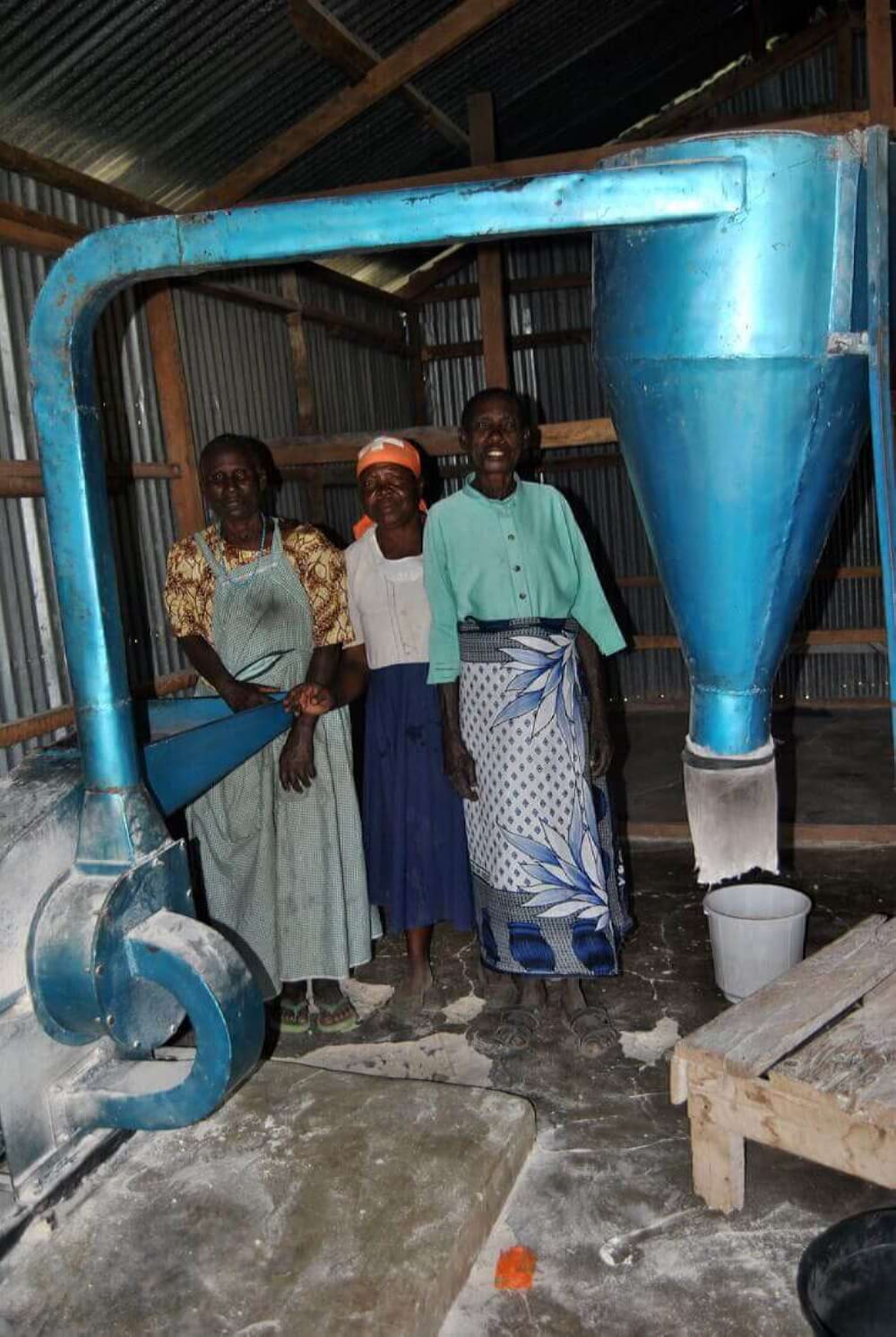
9. Water harvesting from gutters
Periods of rain alternate with months of drought. To bridge these, it is best to collect as much water as possible.
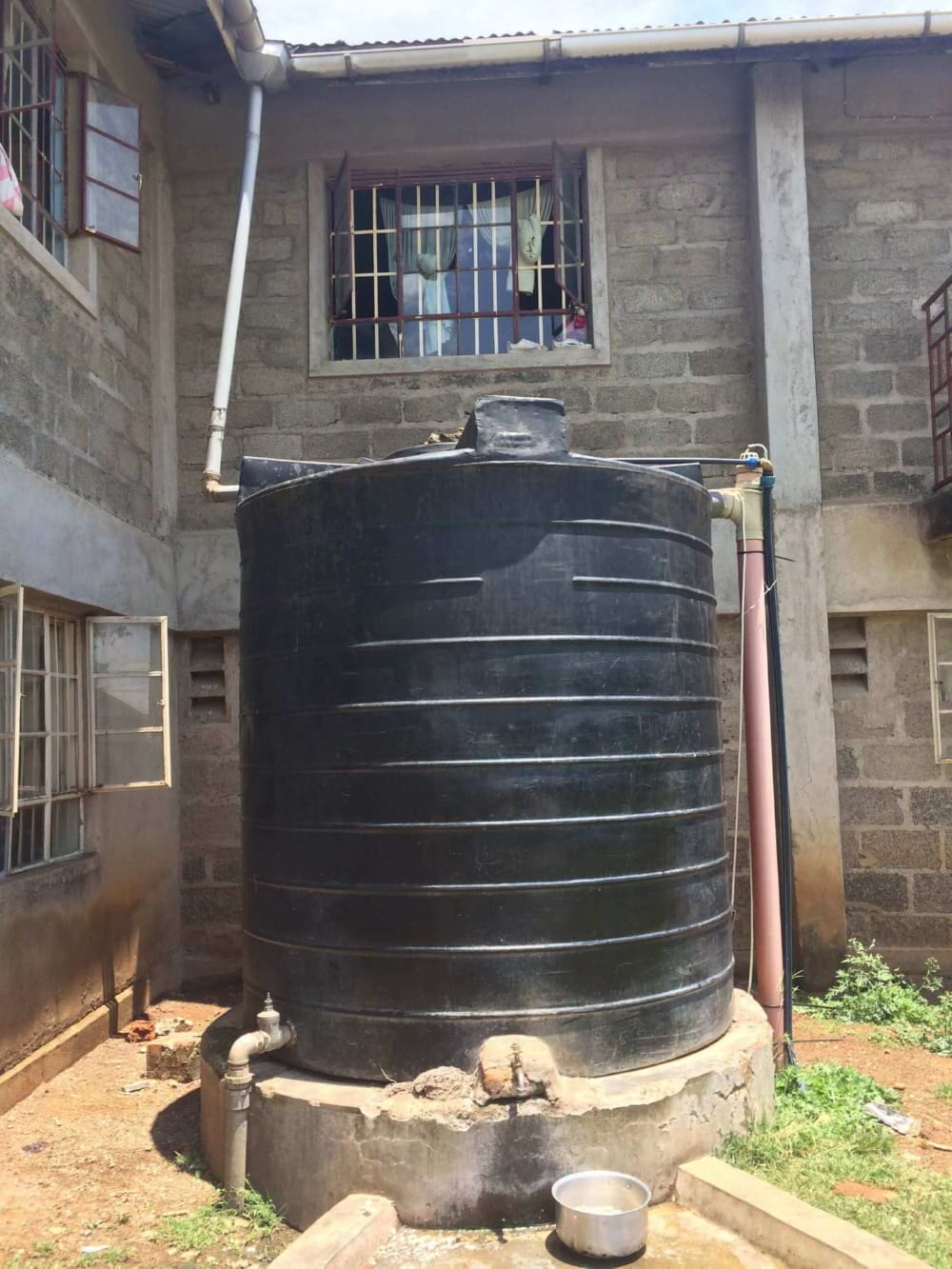
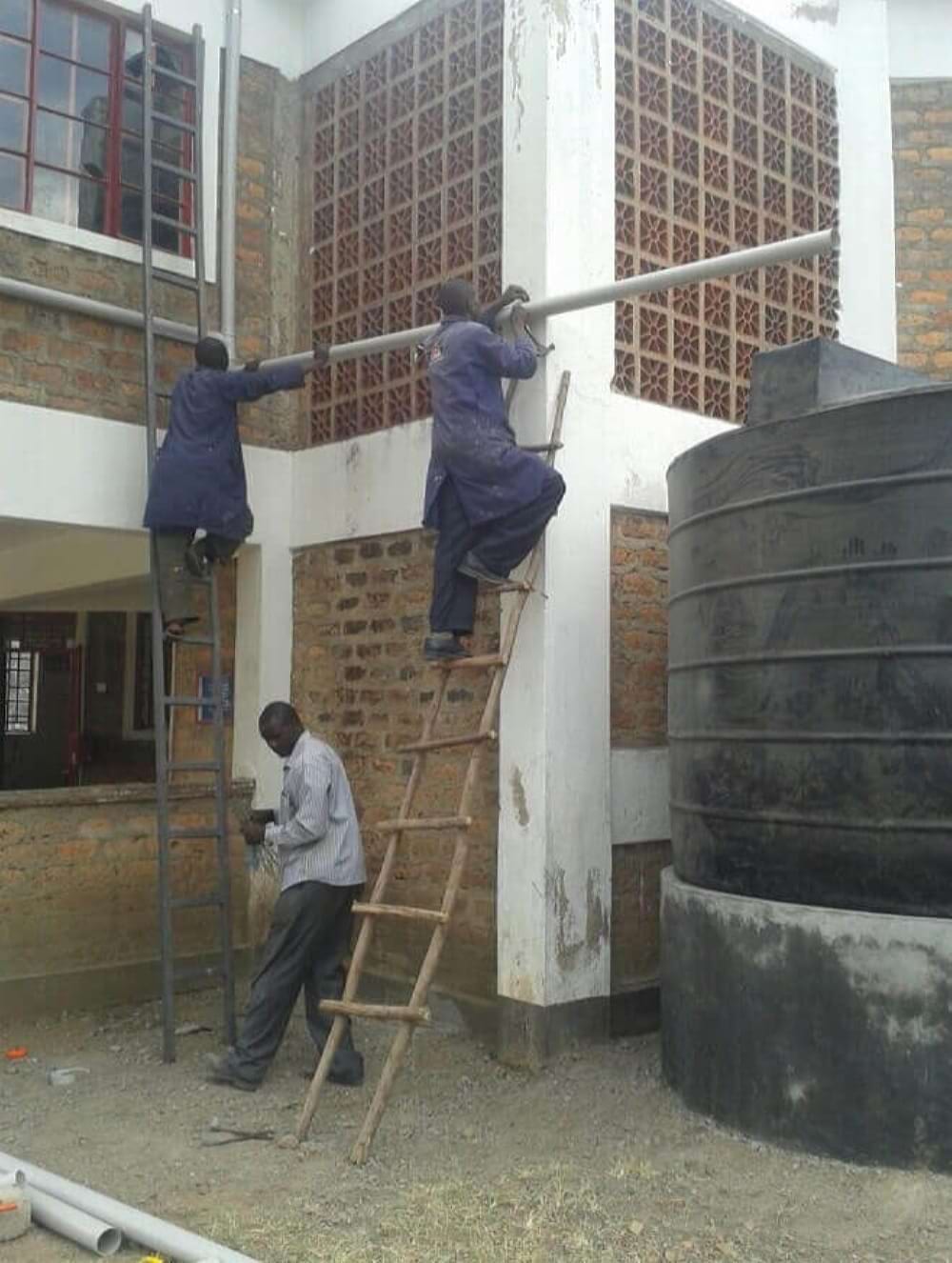
10. Planting trees
Did you know that trees attract rain and retain water longer on the earth's surface? Besides the fruits they produce, this is a double win.
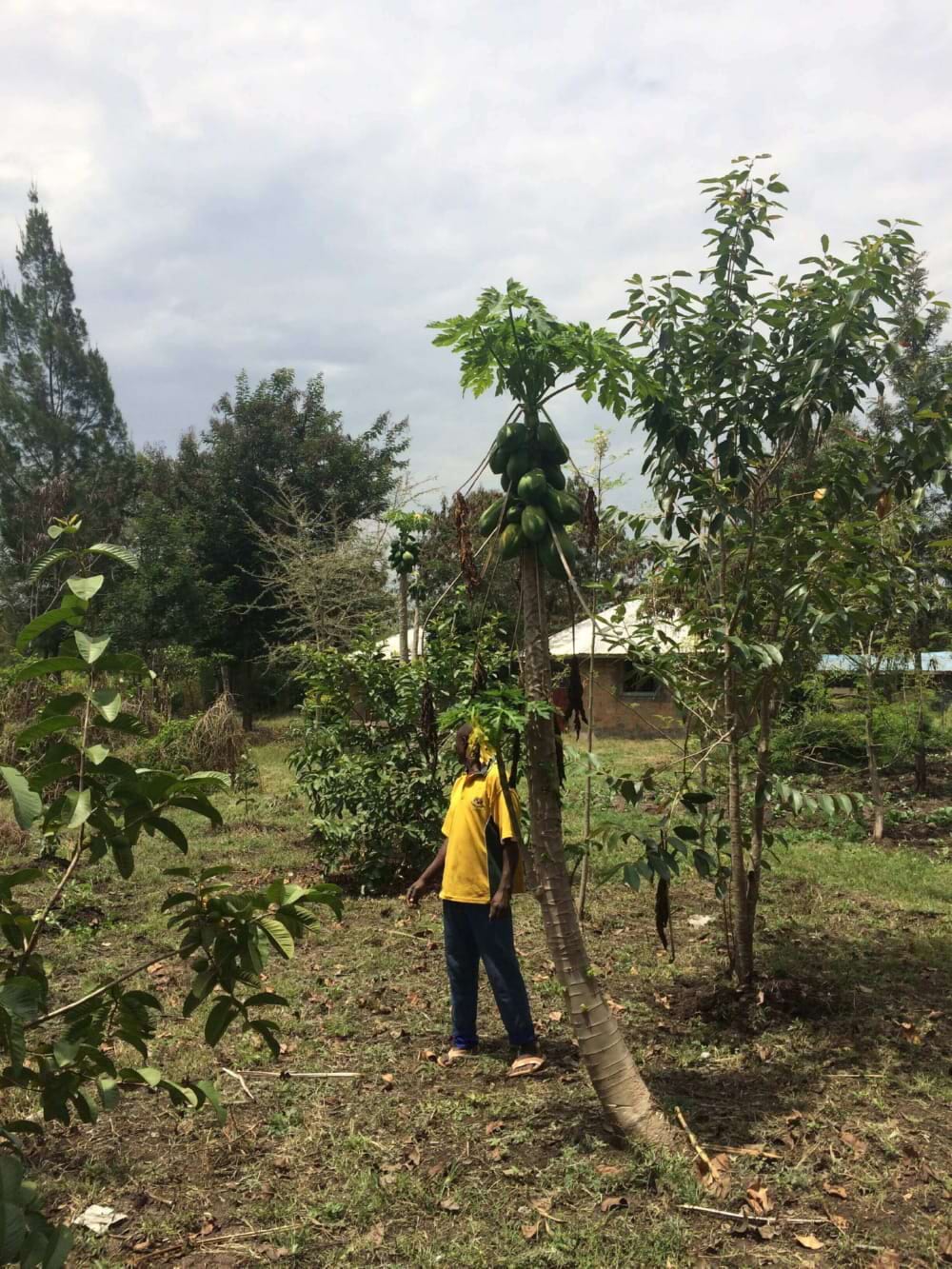
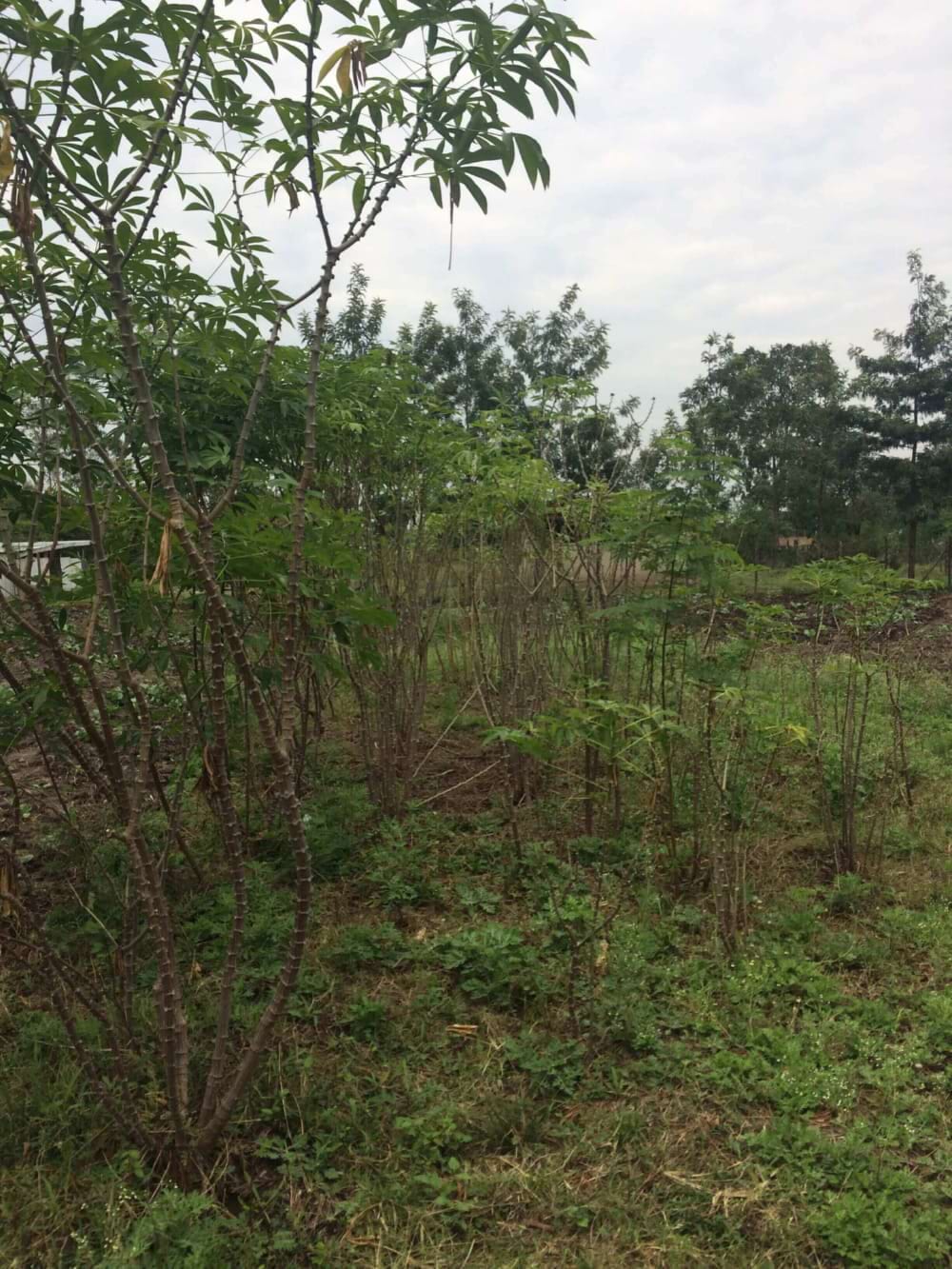
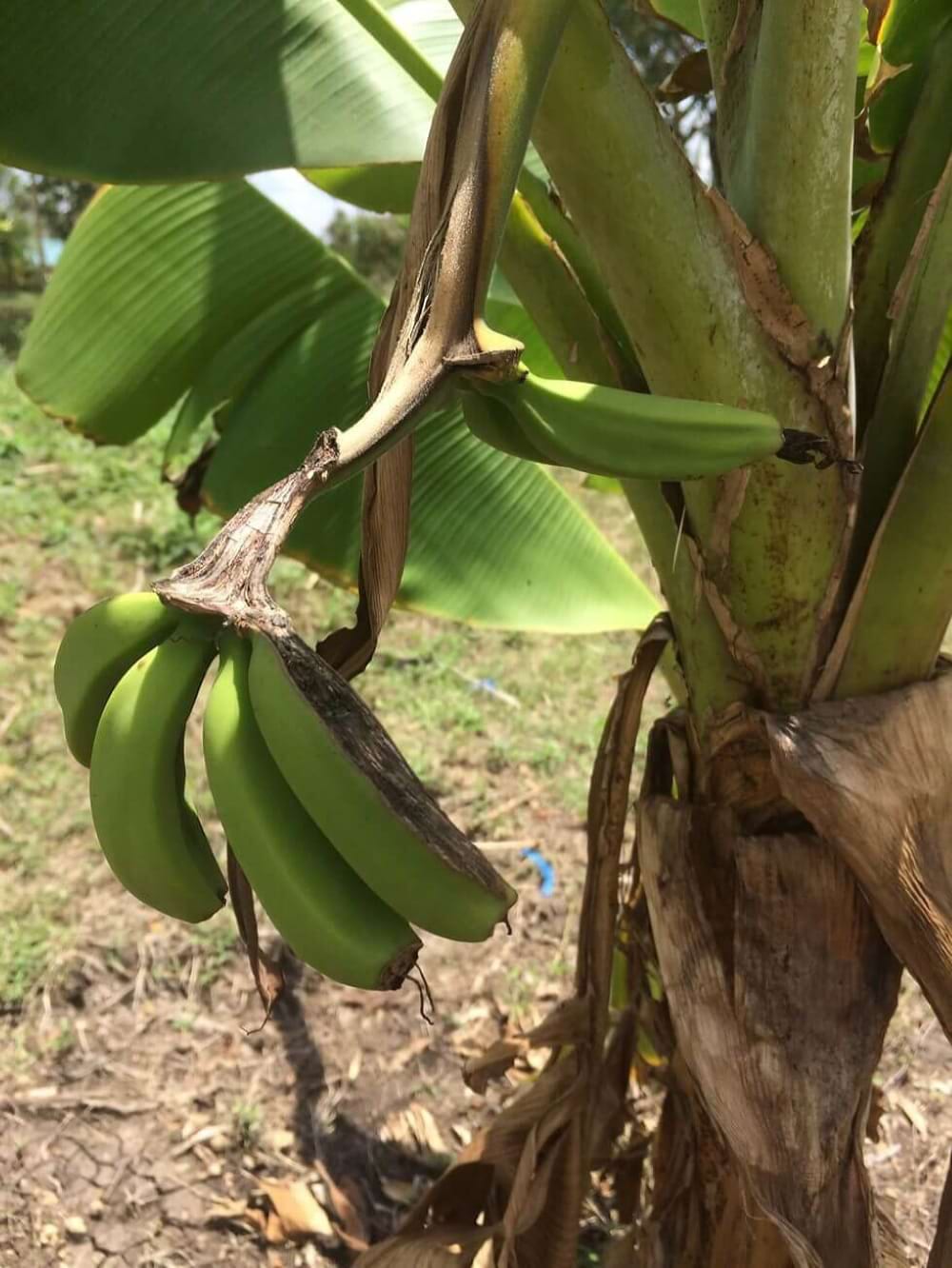
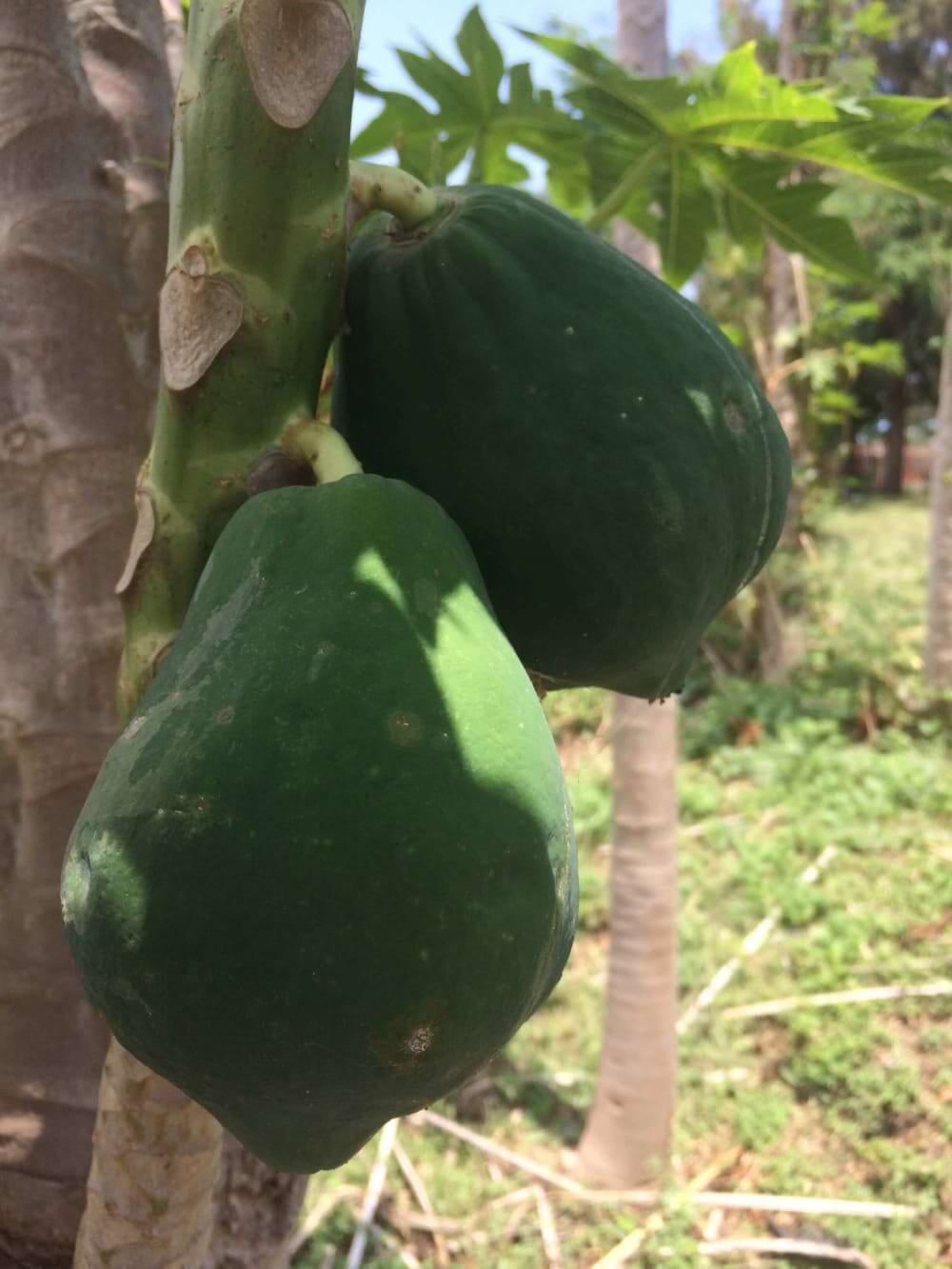
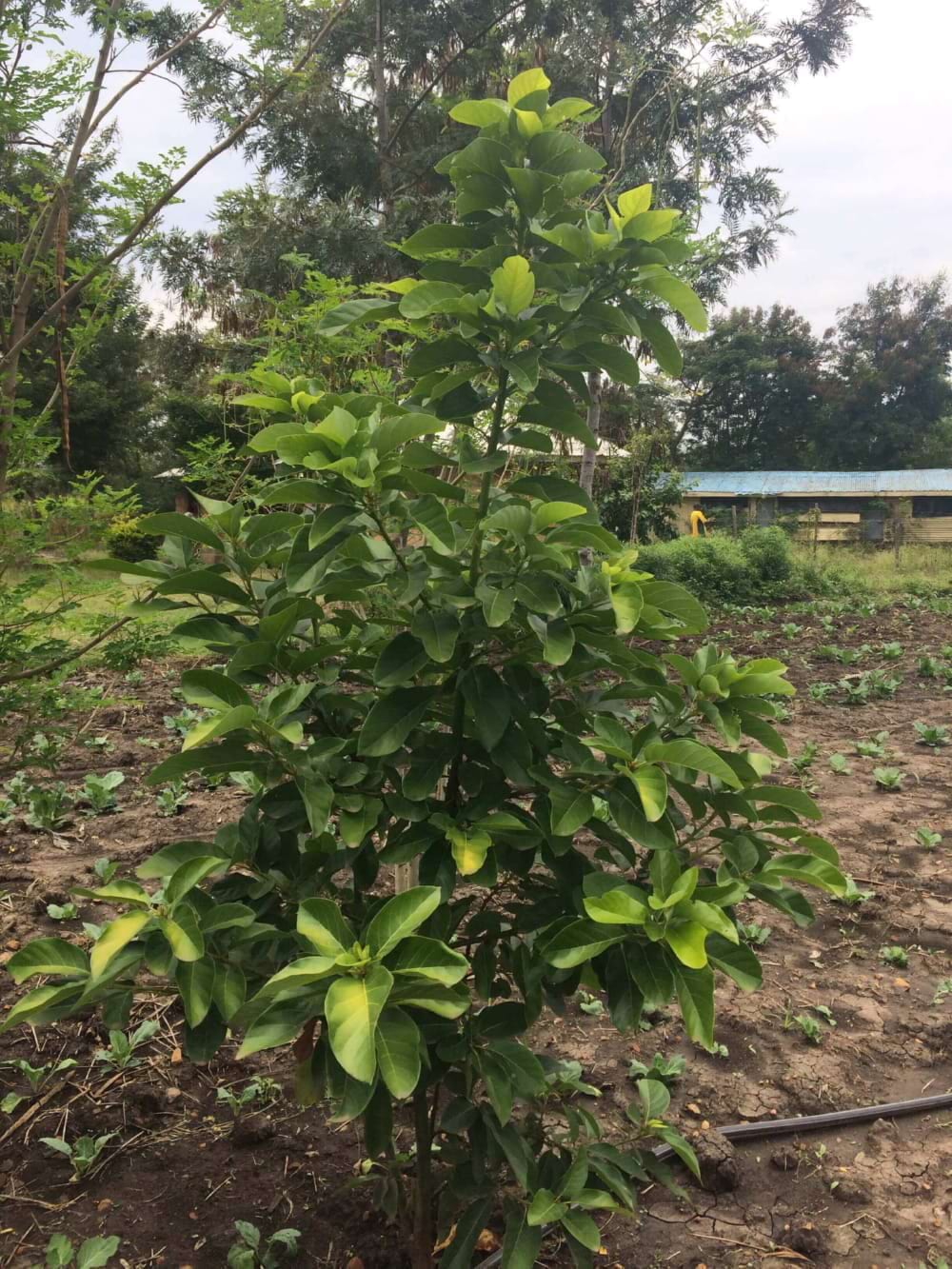
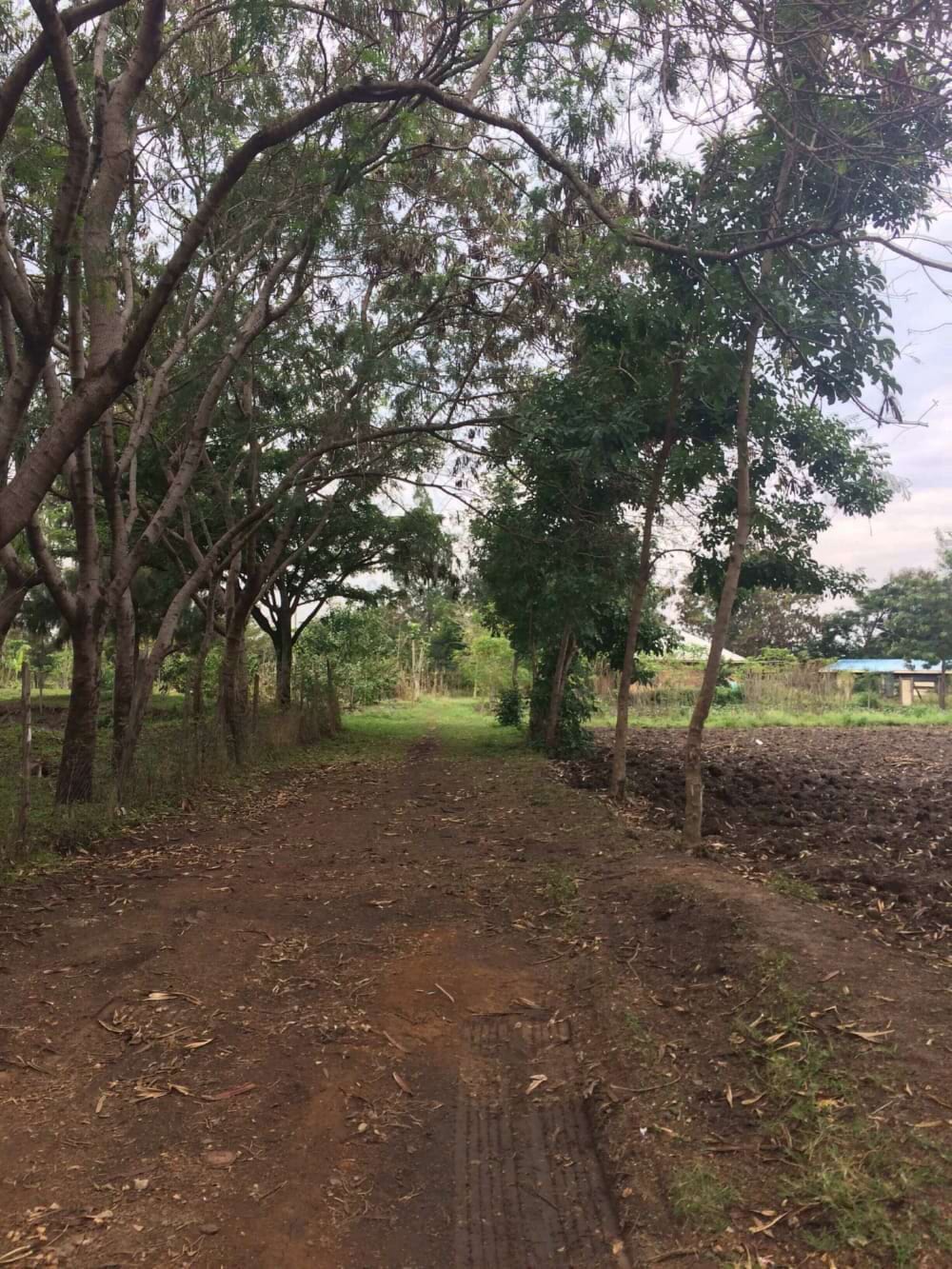
11. Creating sports fields
What is better than sports as relaxation for children? And it helps with personal development: working together and getting the best out of yourself.
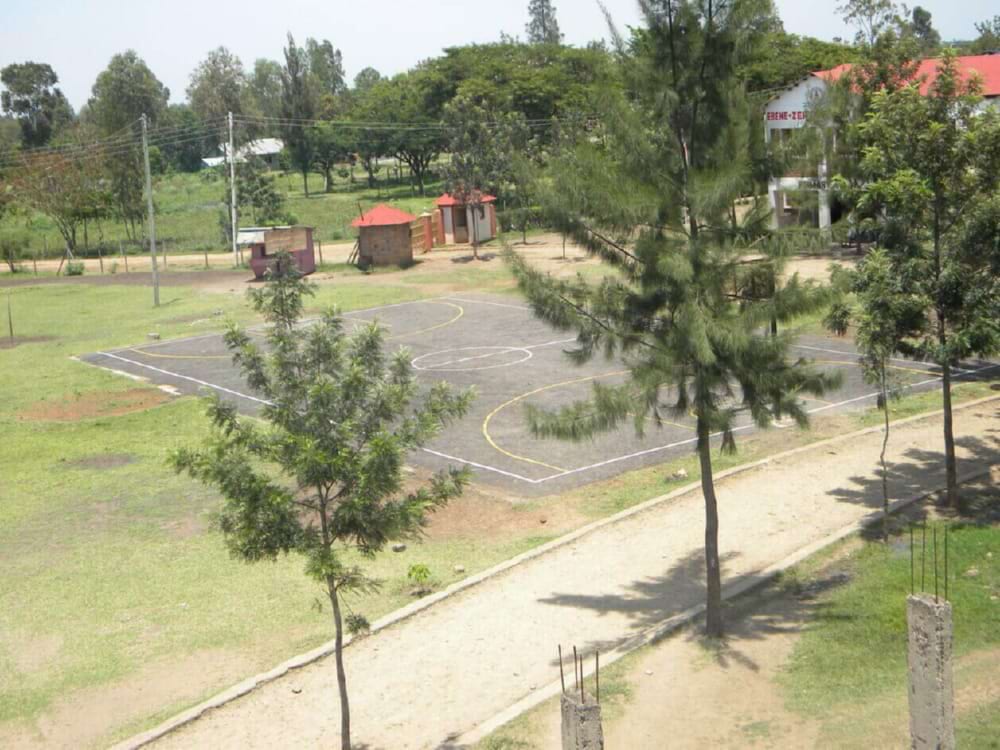
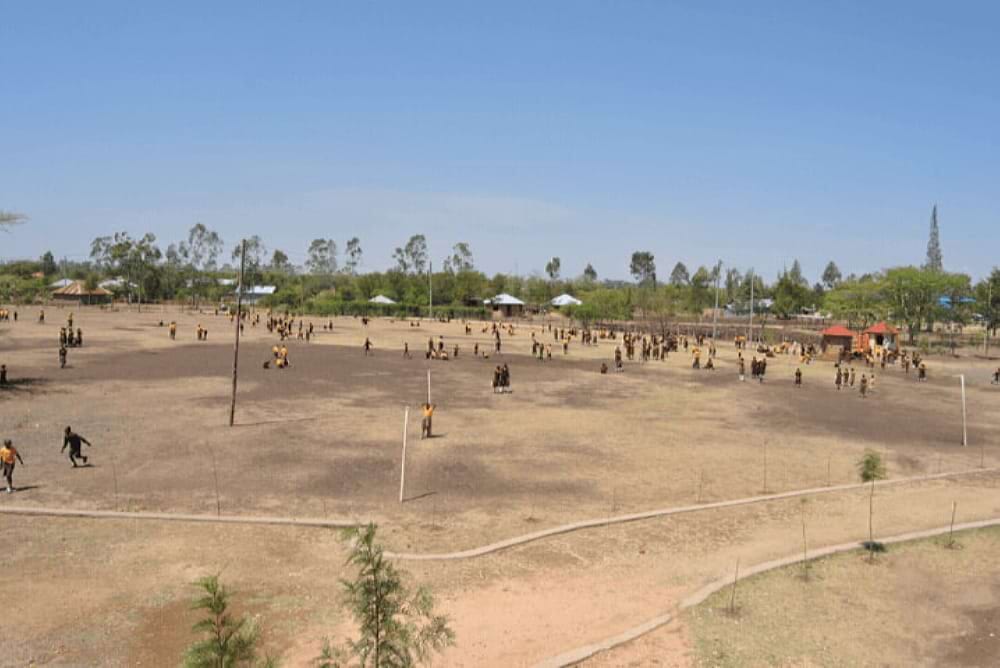
C. PRIMARY SCHOOL
1. Water from a borehole
A duplication of the previous story. A more distant primary school, children, need for water, so drilling for water is necessary!
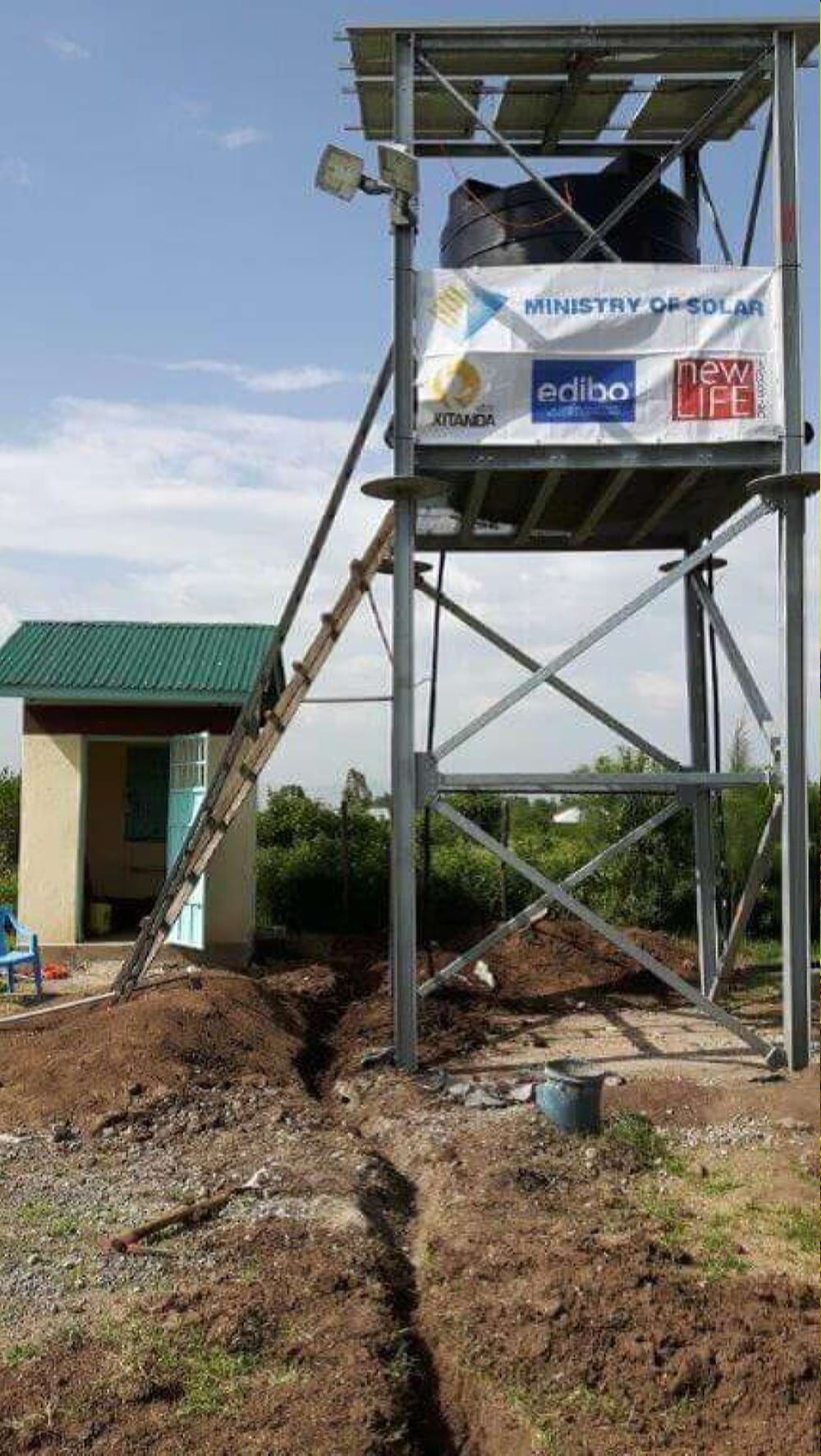
2. Sale of water from the borehole And here too, the water is sold to the neighbors at a market price. The issue is to be able to finance the maintenance of the well and pump.
3. Building a new school
The existing school was falling apart. A new school was built in collaboration with various partners.
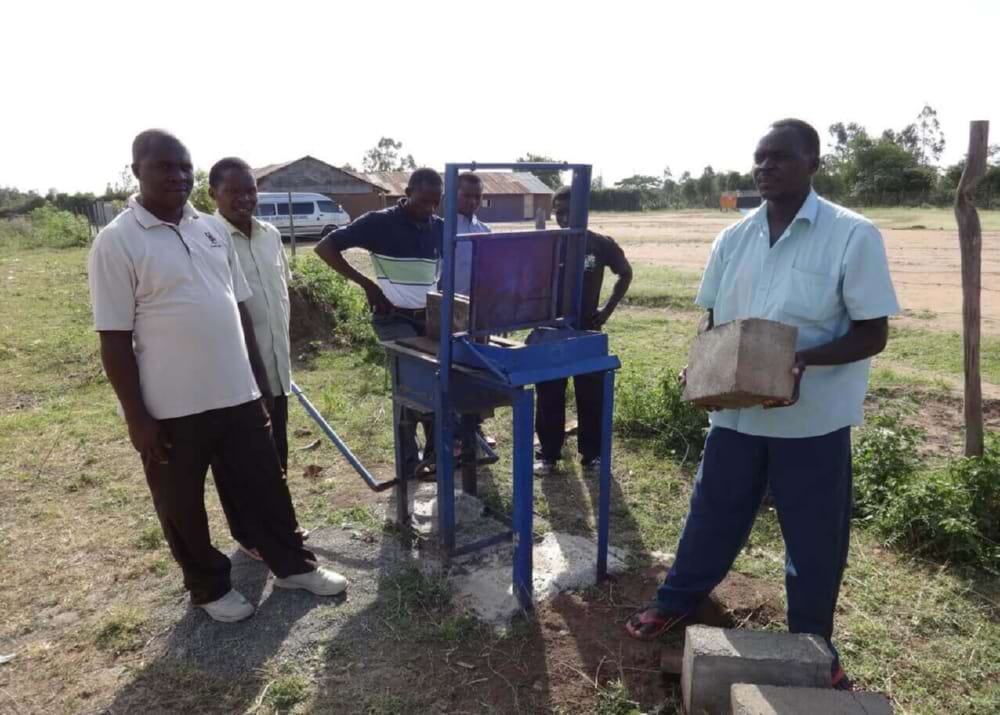
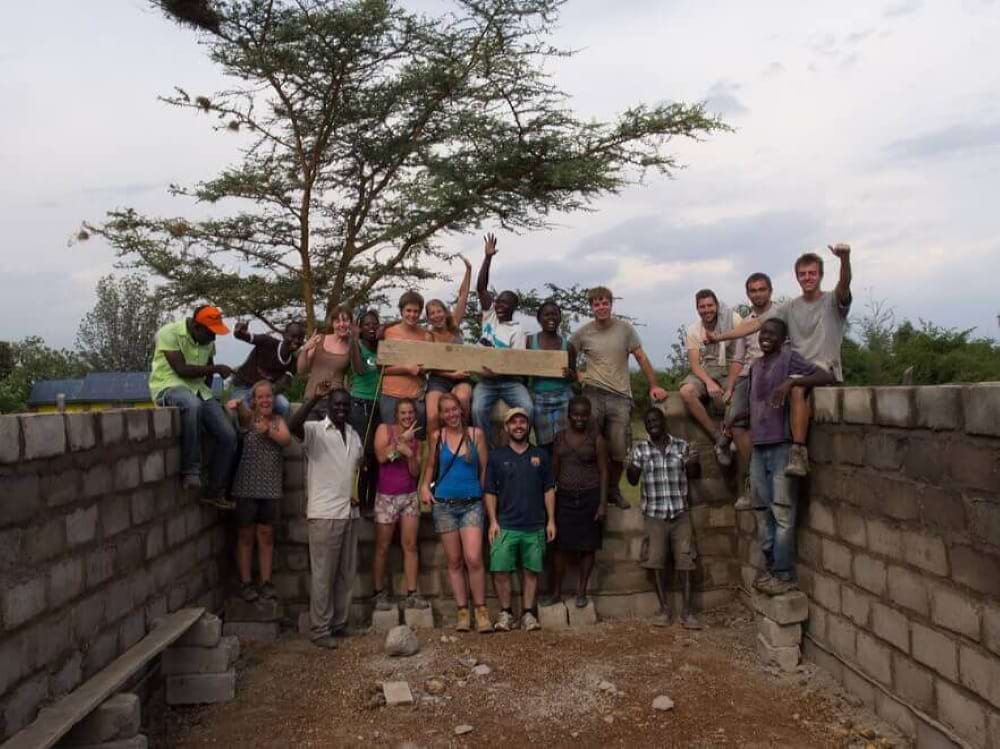
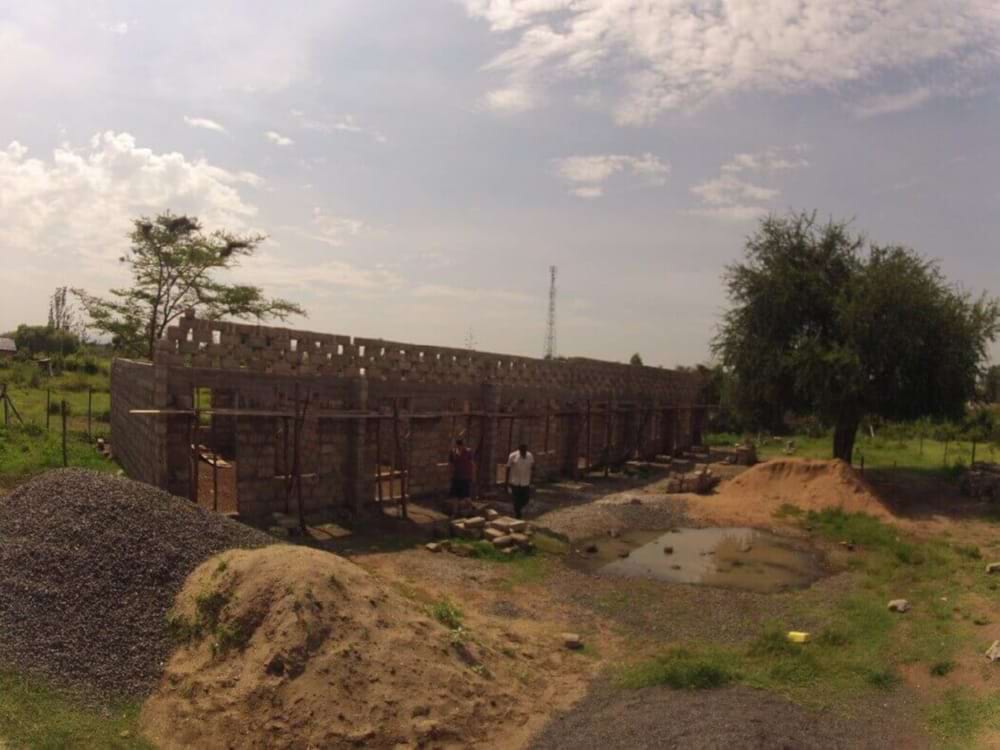
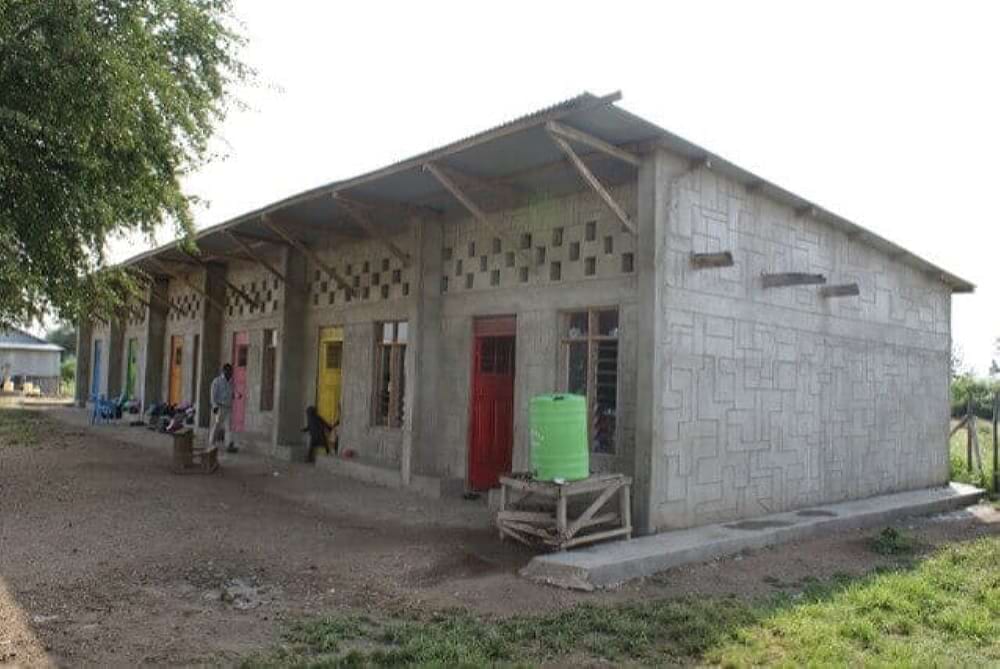
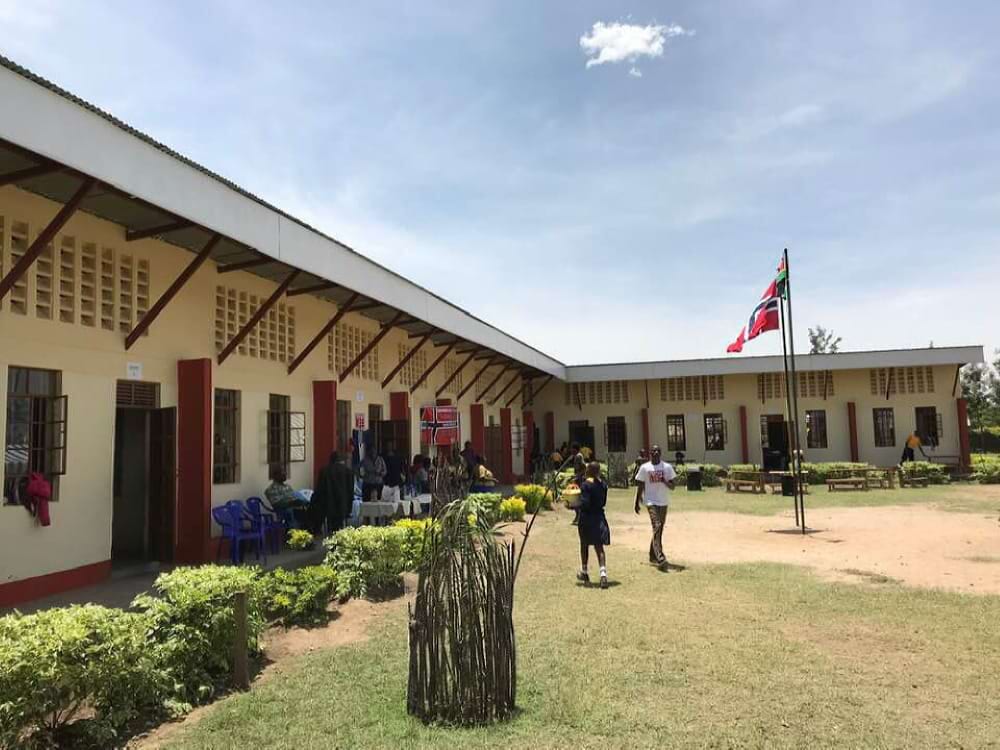
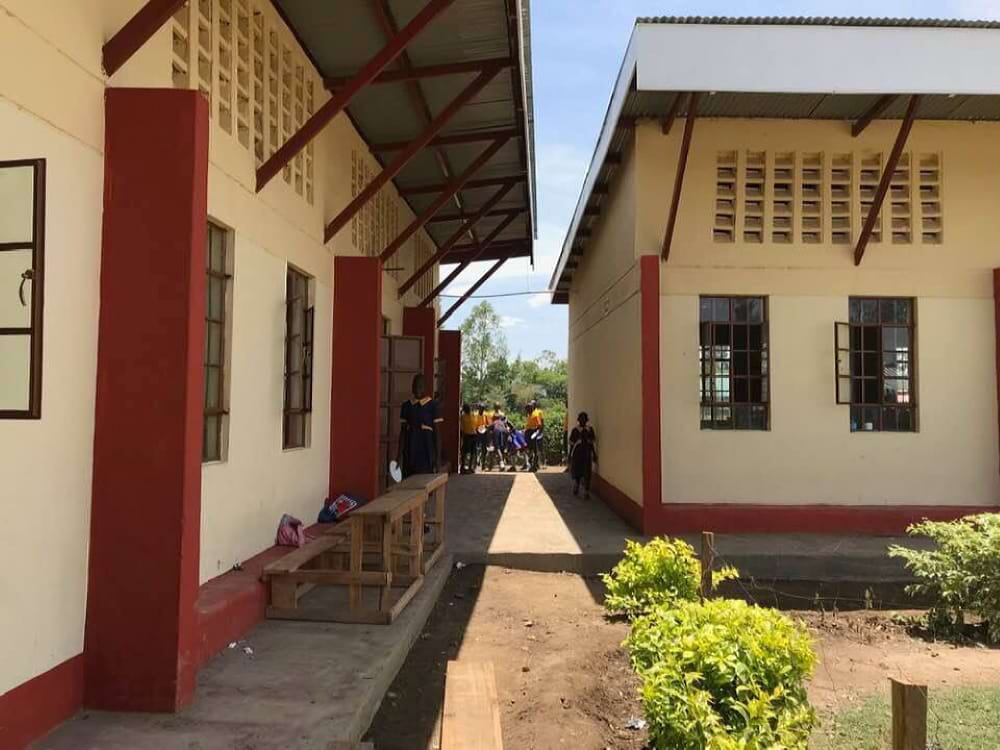
4. Water harvesting via gutters
And when it rains, you should ensure that you collect as much water as possible because the dry period is guaranteed to come.
5. Solar panels for the school and borehole
Here too, solar panels were provided by Ministry of Solar from Ruiselede, Belgium.
D. SHELTER- AND REHABILITATION HOME
1. Water from a borehole
The rehabilitation house has been the salvation for hundreds of street children in the area. To survive on the street, different norms are often applied. Here they learned that it could and had to be different. Water was also provided for them.
2. Water harvesting from gutters
And here too, water is harvested and collected.
3. Sanitation (toilets and showers)
The children could choose where they wanted the toilets and showers. And they dug the trenches themselves to lay the water pipes!
4. Fish farming
Here too, a duplication of the successful fish farming from the previous project.
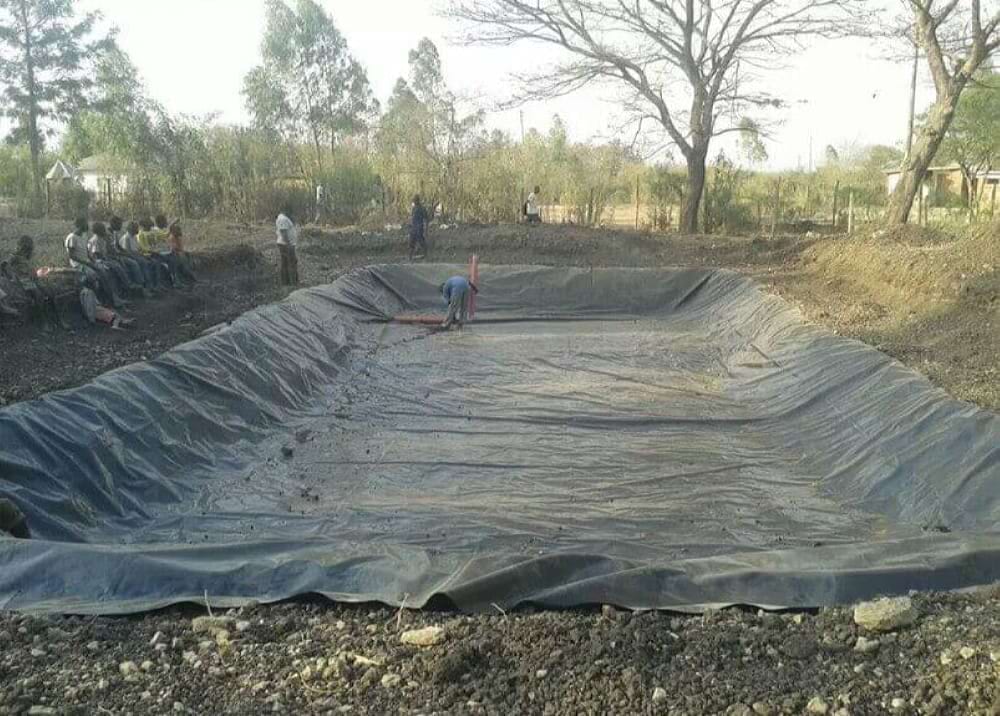
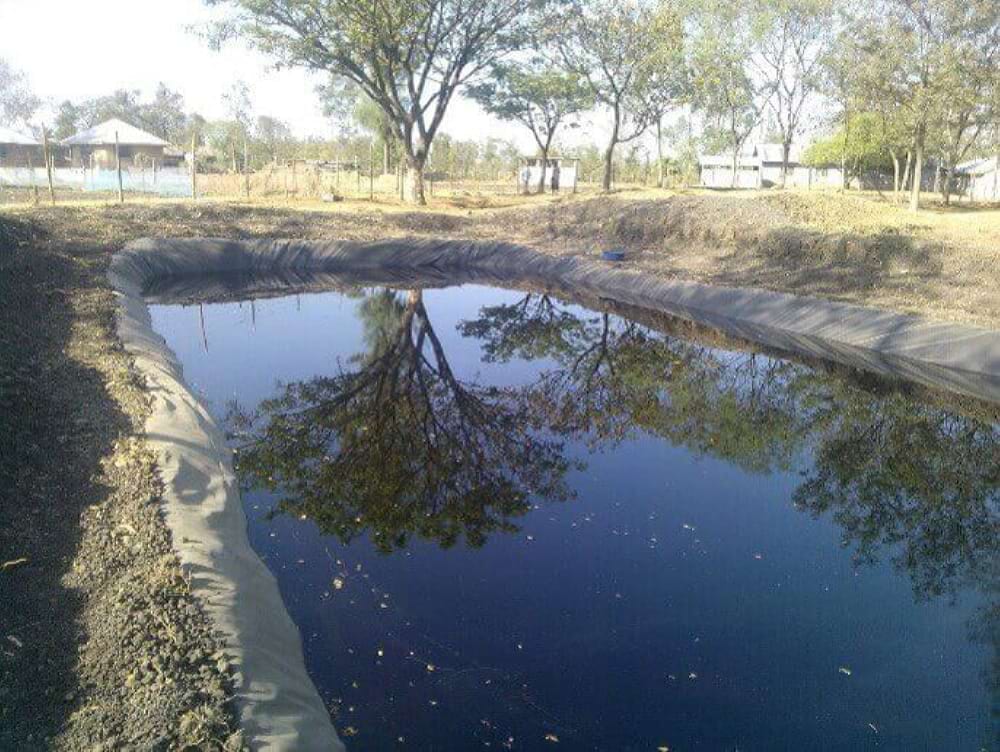
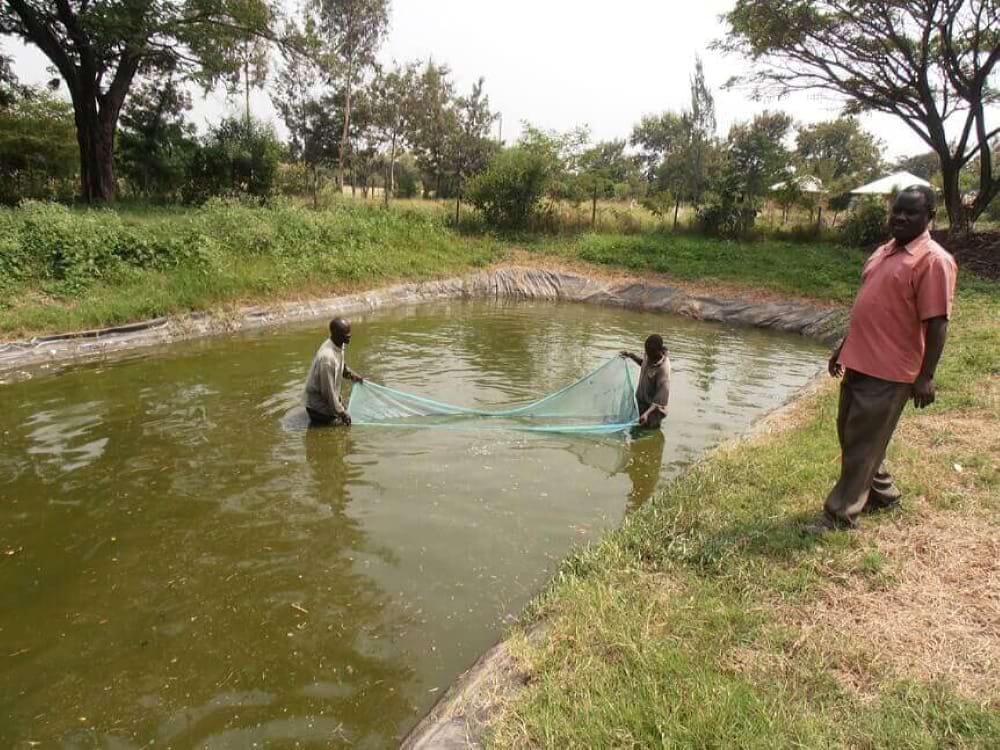
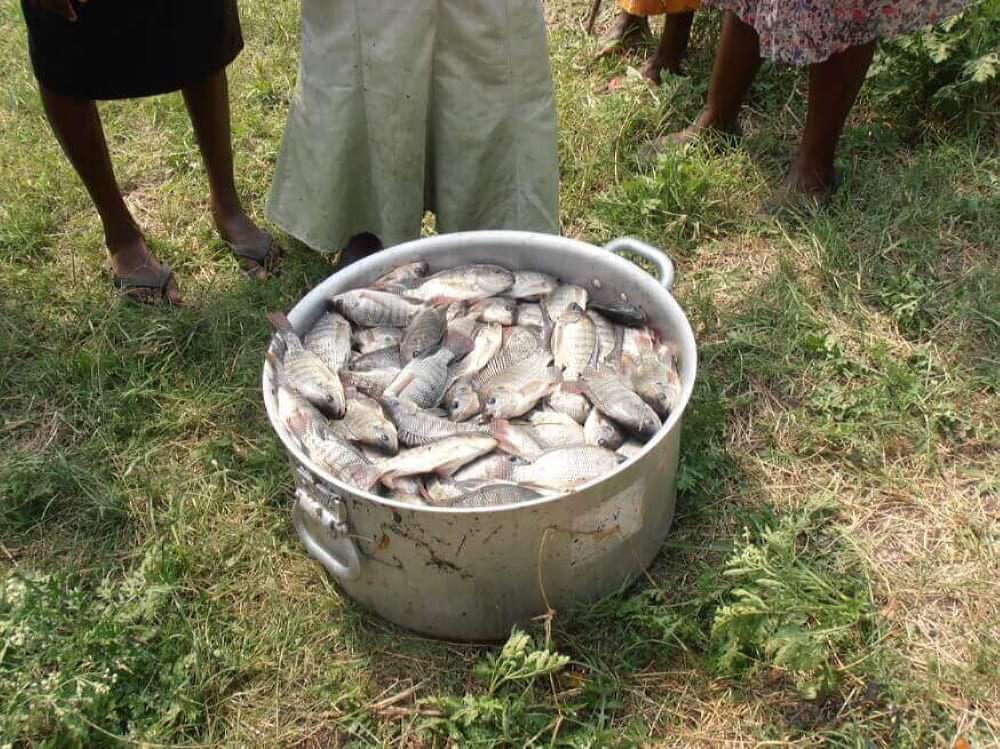
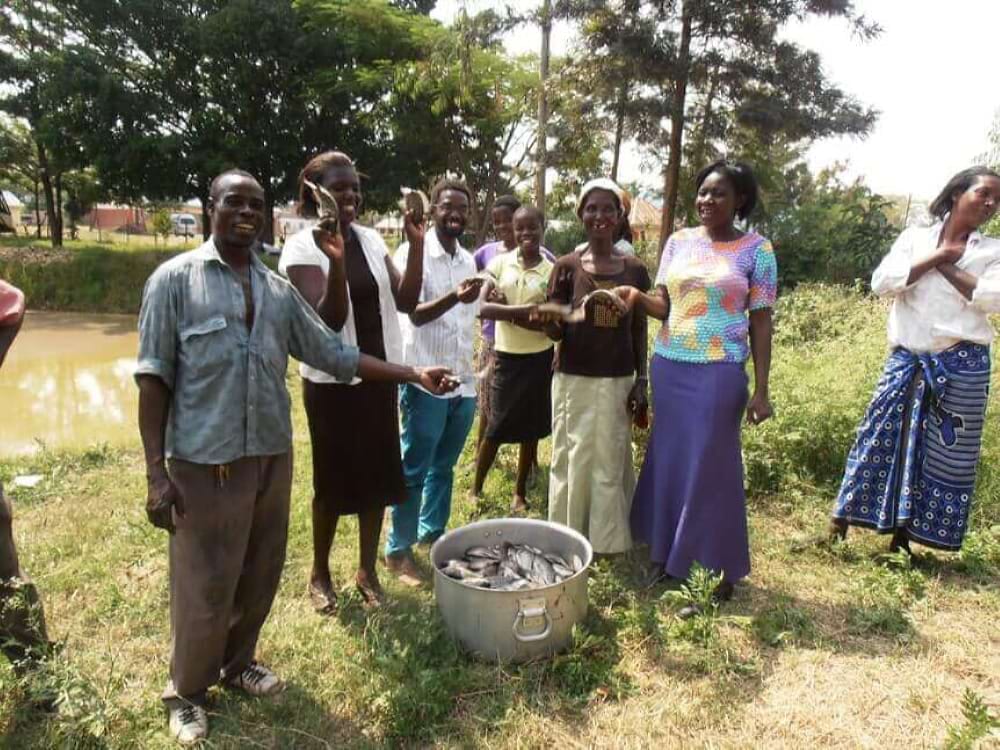
5. Creating sports fields
Relaxation is part of it, and sports is the ideal remedy for that!
Mombasa
Support orphanage
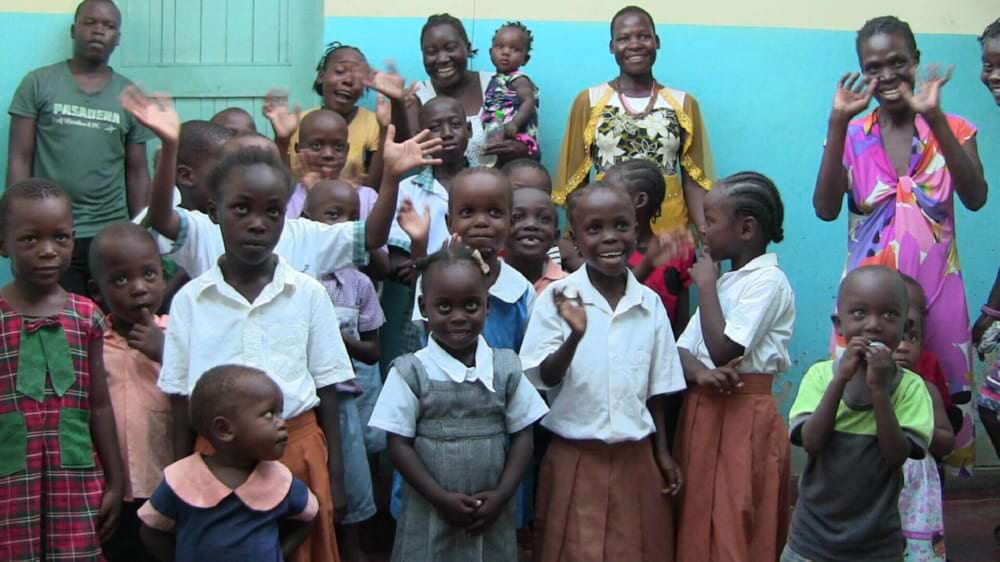
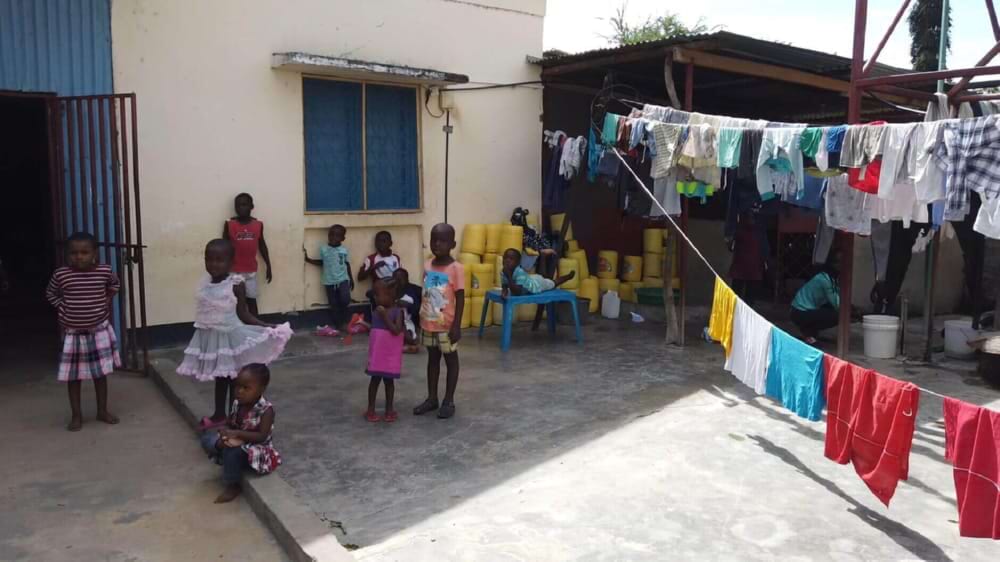
Wurin Alheri
Building a water dam
There used to be a dam on the Du River, which runs next to Wurin Alheri. It was demolished to allow for tin mining, with the promise of rebuilding it later. However, the reconstruction never materialized, so KITANDA stepped in to help. The resulting body of water has not dried up, allowing for multiple harvests per year on several hectares. Fish are also farmed for consumption in a fishpond dug alongside it. This project is supported by our dedicated West Flanders Province.
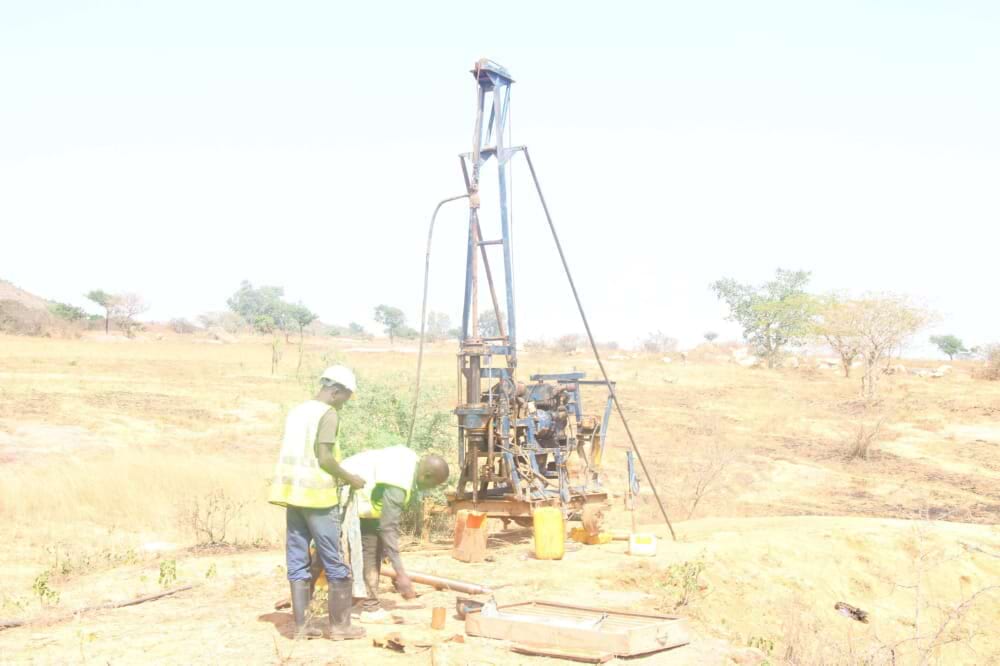
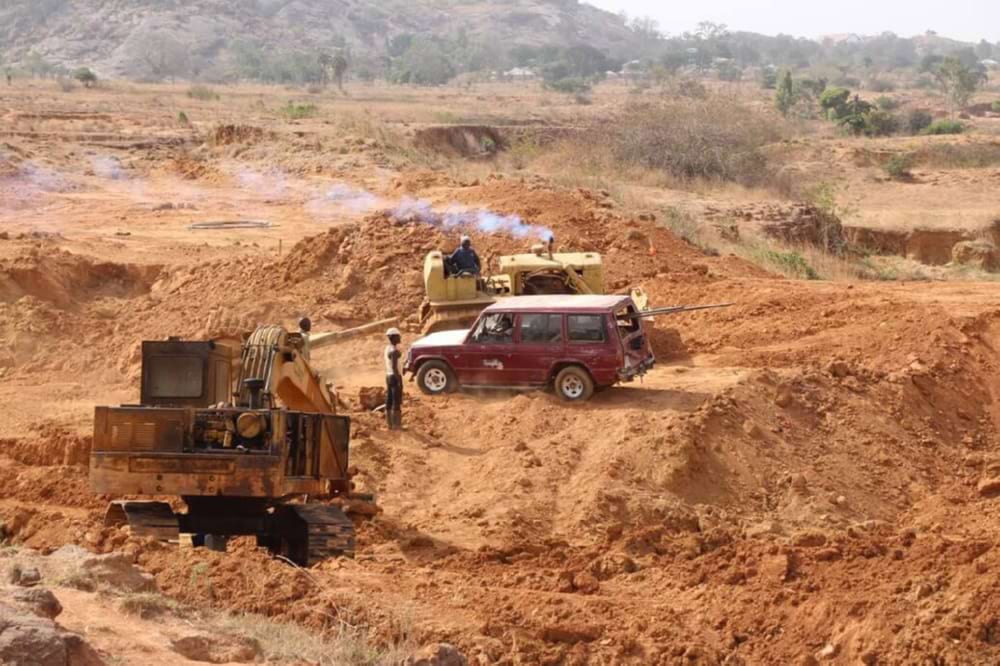
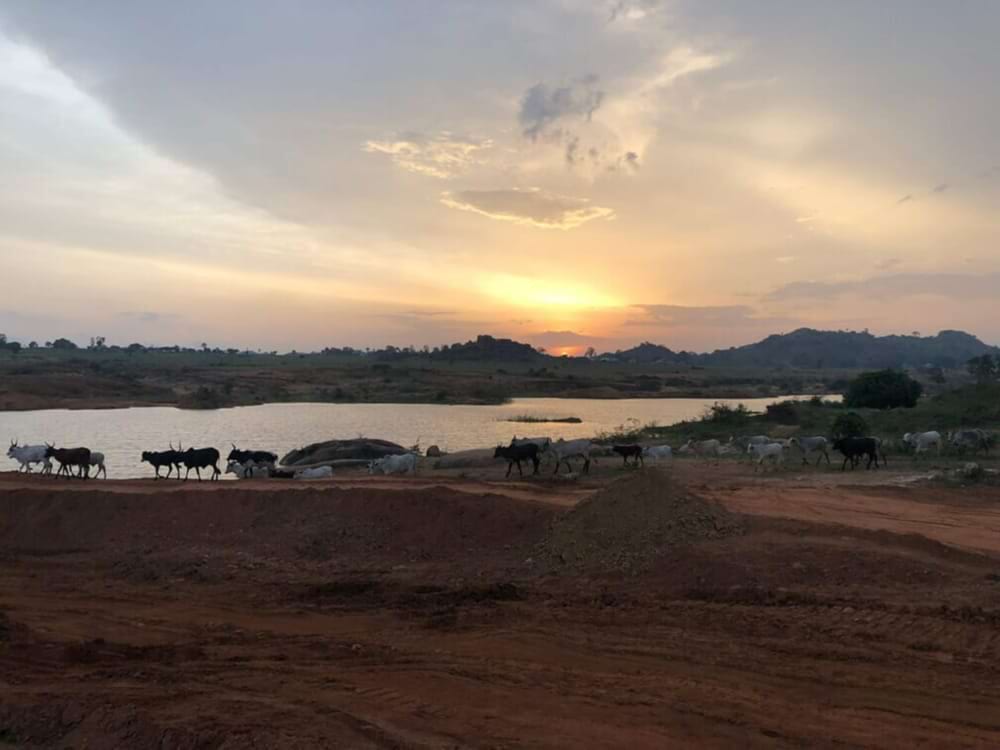
New school
With the care of hundreds of orphans, the need for education and classrooms naturally arose. A new school with two 14-room classrooms was built on the Wurin Alheri site. This project was supported by our dedicated West Flanders Province.
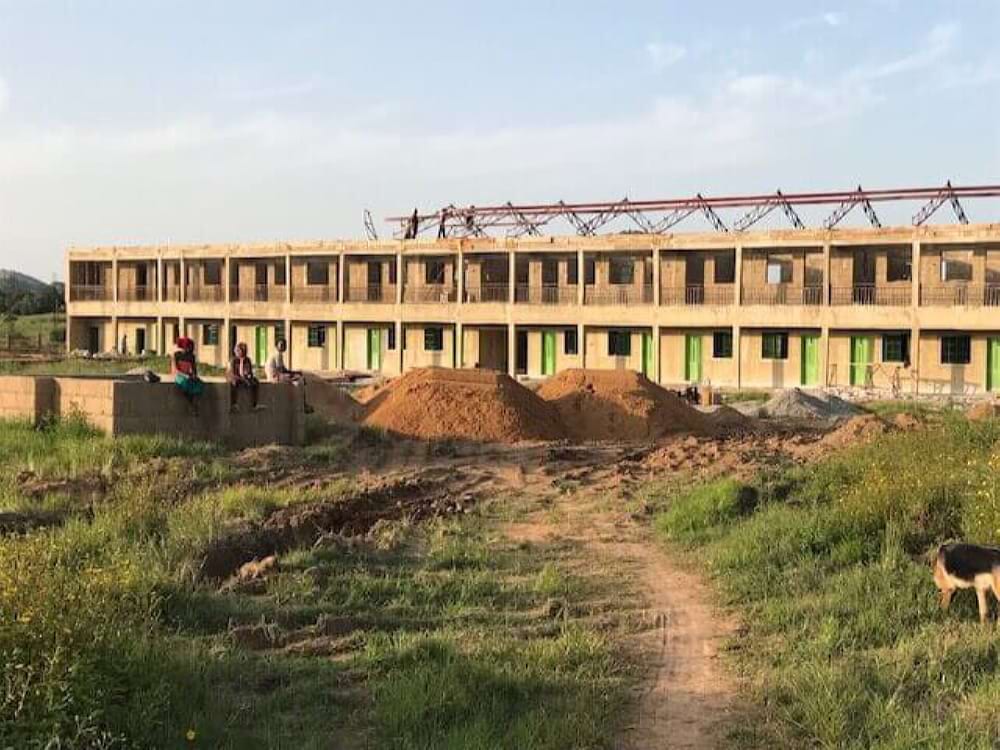
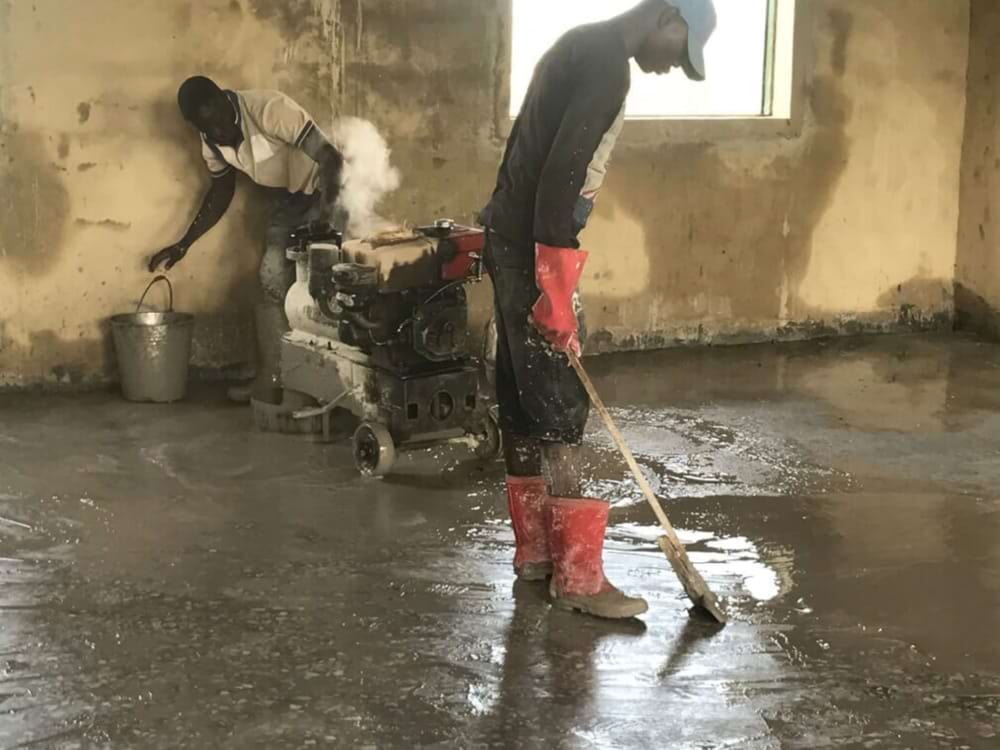
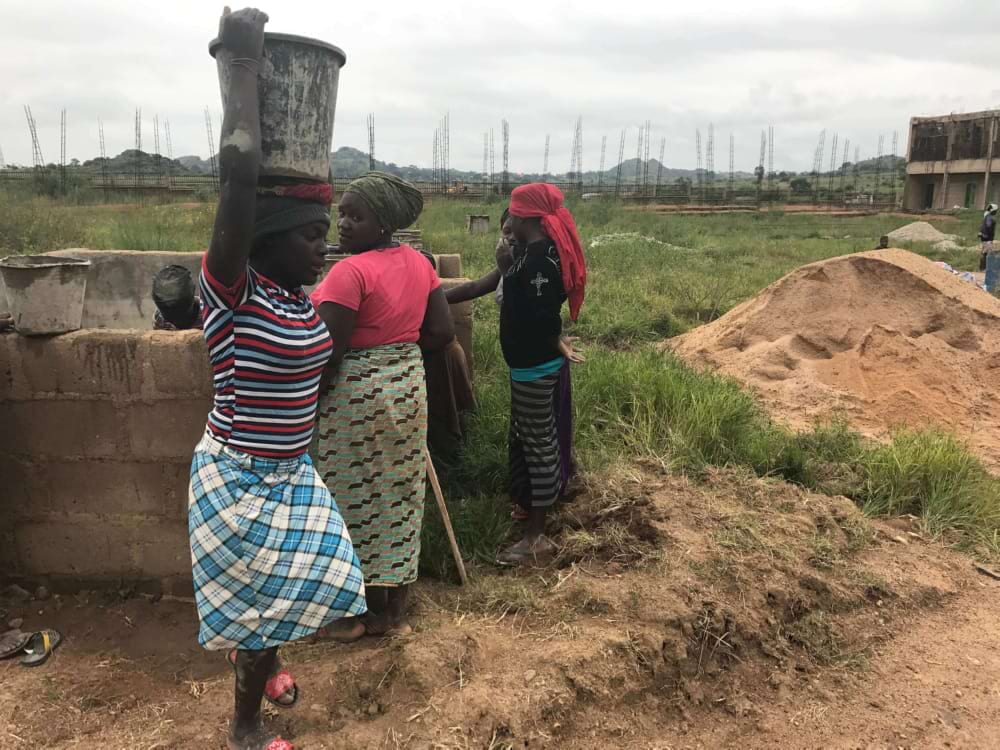
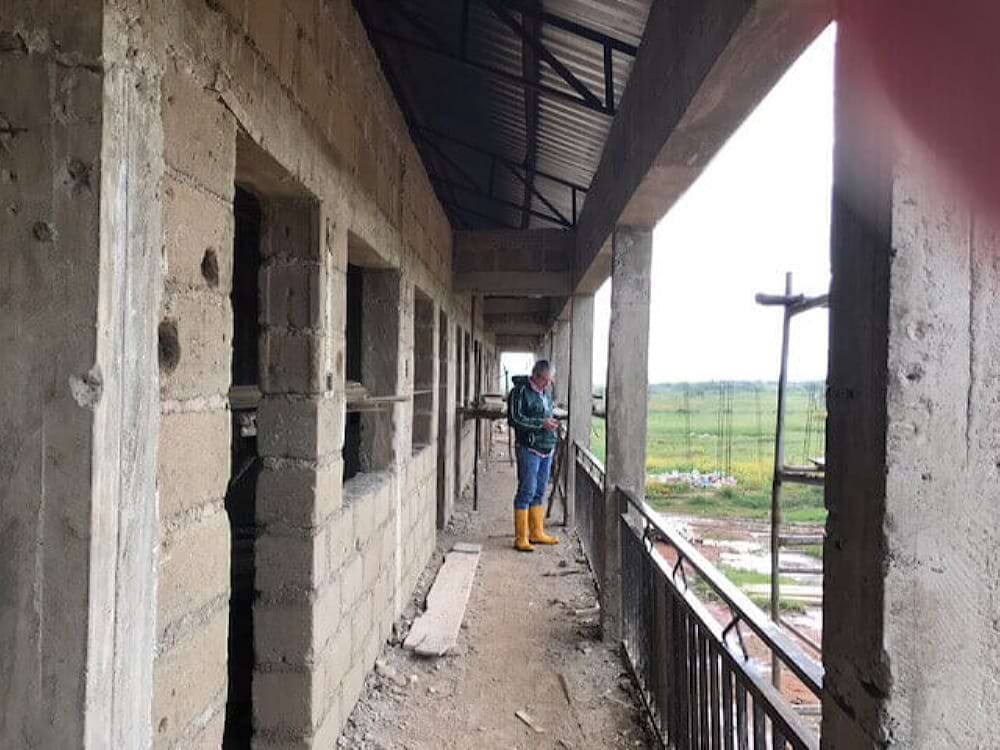
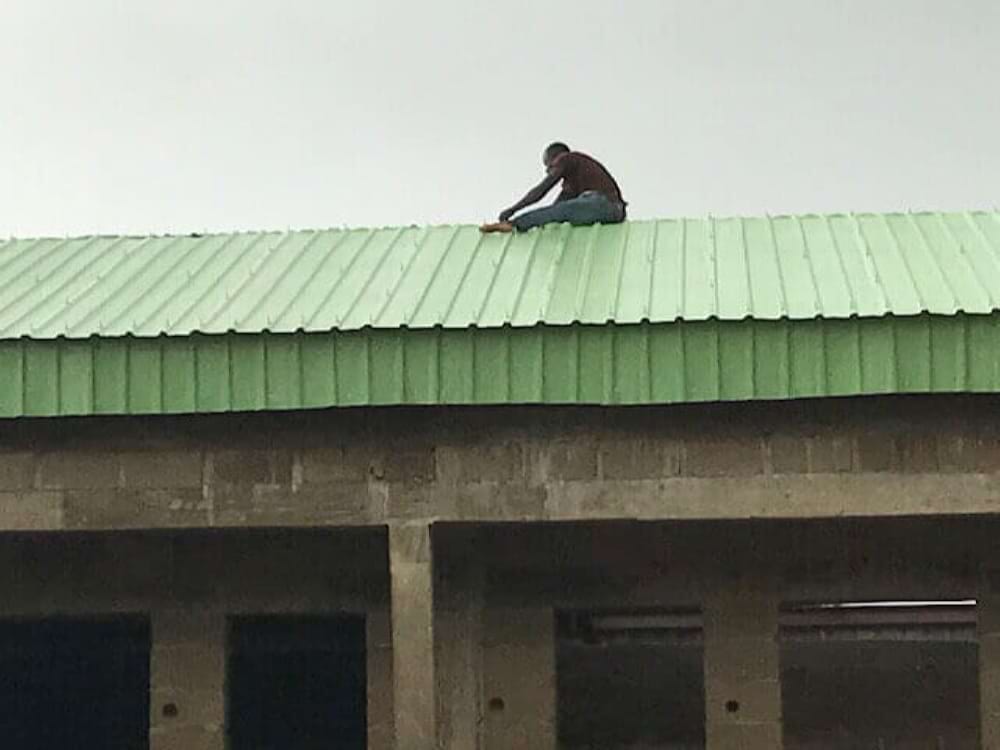
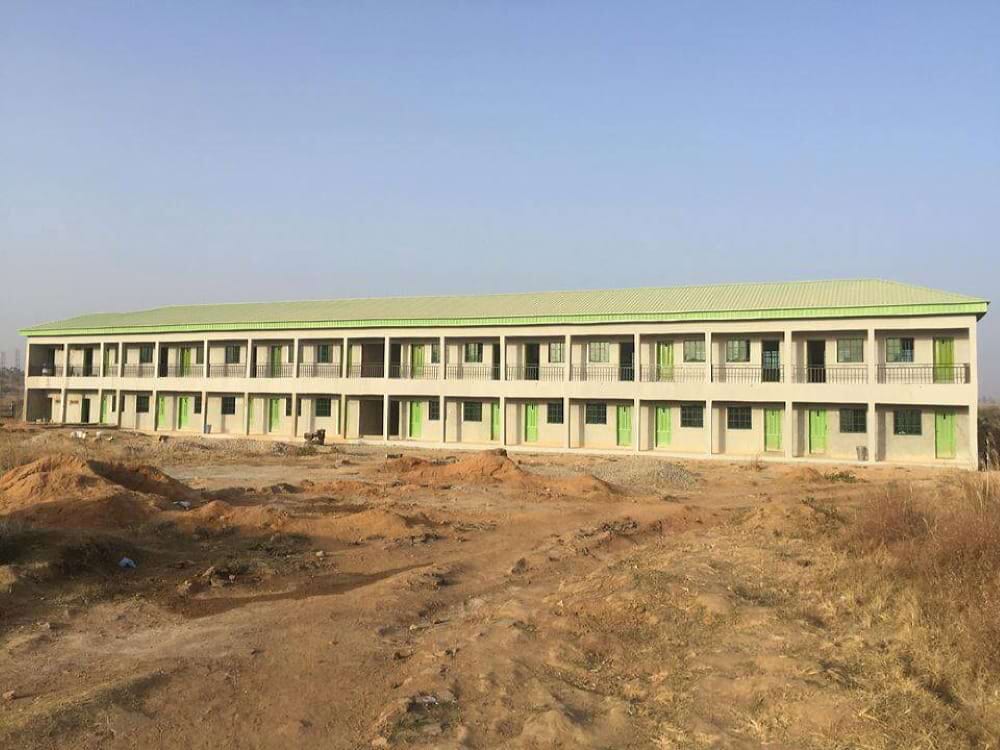
Sending 3 schoolbusses with relief supplies
Kent and Ruth told us that after the expulsion of Boko Haram, many orphans, whose parents were murdered by the terrorist organization, ended up on the streets. To pick up these children safely and quickly and take them to Wurin Alheri, school buses were needed. Two buses and a van were purchased in Belgium and filled with relief supplies, including hundreds of mattresses, a collaboration with Somnis Bedding from Lokeren, sheets and blankets donated by the Albion and Ariane Hotels in Ypres, computers donated by RHIZO in Kortrijk, clothing from private donations, and more.
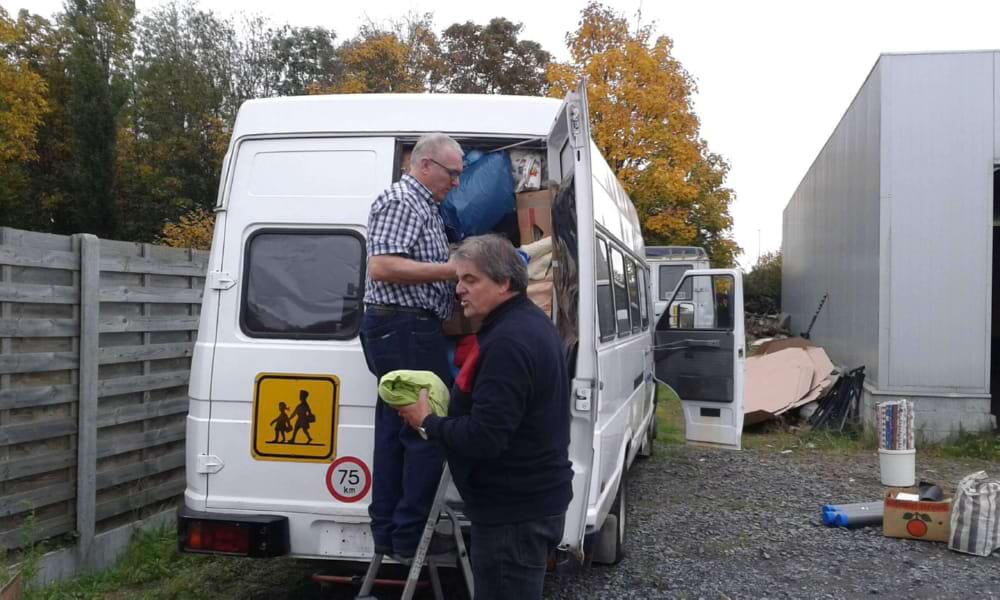
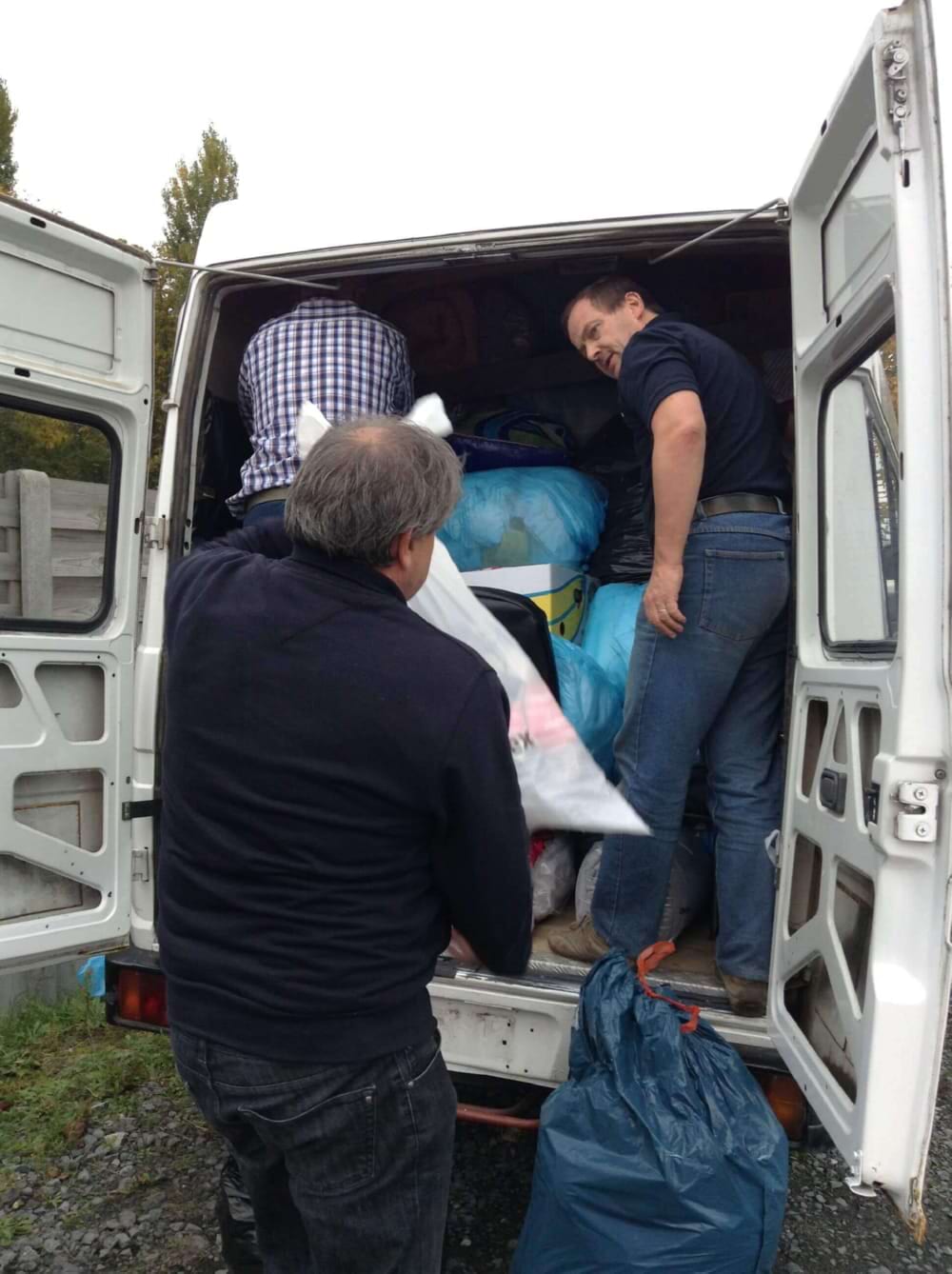
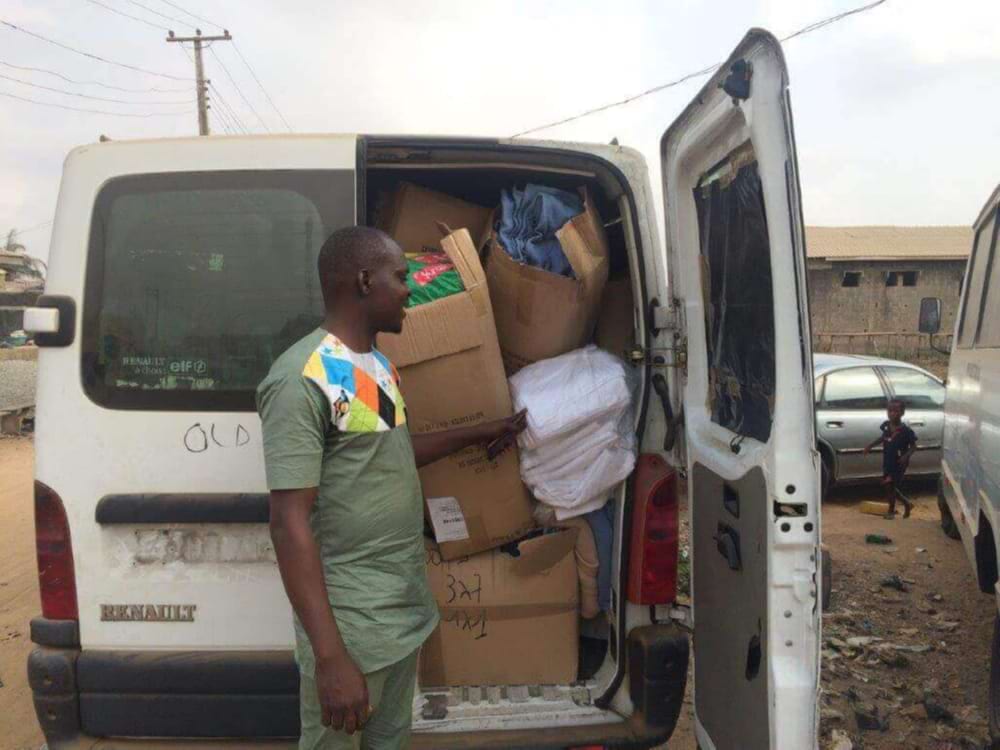
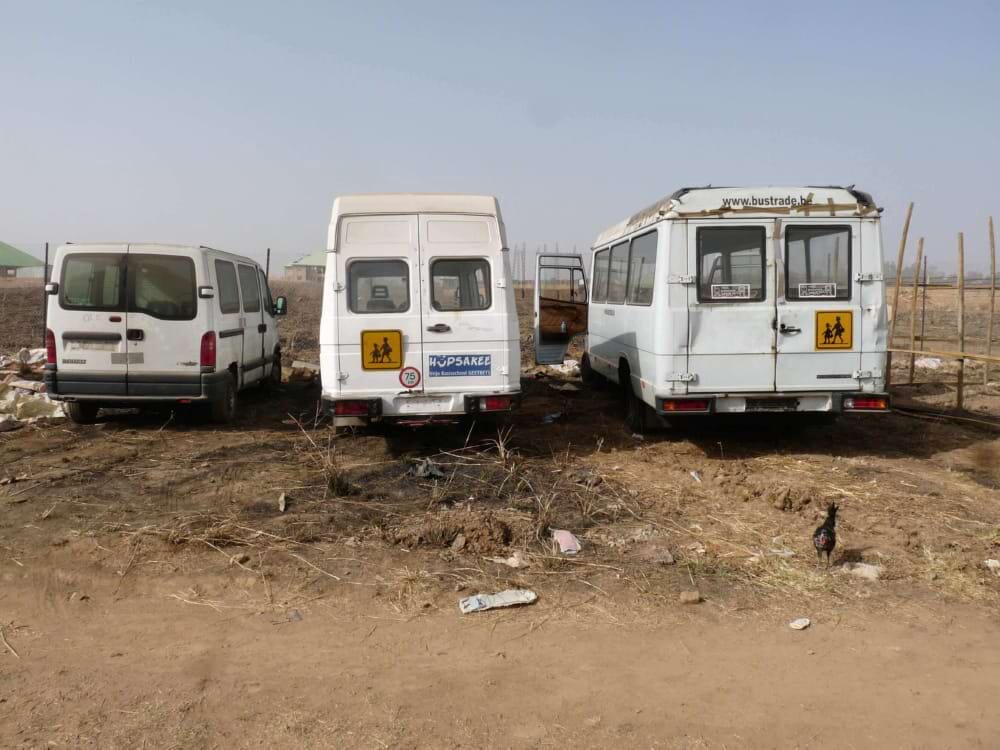
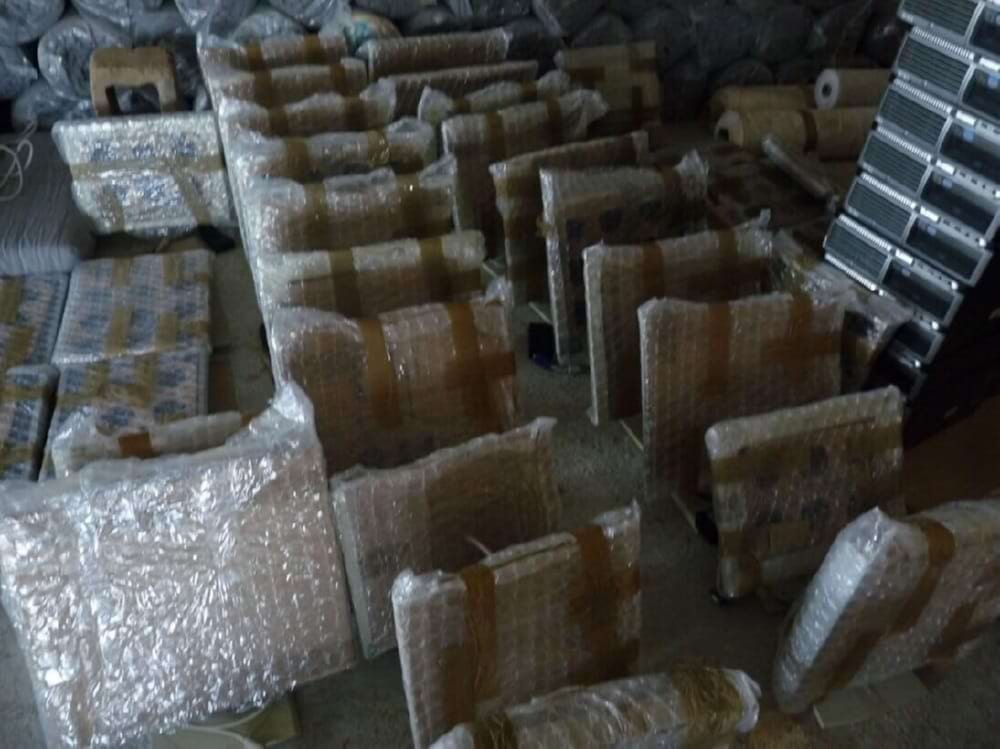
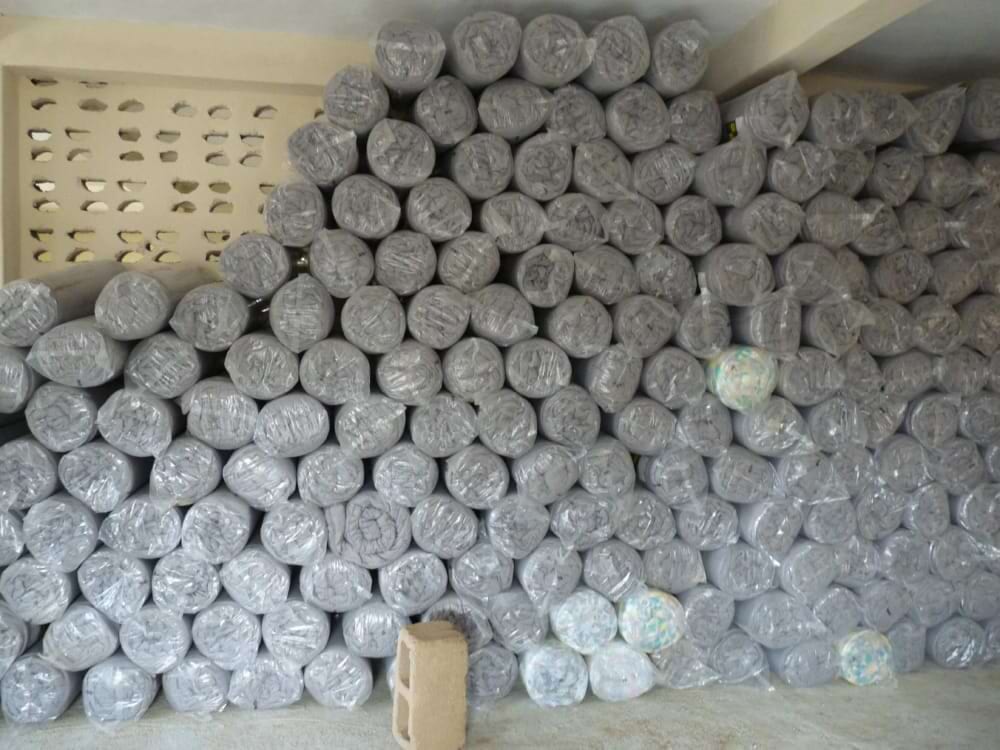
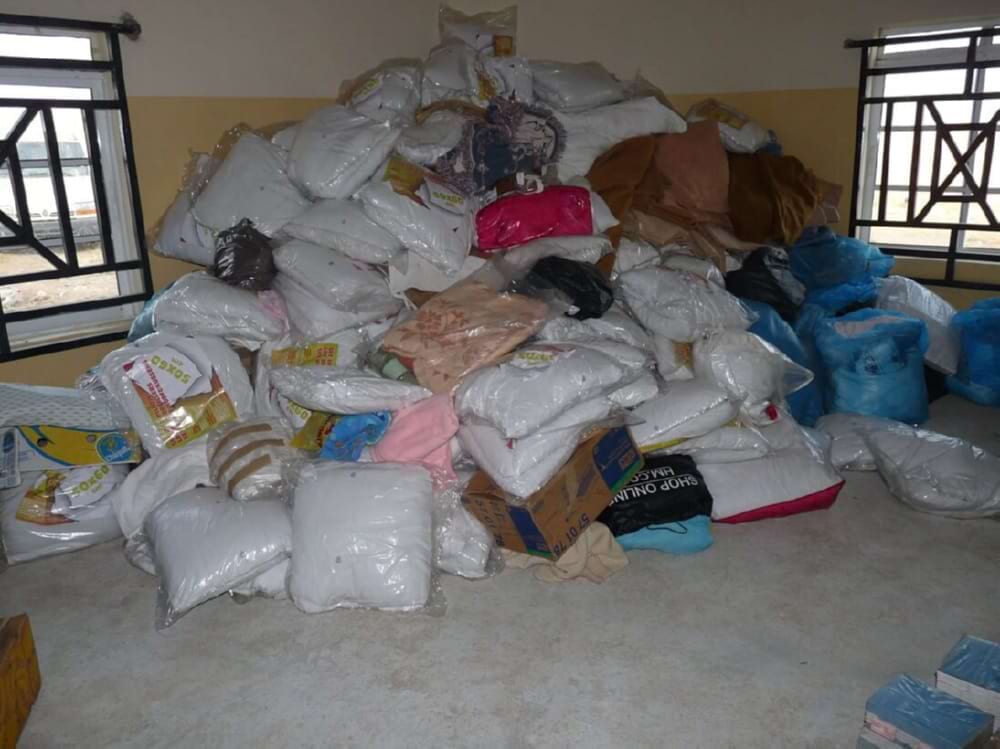
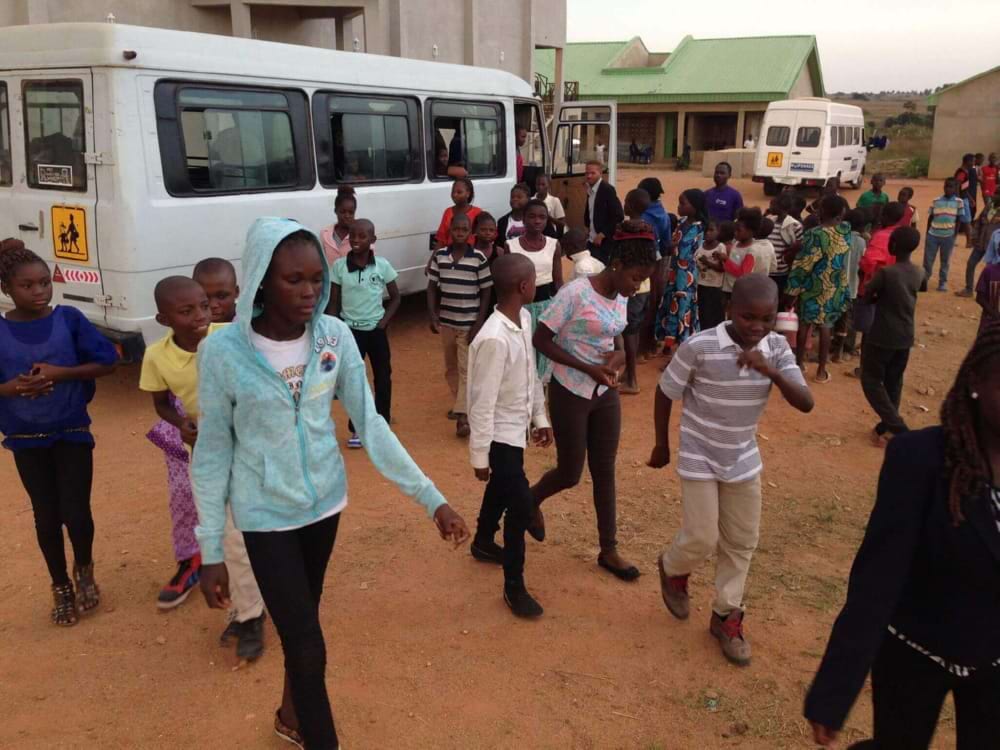
Sanitation (toilets, showers)
Bring hundreds of children together, and there's a need for clean sanitation. Toilets and showers were built. Quite an undertaking considering there's no public water supply there.
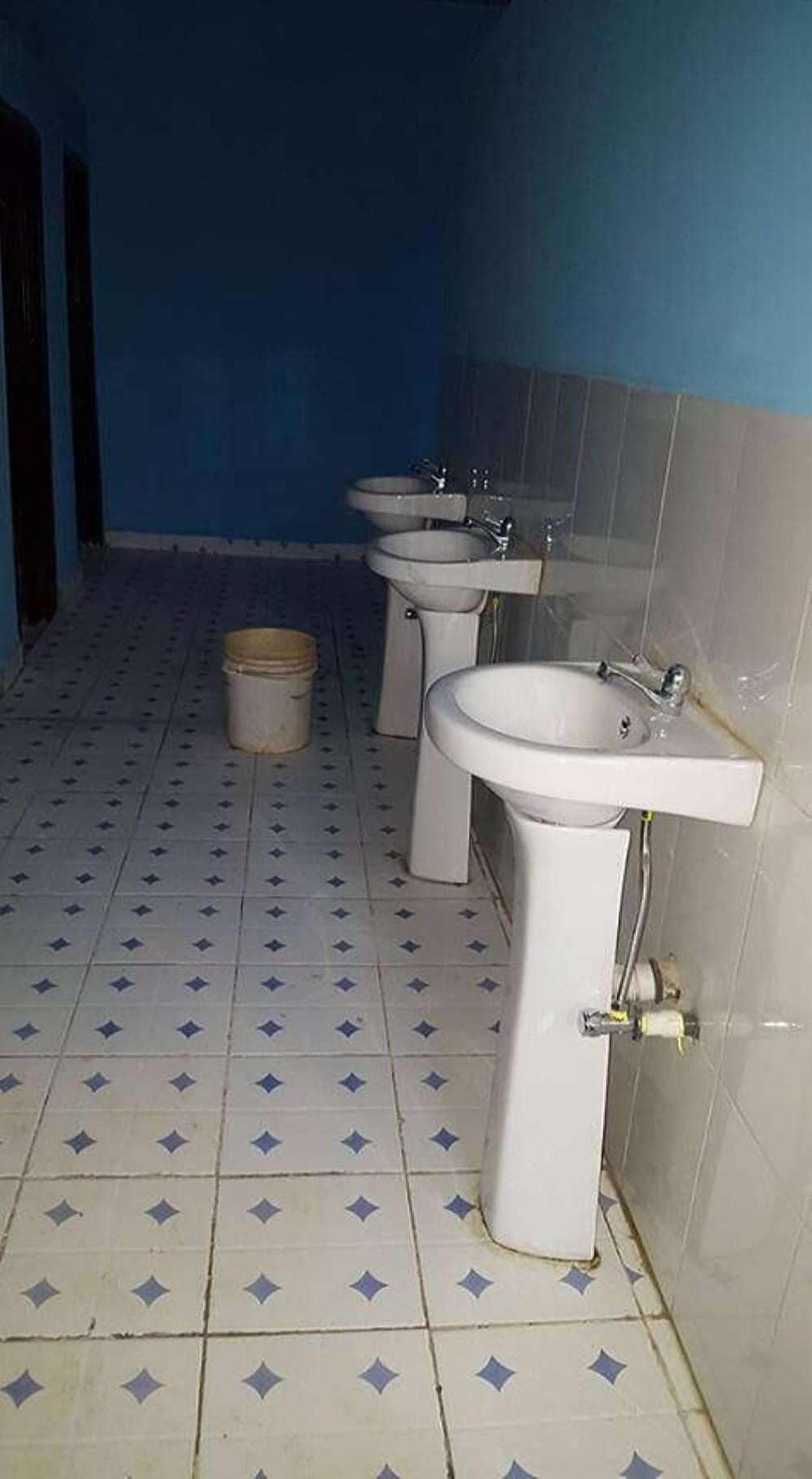
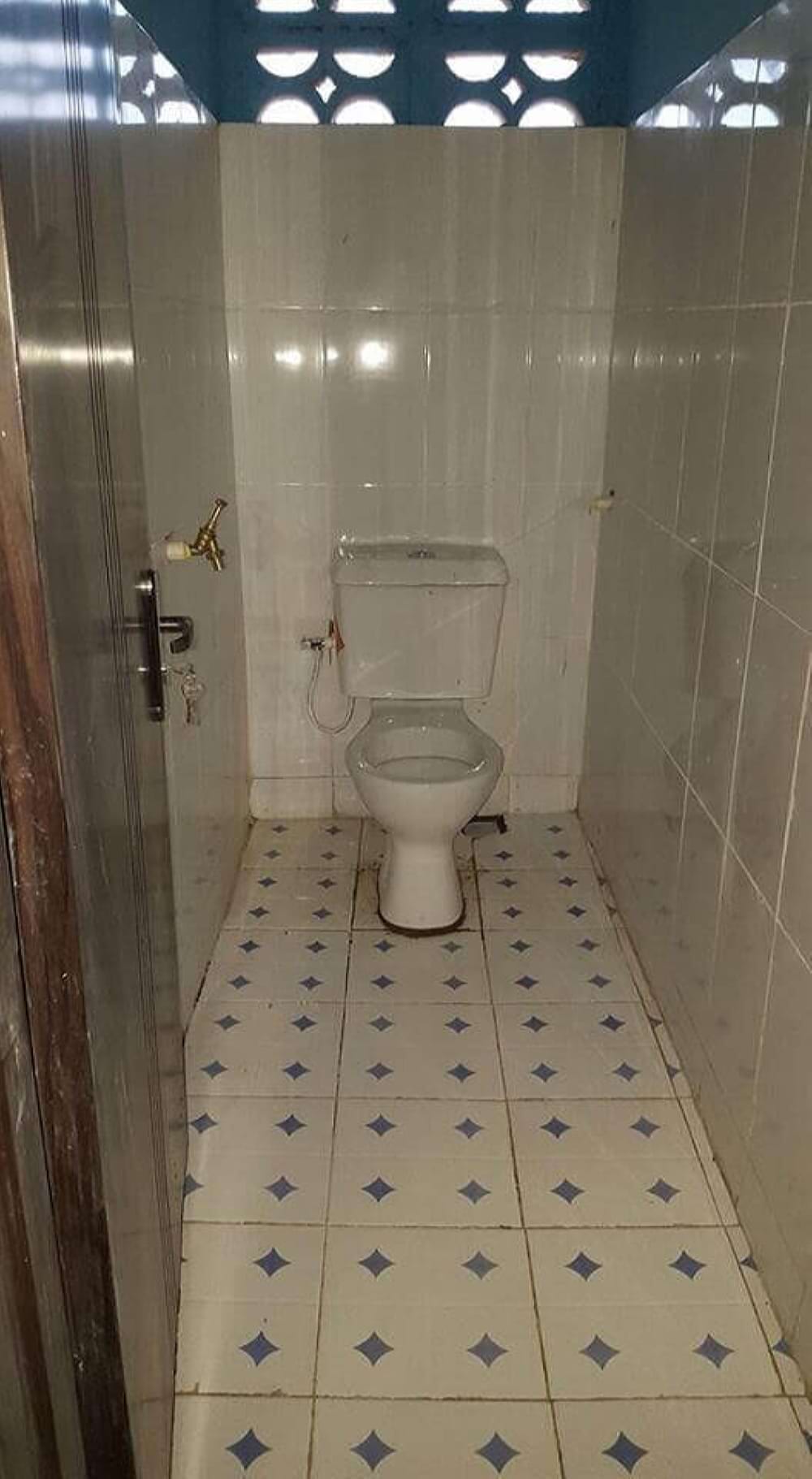
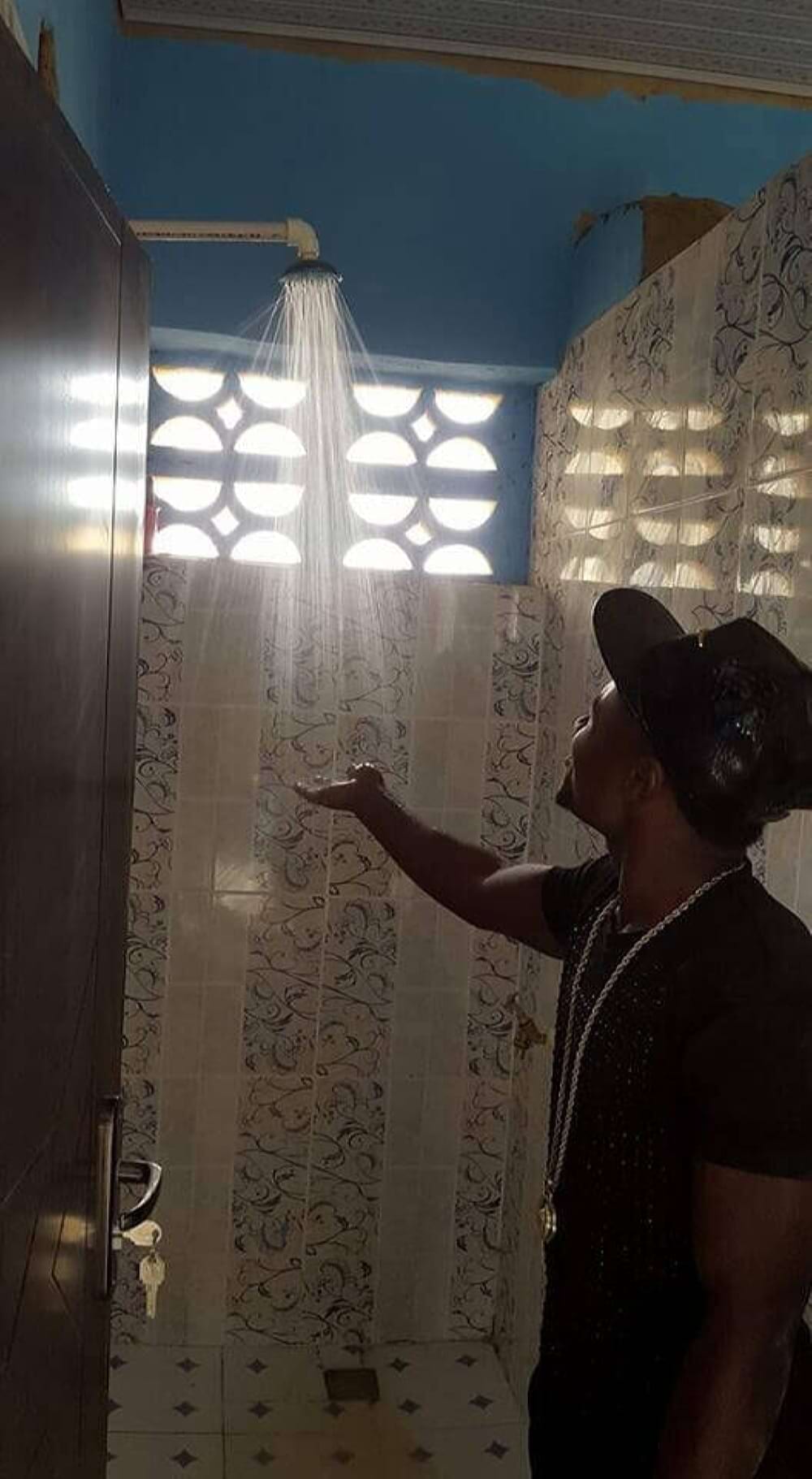
Furnishing of vocational school
After the destruction caused by Boko Haram, everything had to be rebuilt. Trained personnel are essential for this! KITANDA was able to help establish a vocational school where various skills were taught by providing work materials and sewing machines. Even an entire shoemaker's shop from Waardamme, Belgium found a new life in Northern Nigeria.
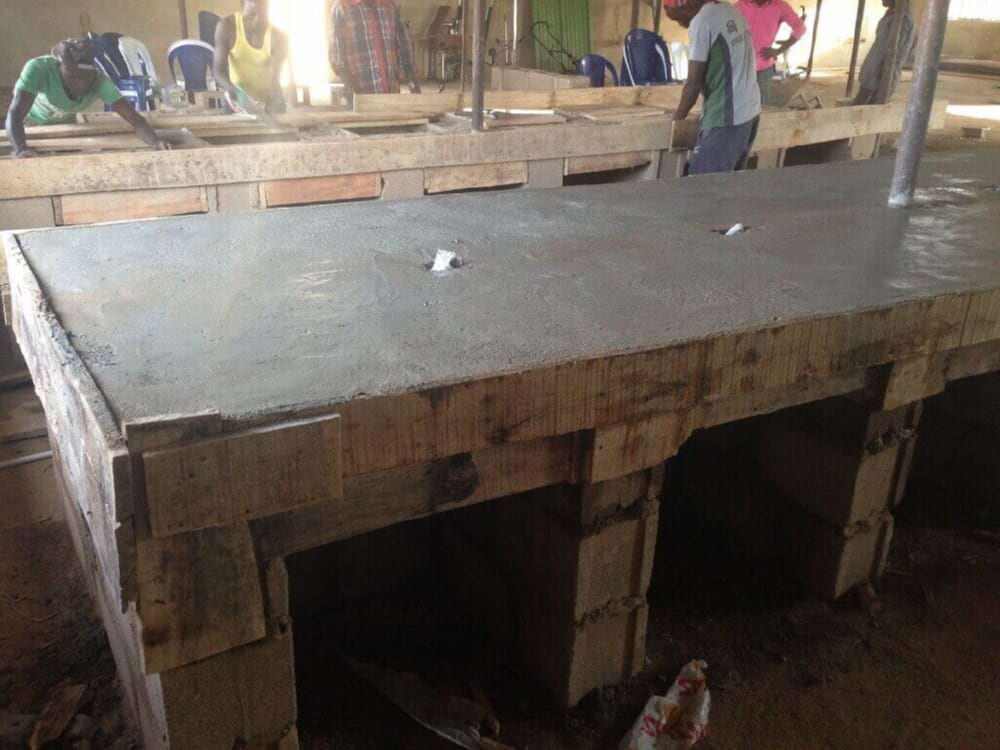
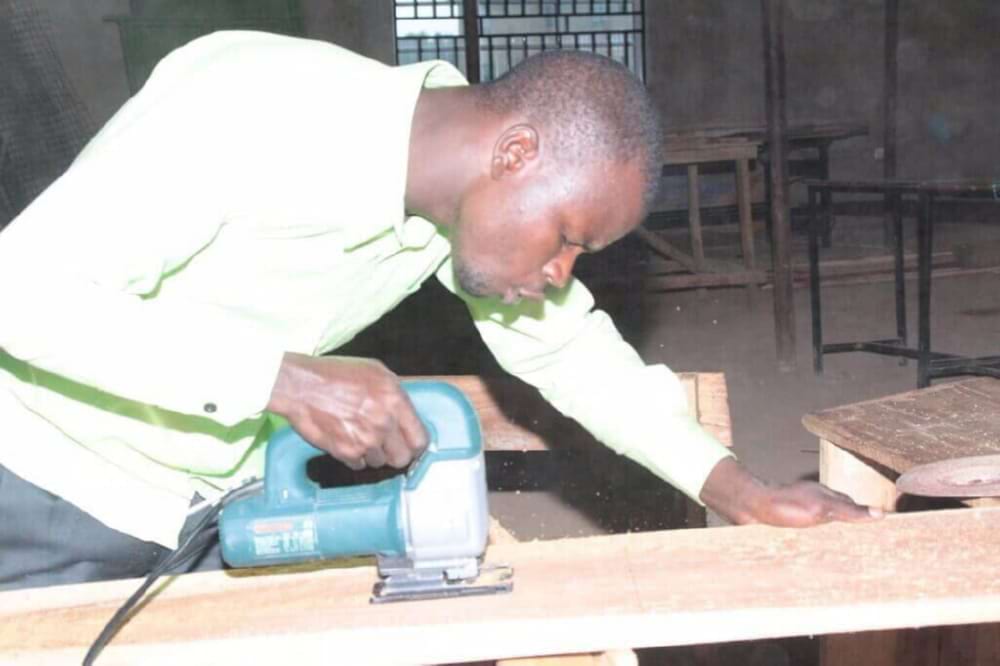
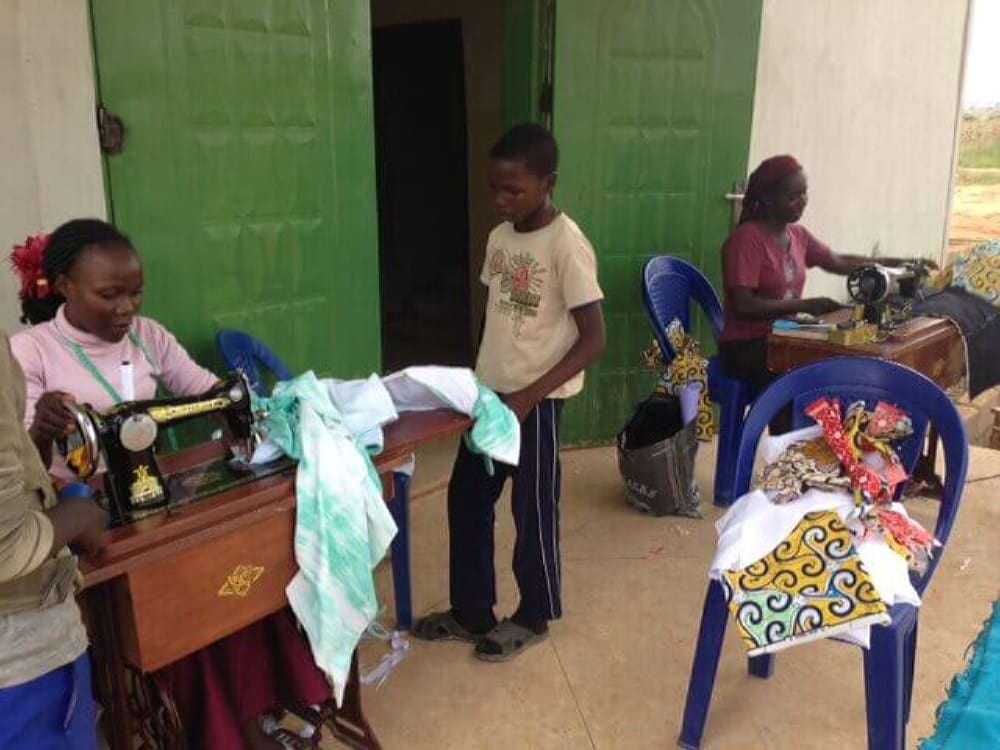
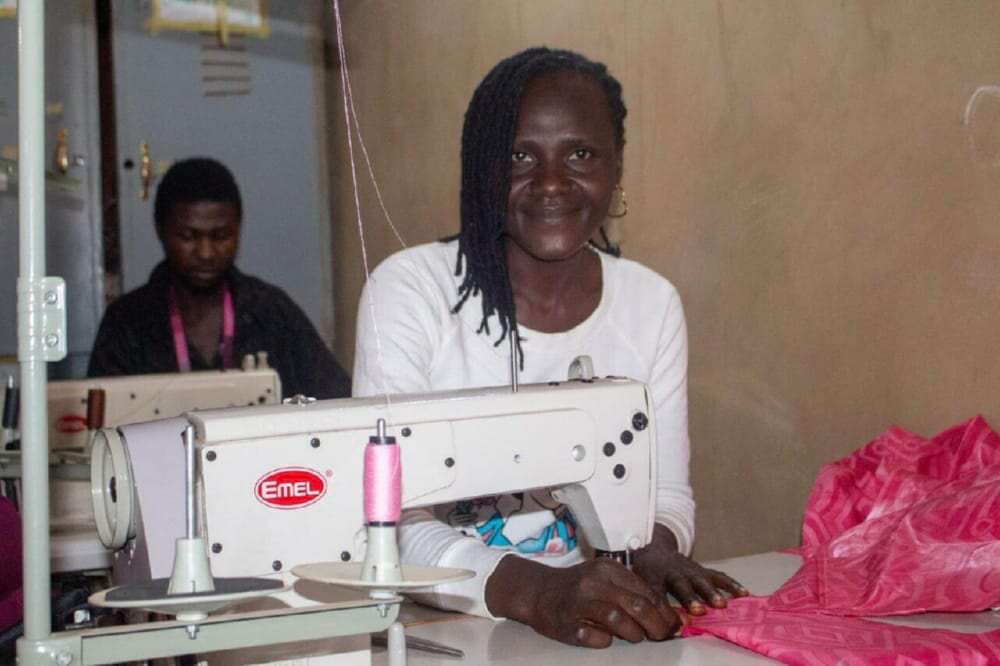
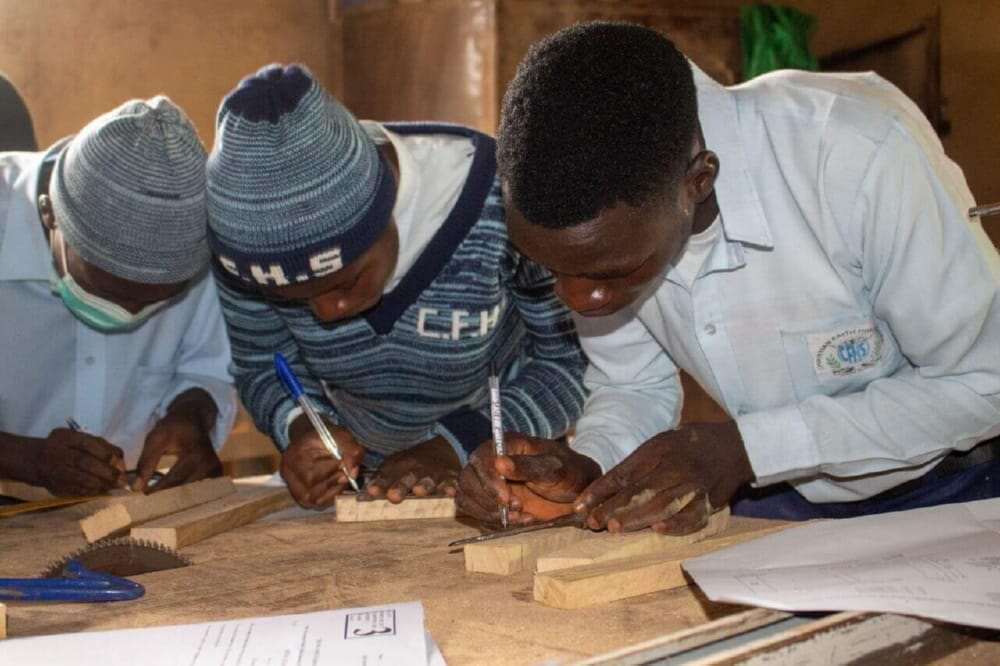
Furnishing computer classes
It's hard to imagine life without computers these days, even in Nigeria. Besides learning skills, they're also a tool for maintaining peace. Kent established several computer labs in areas previously affected by fighting, thus uniting the youth hanging around on the streets and giving them a common goal. Dozens of computers and screens from Belgium were used for this purpose.
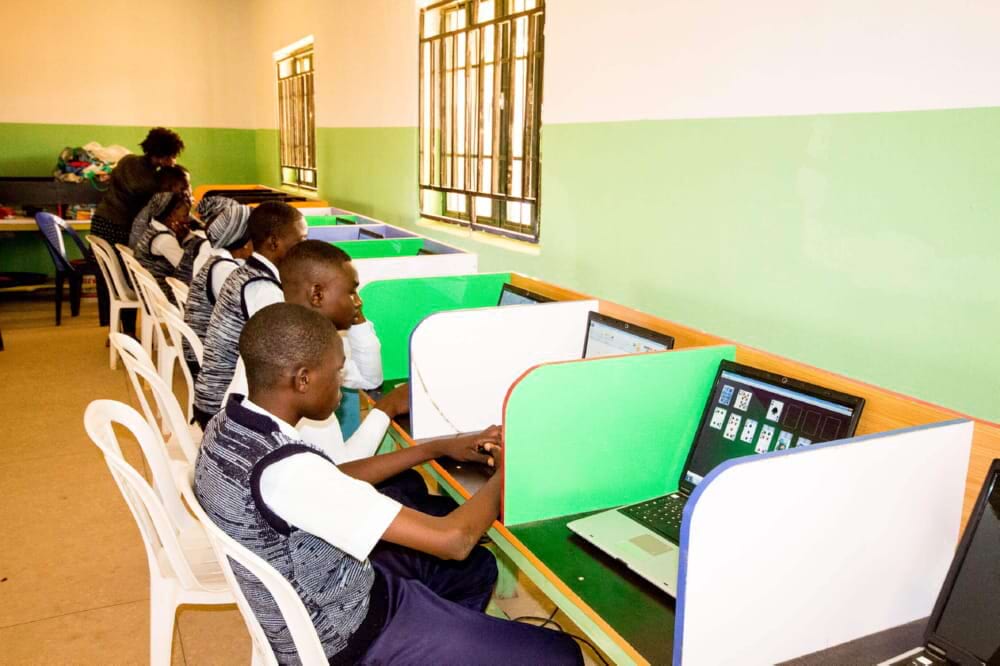
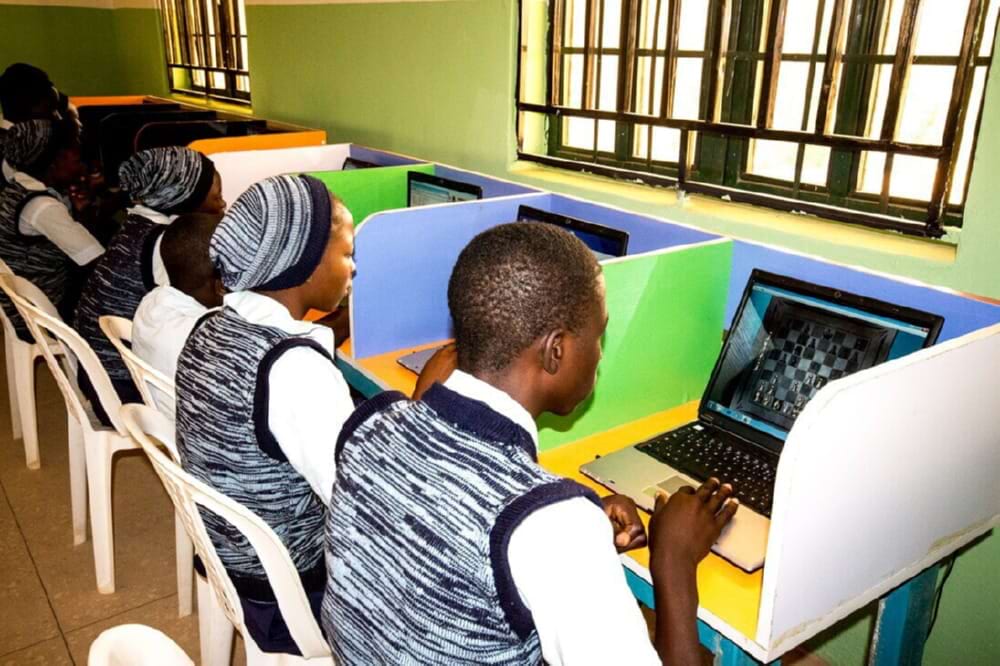
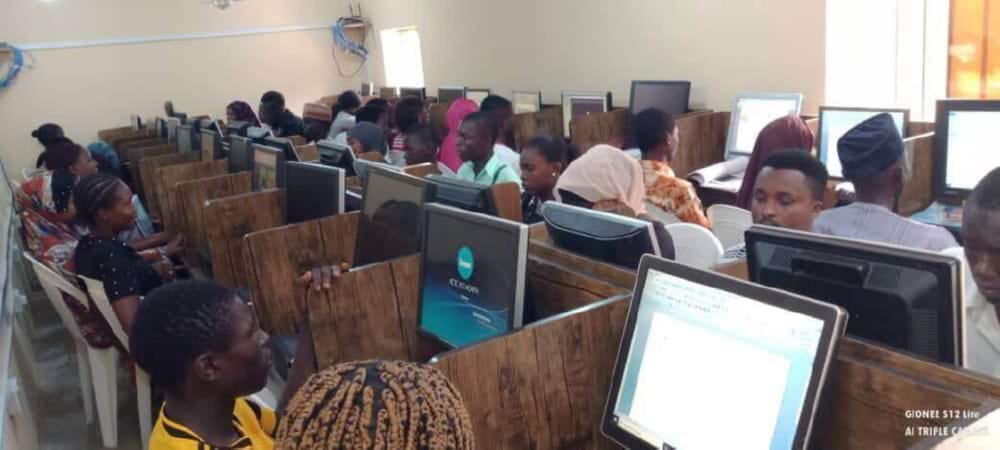
Supplying and installing printing machines
Hundreds of children can return to school, but textbooks are scarce and expensive. Why don't we print them ourselves? GMD Graphic Machinery from Beernem not only donated the printing presses but was also willing to install and commission them on-site. The presses, along with other relief supplies, were loaded into the container in Beernem, Belgium.
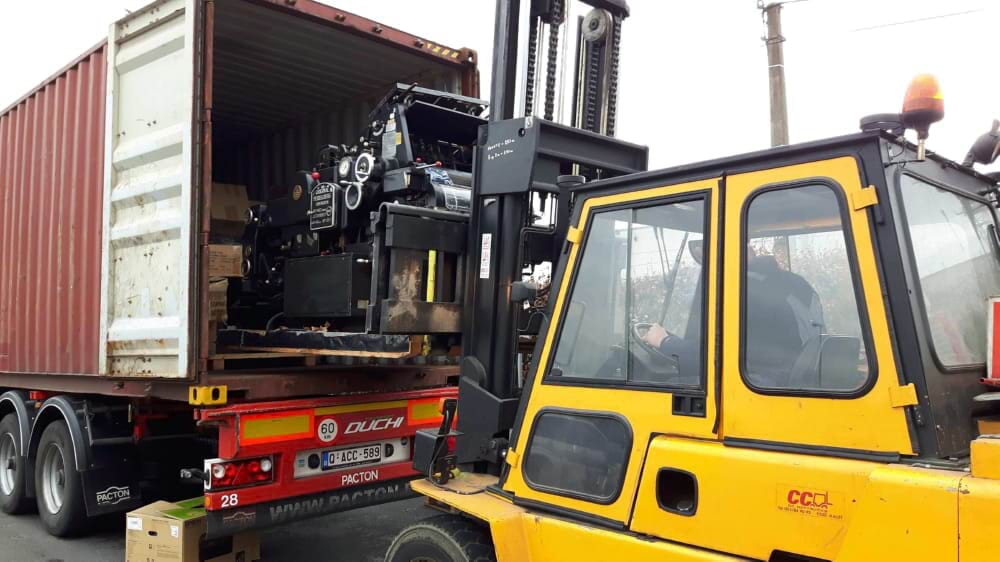
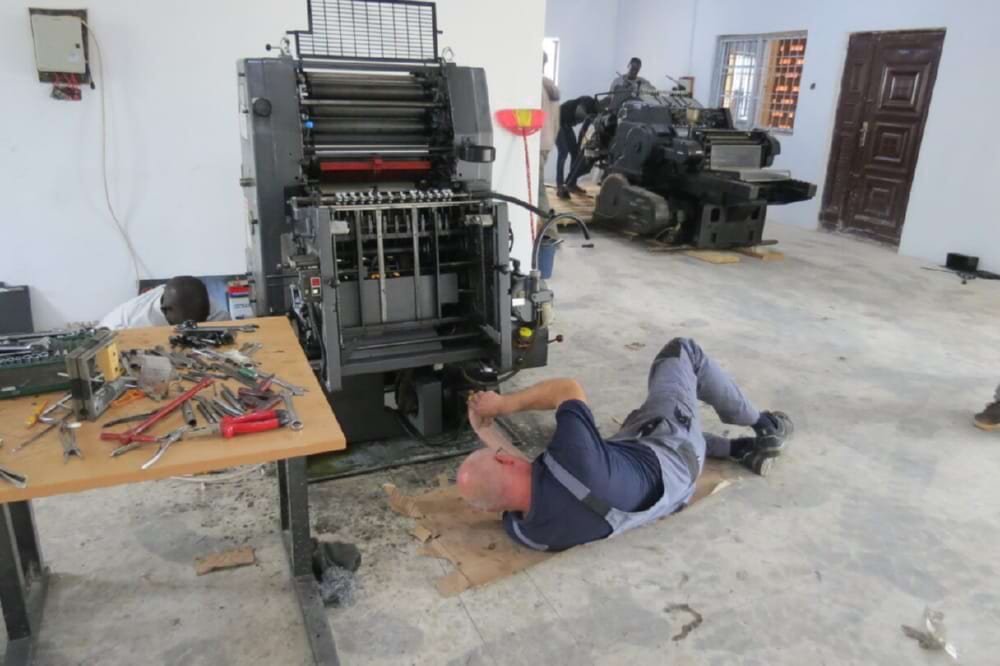
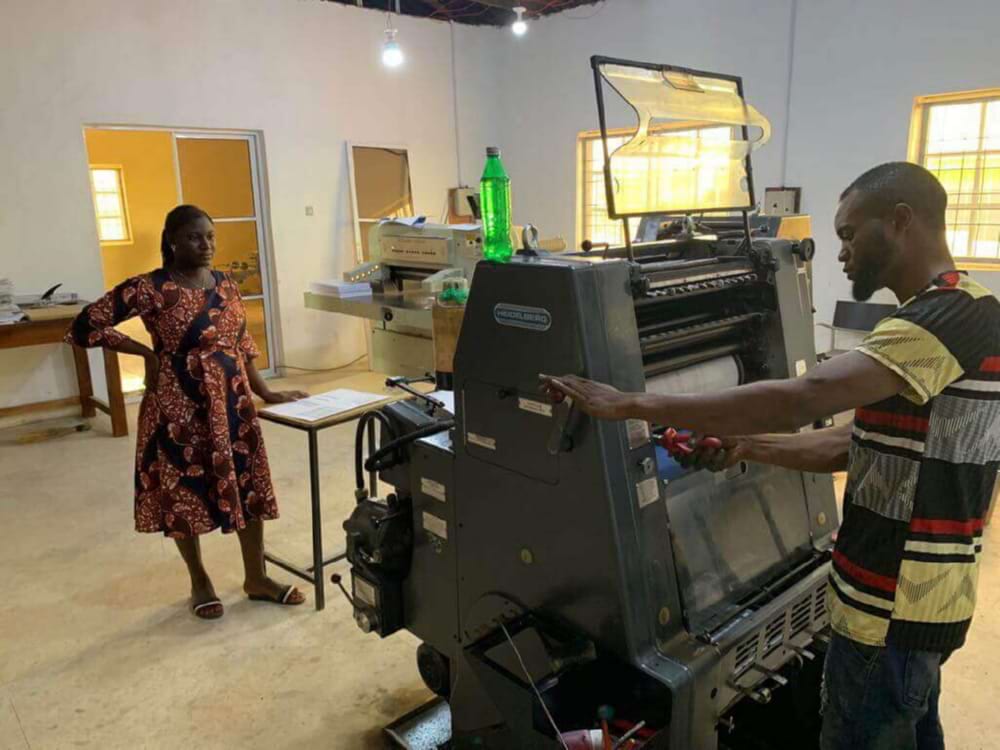
Medical center
Everyone needs medical care sooner or later. For too many people, it's still out of their reach, both in terms of accessibility and financially. KITANDA helped build a medical center on the Wurin Alheri site. Several medical devices were shipped in the container with the printing presses.
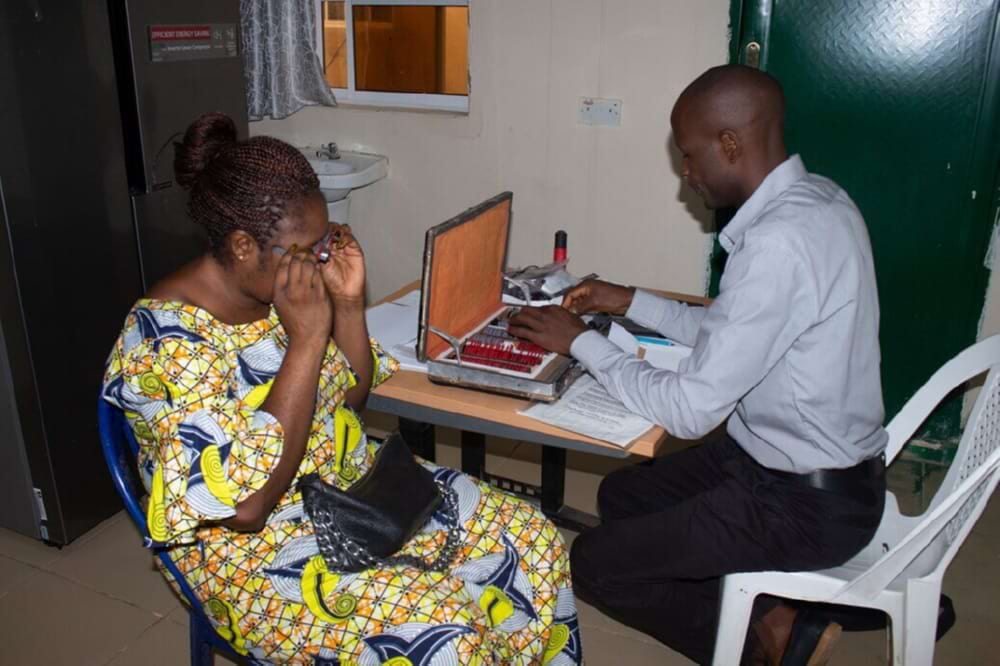
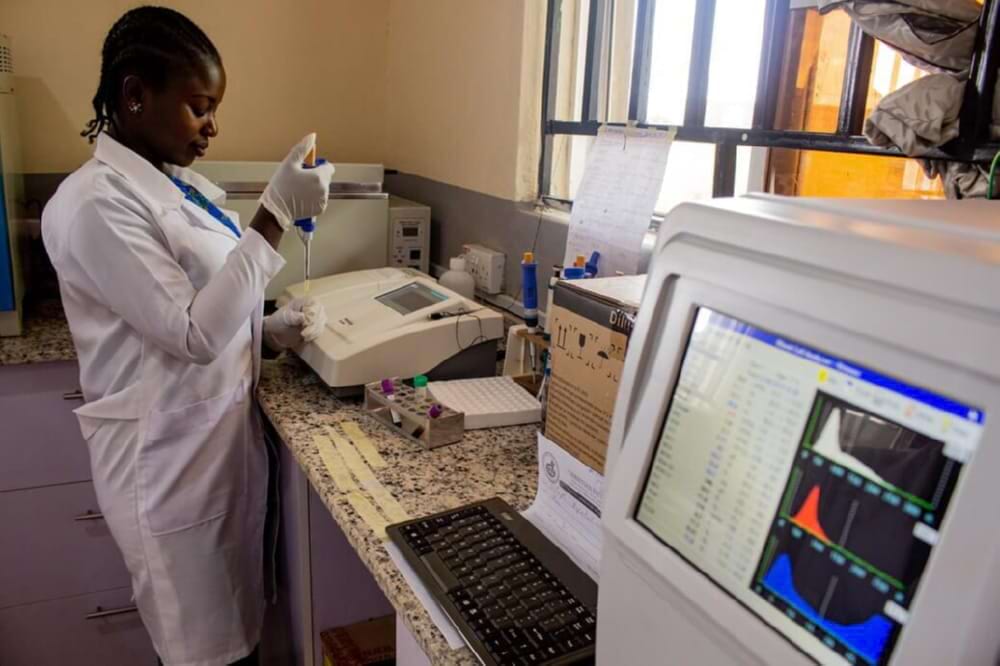
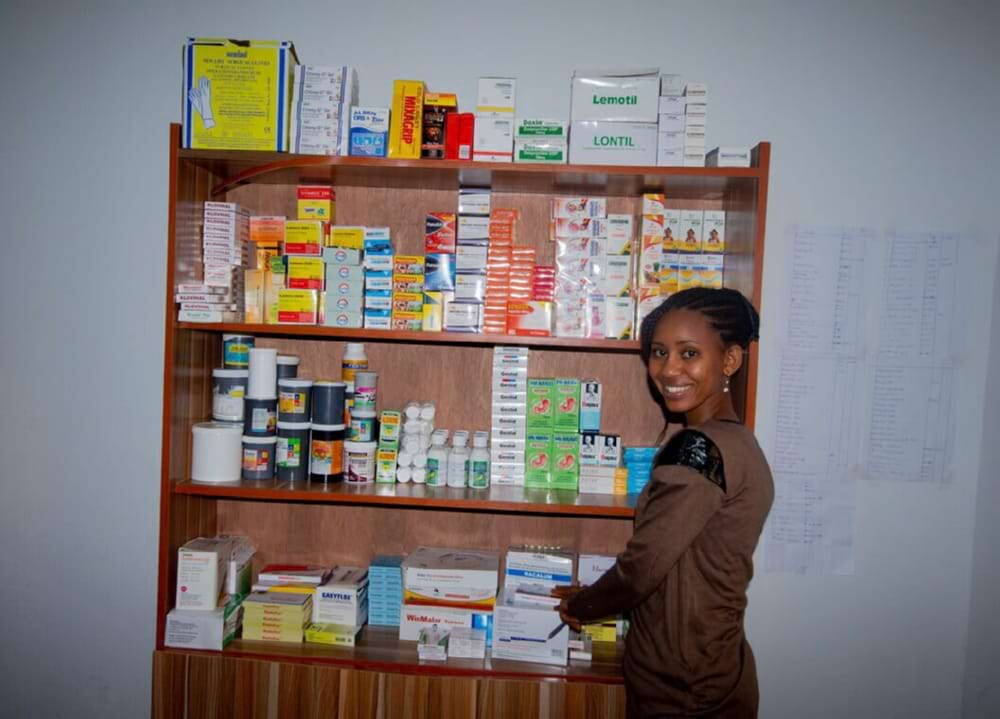
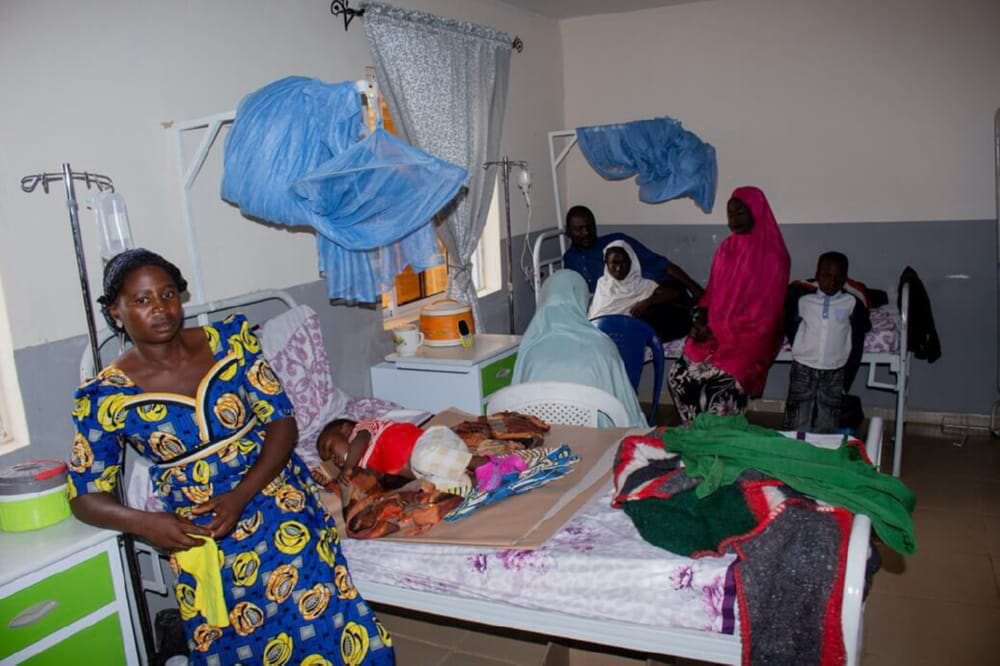
Dental practice
Dentist José from Kortrijk, Belgium retired and no longer needed his entire practice. He was willing to donate everything if we dismantle and move it ourselves. With the help of several KITANDA volunteers, the practice was dismantled, everything was filmed - every electrical connection, water pipe, pump - and then rebuilt in Northern Nigeria. And yes, it's now operational!
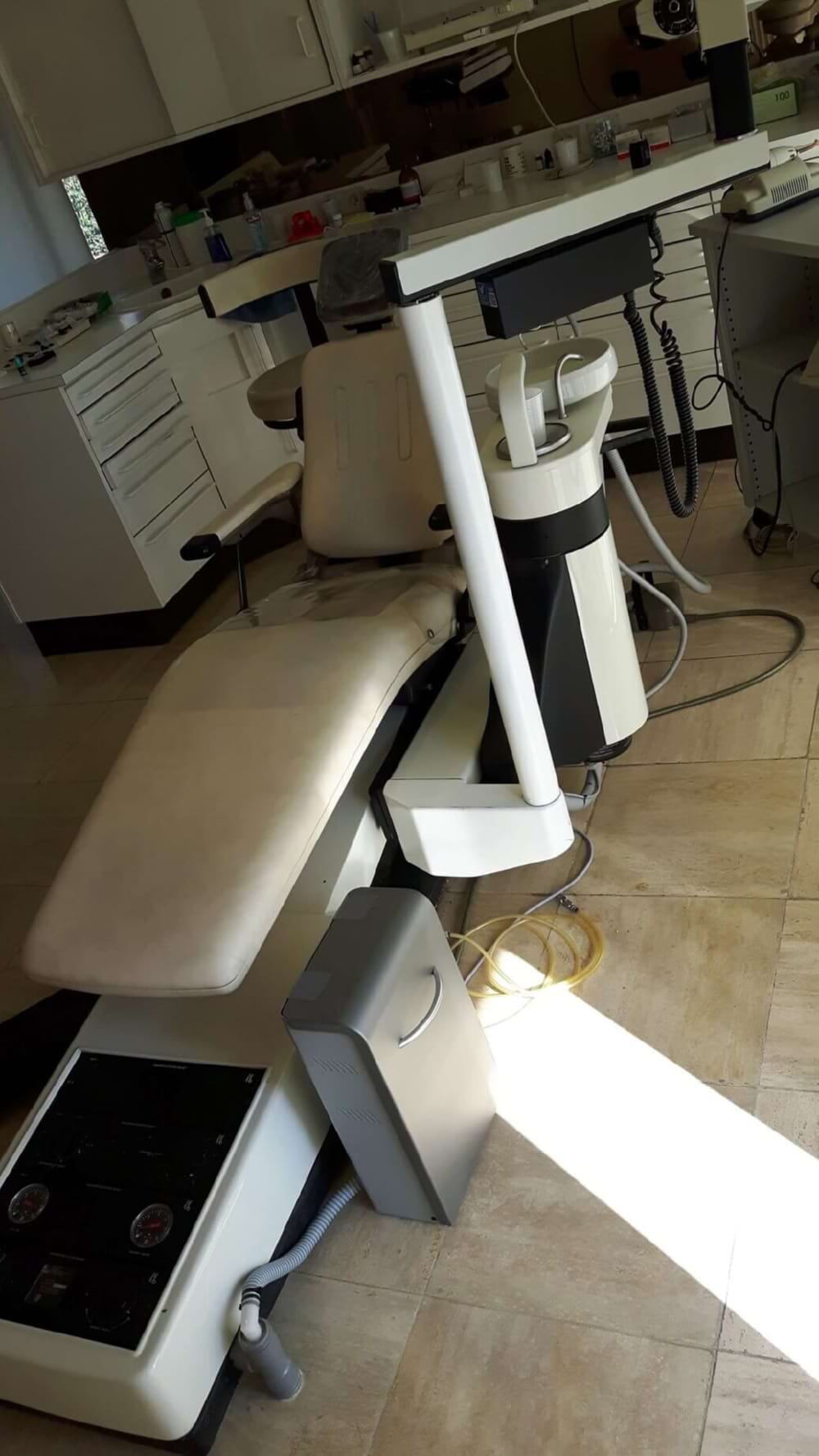
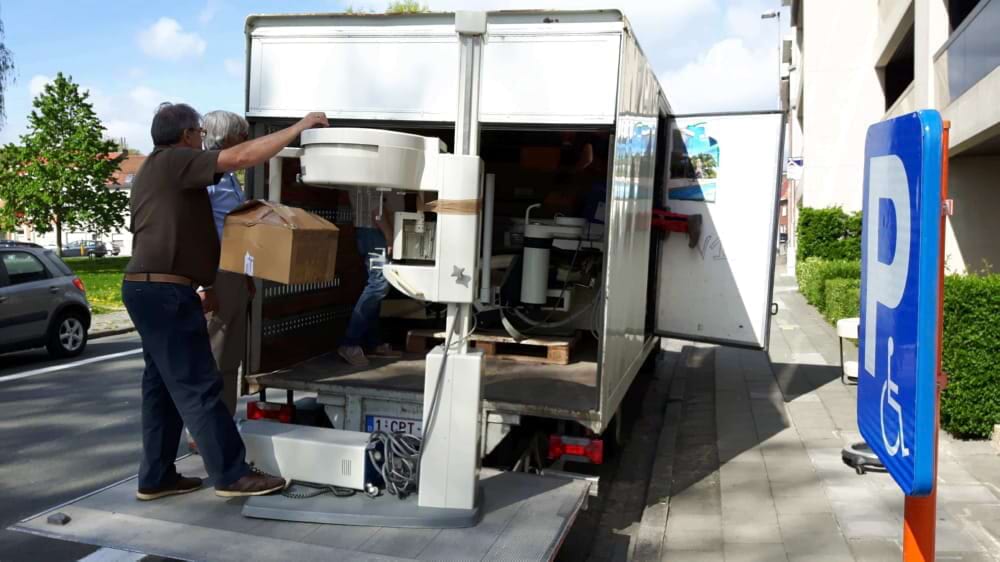
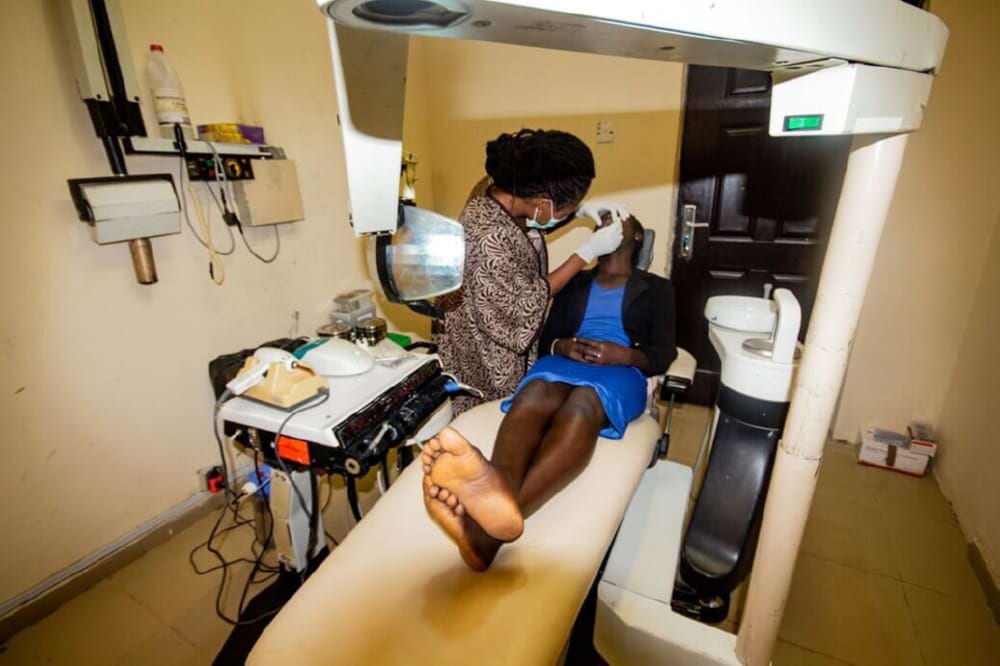
Tractors and agricultural equipment
After the Boko Haram terrorist attack, food was also scarce. Farming requires land, water, and labor. Thanks to the construction of the dam, sufficient water and land were available. Labor is flexible; a tractor can do more than a person with a spade and rake. Kitanda shipped three Ford "workhorses" from Belgium to Northern Nigeria, along with other agricultural equipment. Shipping was done by container, but also loaded onto trucks that were driven onto the ship and then used there.
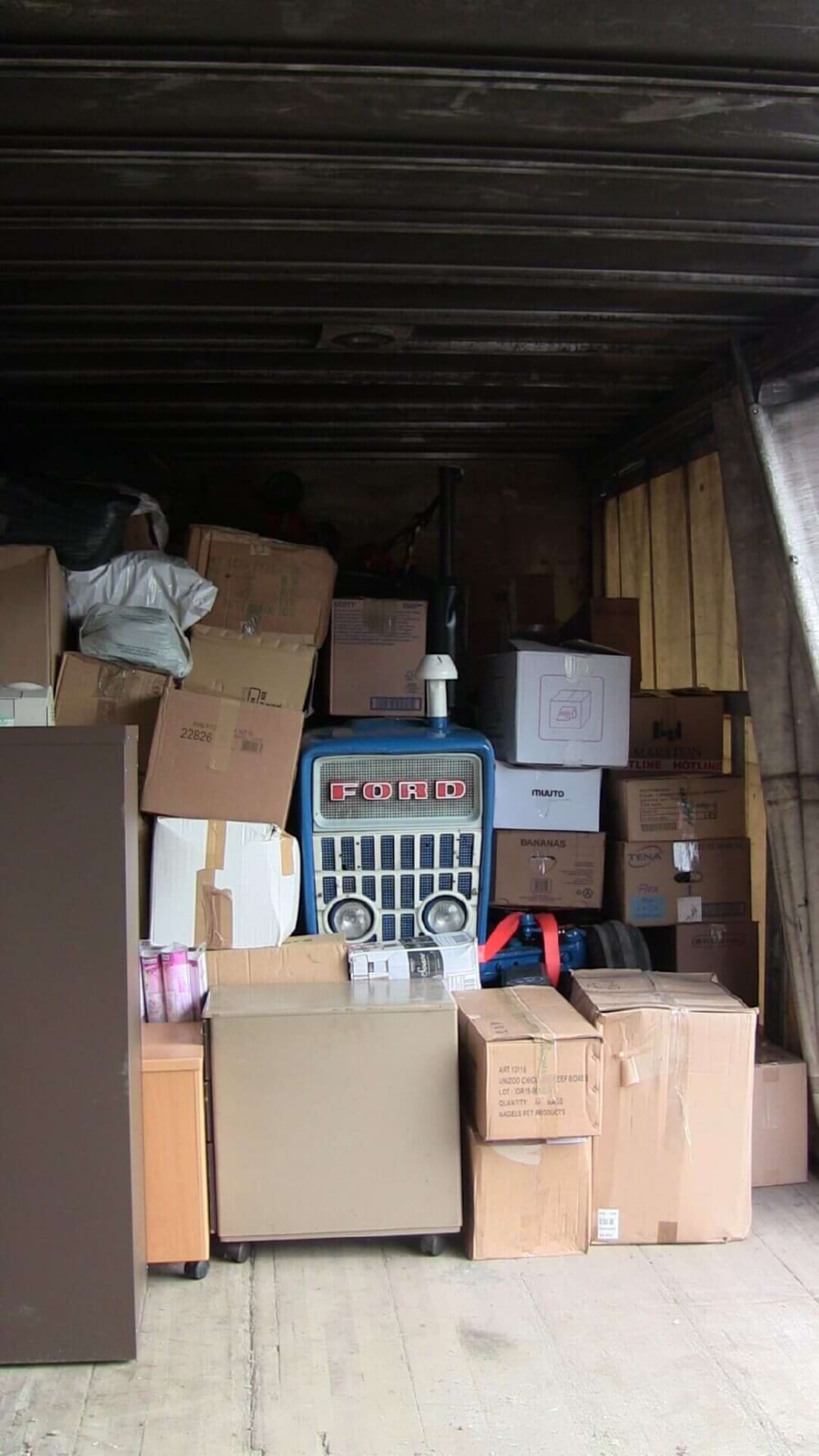
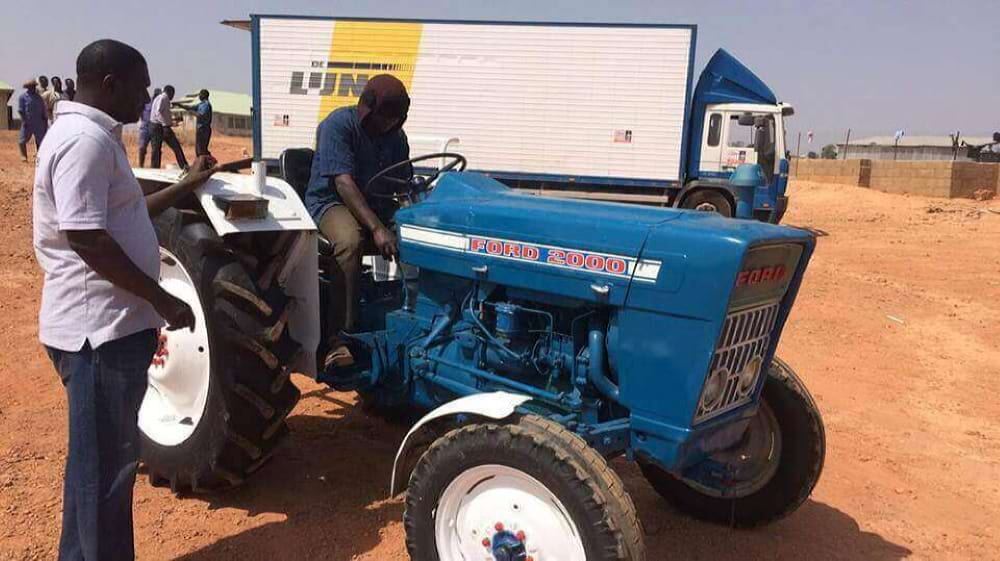
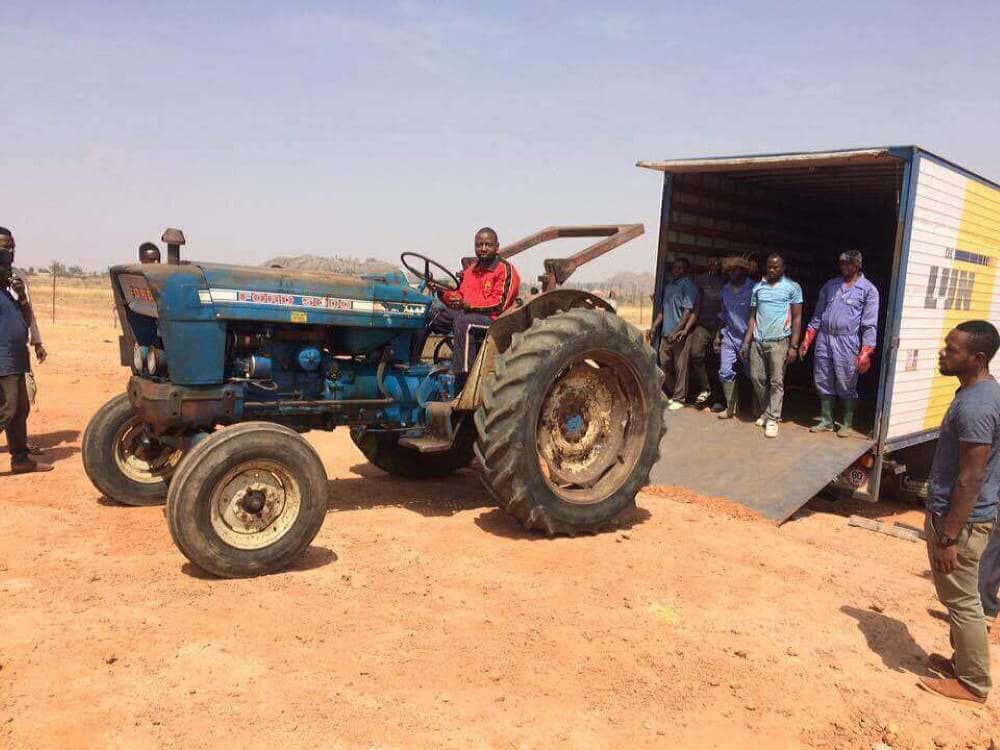
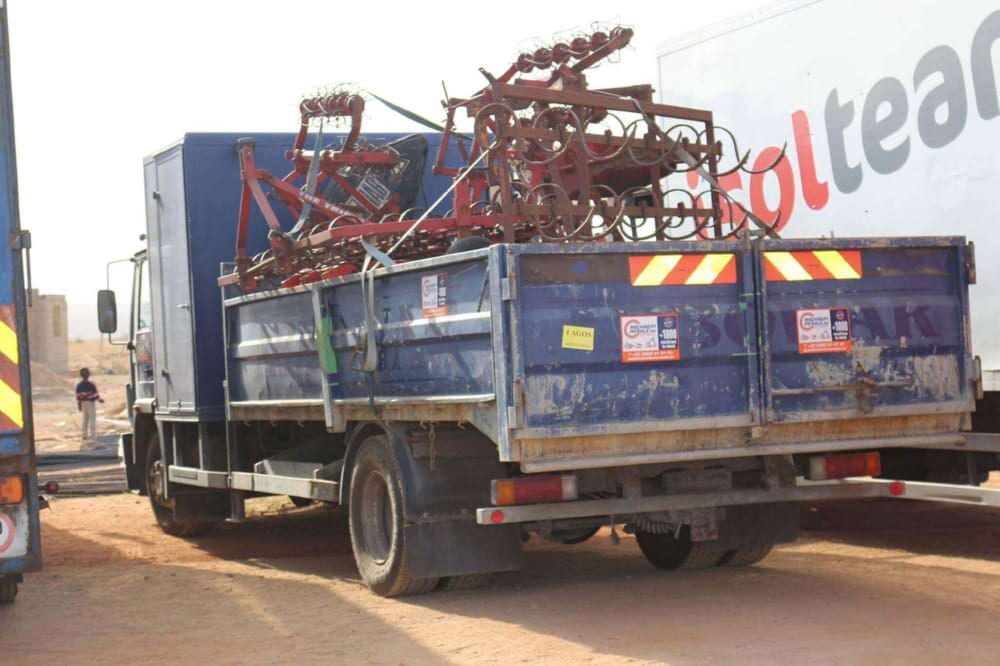
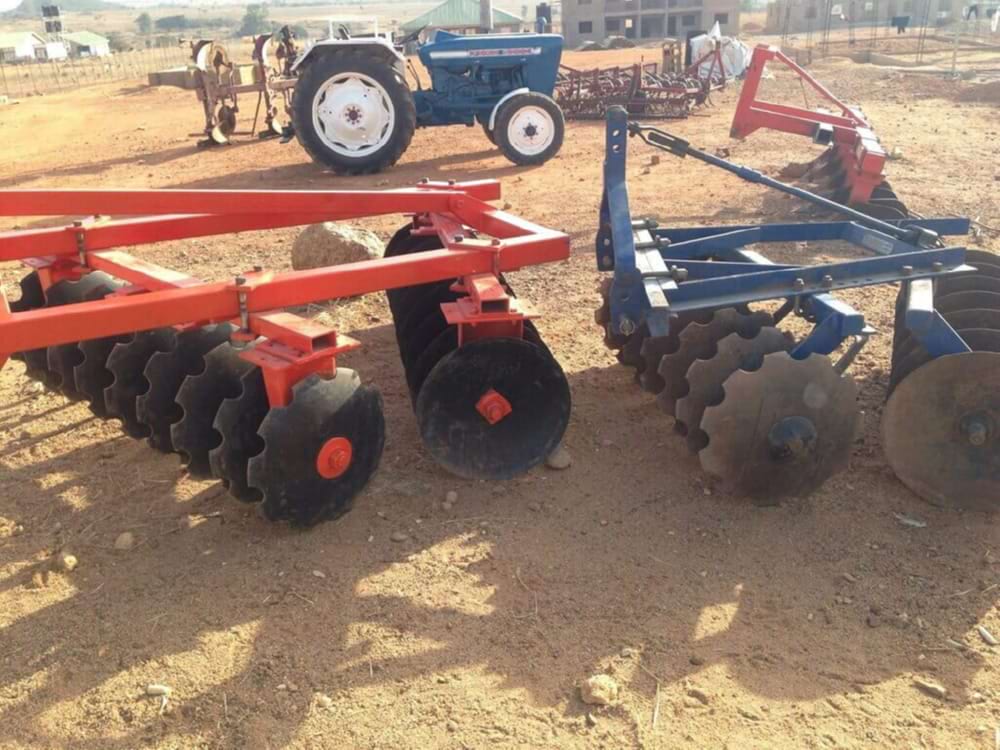
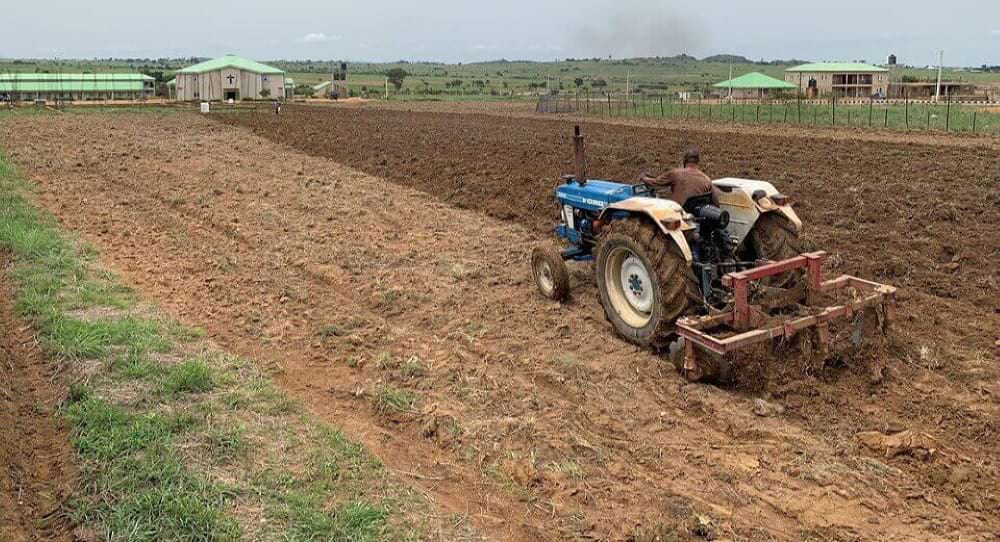
Compressors
To run the printing shop and shoemaker's shop, as well as the vocational school and other buildings, electricity was needed. A compressor, a collaboration with Machinery Resale from Waregem, Belgium was shipped and now provides the site with some of its electricity.
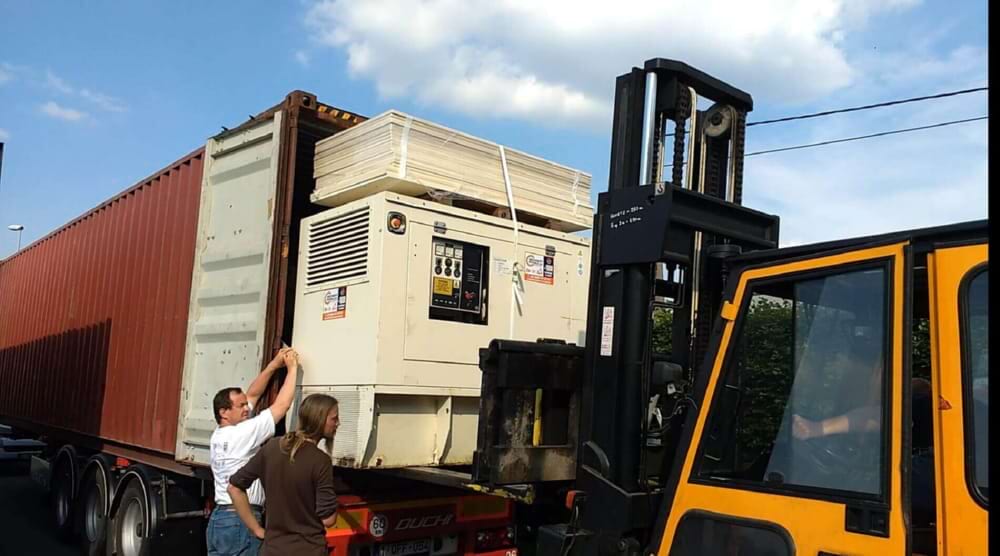
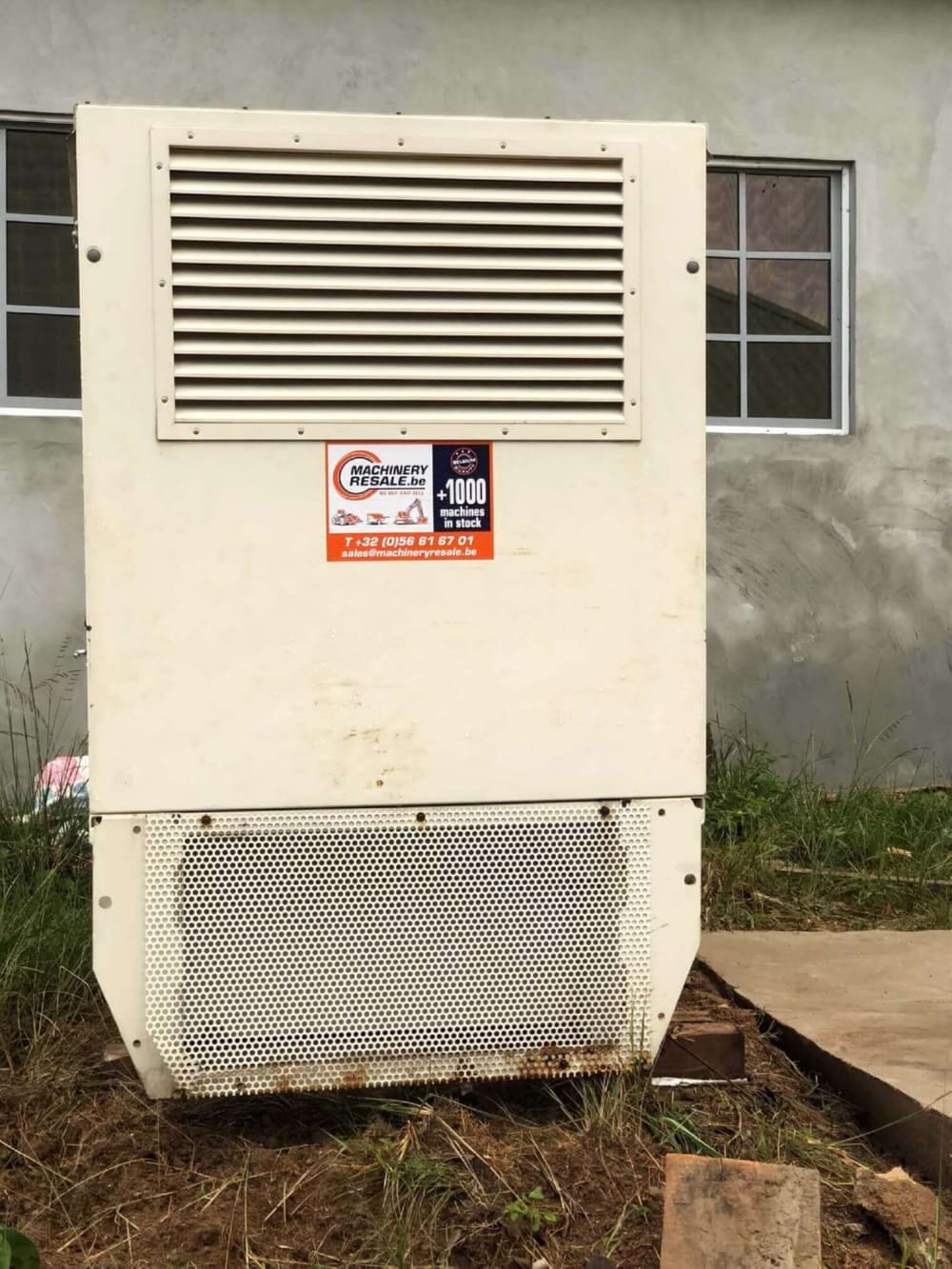
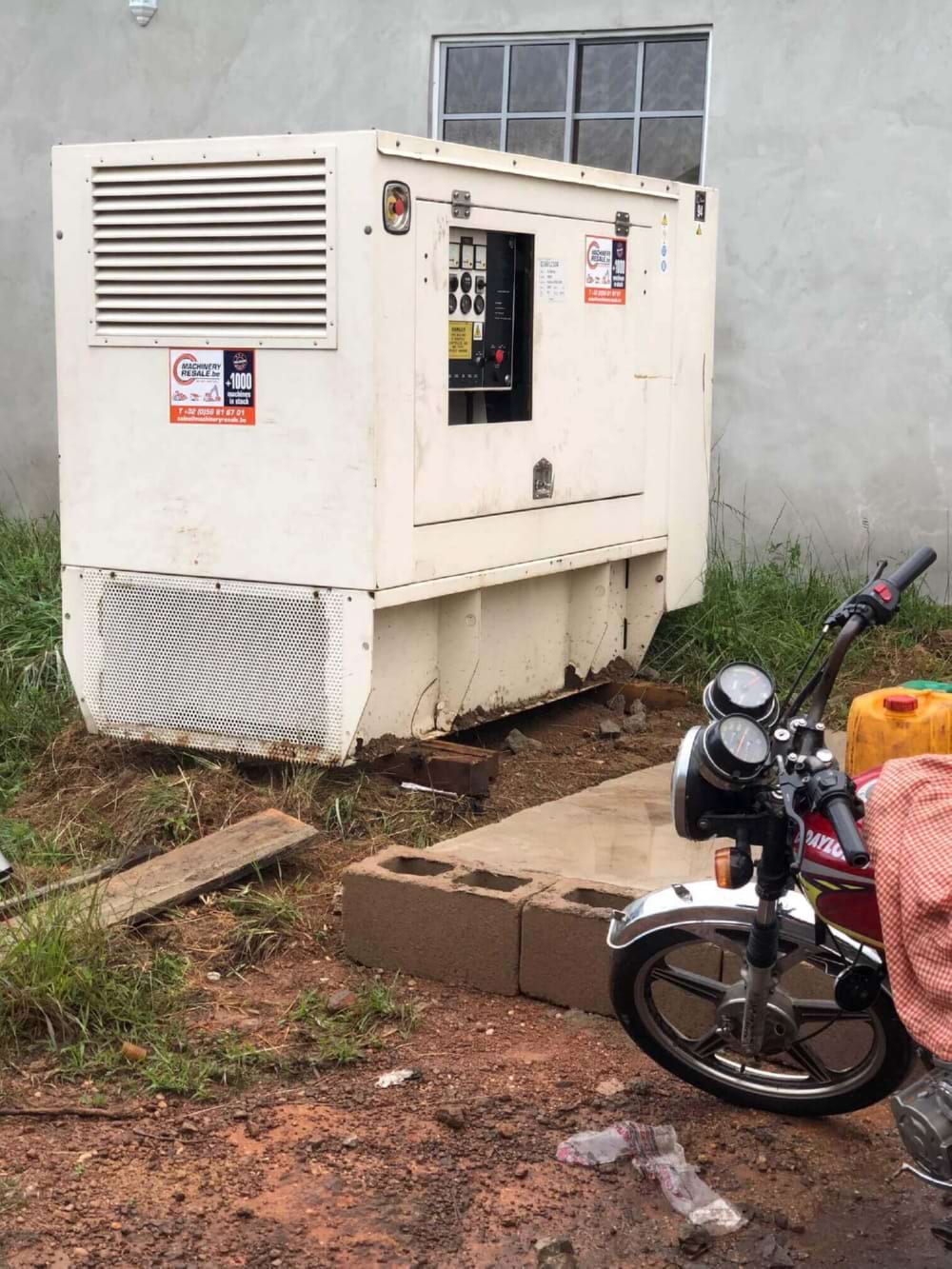
Solar panels
Besides a compressor, solar panels are also a very useful source of electricity. A major advantage is that no "fuel" is needed; the sun provides that. Ministry of Solar from Wingene, Belgium has been a loyal partner since KITANDA's inception. Not only in developing the plans together, but also in executing them and providing the necessary equipment. They've been an indispensable partner in many of our projects.
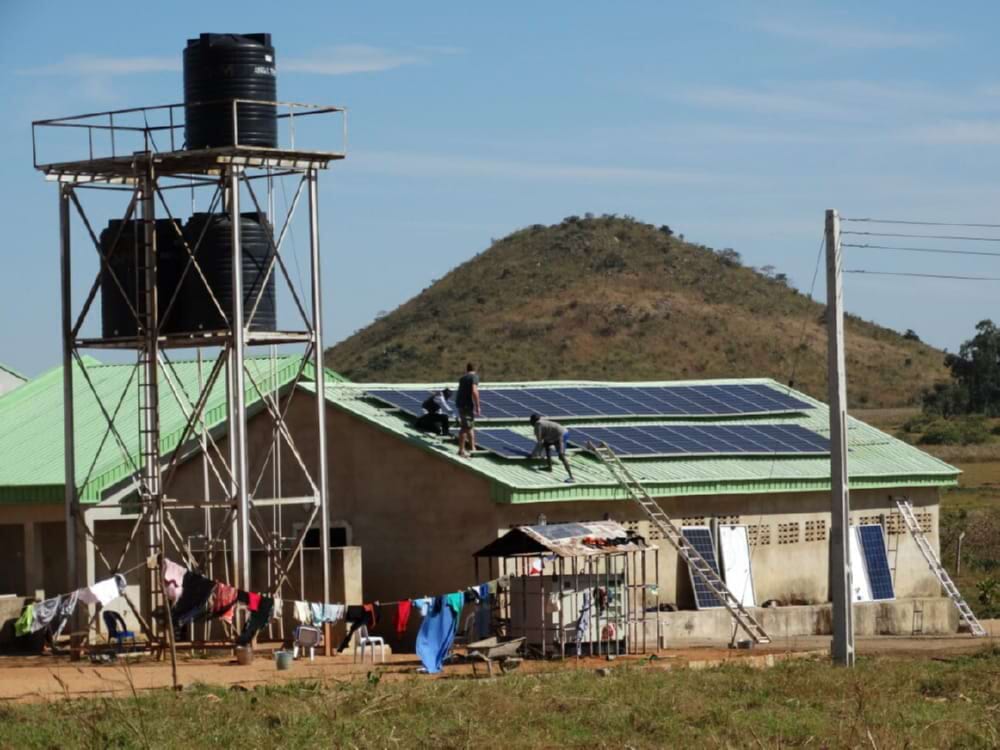
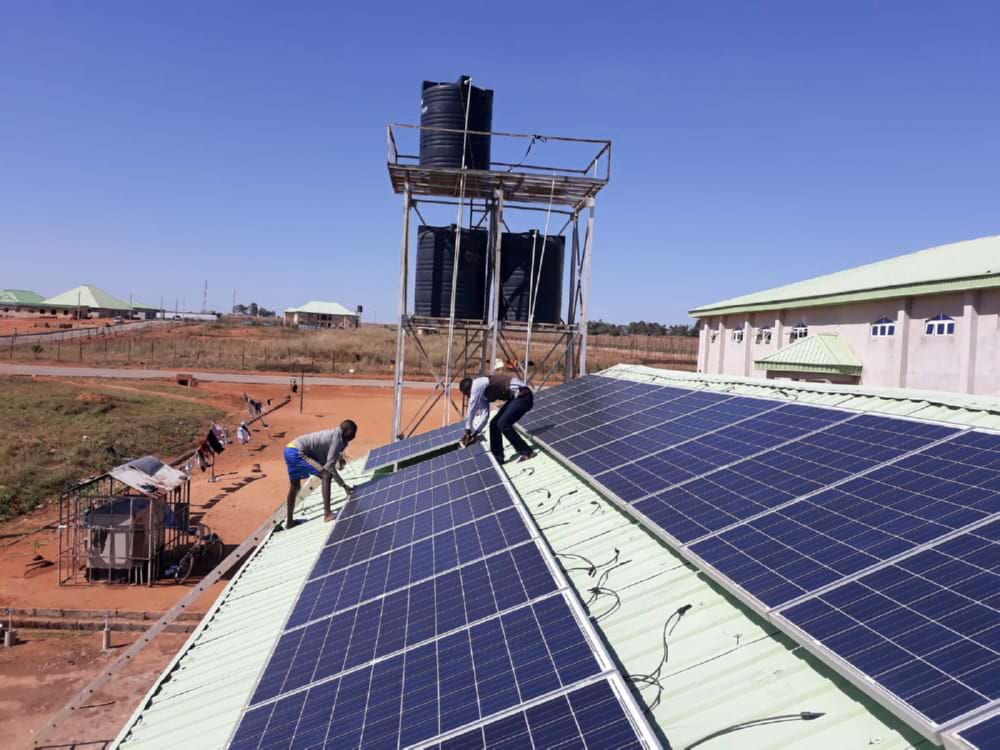
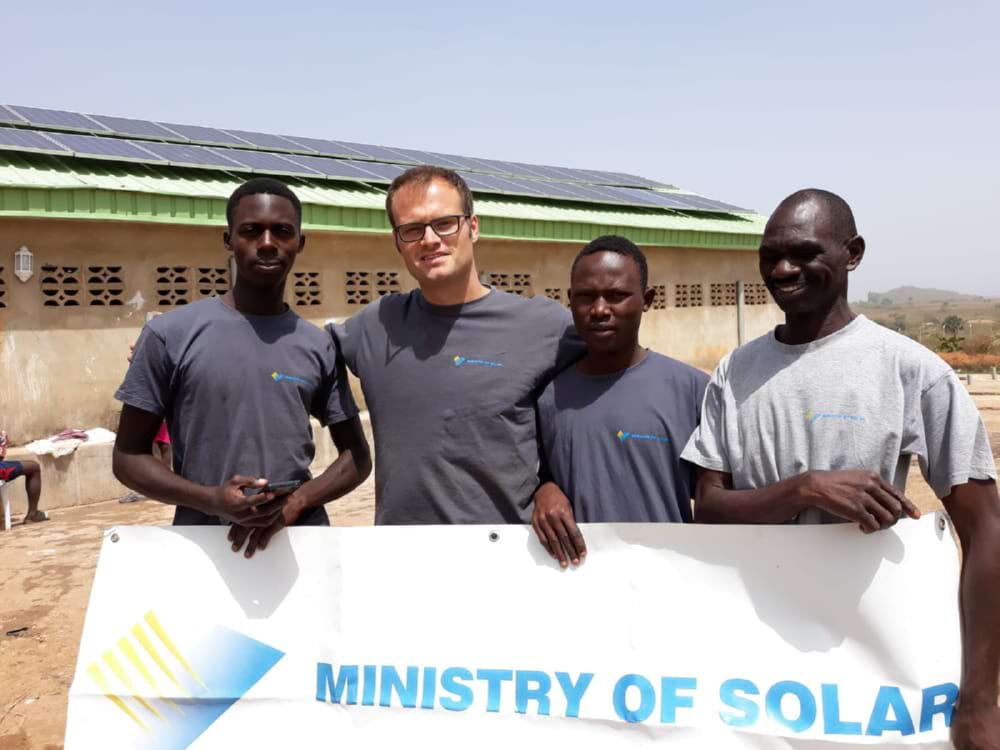
Fish farming
During the construction of the dam, consideration was also given to providing a fish farm, where fresh water could easily be added from the dam via a lock system. The "contaminated" water (meaning nutrient-rich water for agriculture) could easily be pumped to nearby farmland to fertilize fruit trees, among other things. Indeed, a great deal is possible when water is available. Another example is this fish farm.
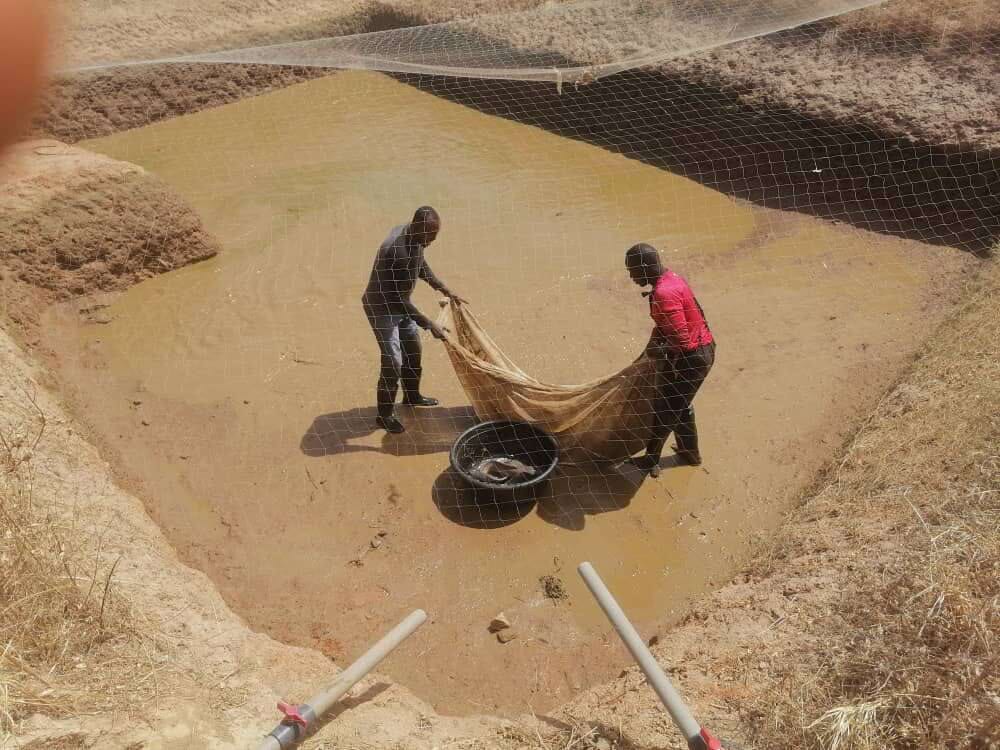
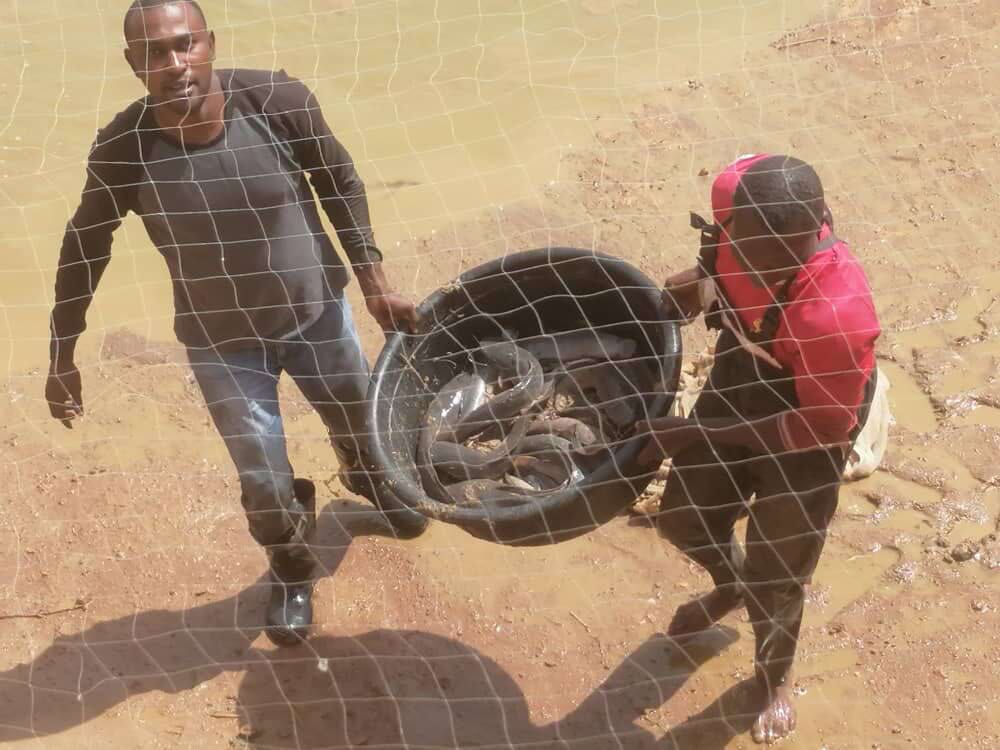
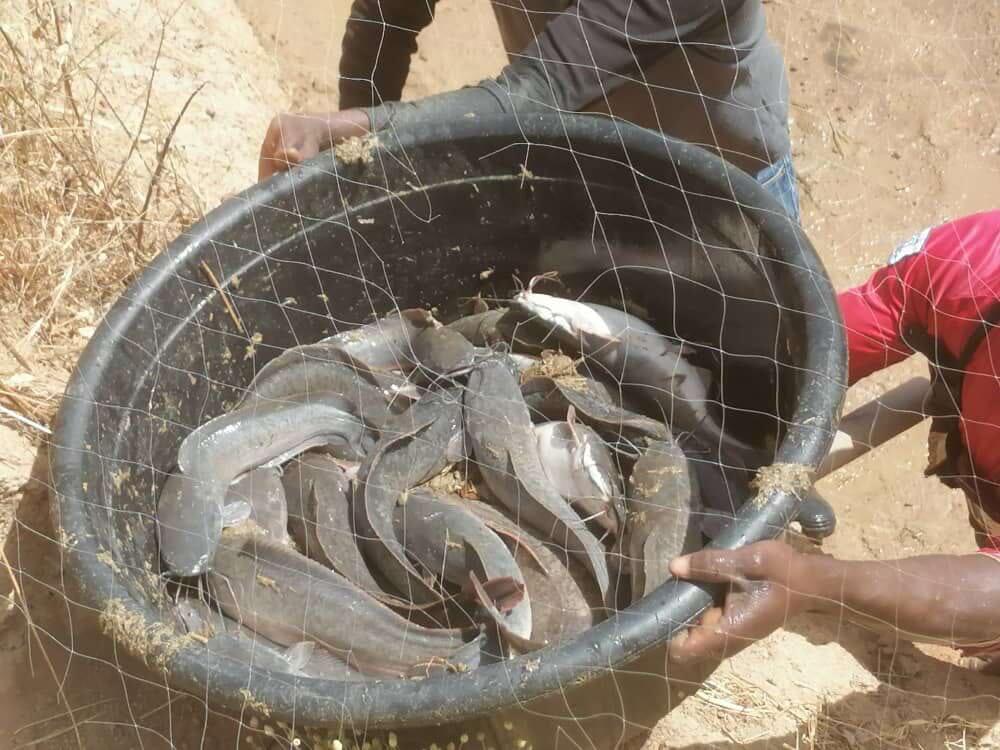
Bukuru
Water from borehole
Rumors that water had returned to Wurin Alheri quickly spread. Requests also came from neighboring villages, such as Bukuru and Du, where Boko Haram had destroyed wells, schools, churches, and homes, to either repair the wells or tap new ones.
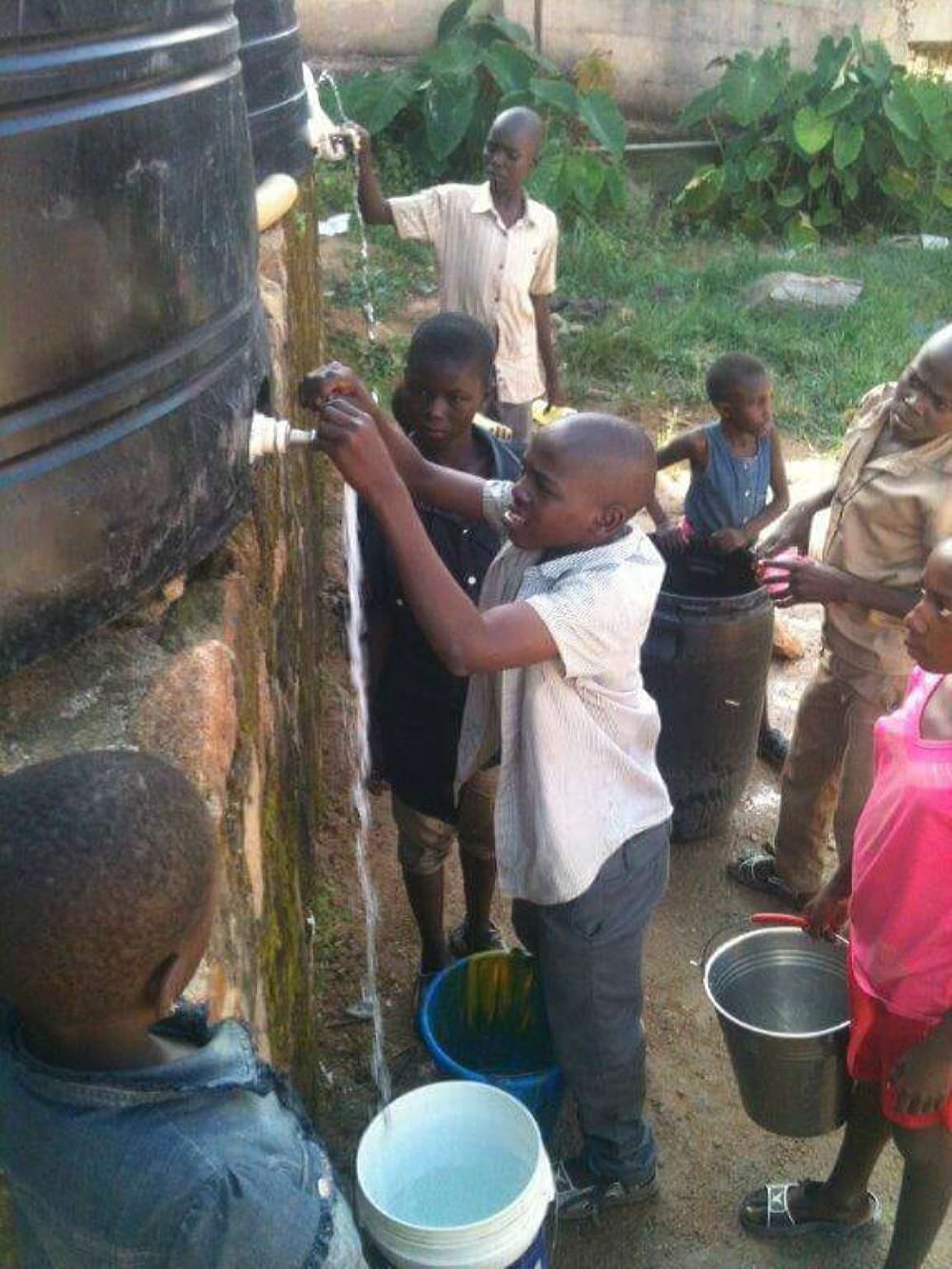
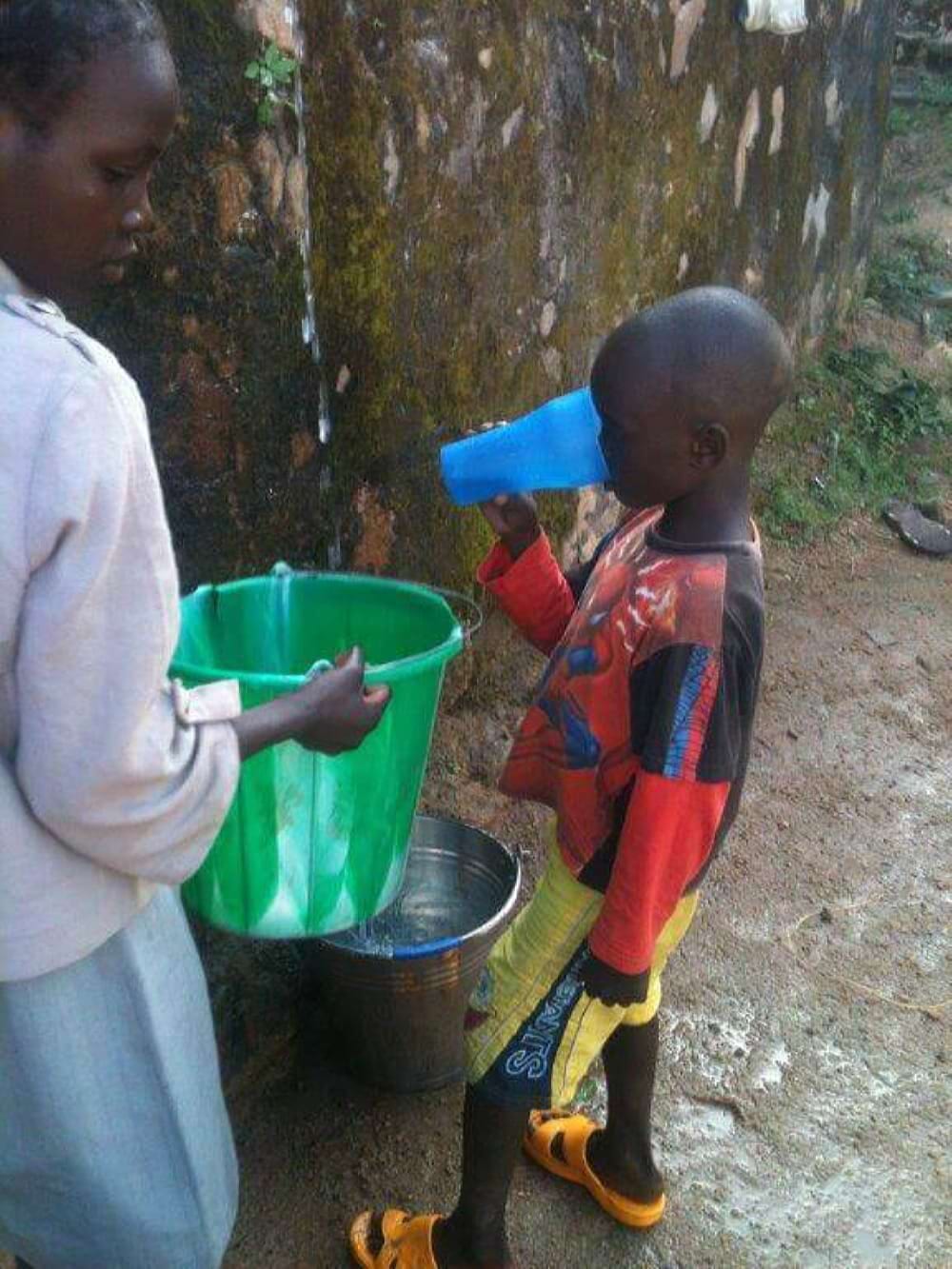
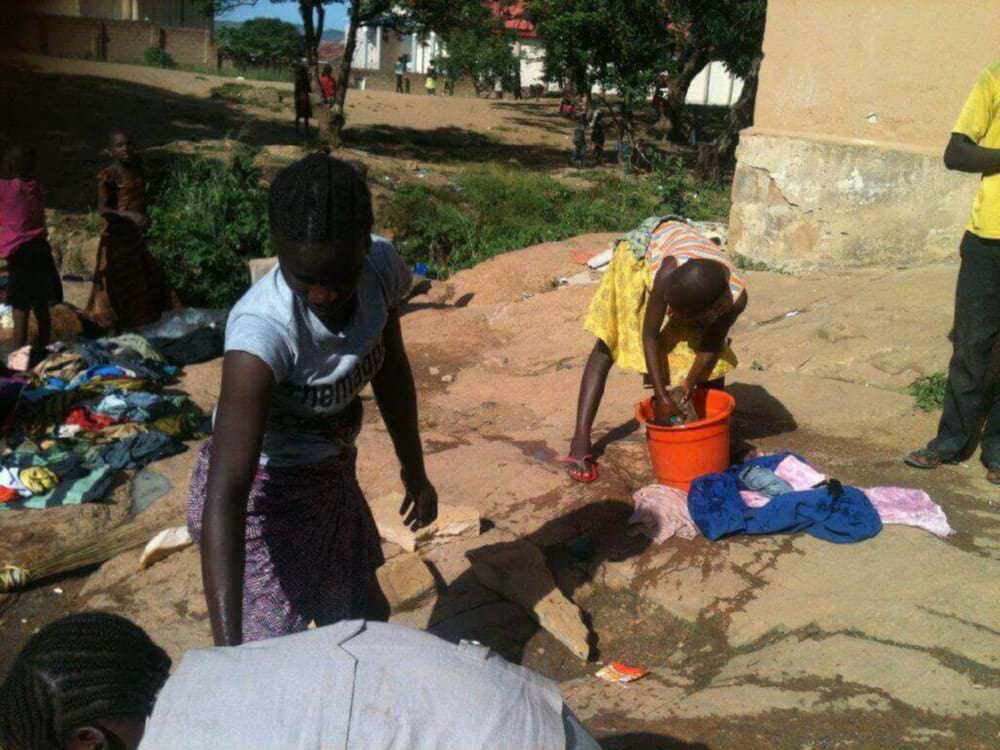
Du
Water from borehole
Rumors that water had returned to Wurin Alheri quickly spread. Requests also came from neighboring villages, such as Bukuru and Du, where Boko Haram had destroyed wells, schools, churches, and homes, to either repair the wells or tap new ones.
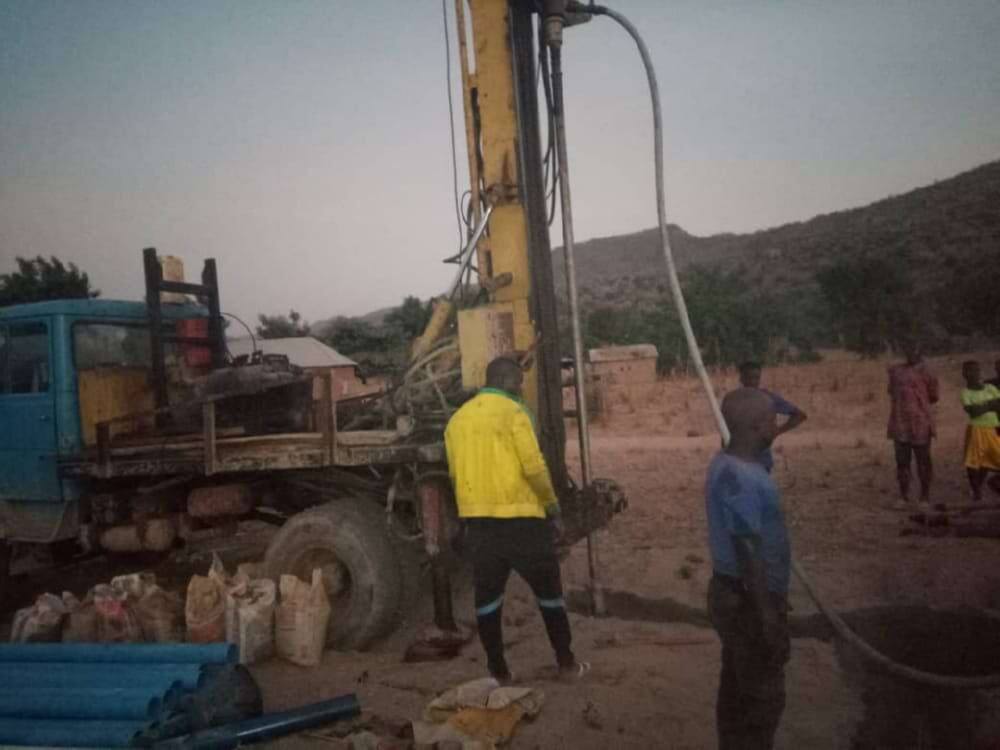
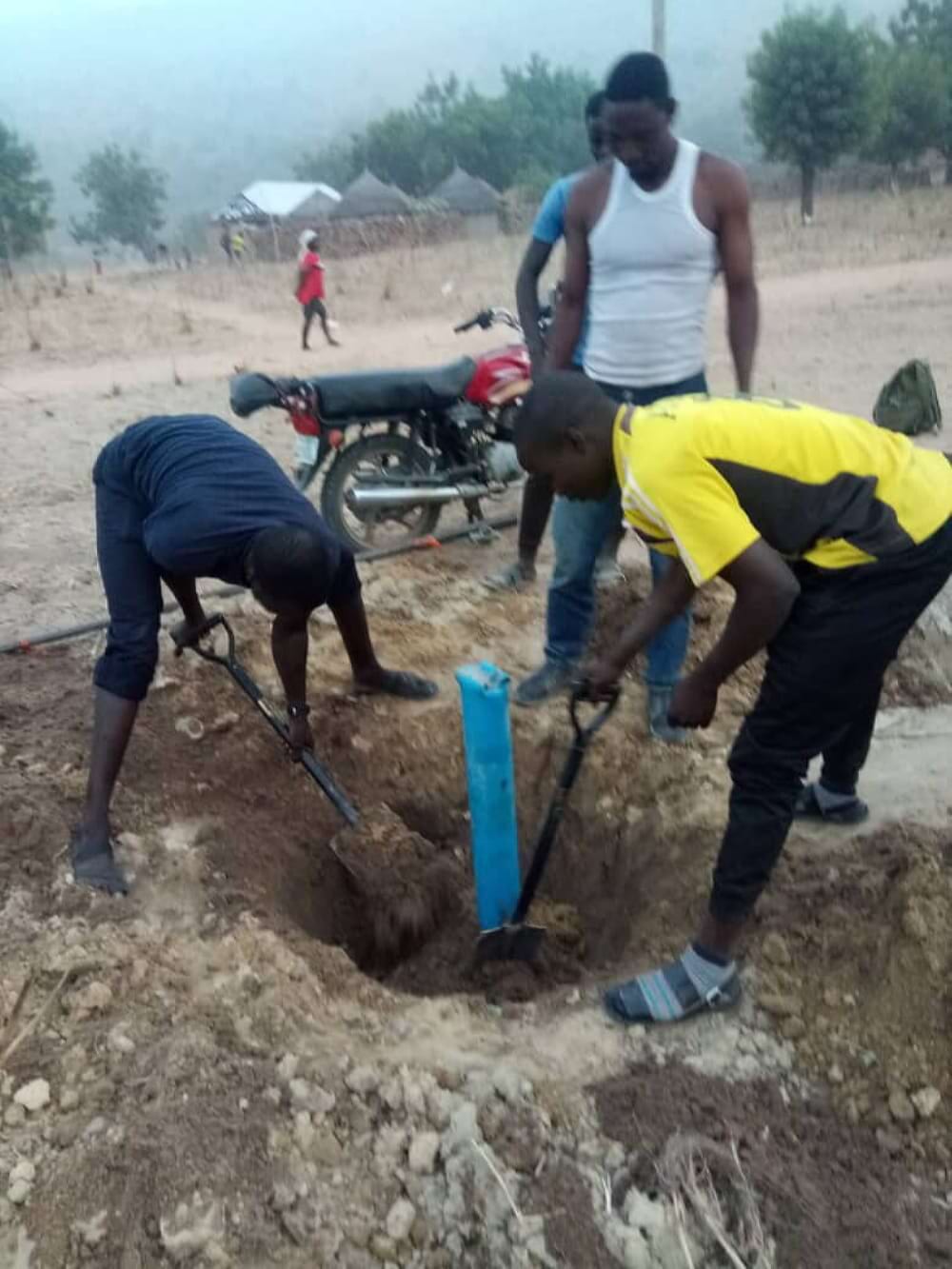
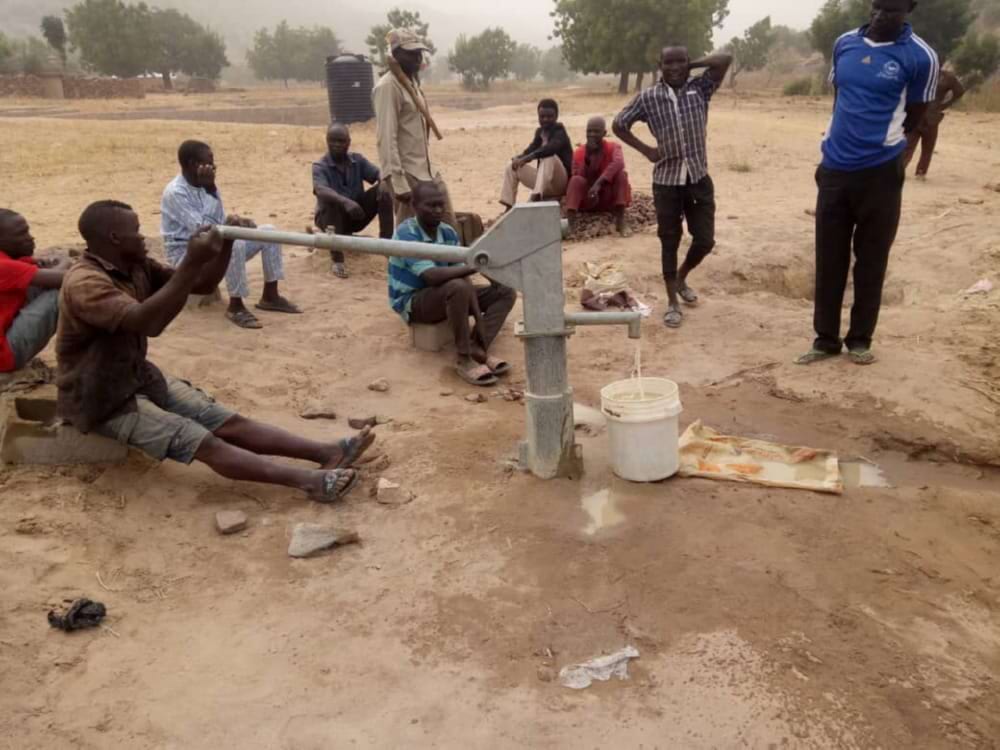
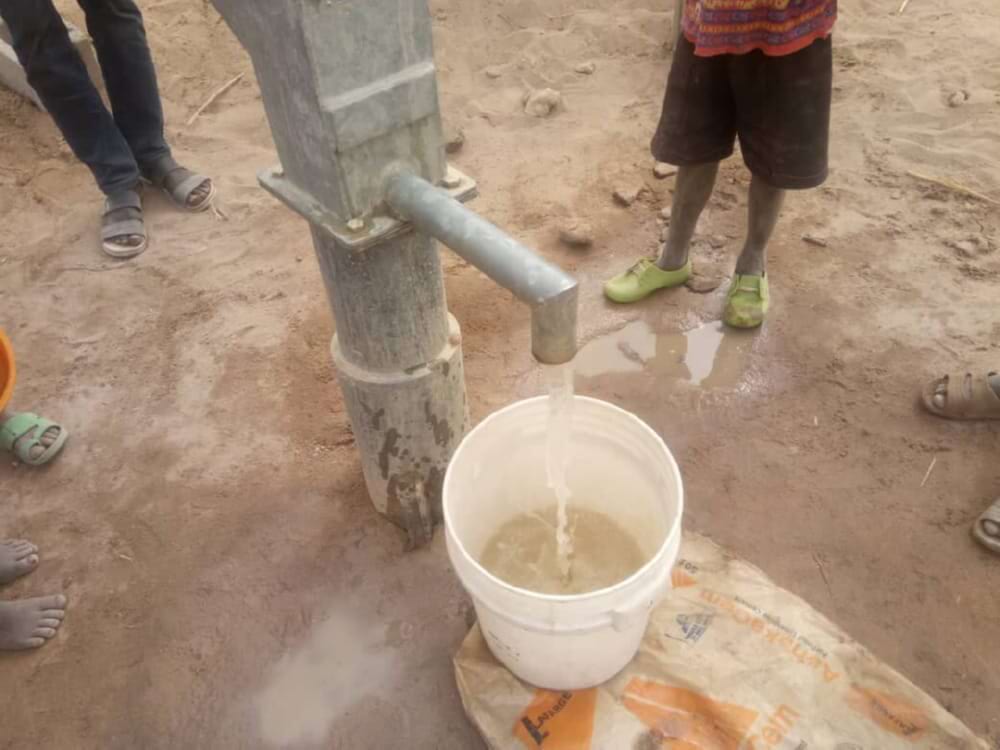
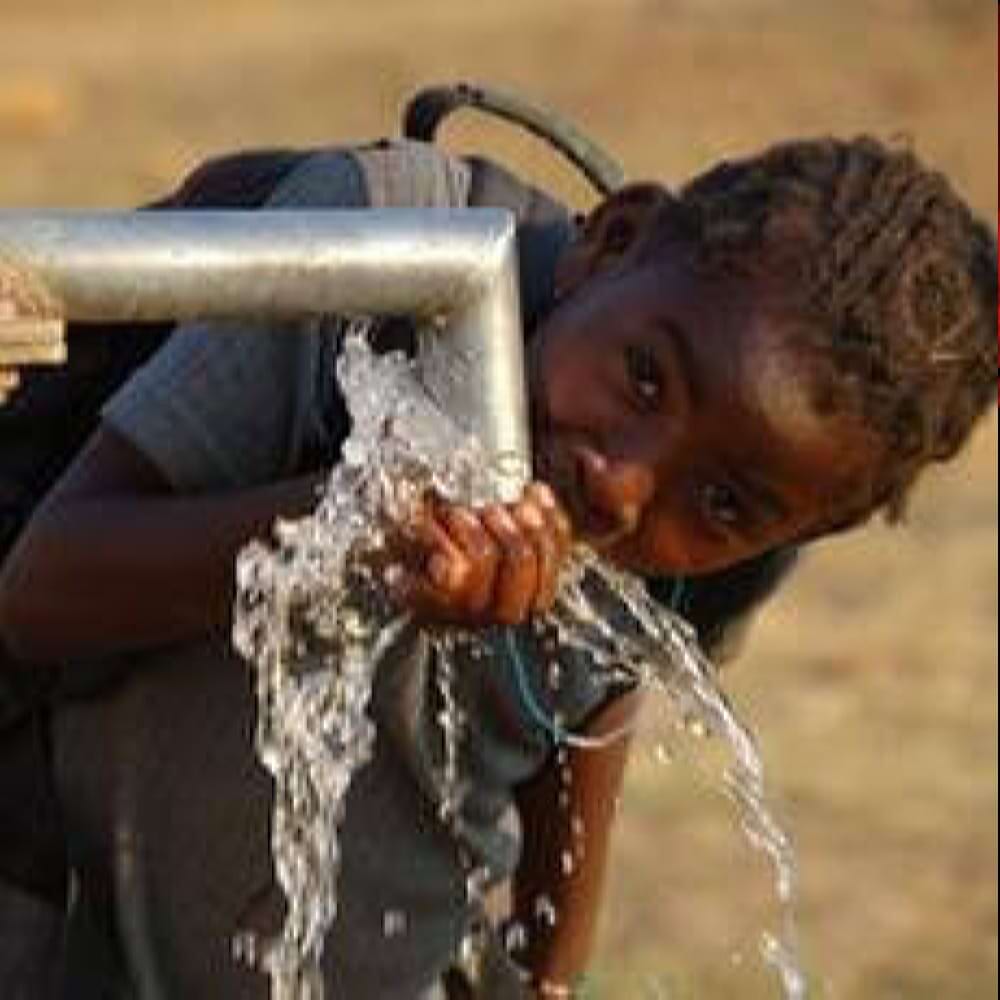
Shaffa
Water … Shaffa story
For the water story in Shaffa, we're happy to have Christian Faith Ministries Media cover it. You can hear it here.
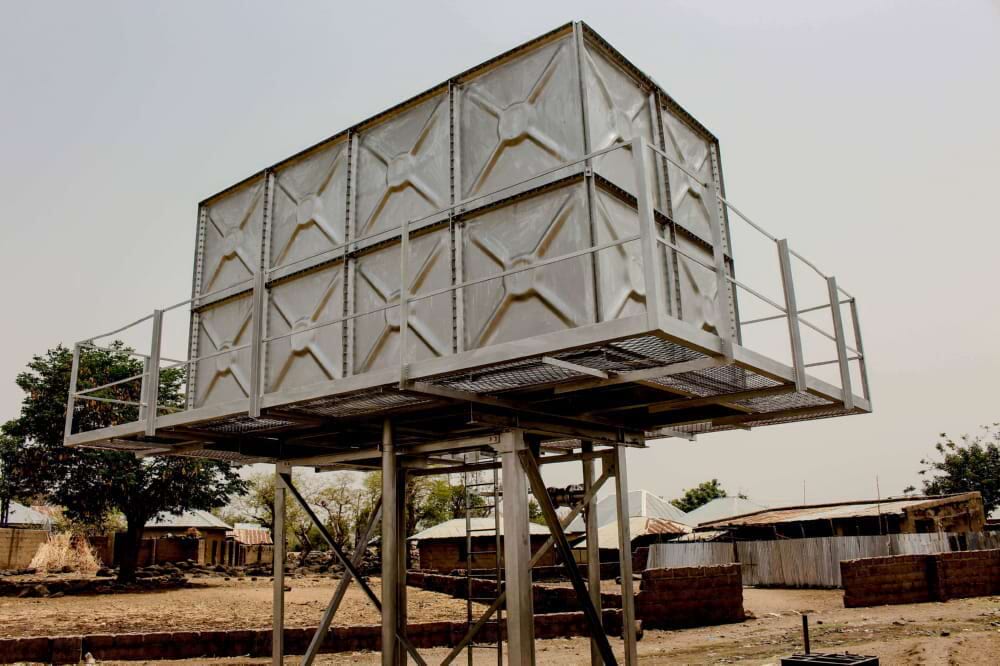
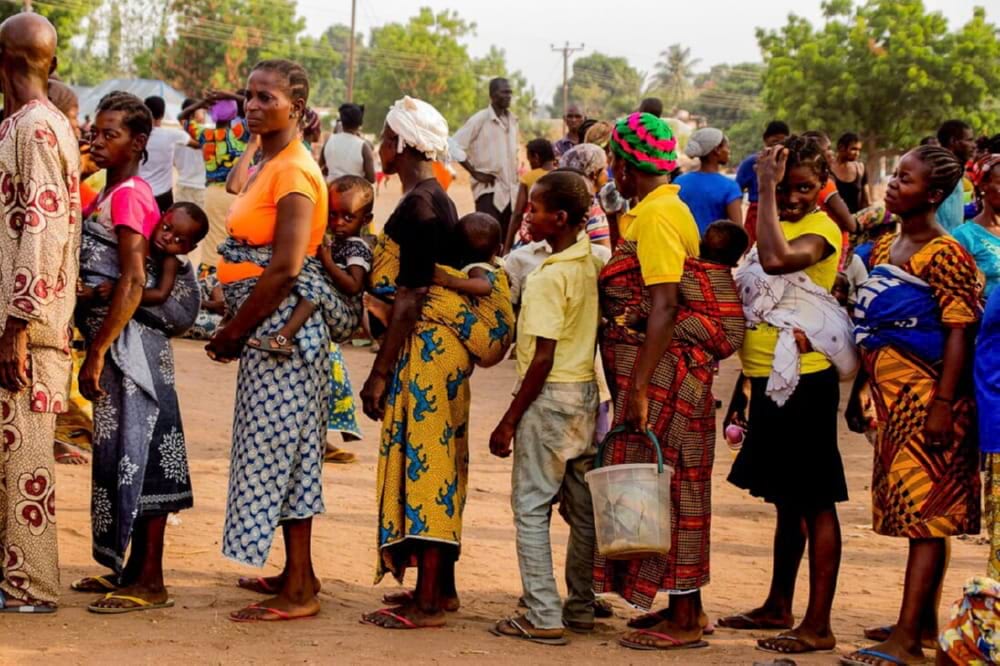
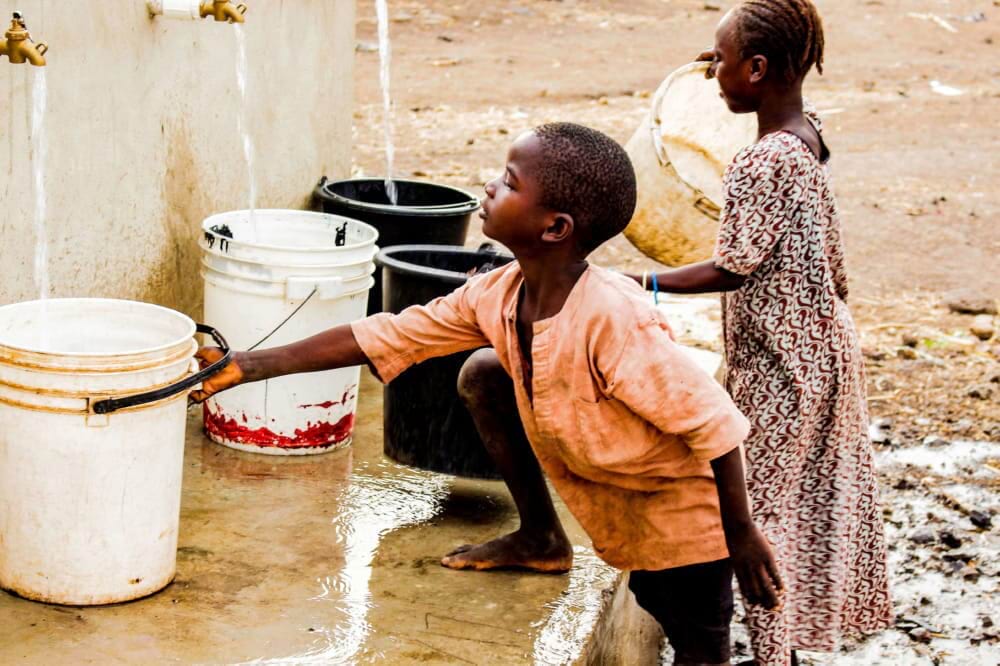
Miya
Primary school
During our visit to Wurin Alheri in 2018, we witnessed firsthand how children were taught in a remote village near Miya. They were taught outdoors, under a tree, sitting on the ground, or on a stone. A small school was also built for them.
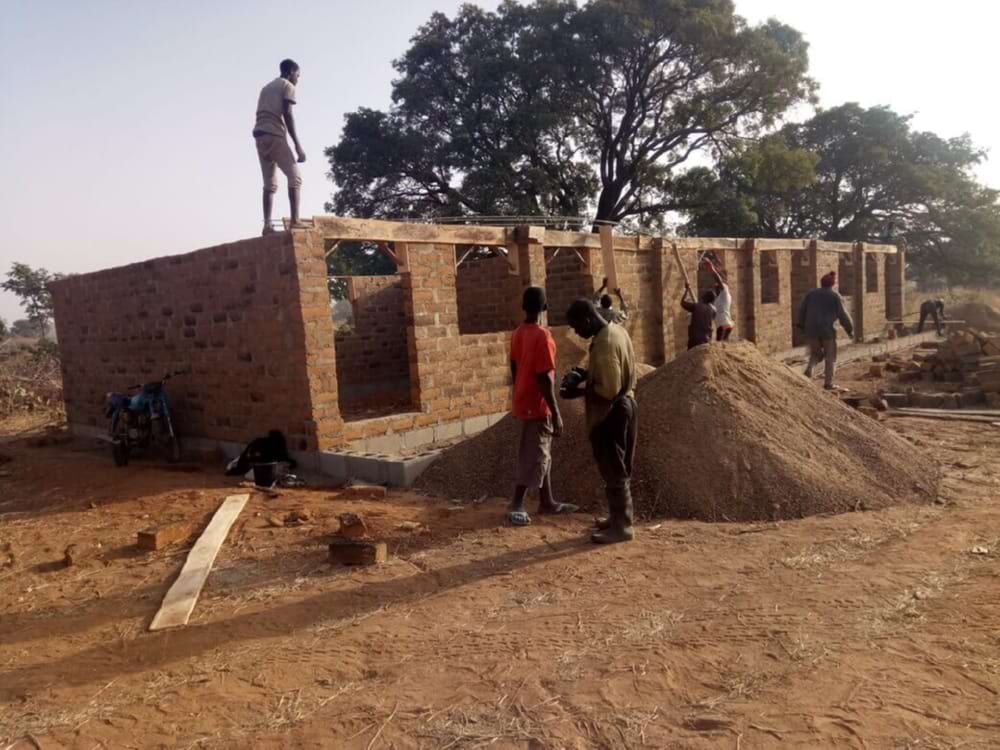
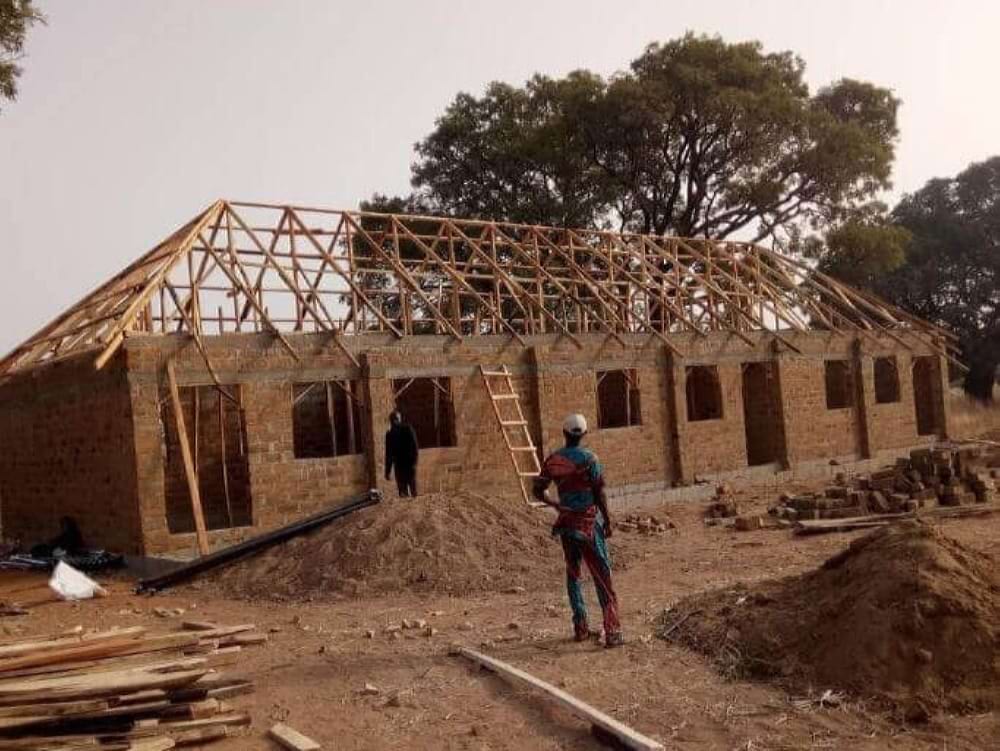
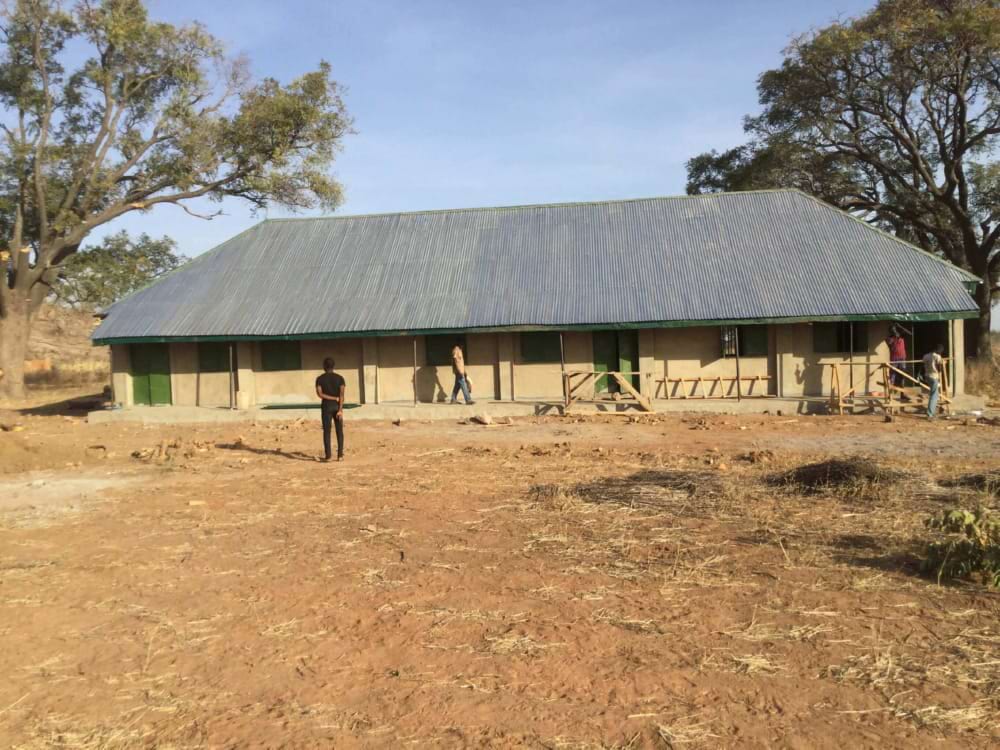
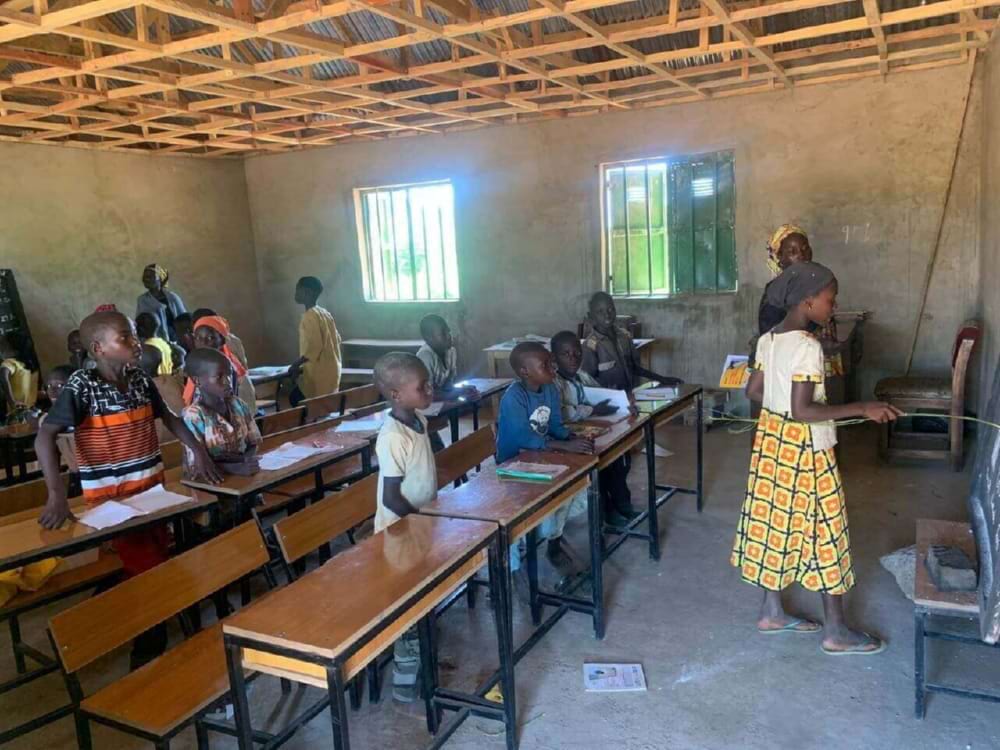
Purchase emergency generator
In Guinea, Dr. Astrid Devinck, a member of the KITANDA governing body, and her husband Benjamin are active in the Sacré Coeur Children Hospital. Because electricity is not always guaranteed, an emergency generator was provided. A donation from a private individual. Do you have a similar concern and would you like to donate something personally, but aren't sure what to donate for? Let us know; we might be aware of a need that needs to be addressed.
Car
In February 2022, Russia invaded Ukraine following a previous Russian aggression against the country dating back to 2014. Tym, who had been volunteering for his fellow citizens before the invasion, lost his car and could no longer continue his mission. With a few friends, we pooled money and bought a car so Tym and his friends could continue their efforts to alleviate the suffering of his fellow countrymen. This is another face of KITANDA. Read here how life continues in Ukraine.
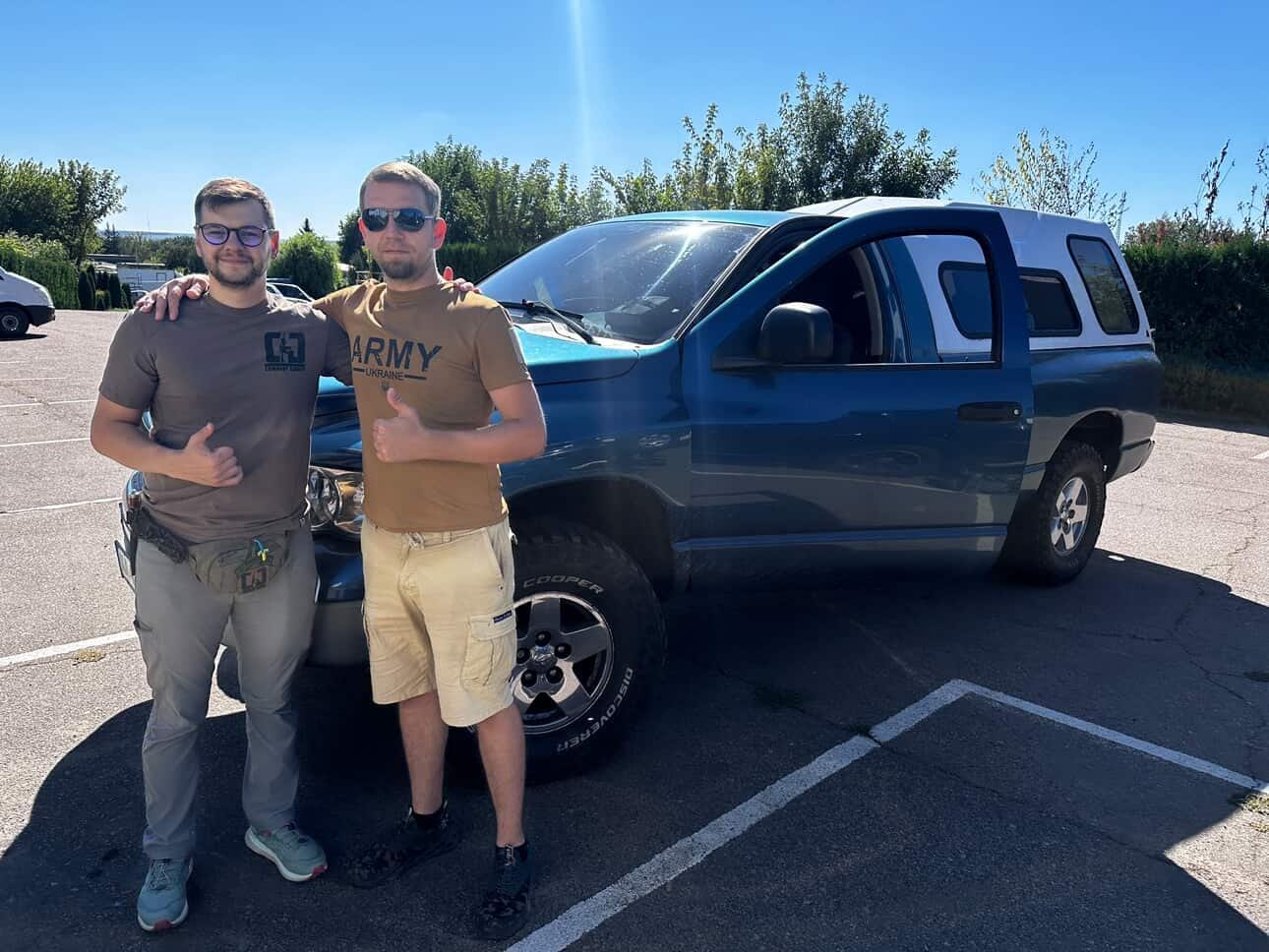
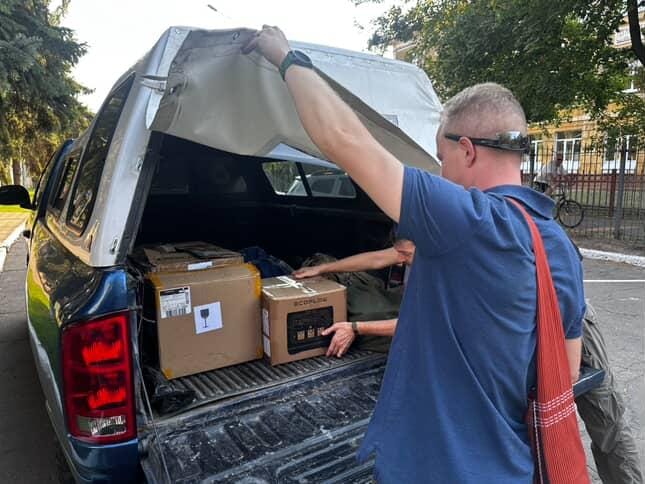
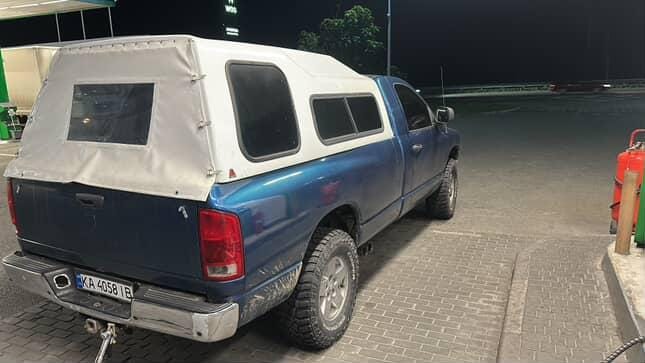
El Shadda school, Lahore
School supplies campaign
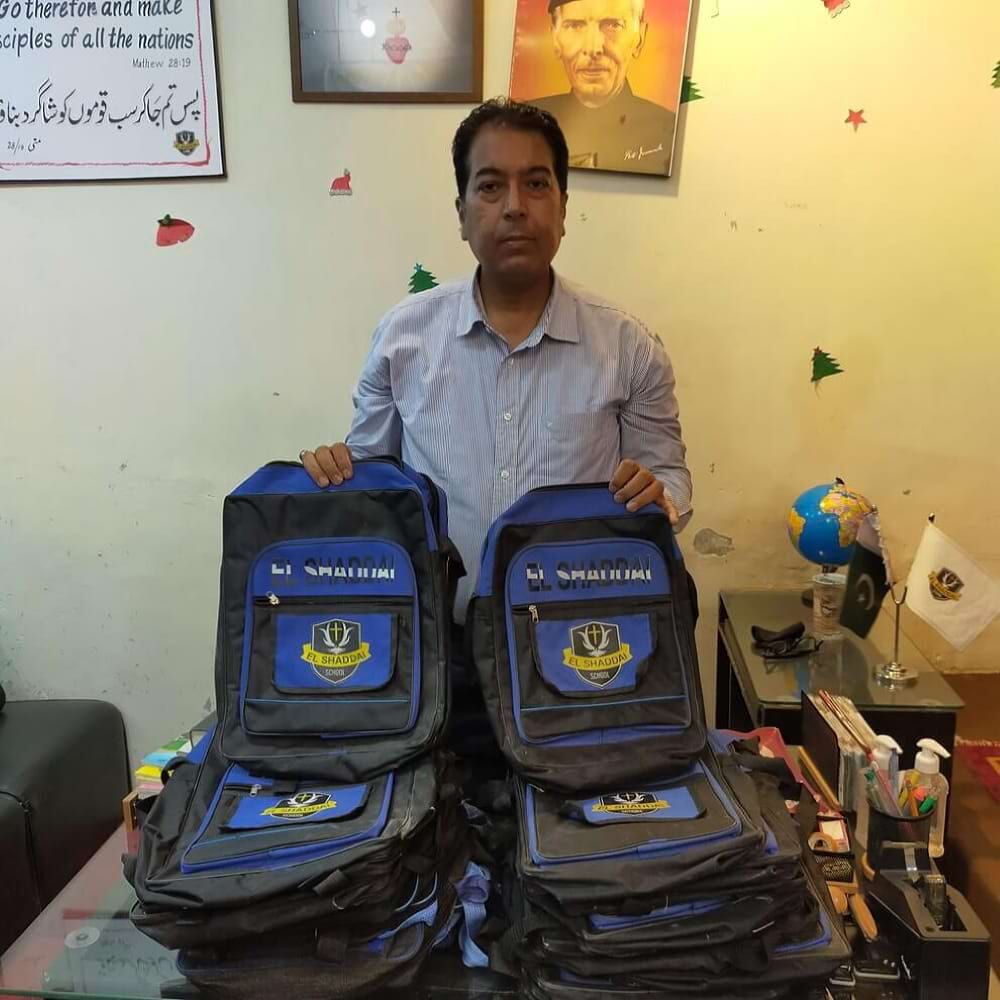
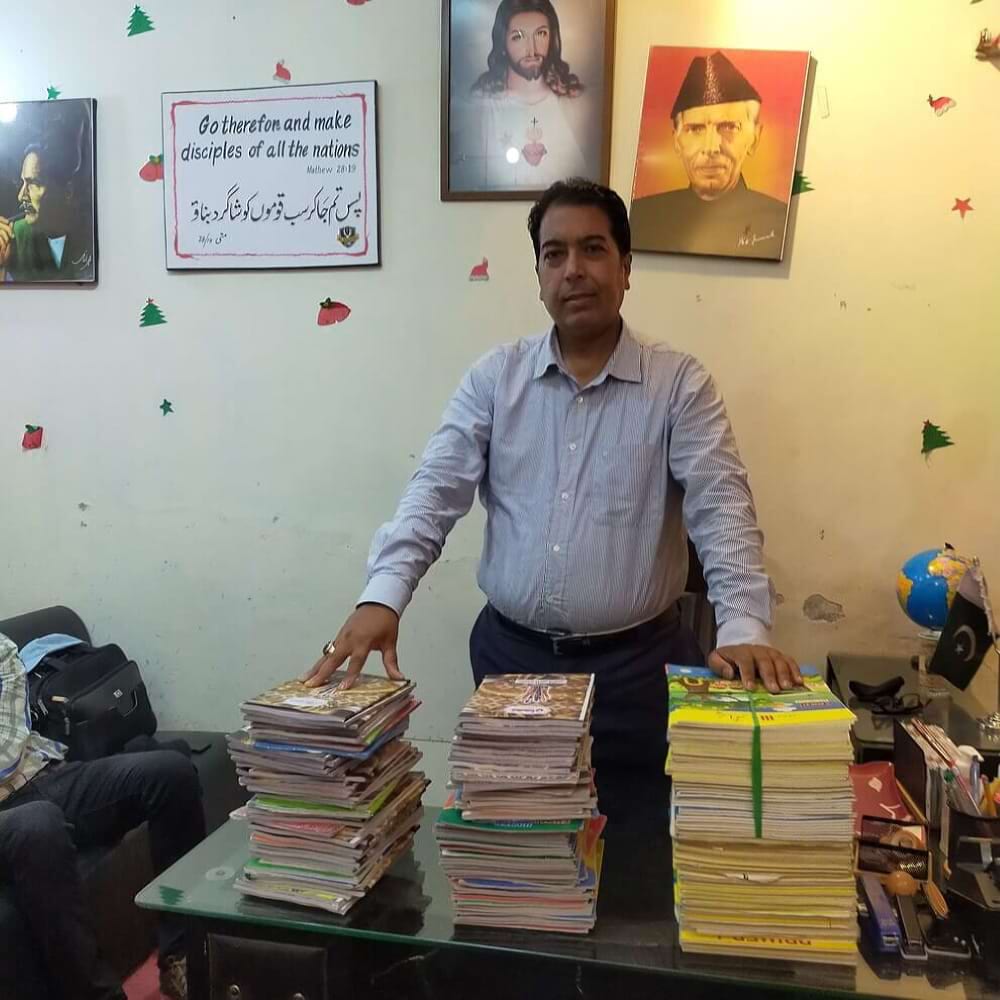
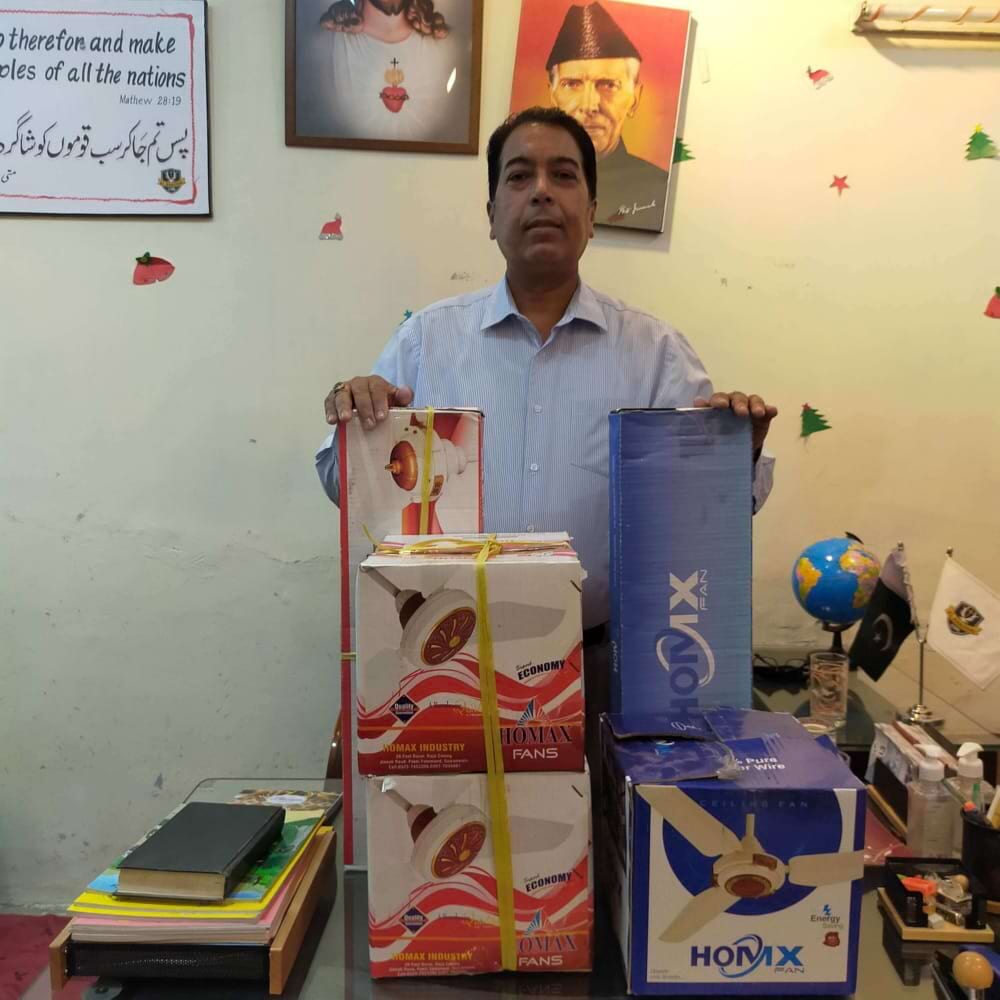
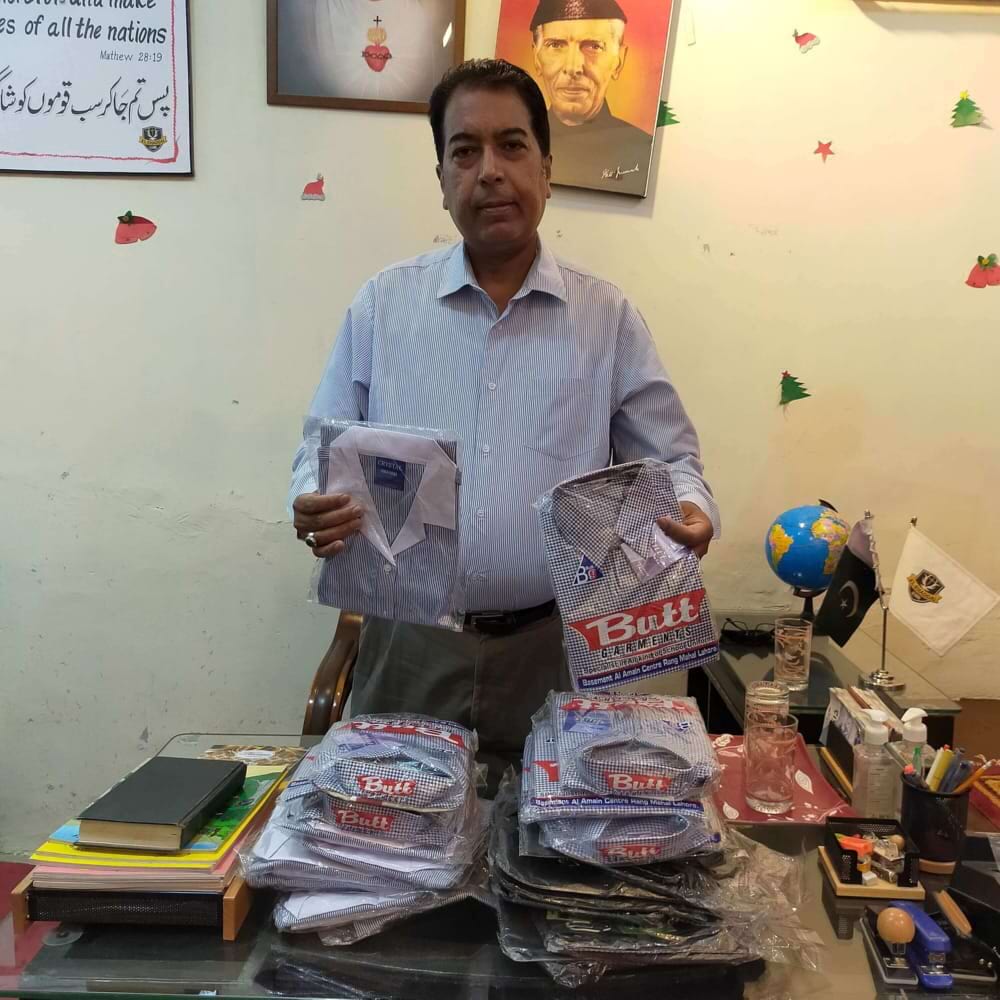
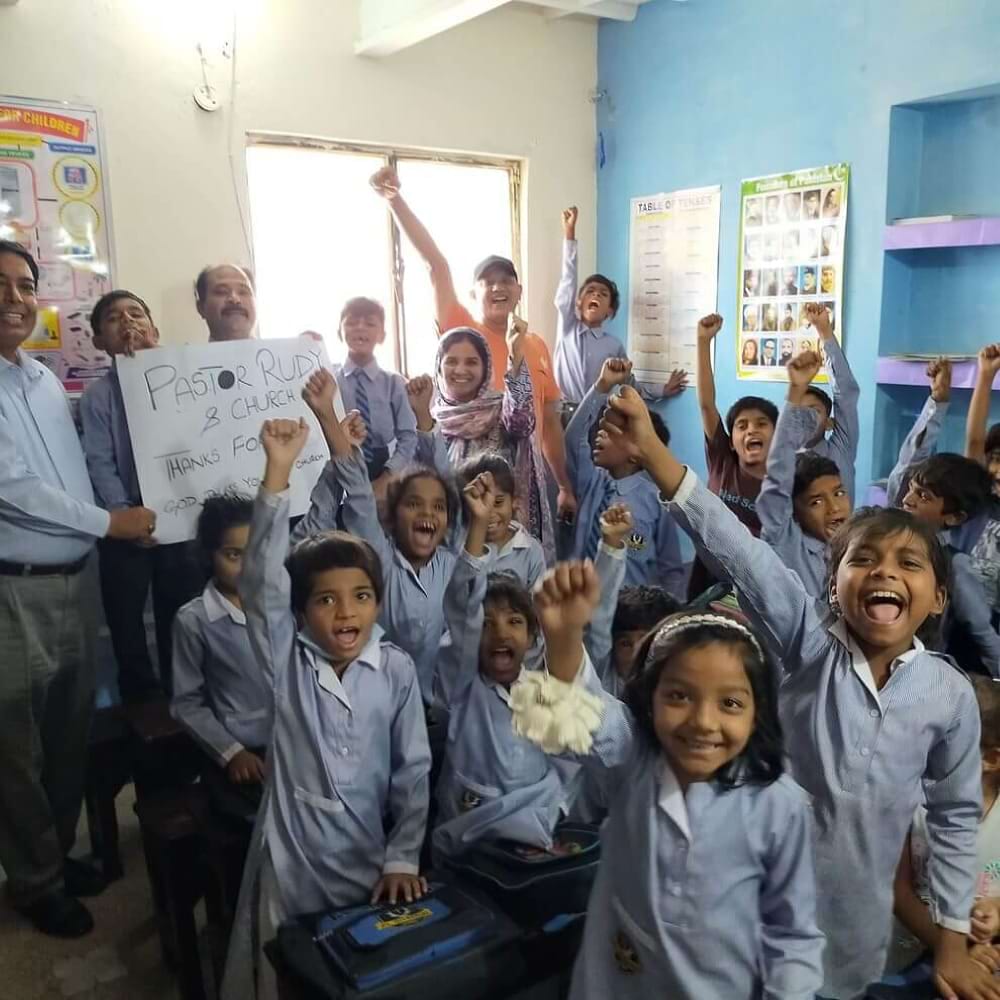
Bethel Humanitarian Association, Hunedoara
Support campaign furniture, clothing
KITANDA often connects with other charity organizations. If we can, we will try to help them as well. For example, we had furniture and clothing that, due to transportation challenges, we couldn't use in our projects. We're happy to share these with others who can access them locally. We've already shared furniture and clothing with Bethel Humanitarian Association in Hunedoara, Romania, and Pe Lunca Vaidei, Romania.
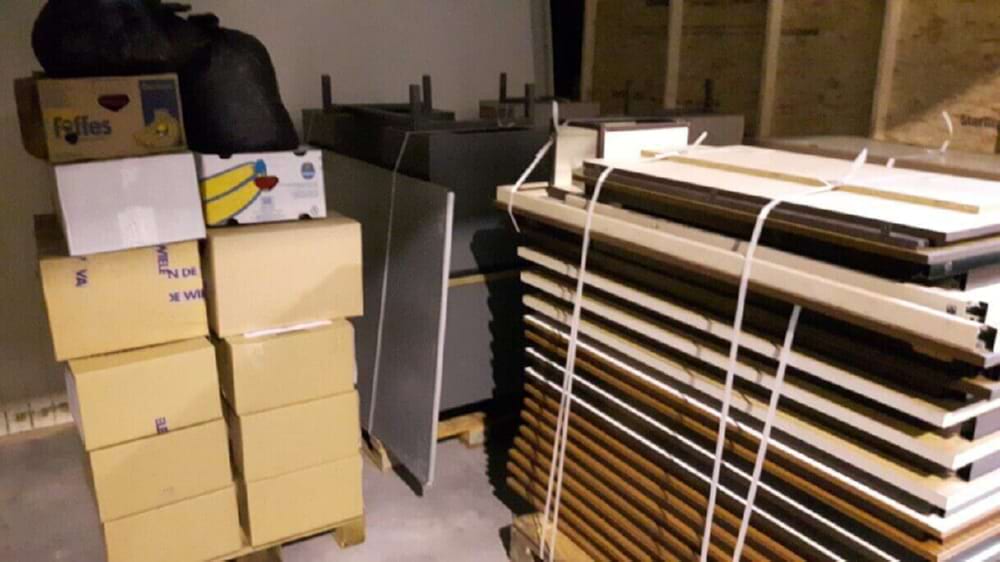
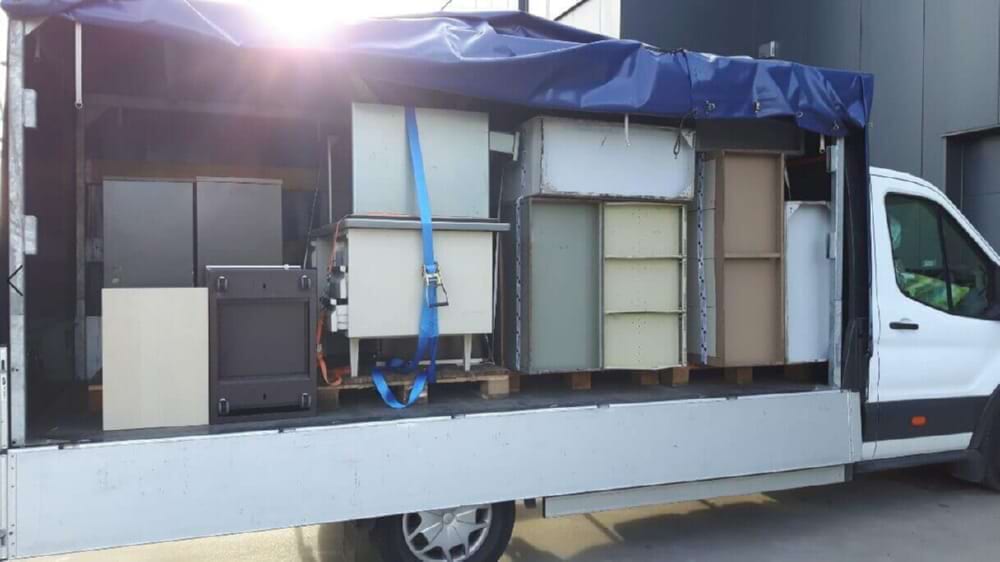
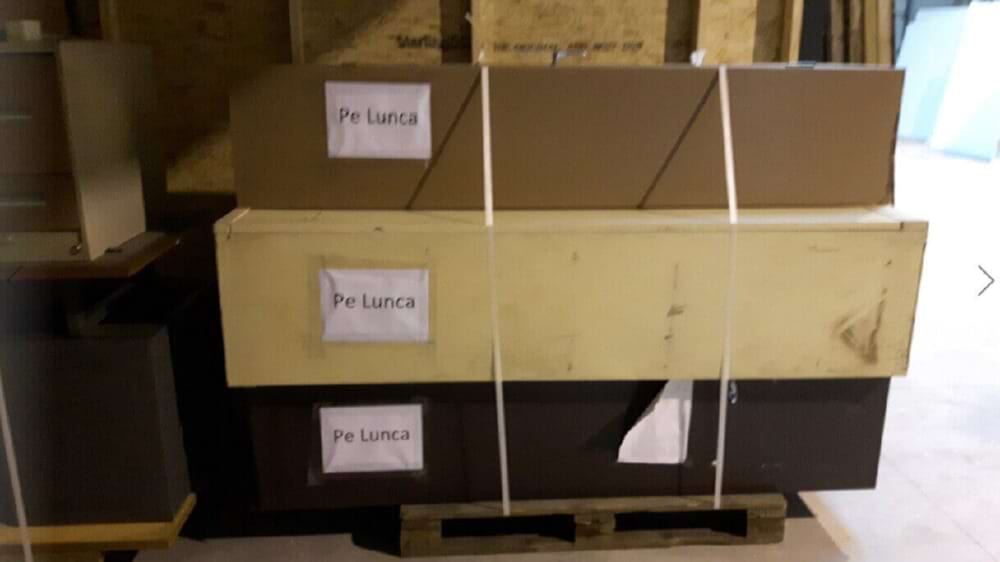
Pe Lunca, Vaidei
Support campaign furniture, clothing
KITANDA often connects with other charity organizations. If we can, we will try to help them as well. For example, we had furniture and clothing that, due to transportation challenges, we couldn't use in our projects. We're happy to share these with others who can access them locally. We've already shared furniture and clothing with Bethel Humanitarian Association in Hunedoara, Romania, and Pe Lunca Vaidei, Romania.
